It took Renault about three years to transform the 2012 Alpine A110-50 Concept into a production-friendly vehicle, and the road-ready sports car is finally ready to hit the market. Come 2017 and the French company relaunched the Alpine brand at the Geneva Motor Show. As expected, the production model shares many design features with the concept cars Alpine showcased in recent years. The most recent of them is dubbed Alpine Celebration Concept and broke cover ahead of the 2015 24 Hours of Le Mans. It was featured again a couple of weeks later in the year at the Goodwood Festival of Speed and looked ready to hit the streets with minor modifications here and there.
As the name suggests, the Celebration Concept celebrated six decades since Alpine was established in Dieppe, France. Also, it pays homage to the classic 1961 -1973 Alpine A110, a sports car the French built from 1961 to 1977. Introduced as an evolution of the A108, the two-door "Berlinette" was designed by Giovanni Michelotti and used a rear-engine, rear-wheel-drive layout. Among being Alpine’s most iconic model, the A110 was also a successful race car, winning the manufacturer’s title at the end of 1973 World Rally Championship. All told, the new Alpine has a lot of heritage to build on and this is more than evident in the final production model.
Continue reading to learn more about the new Renault Alpine.
2017 Renault Alpine A110
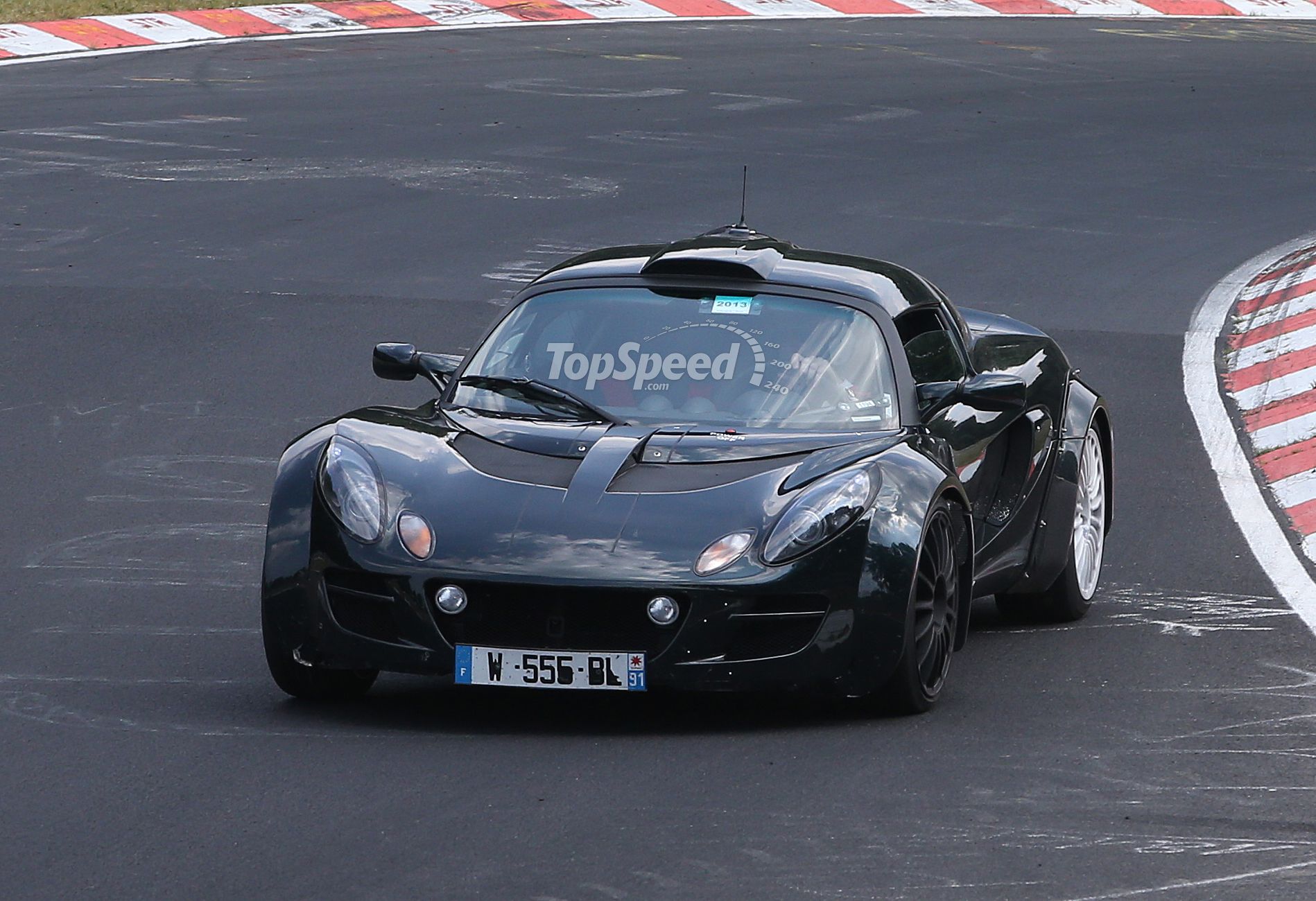

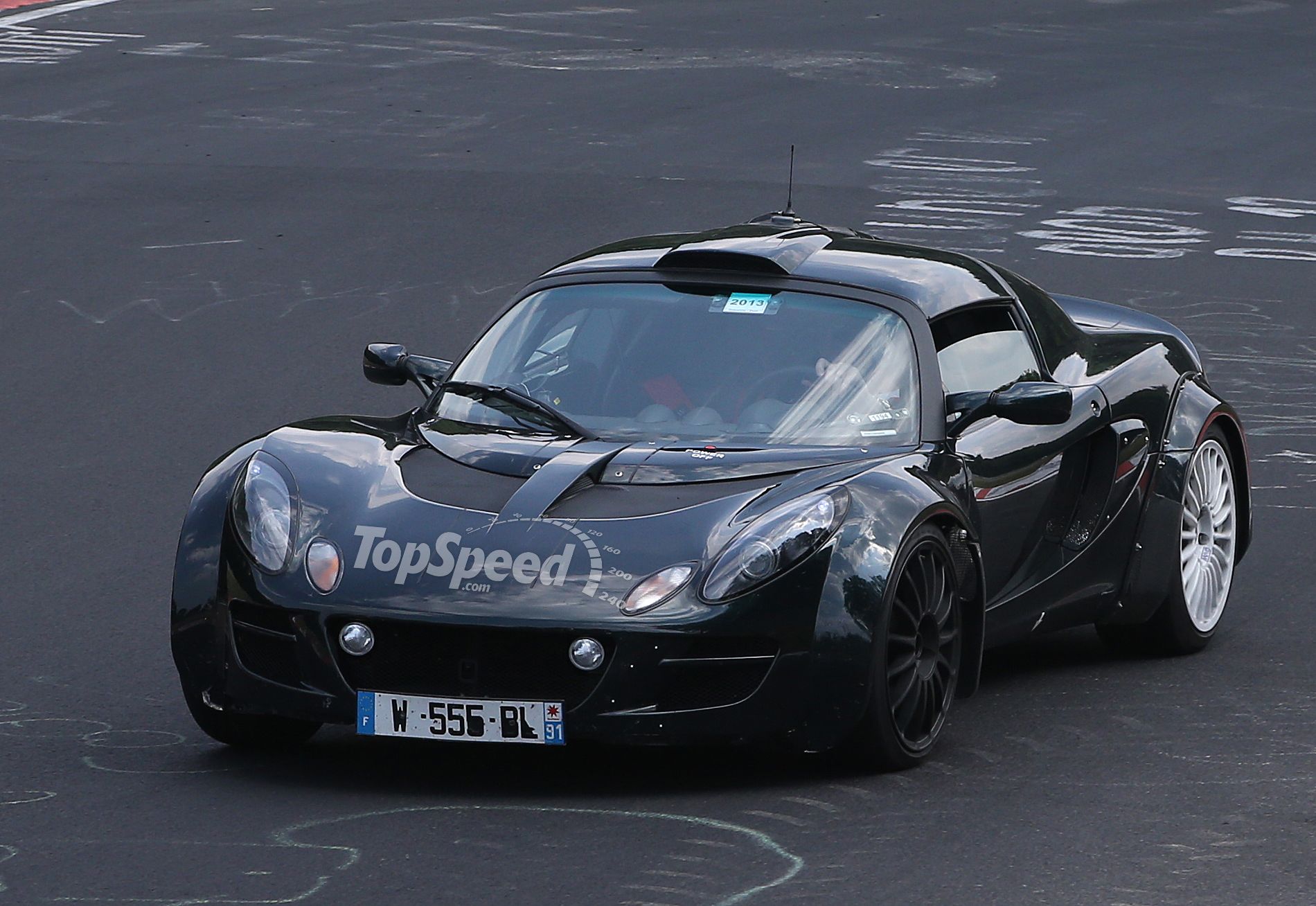
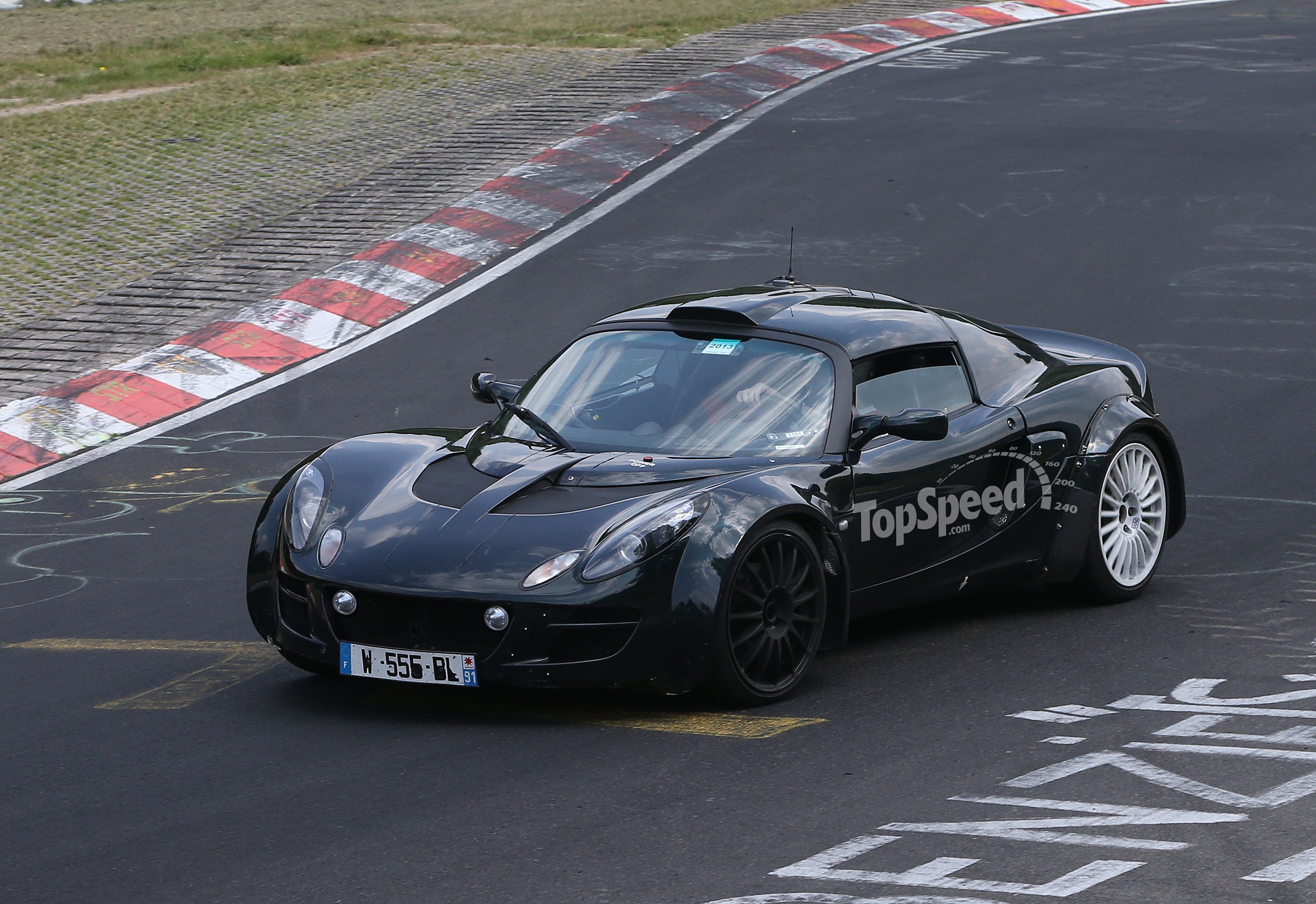
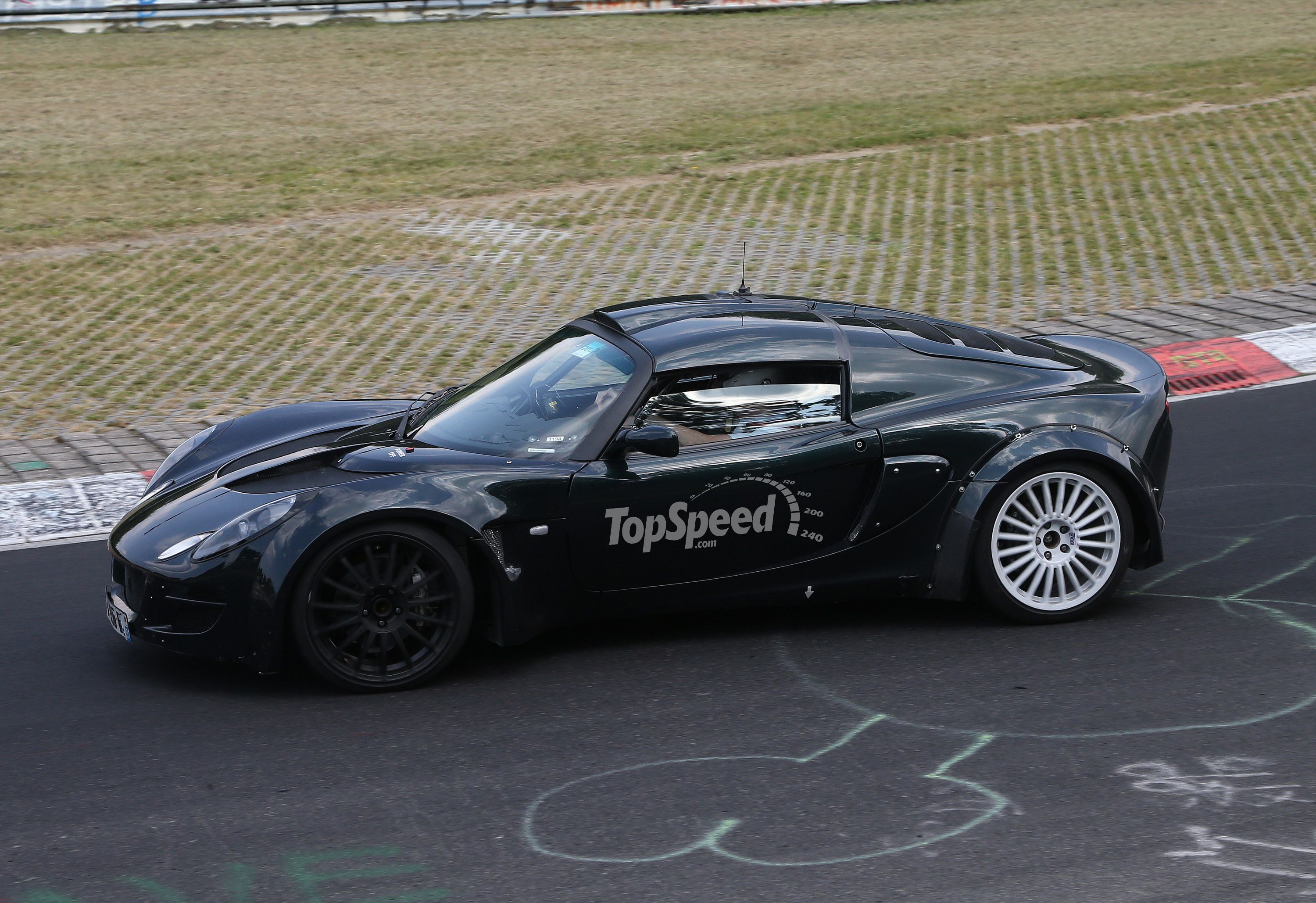
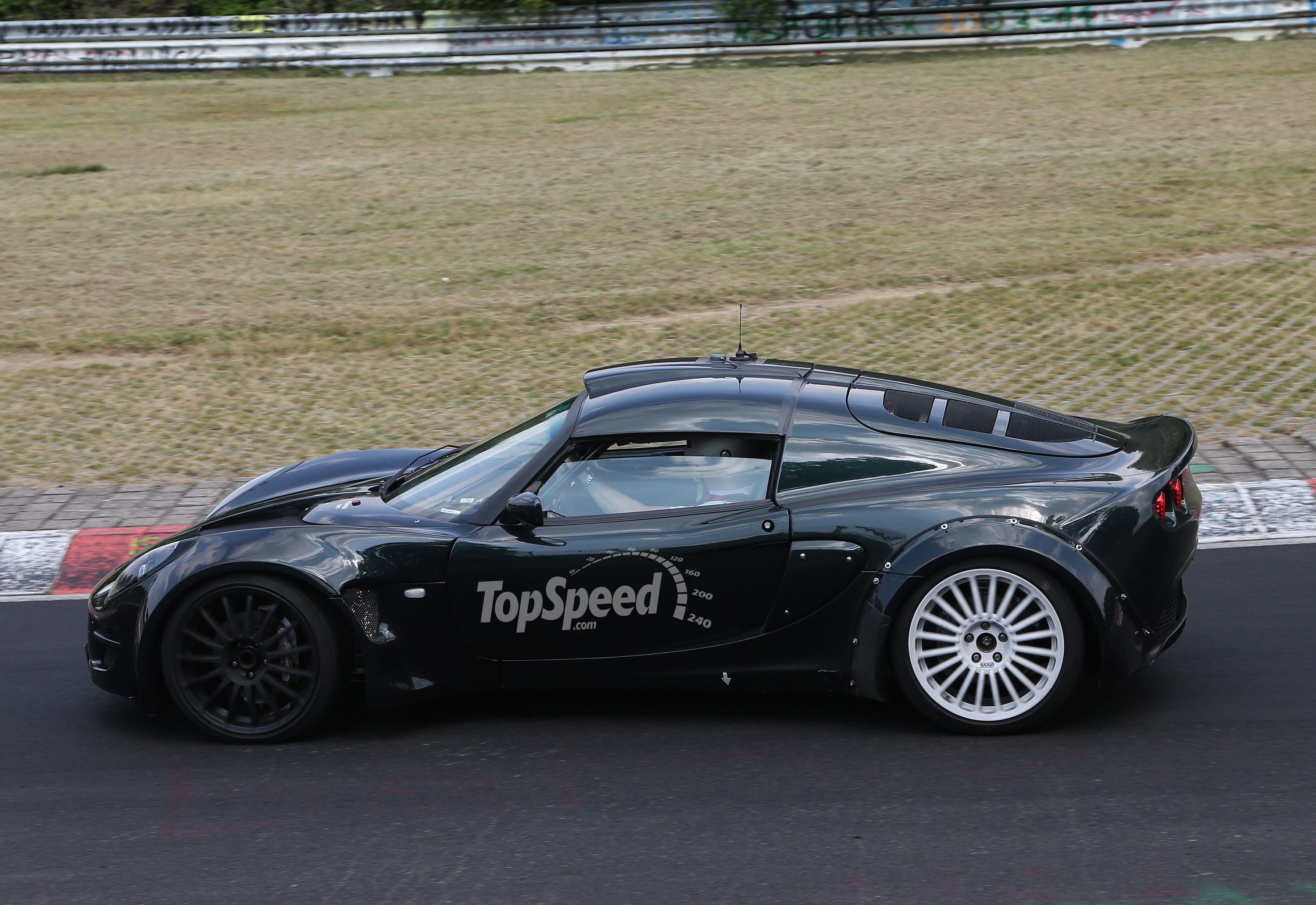
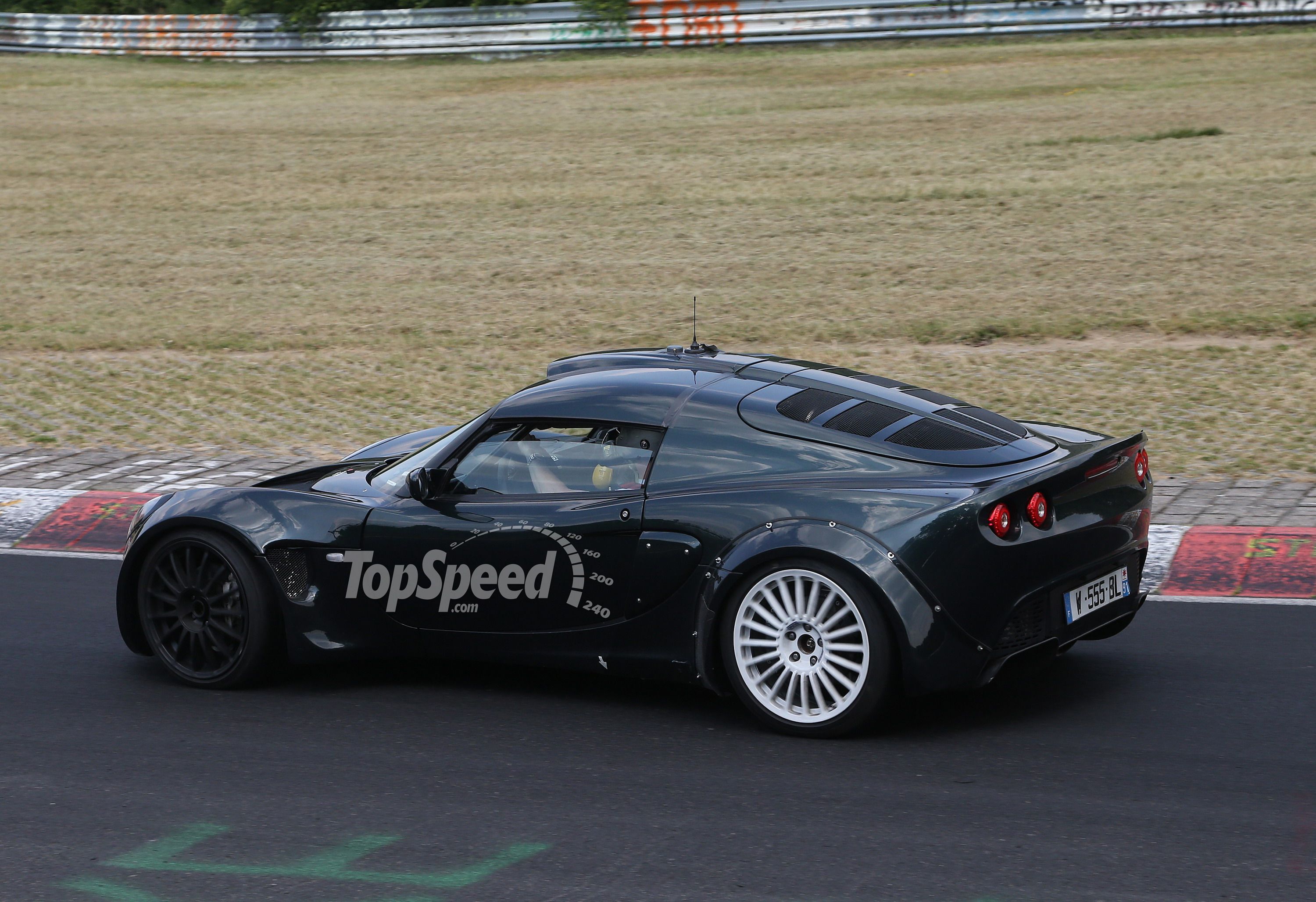
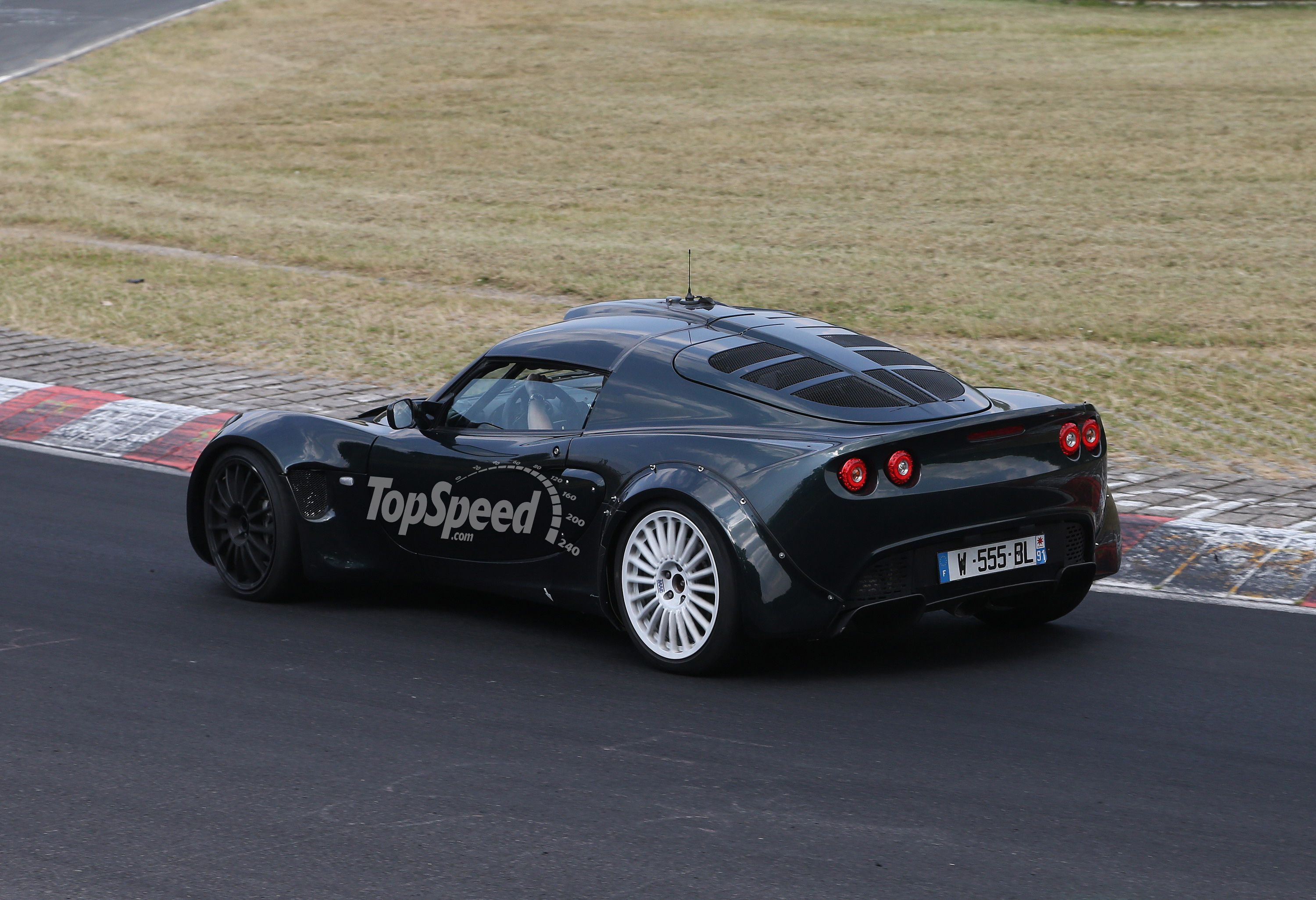
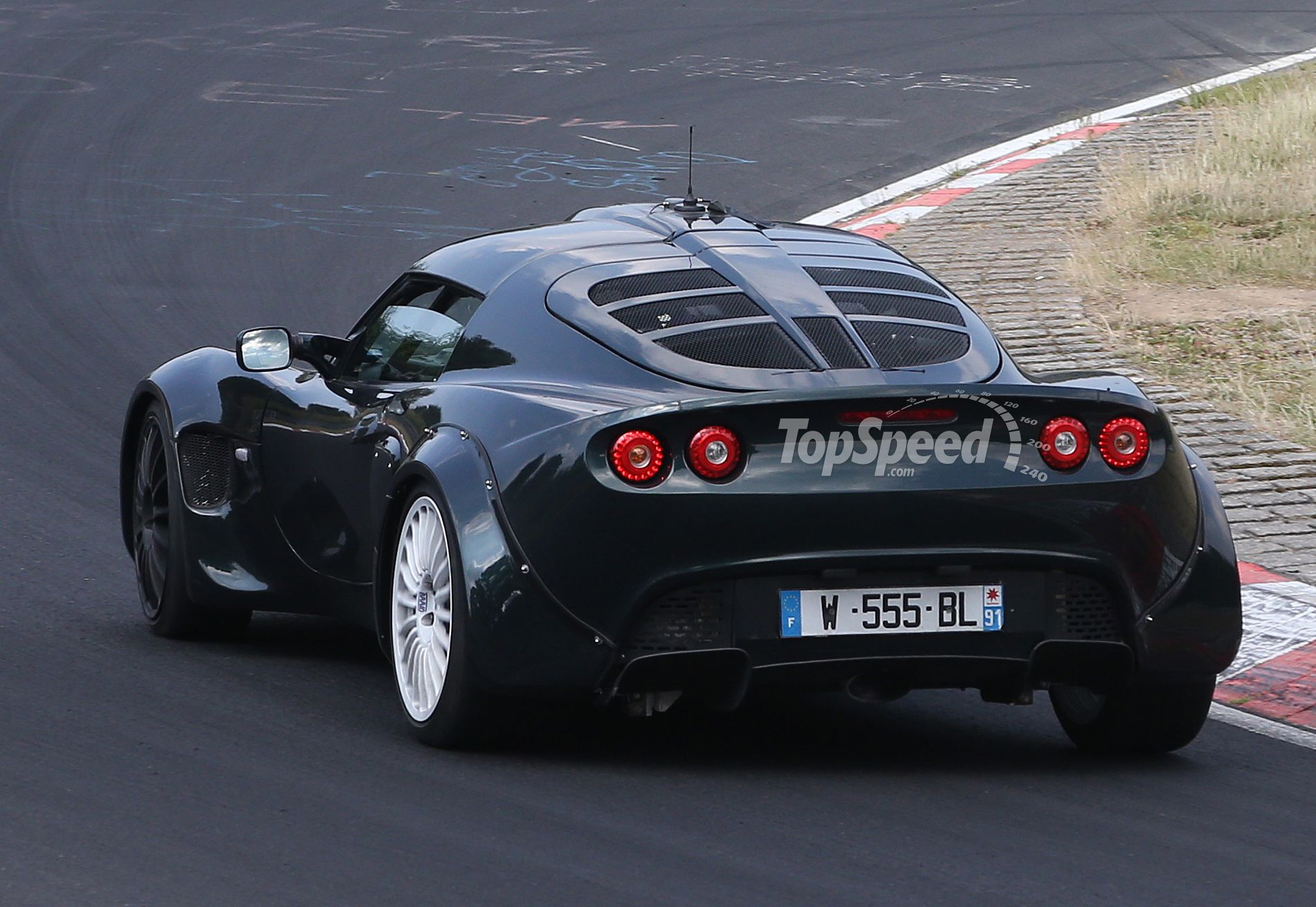


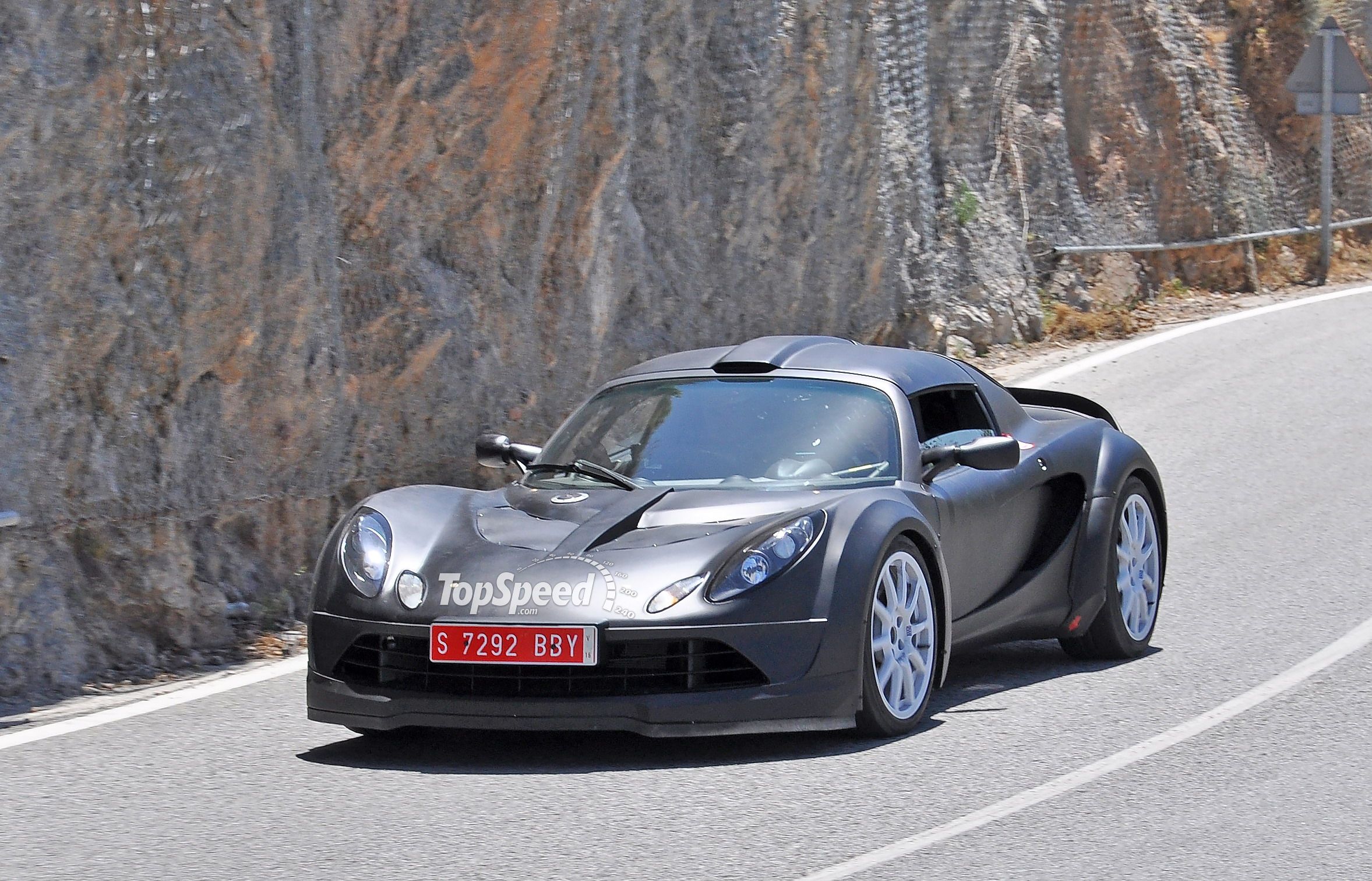
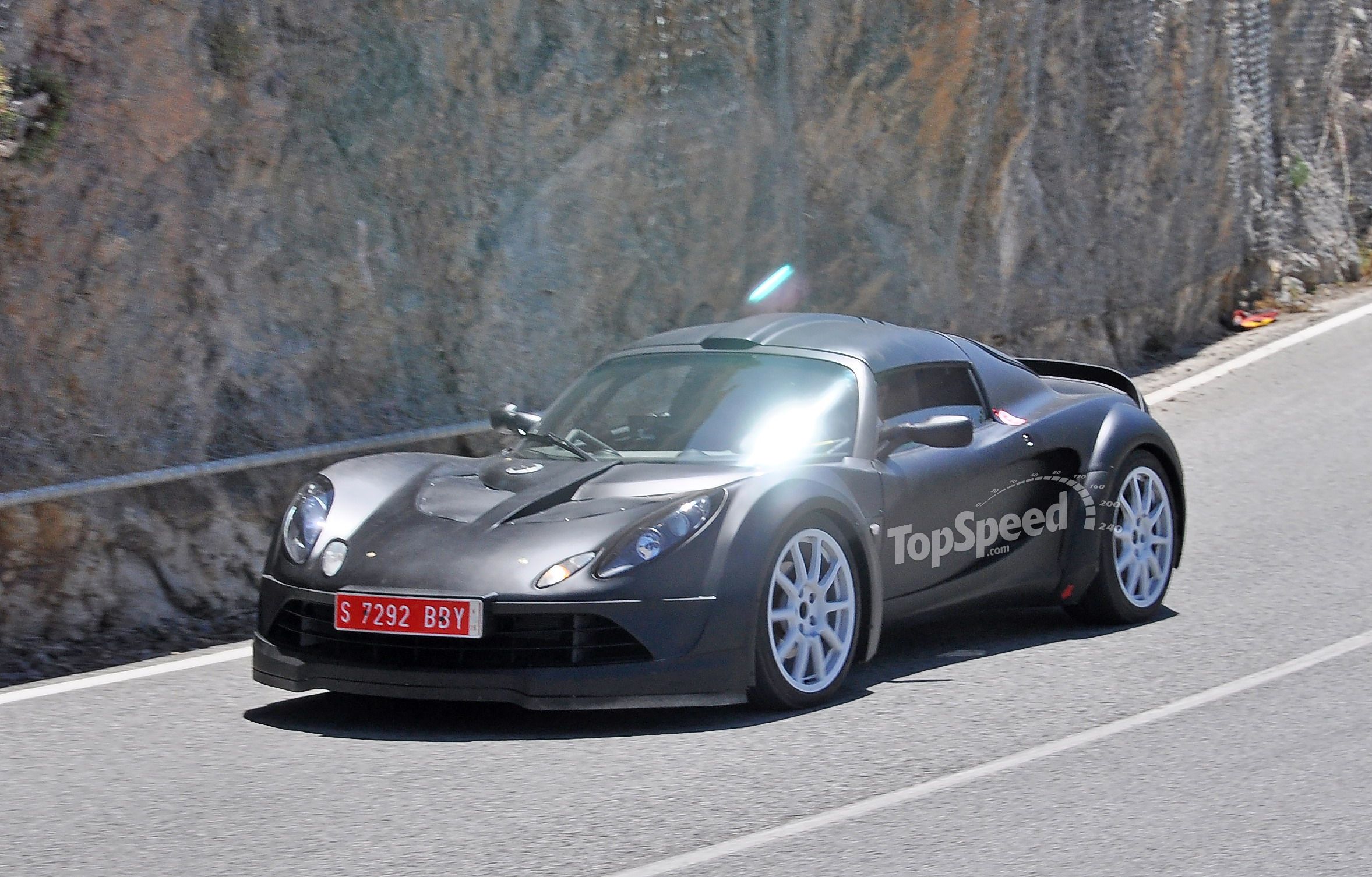
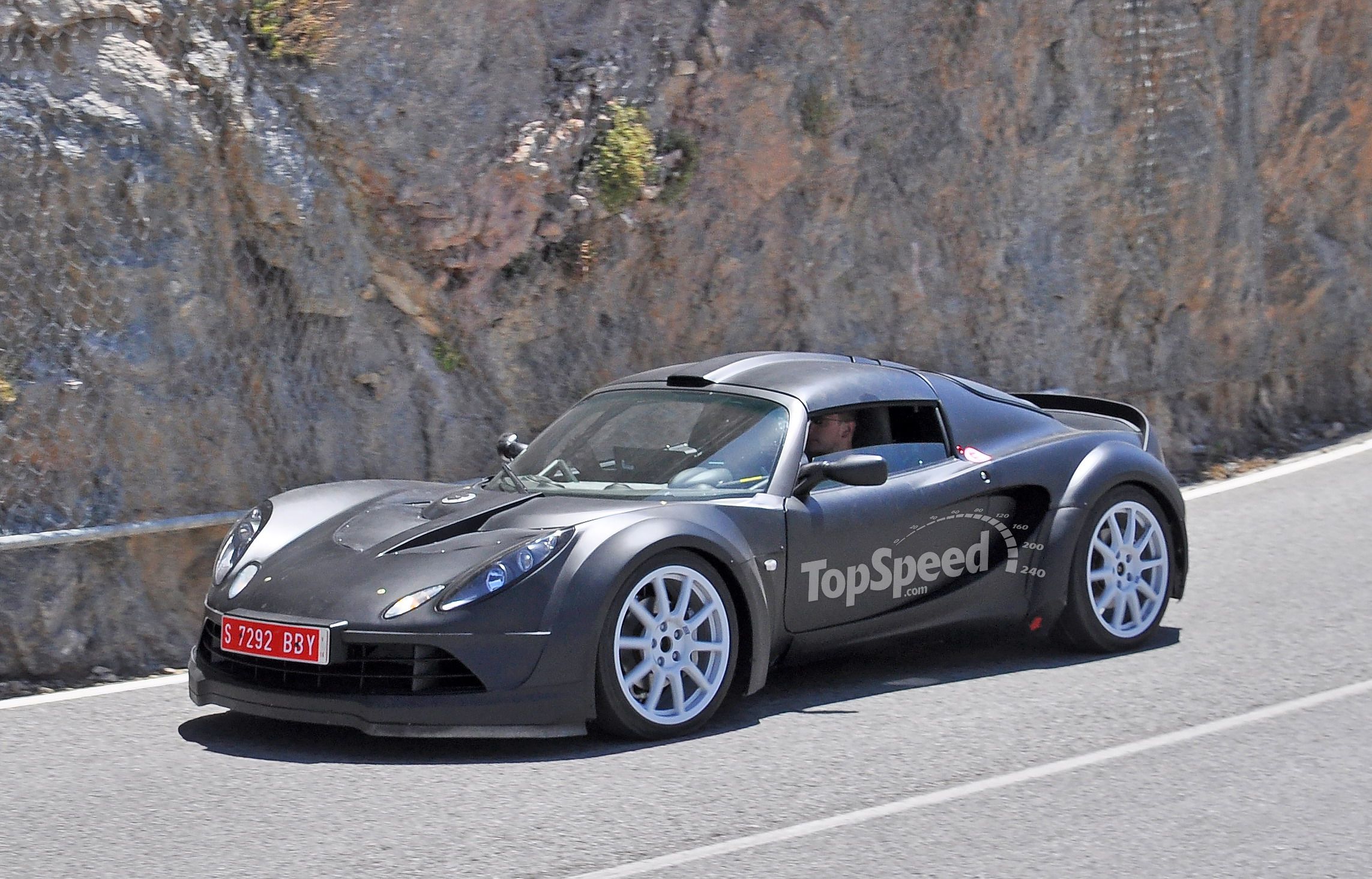
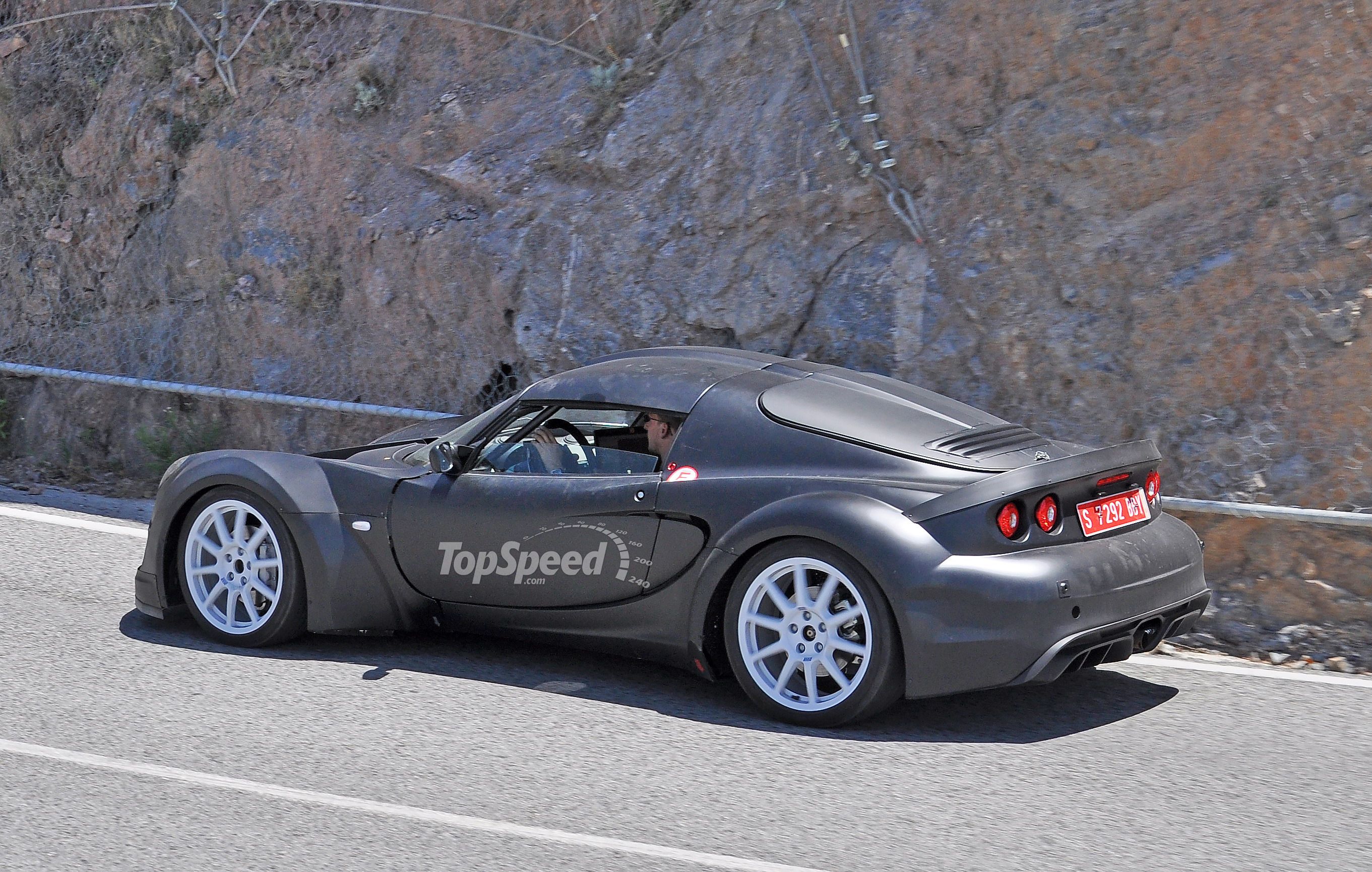
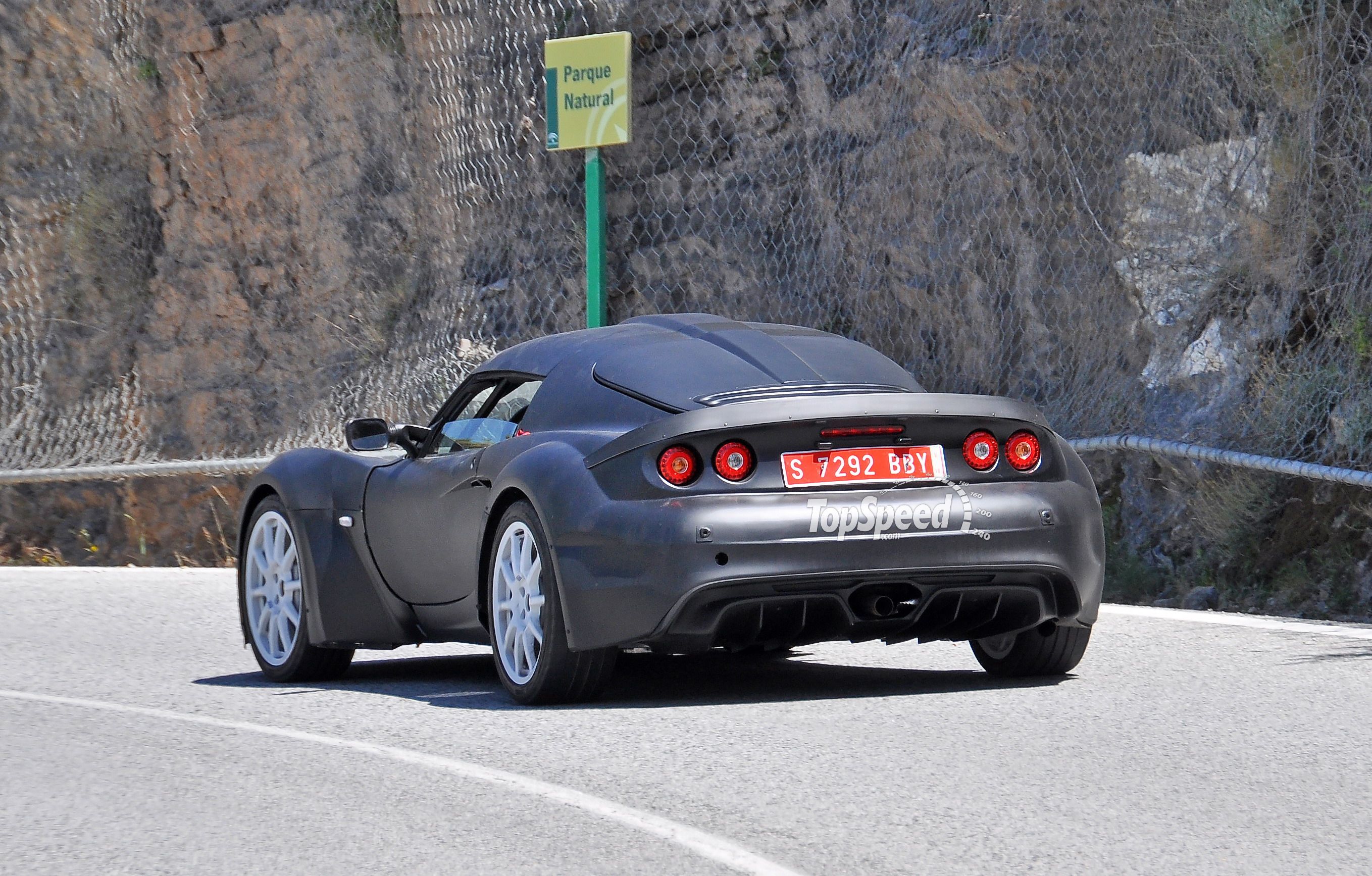
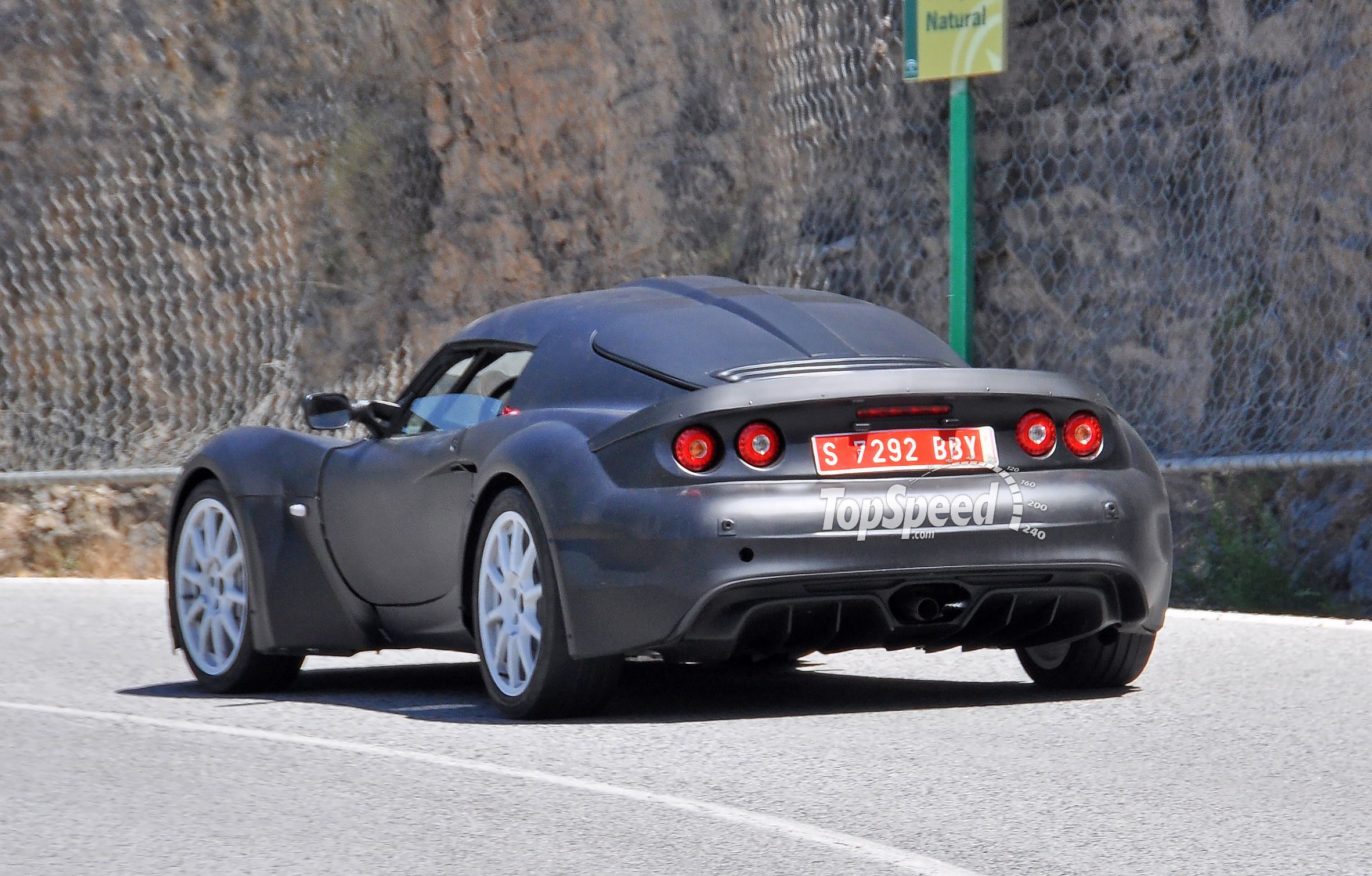

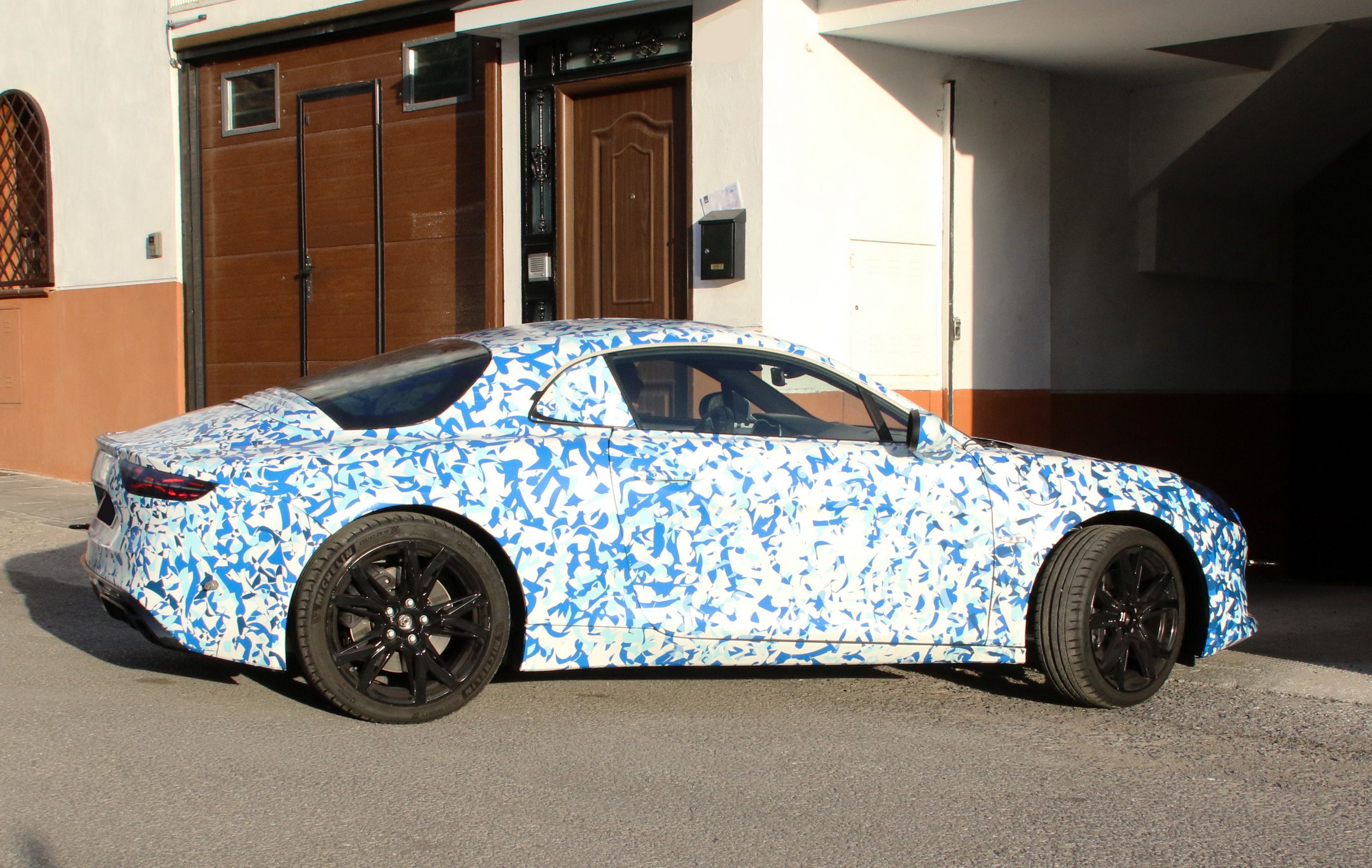

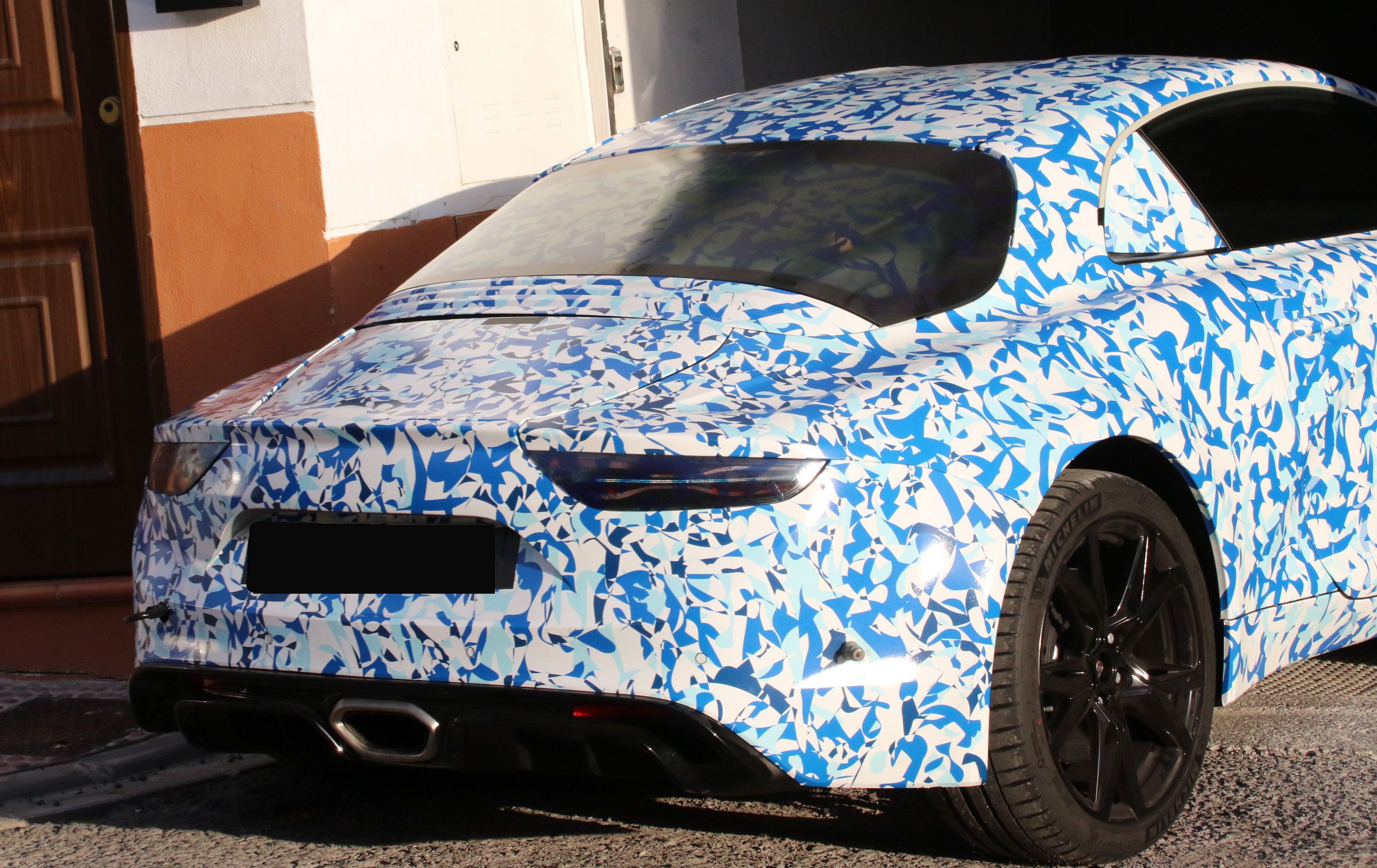
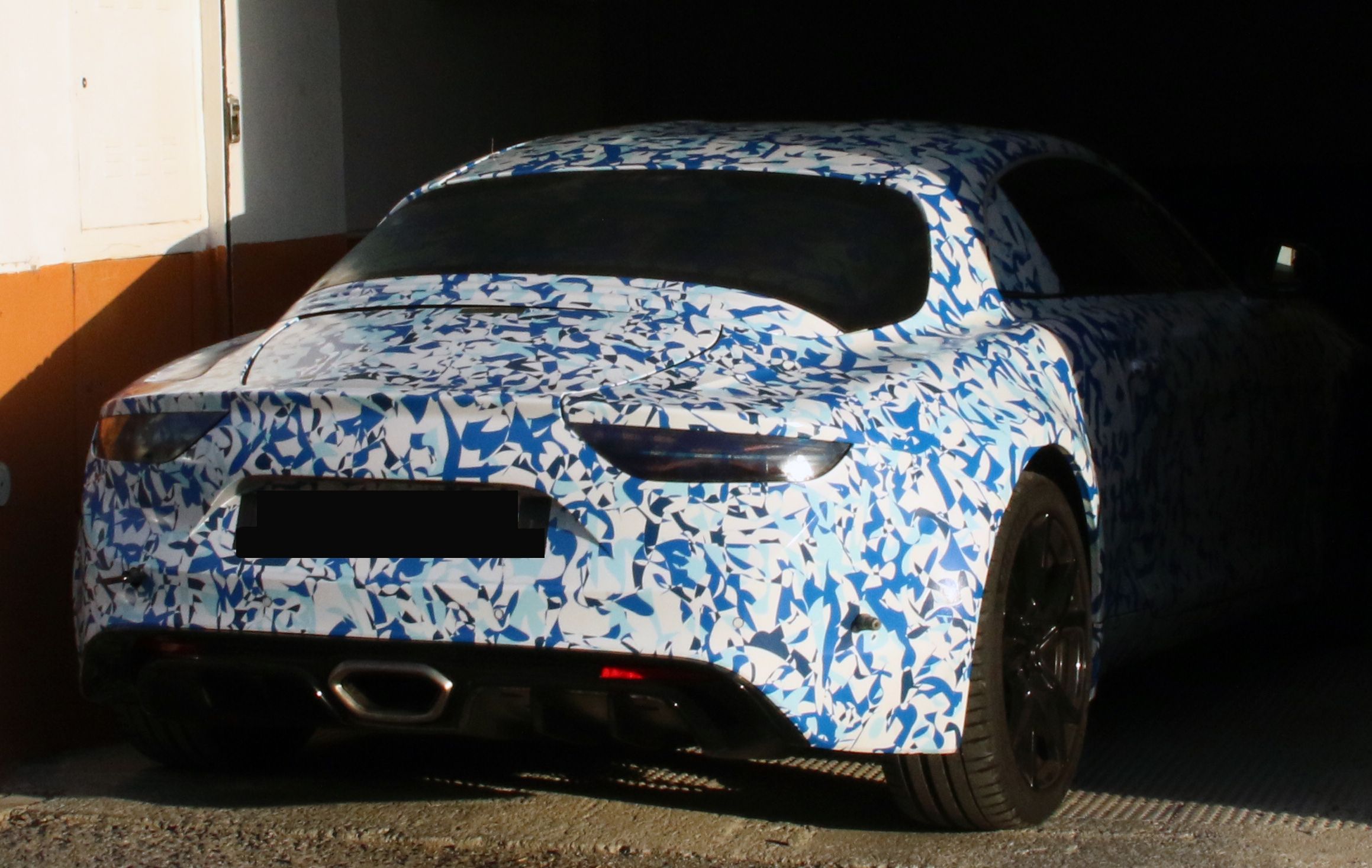
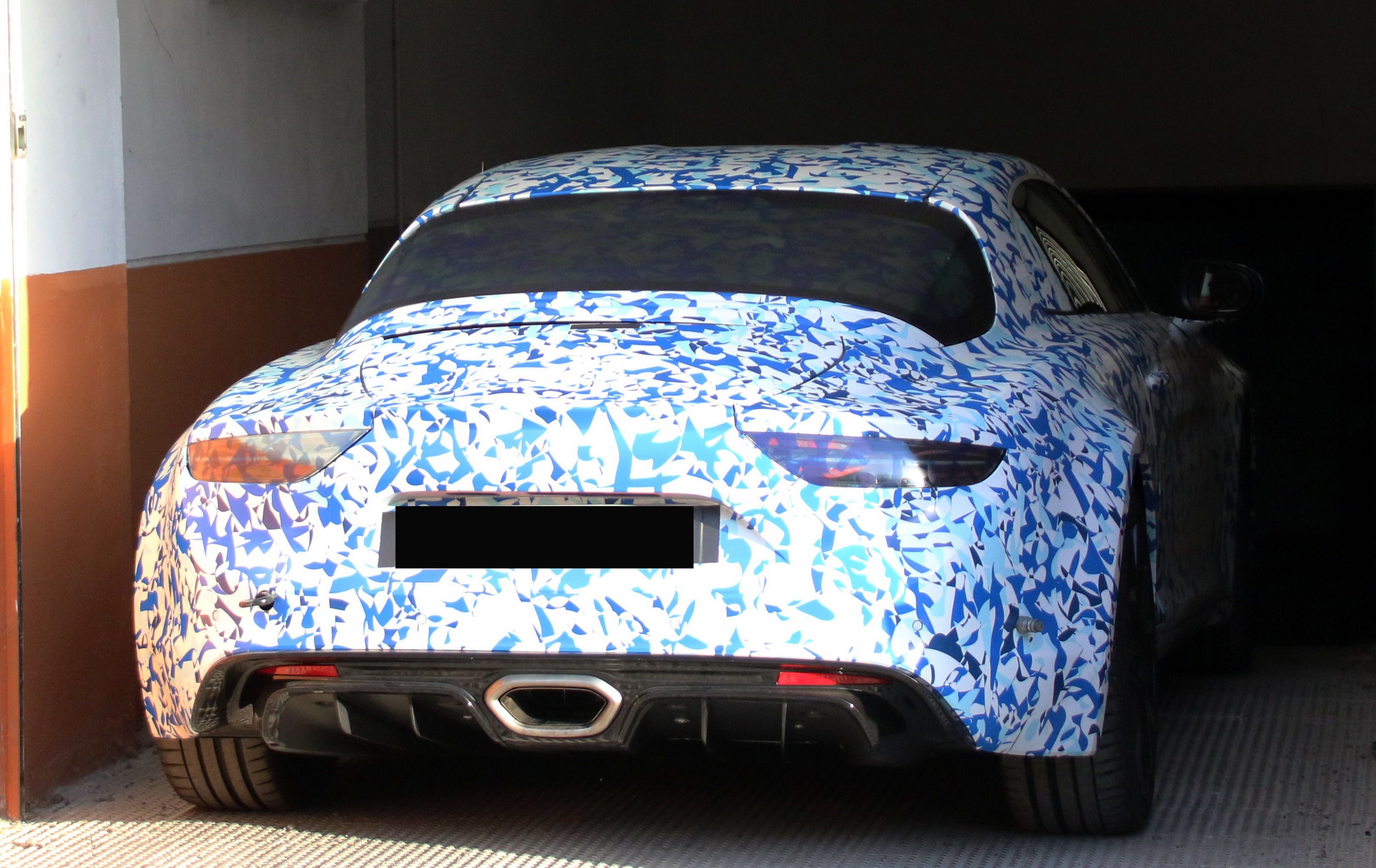




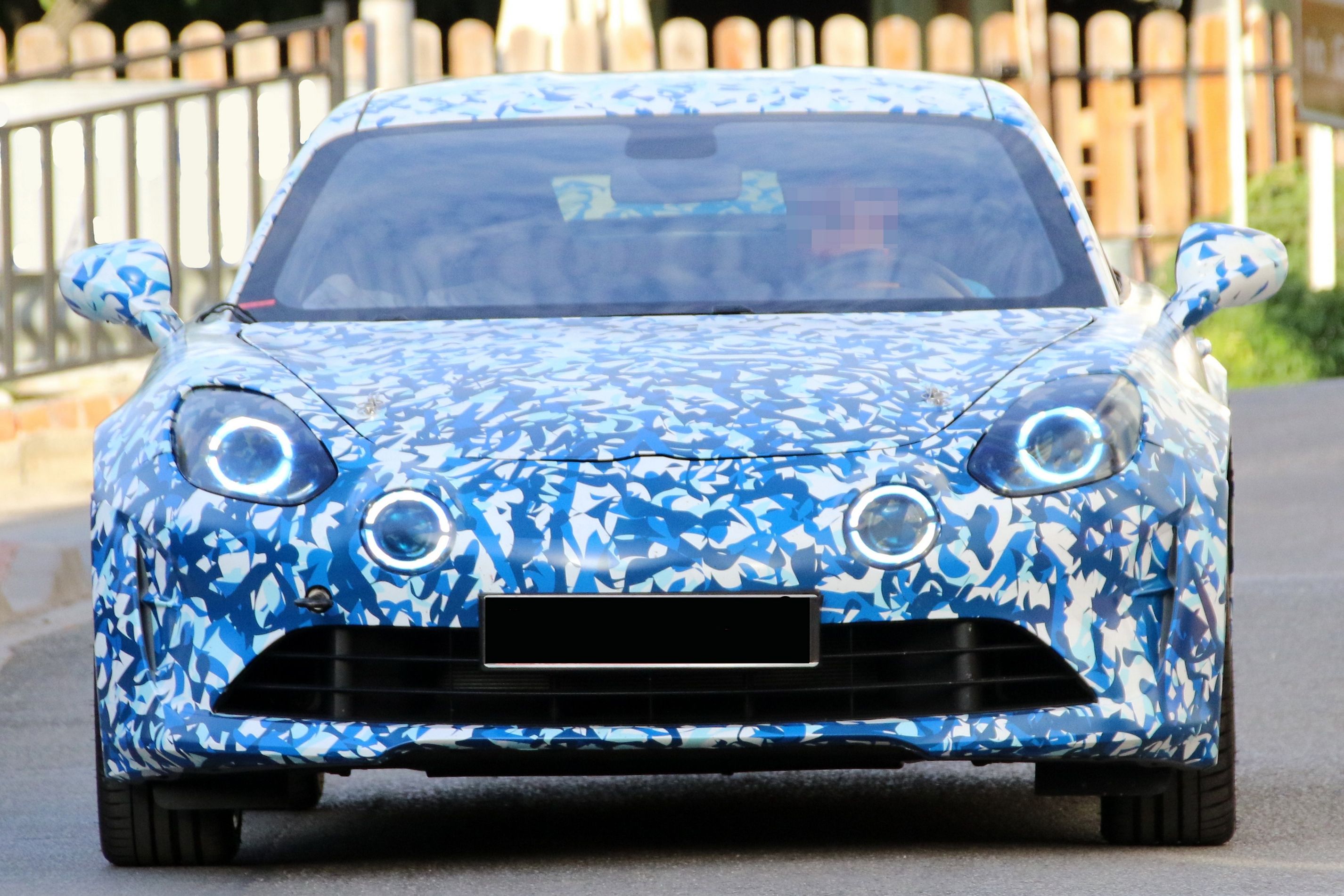
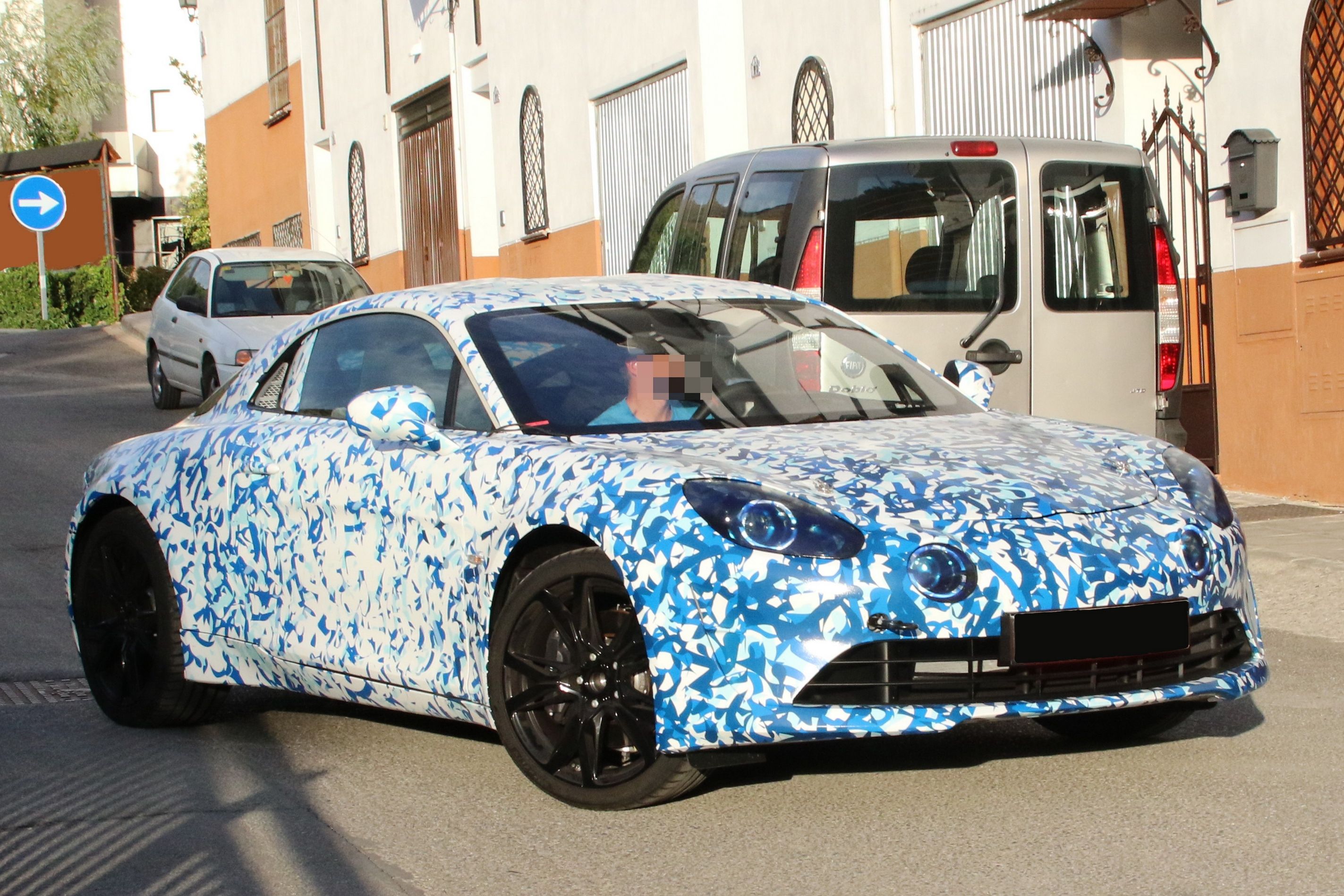
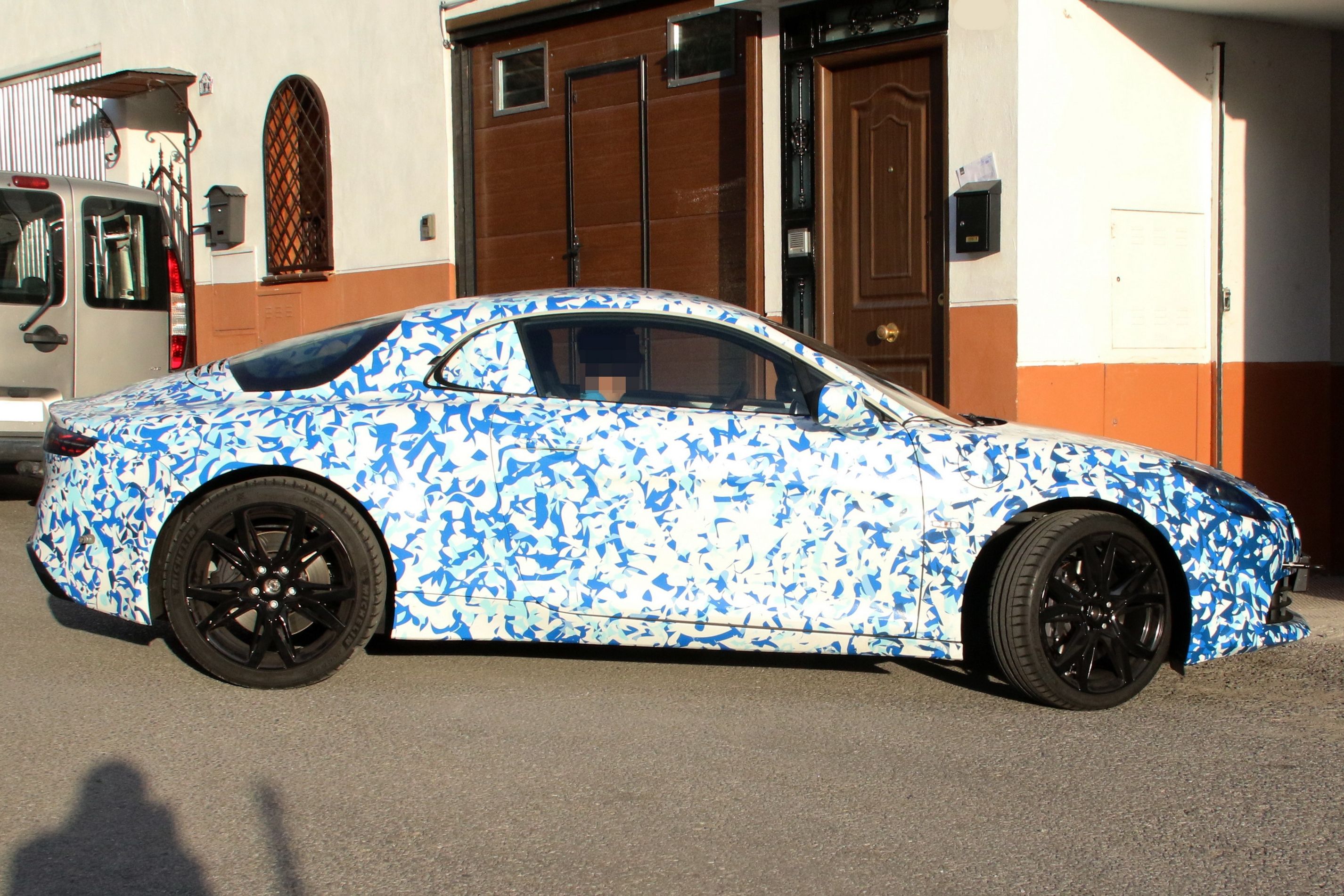
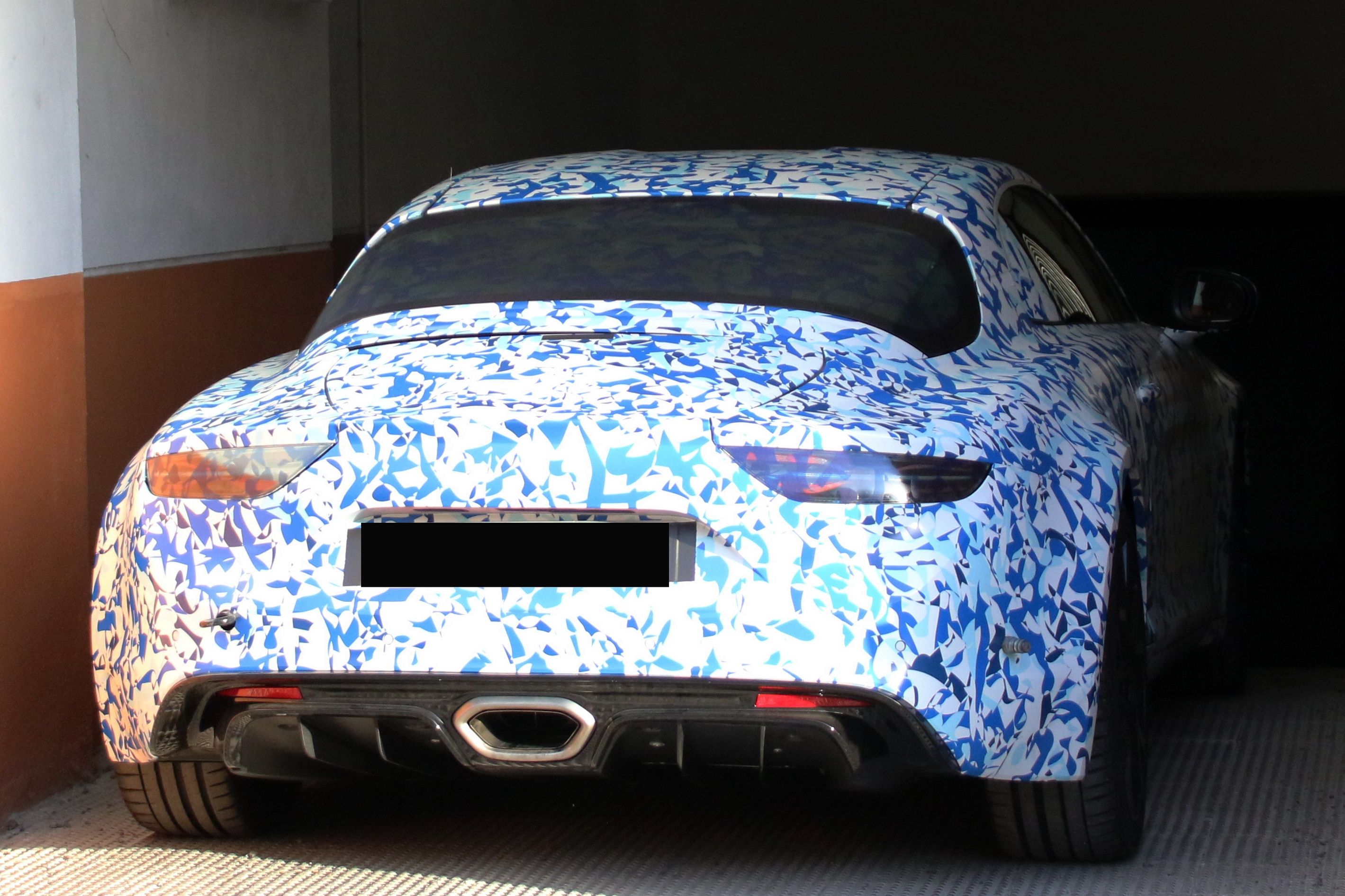


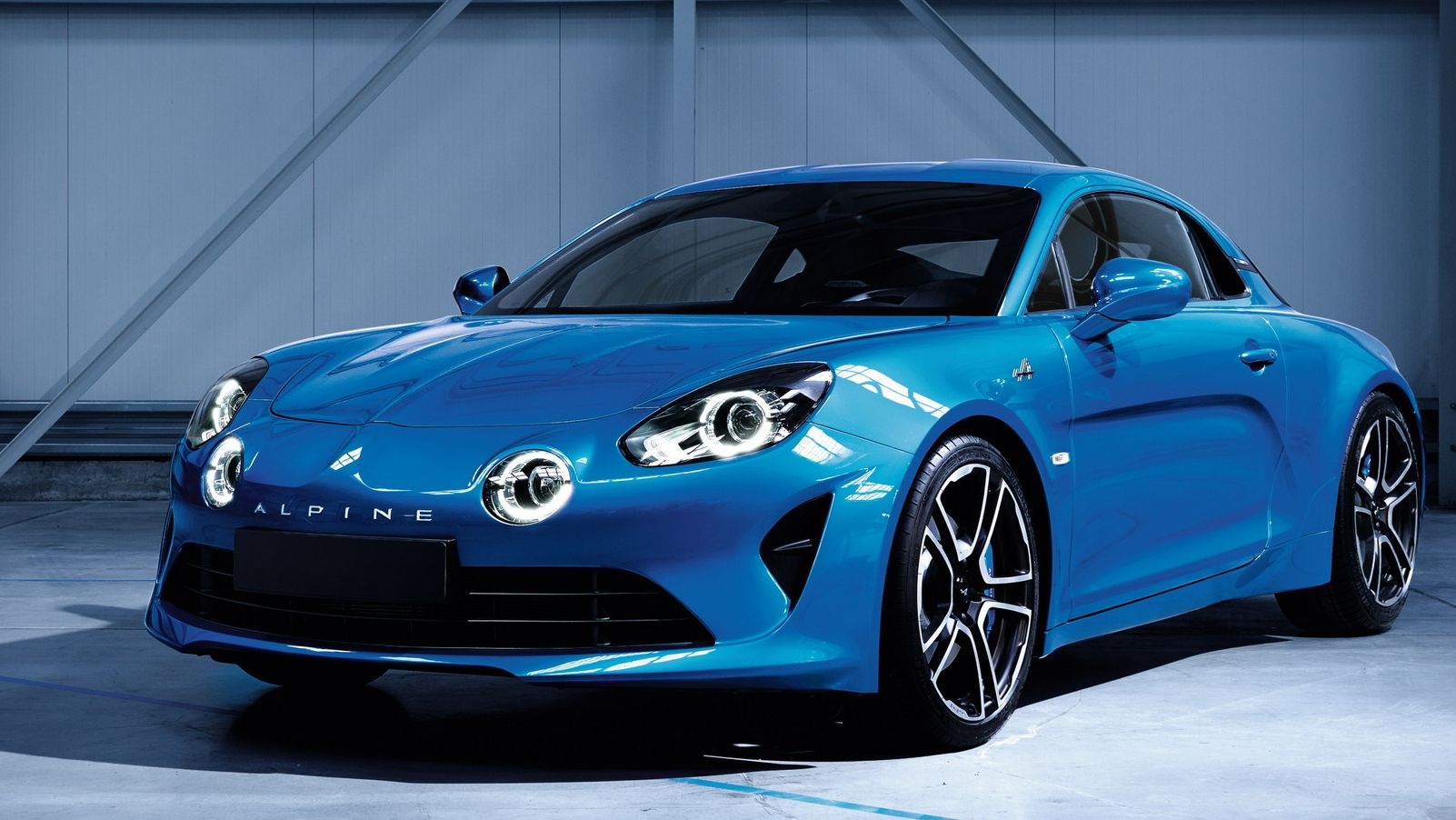
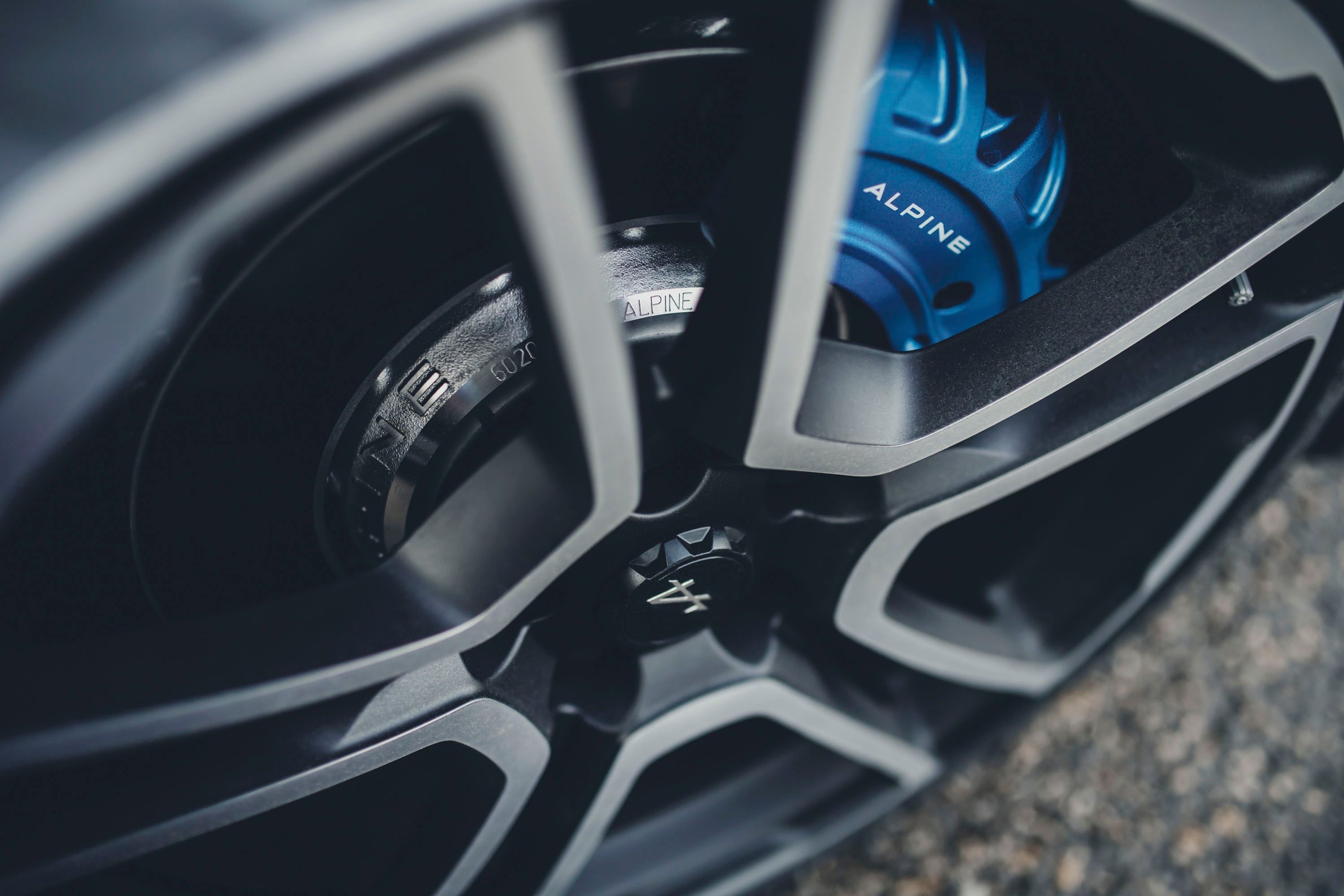
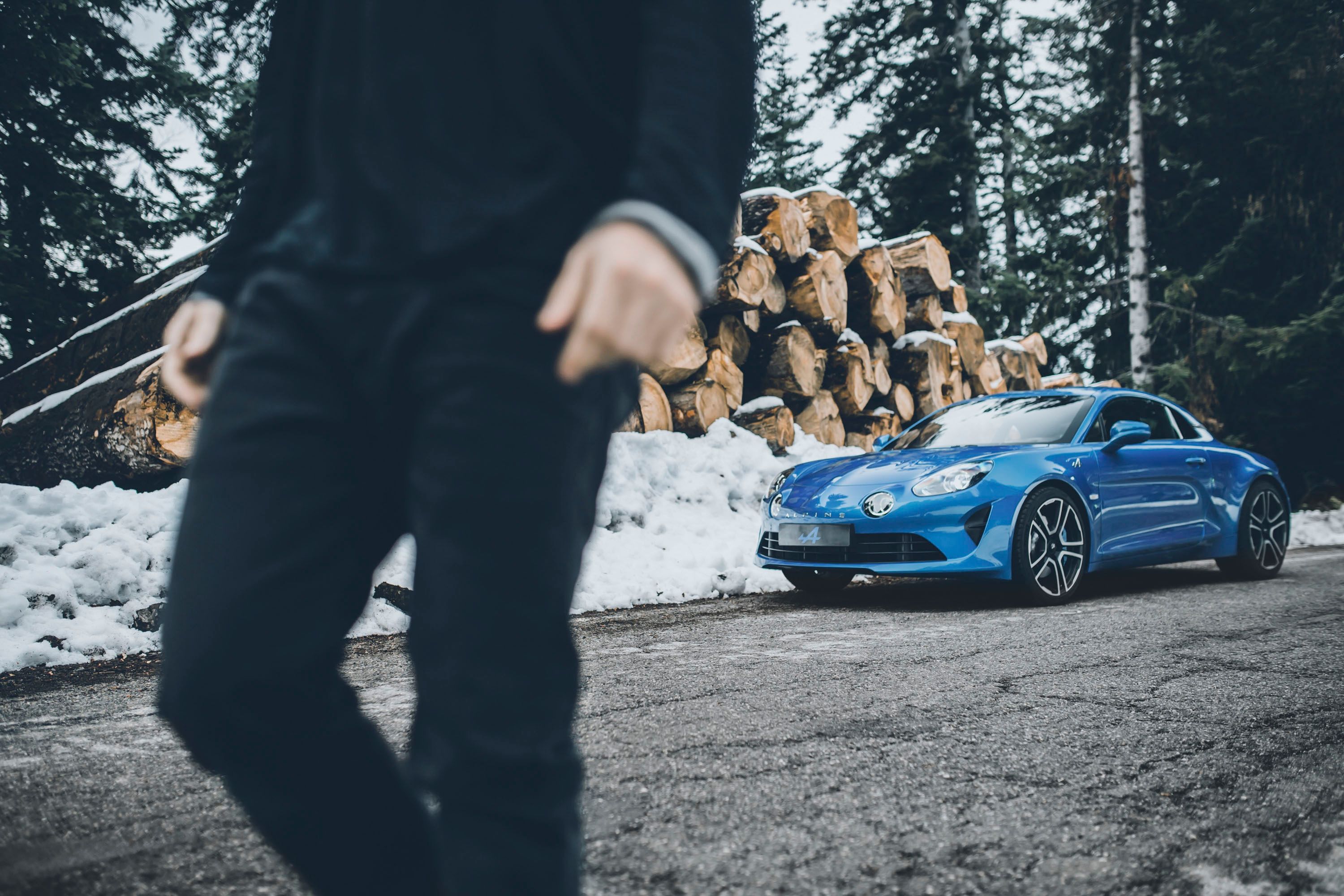
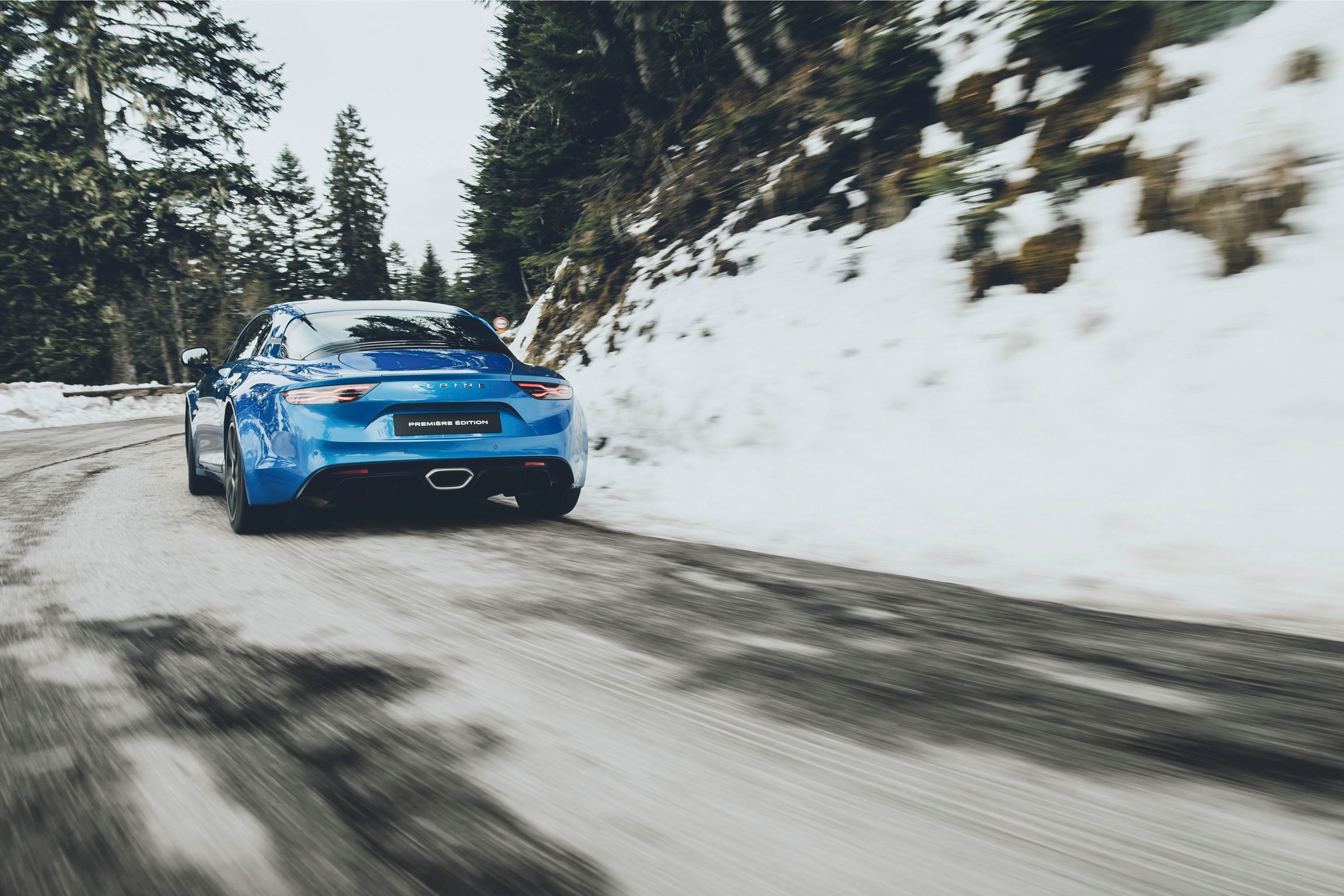
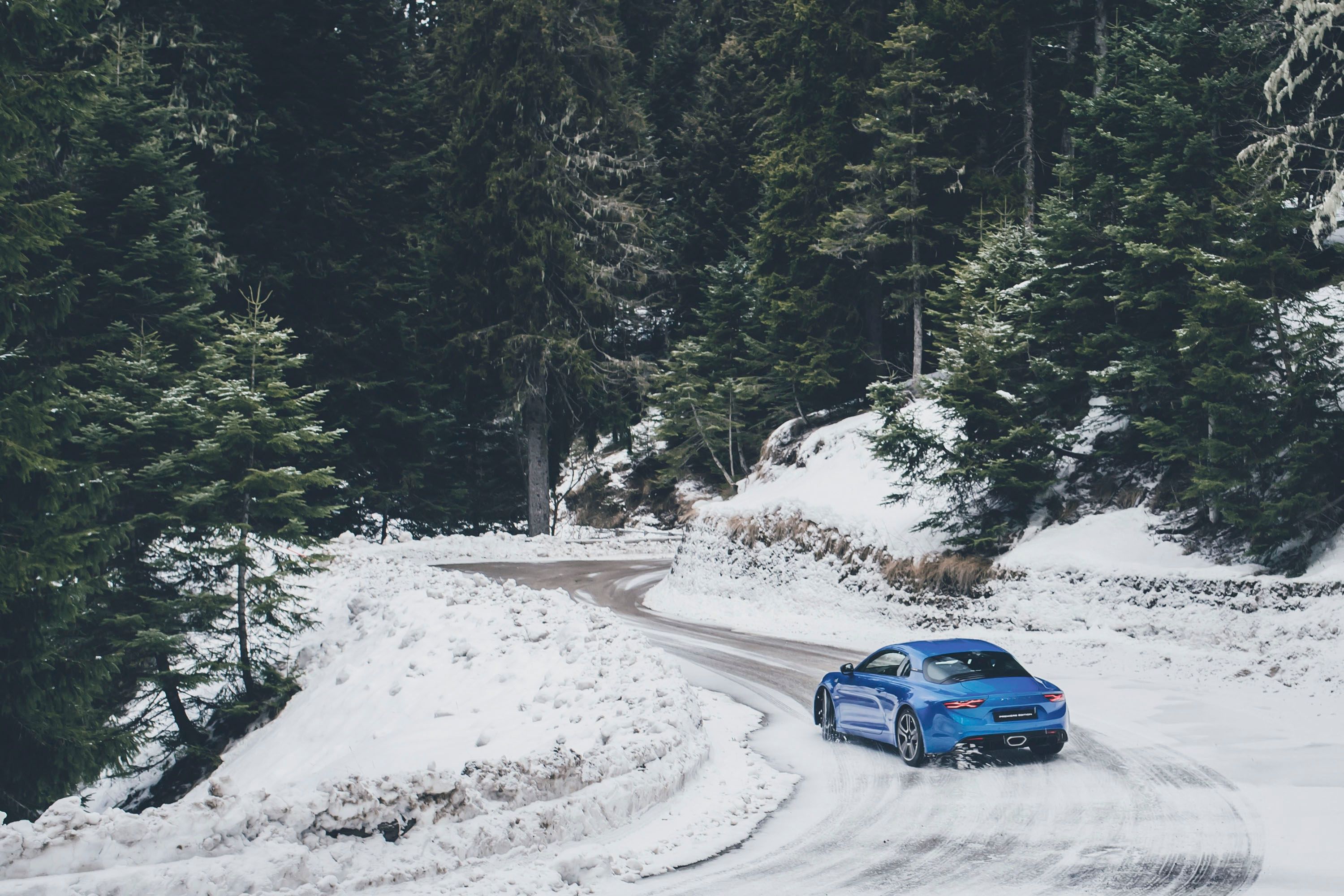
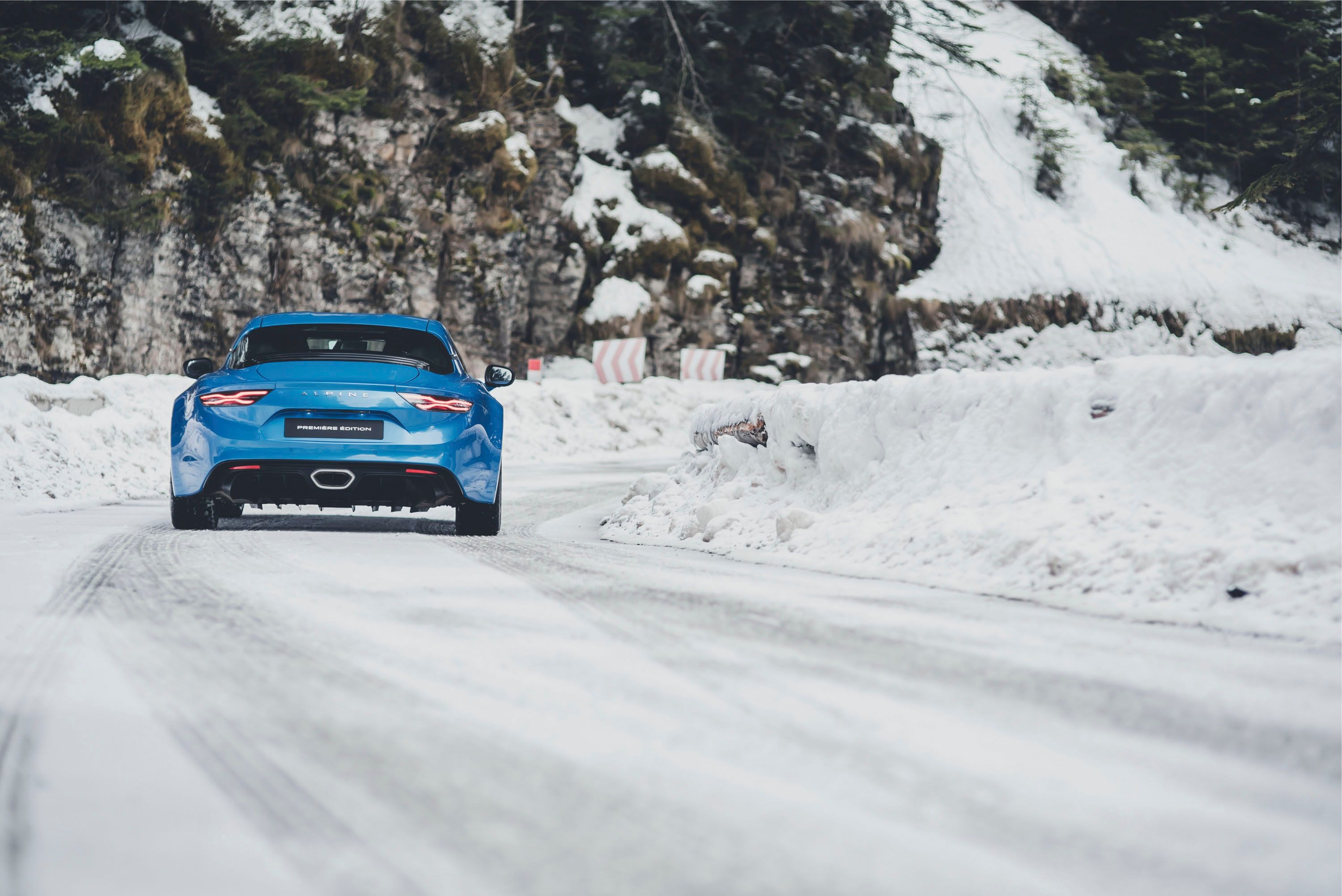
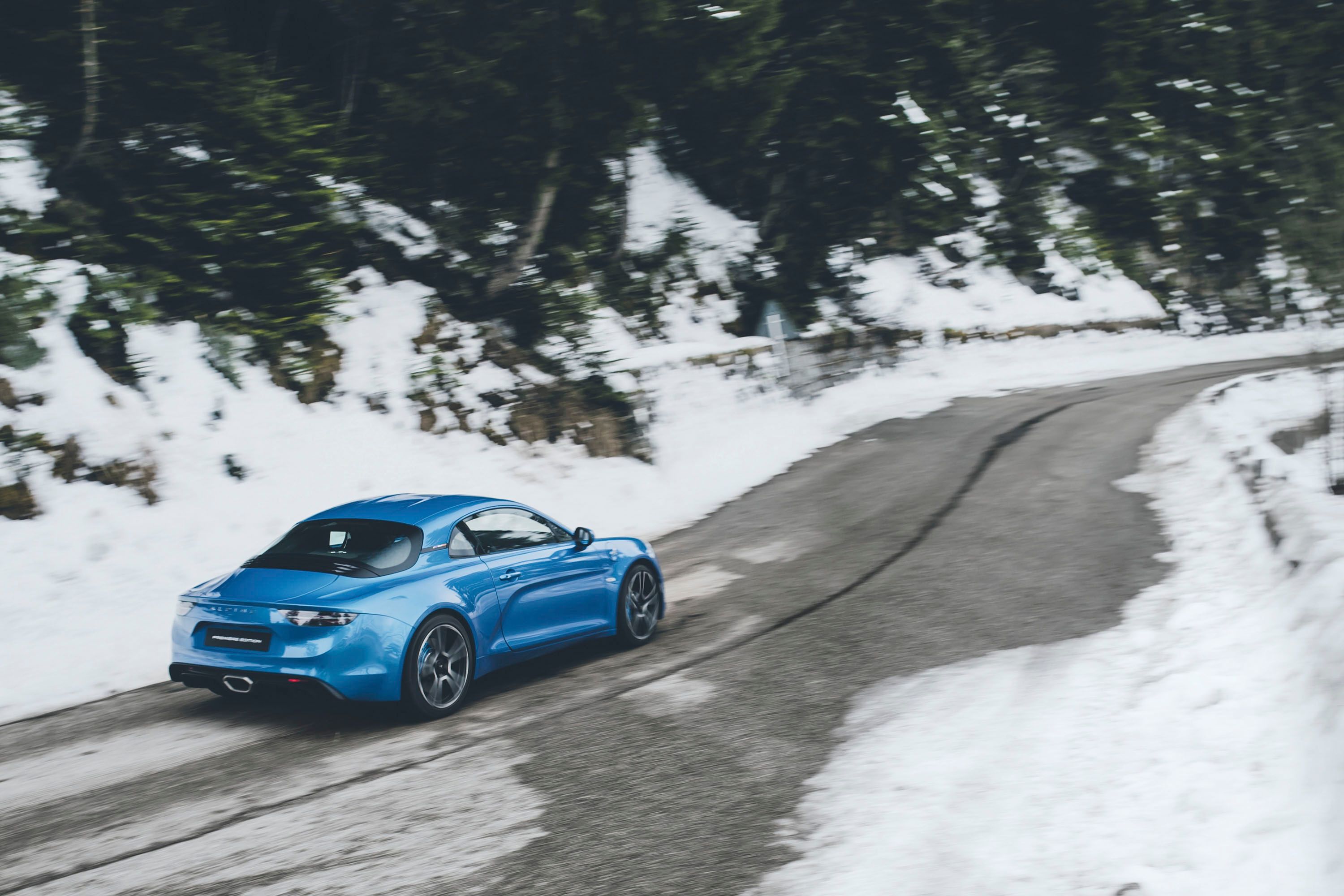
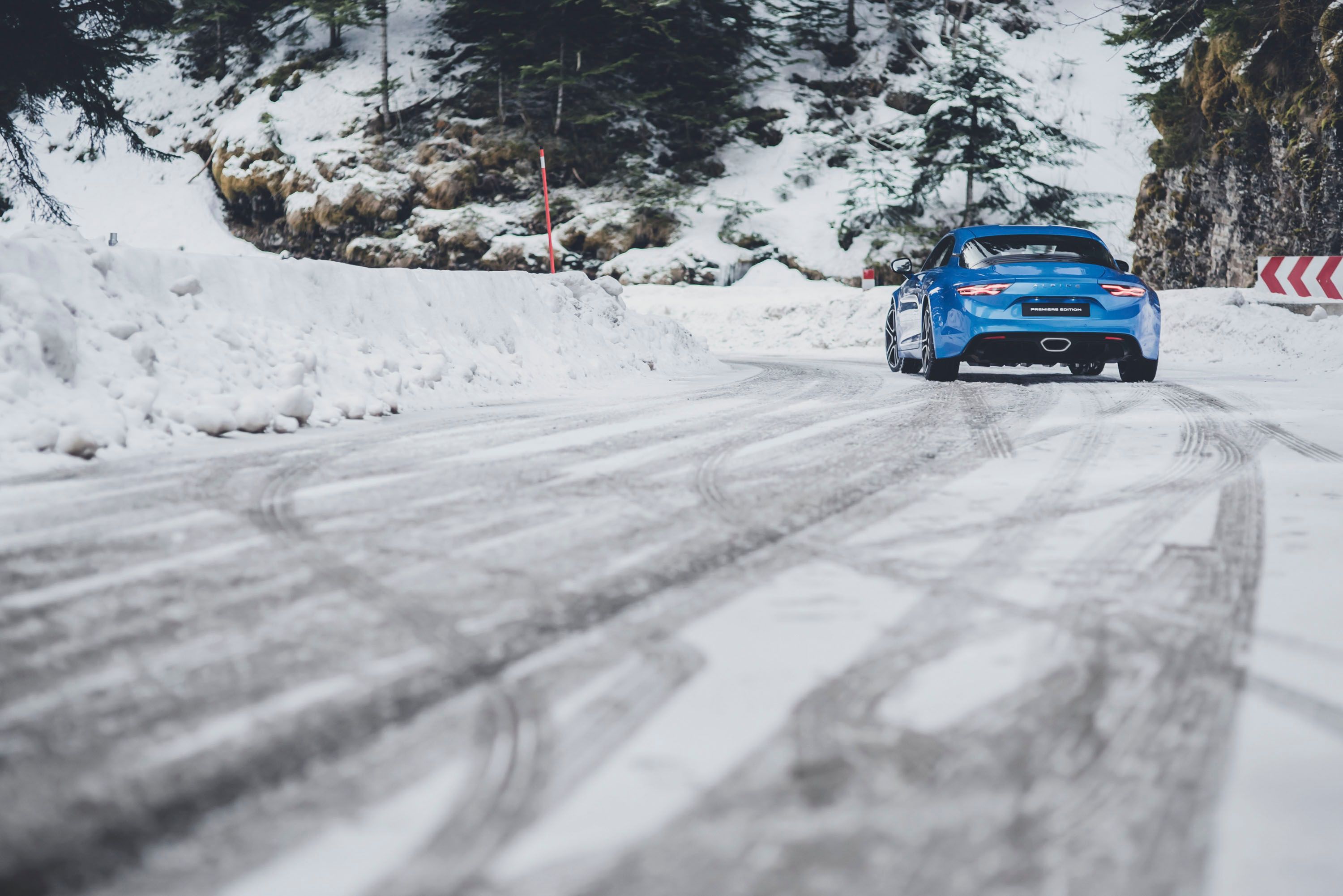
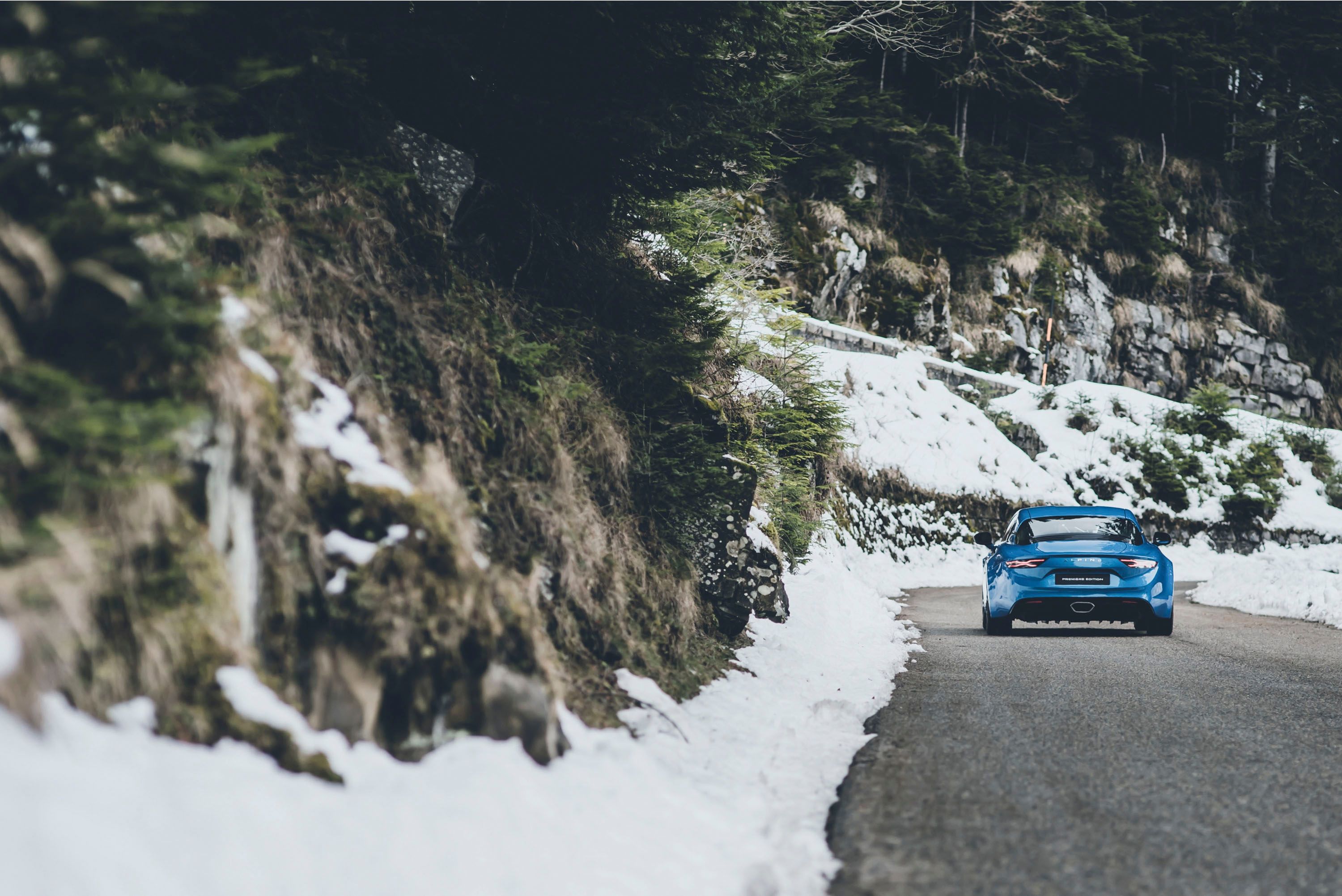
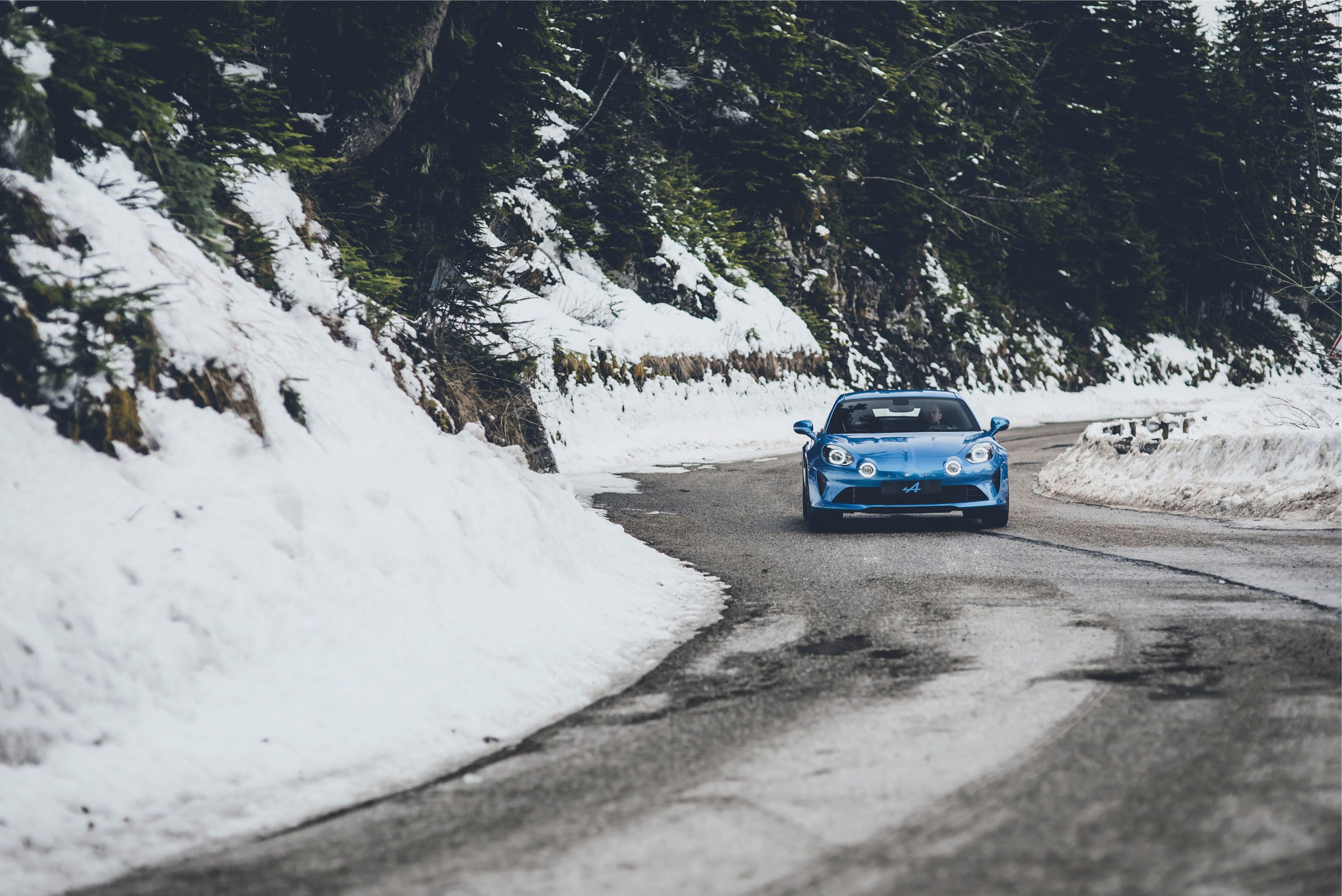
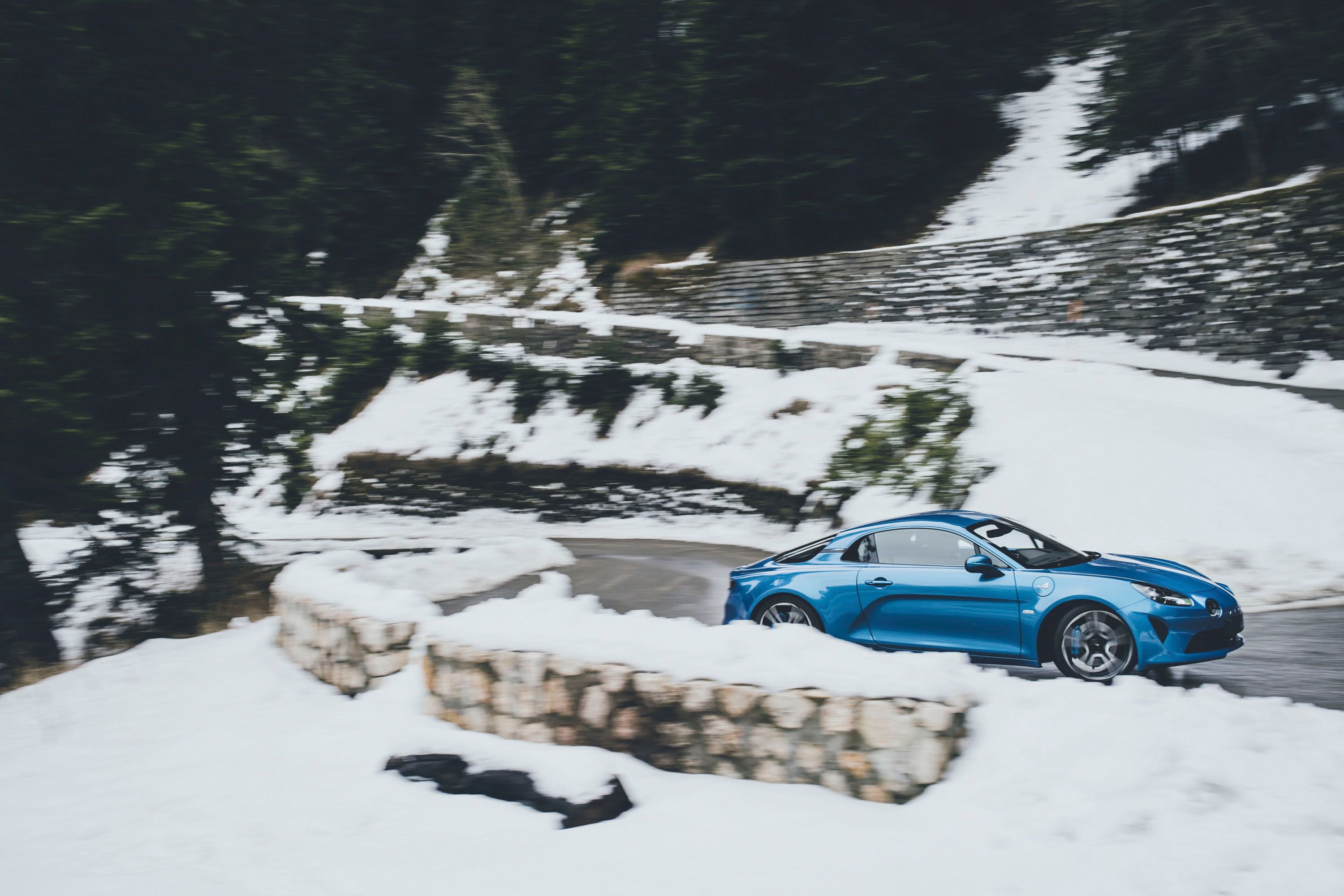
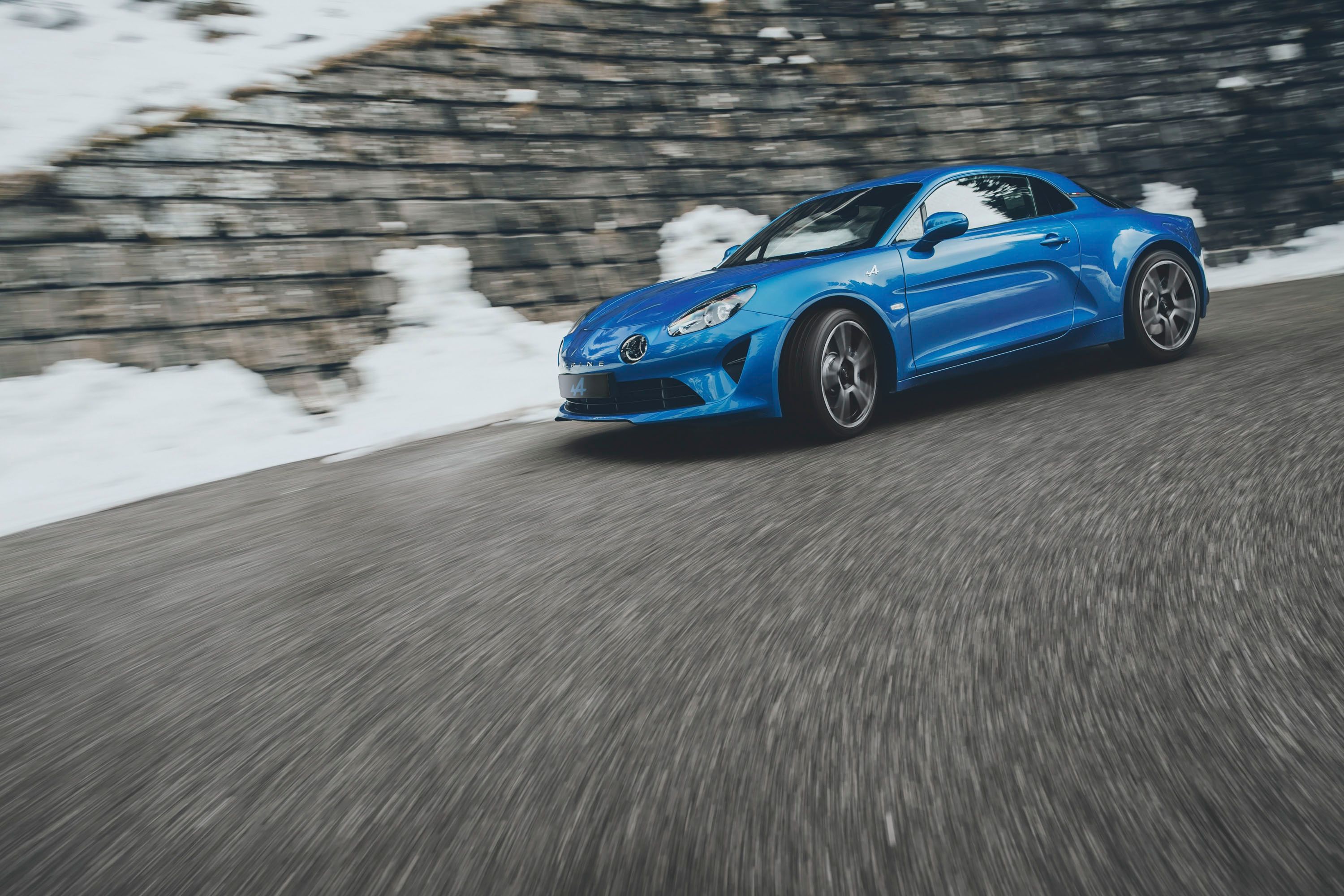
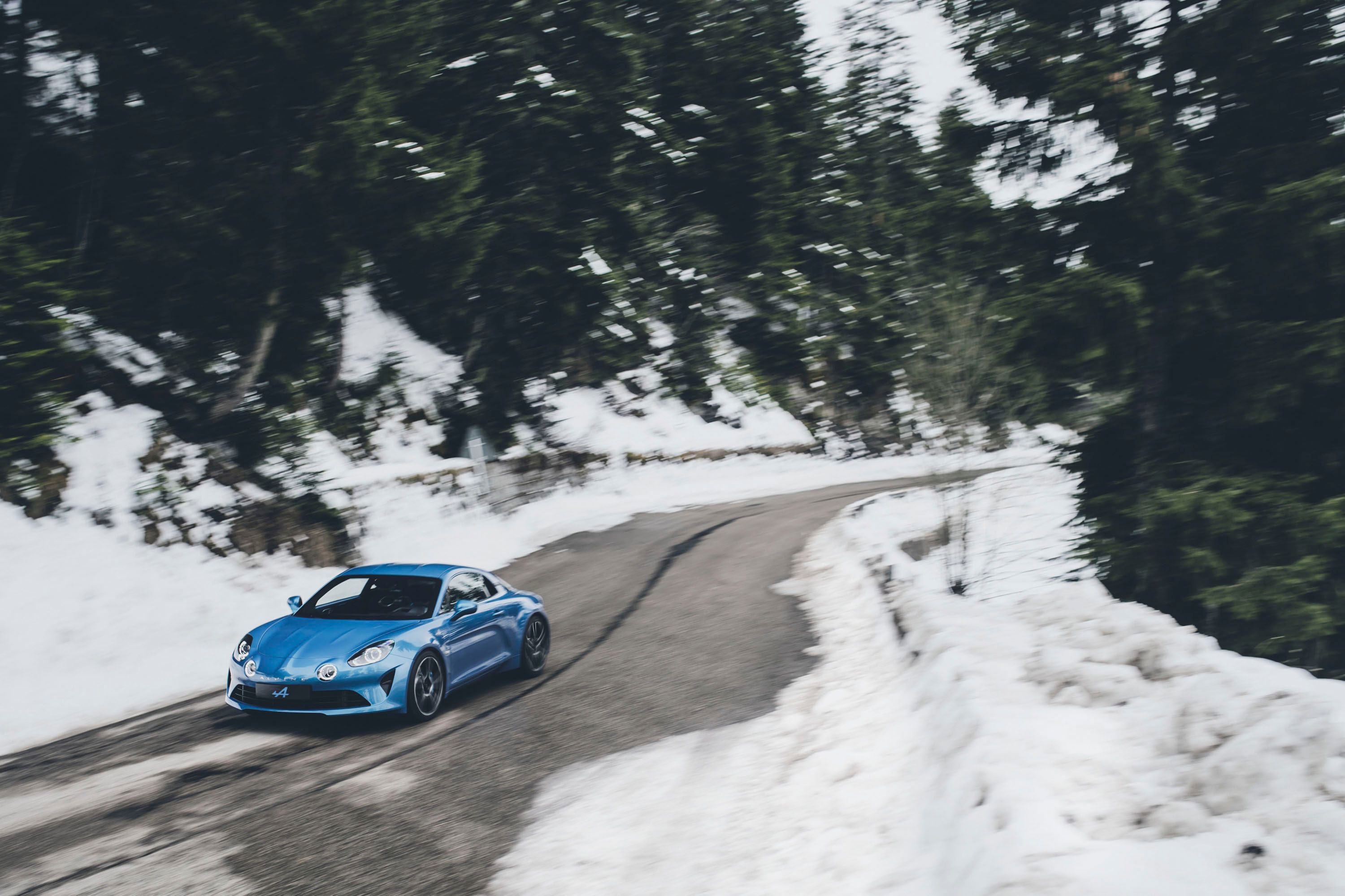
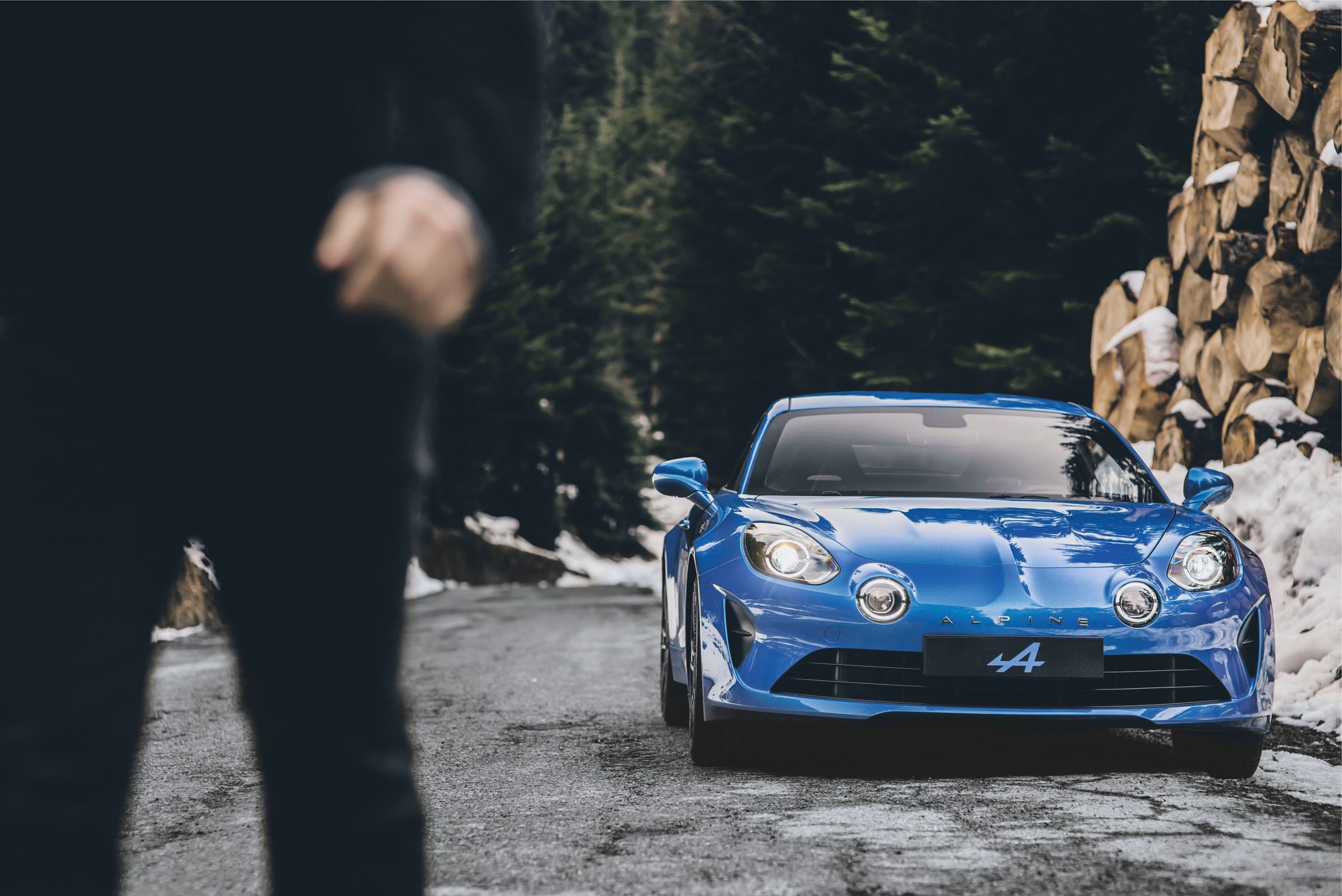
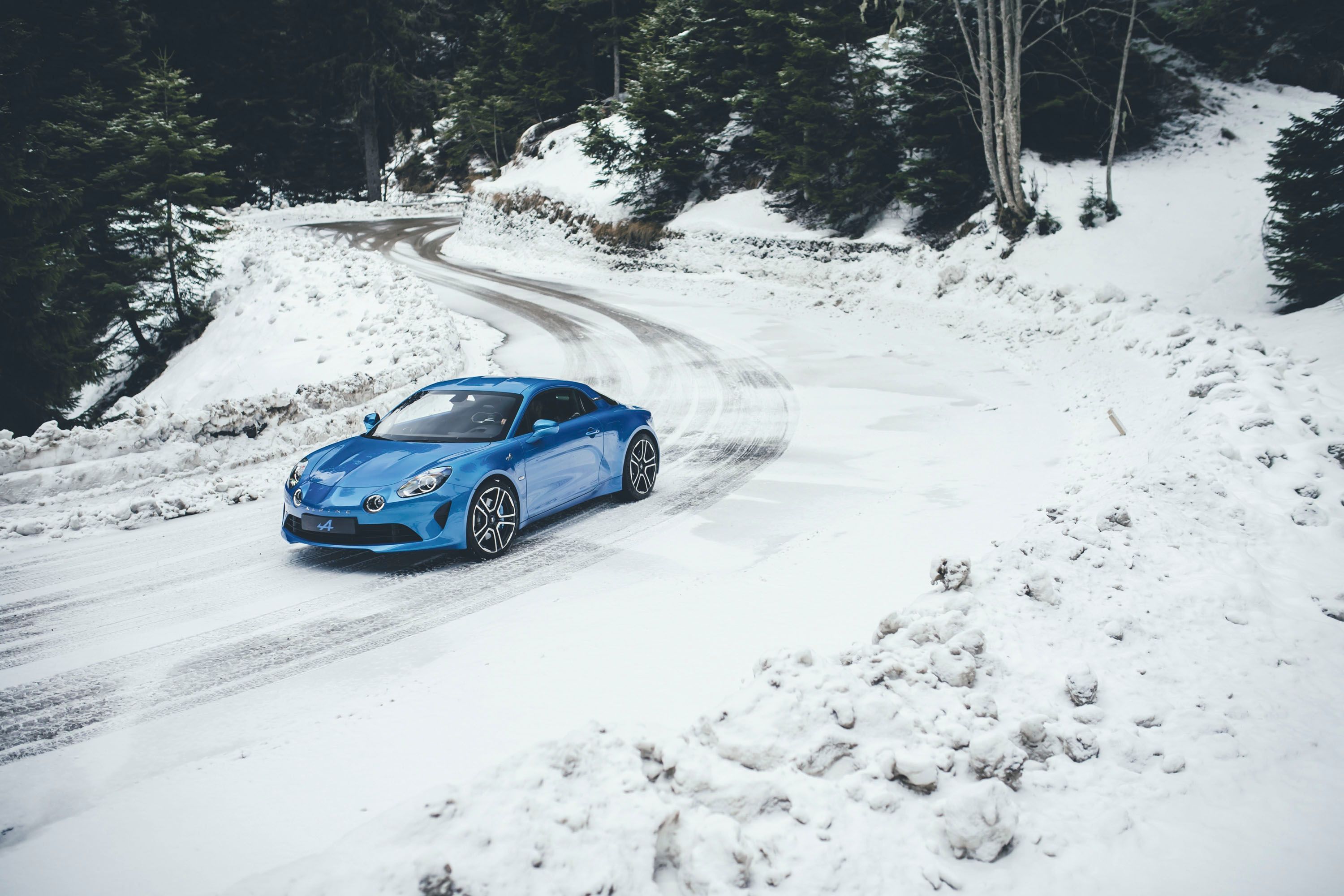
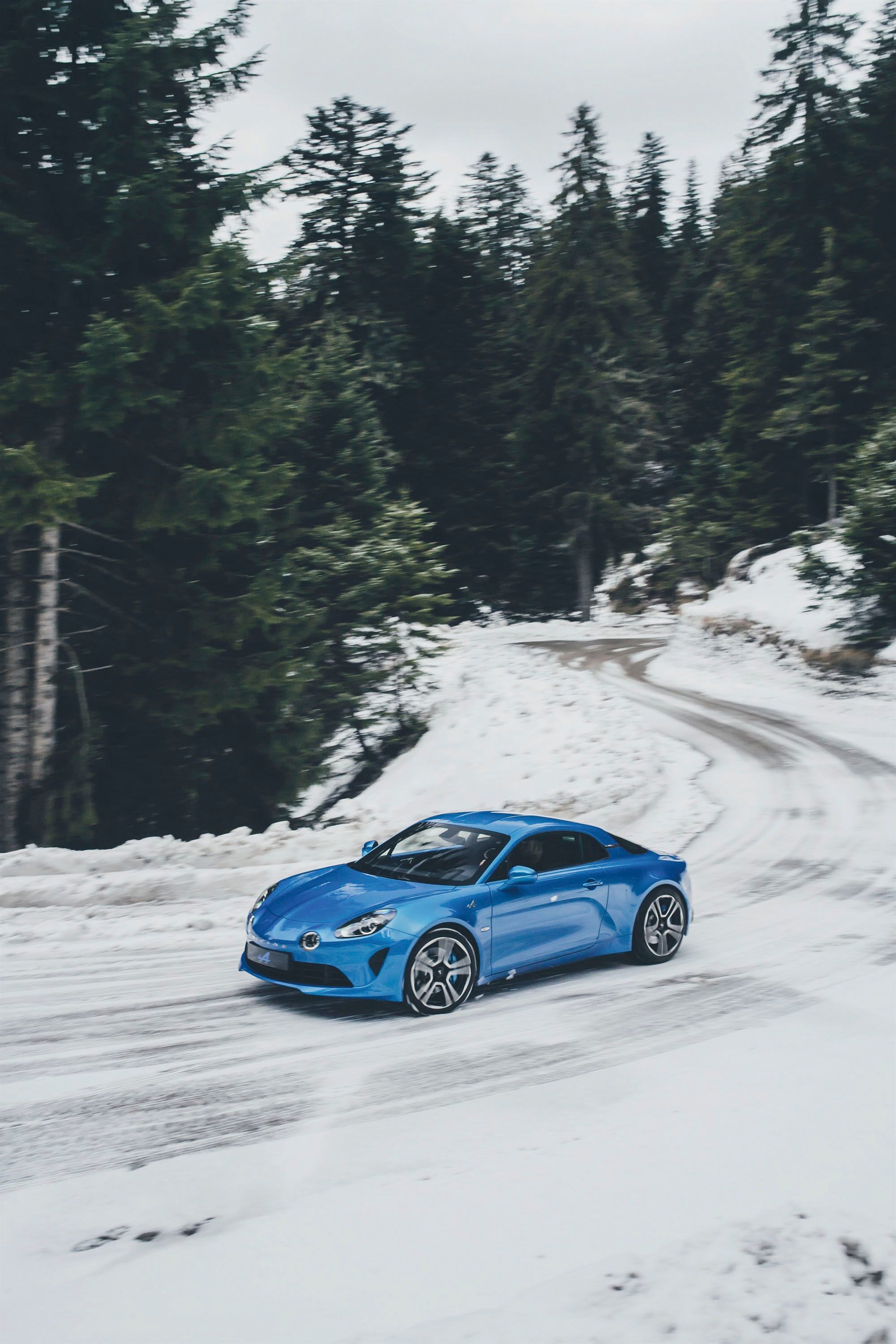
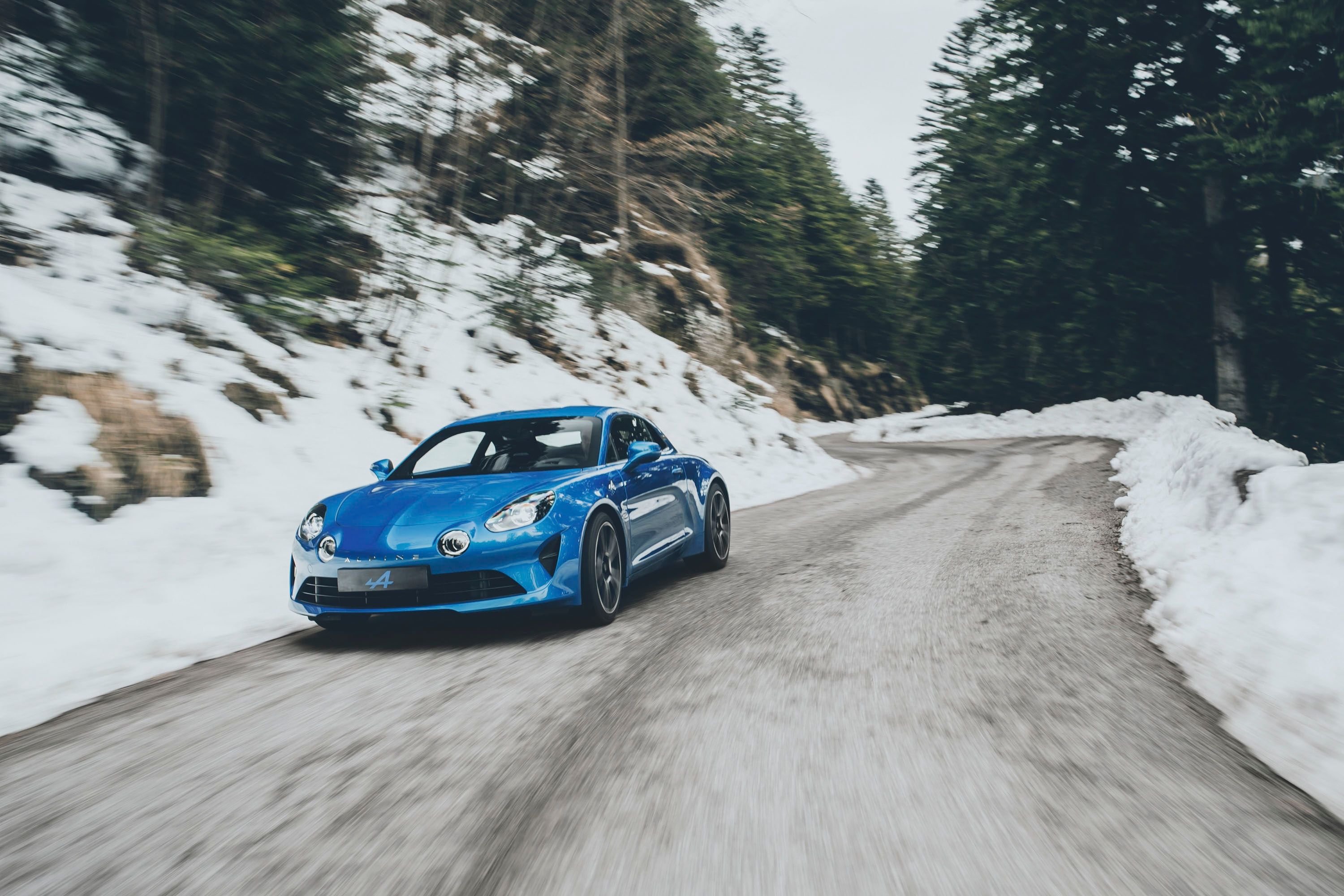
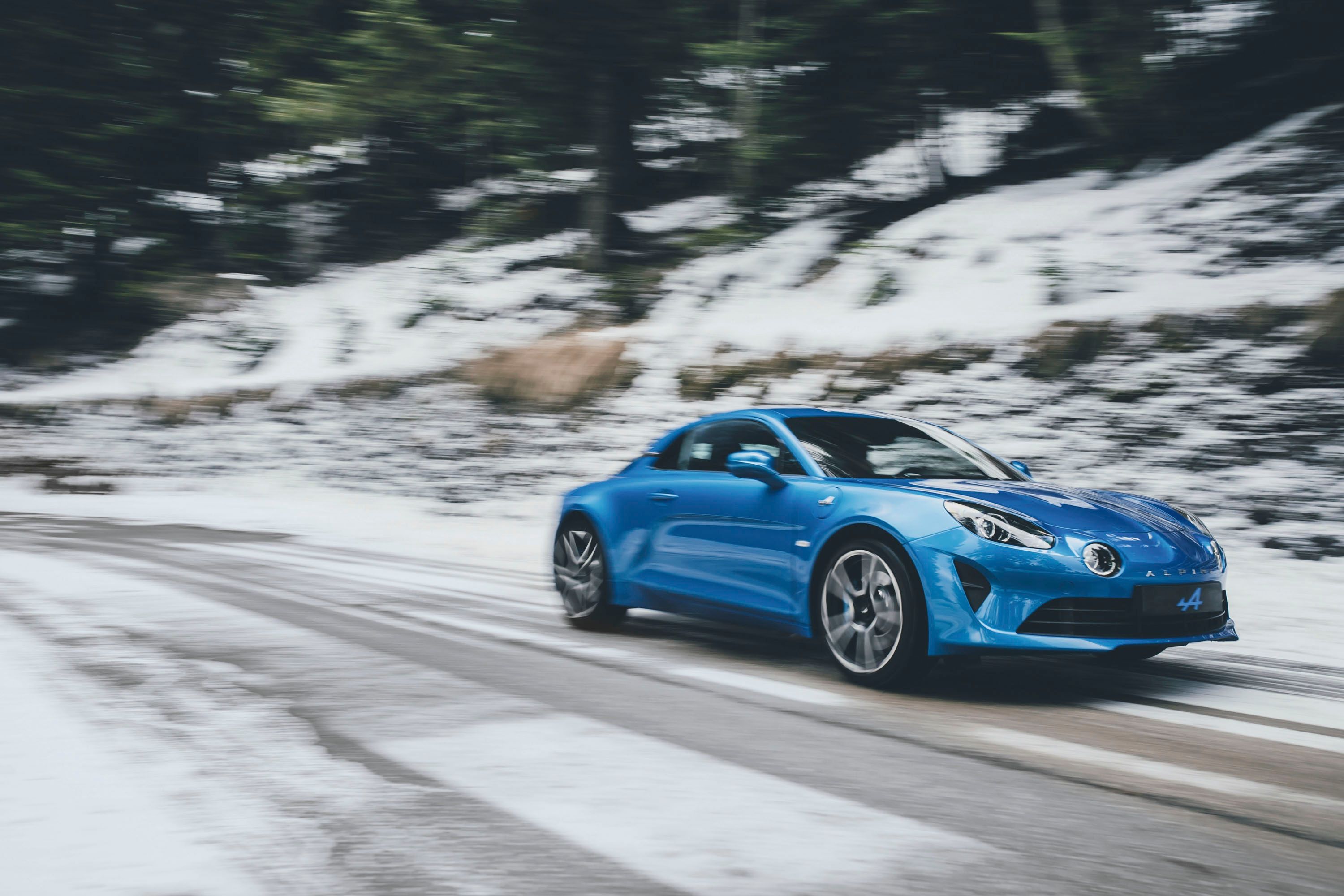
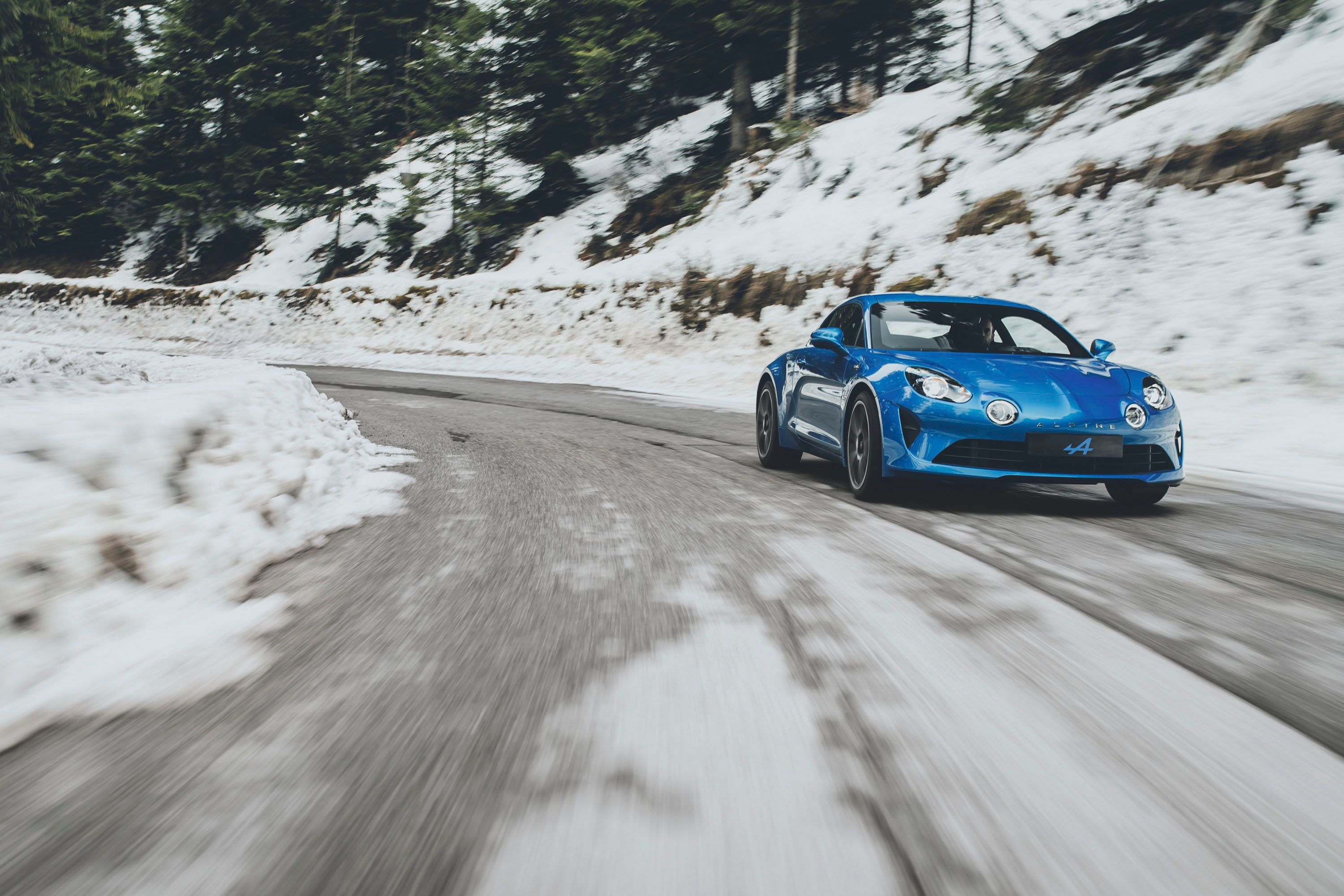
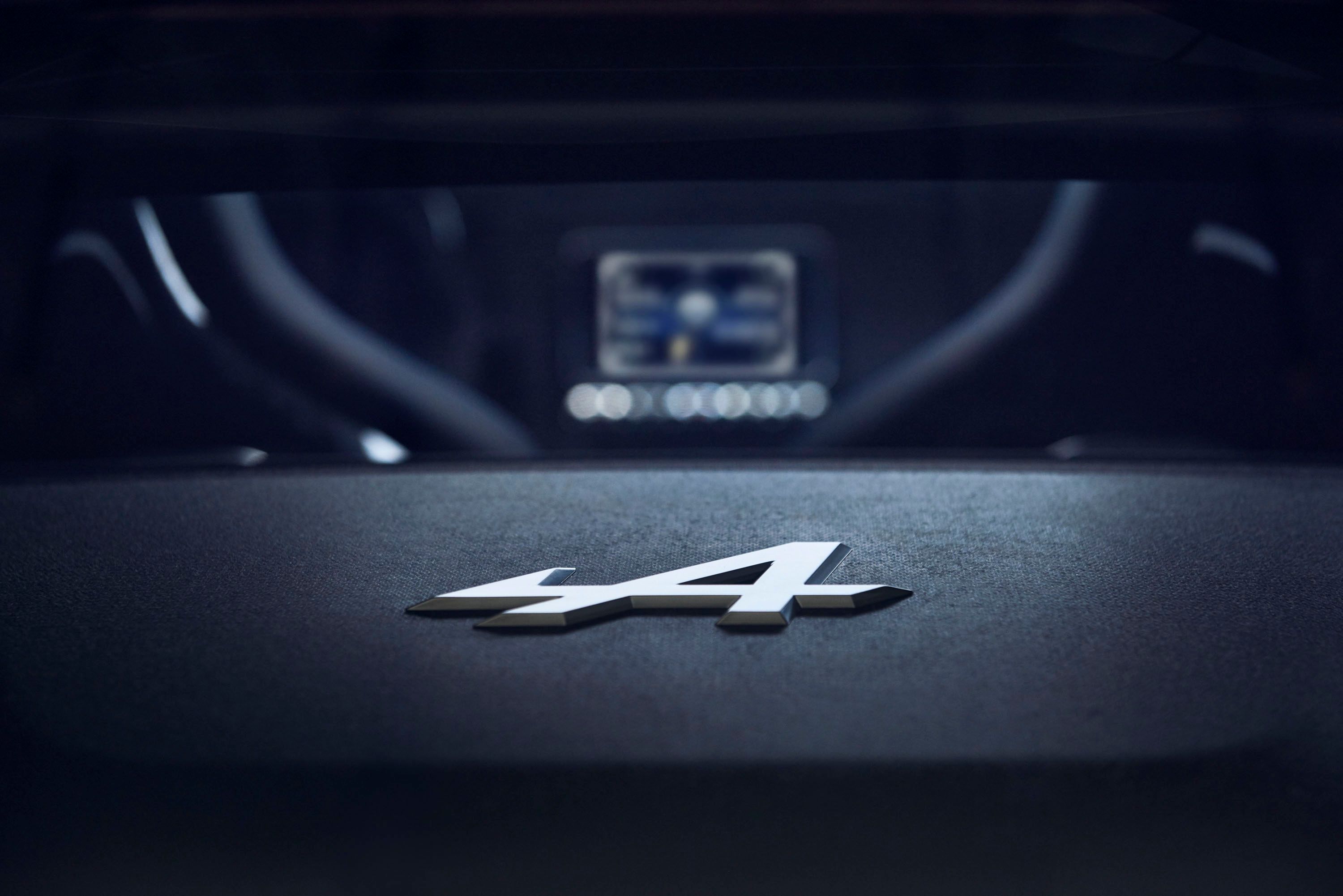
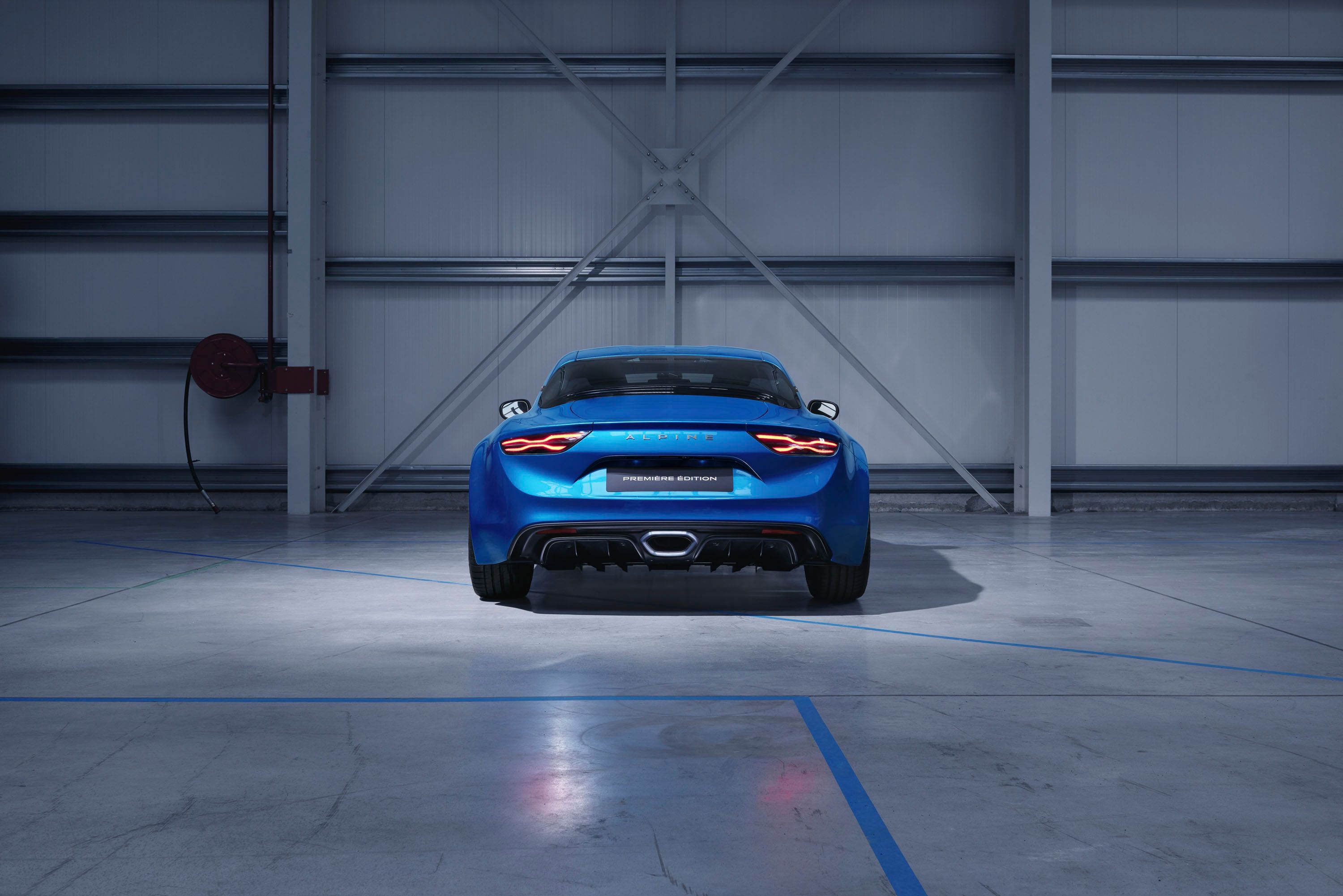
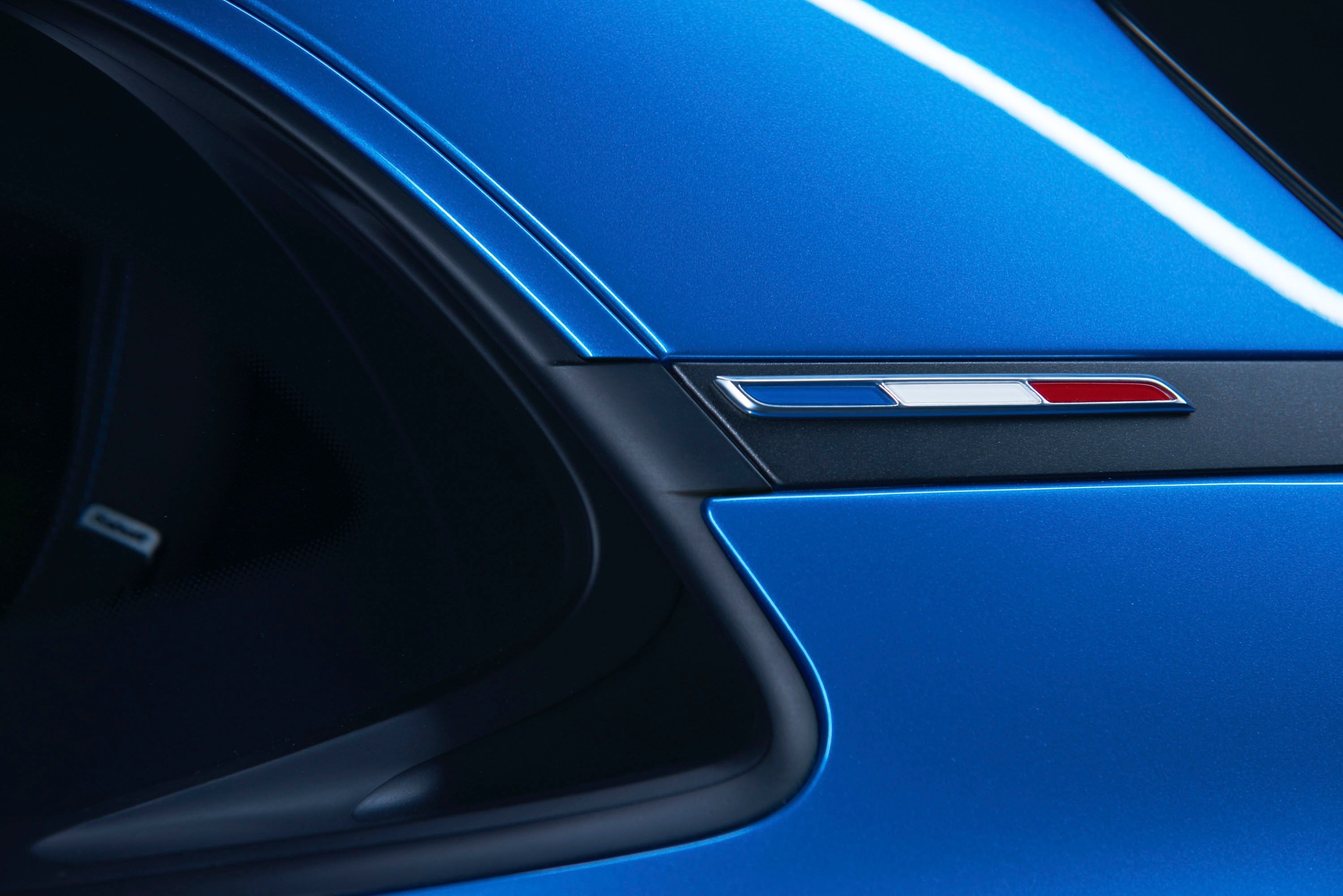
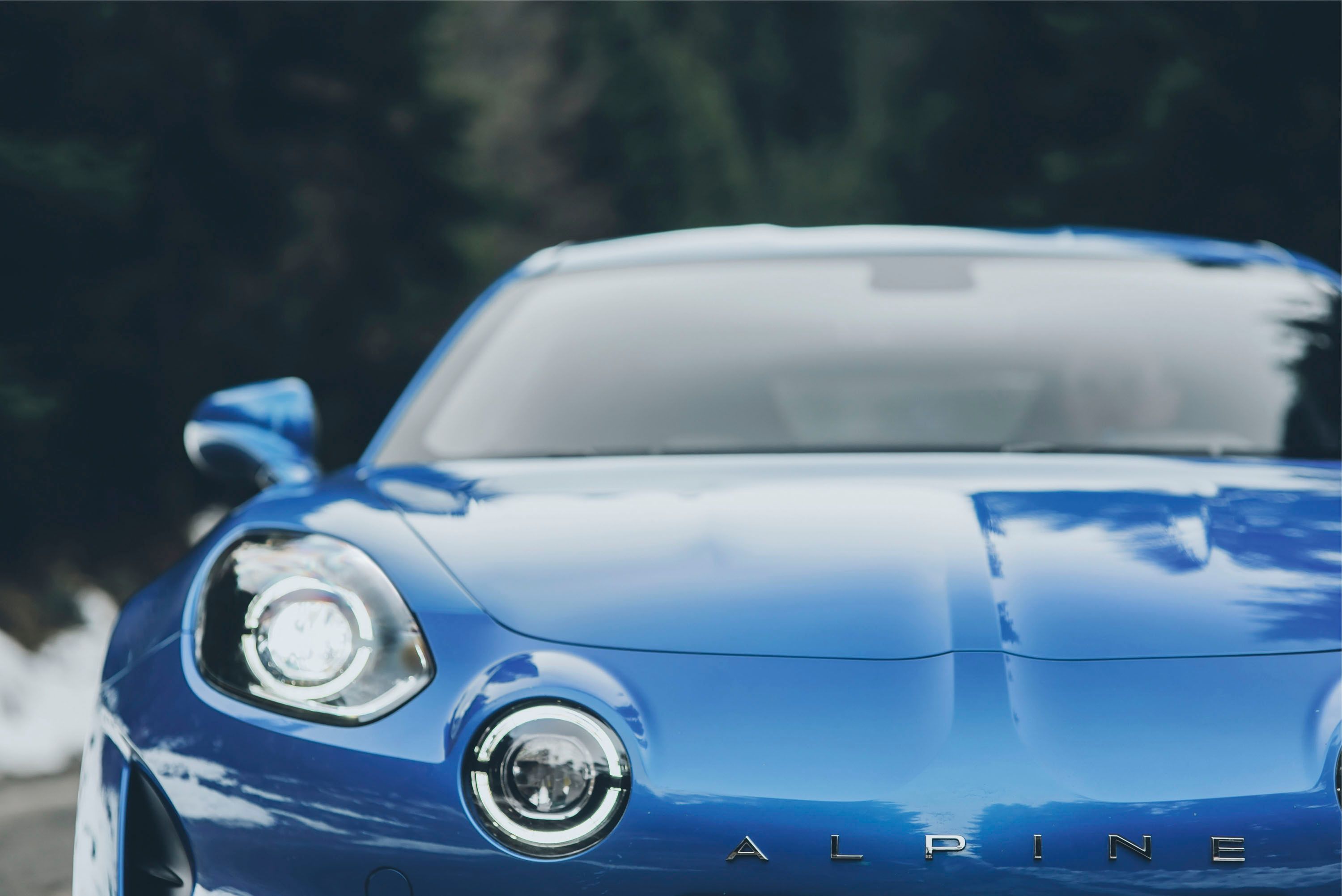
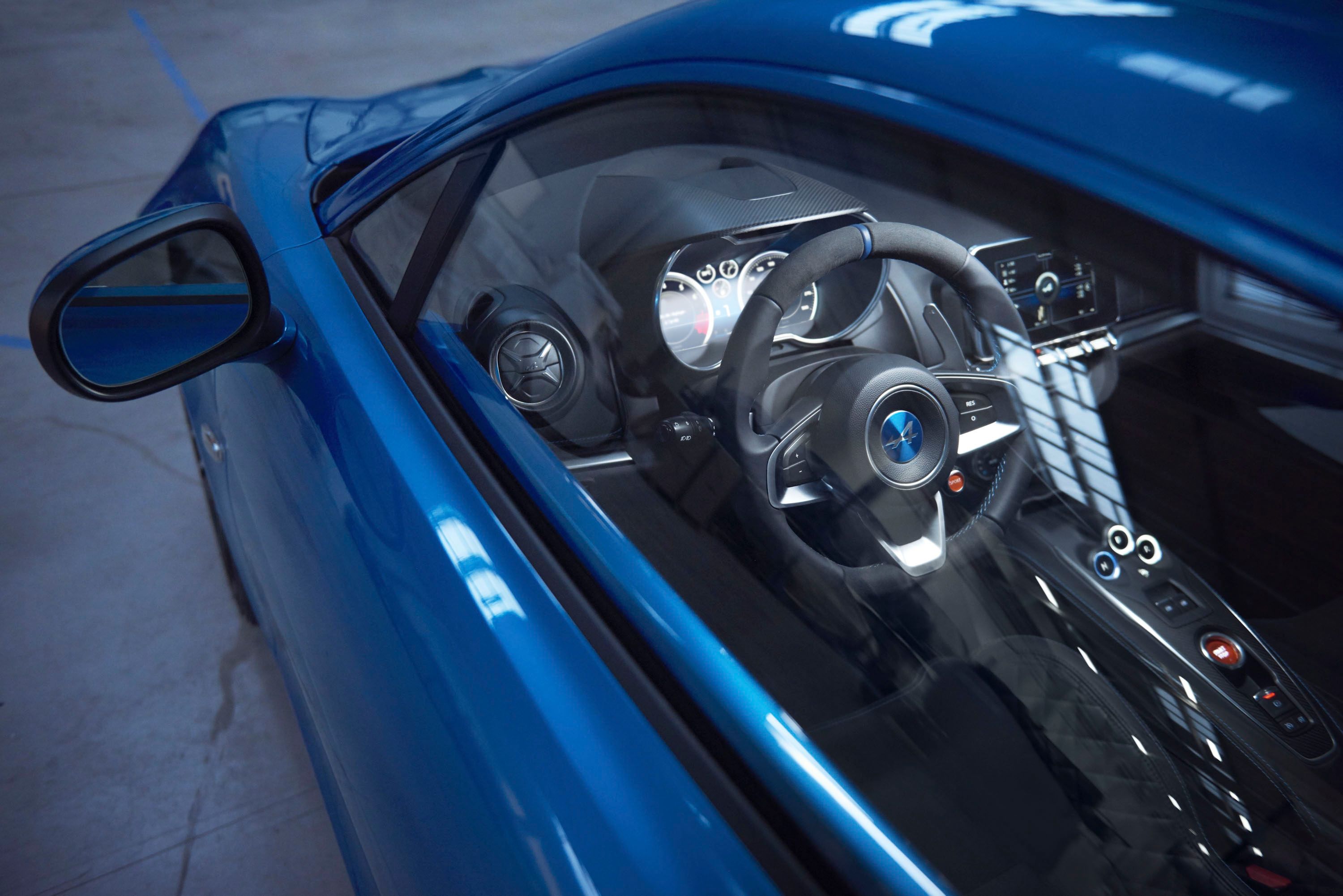
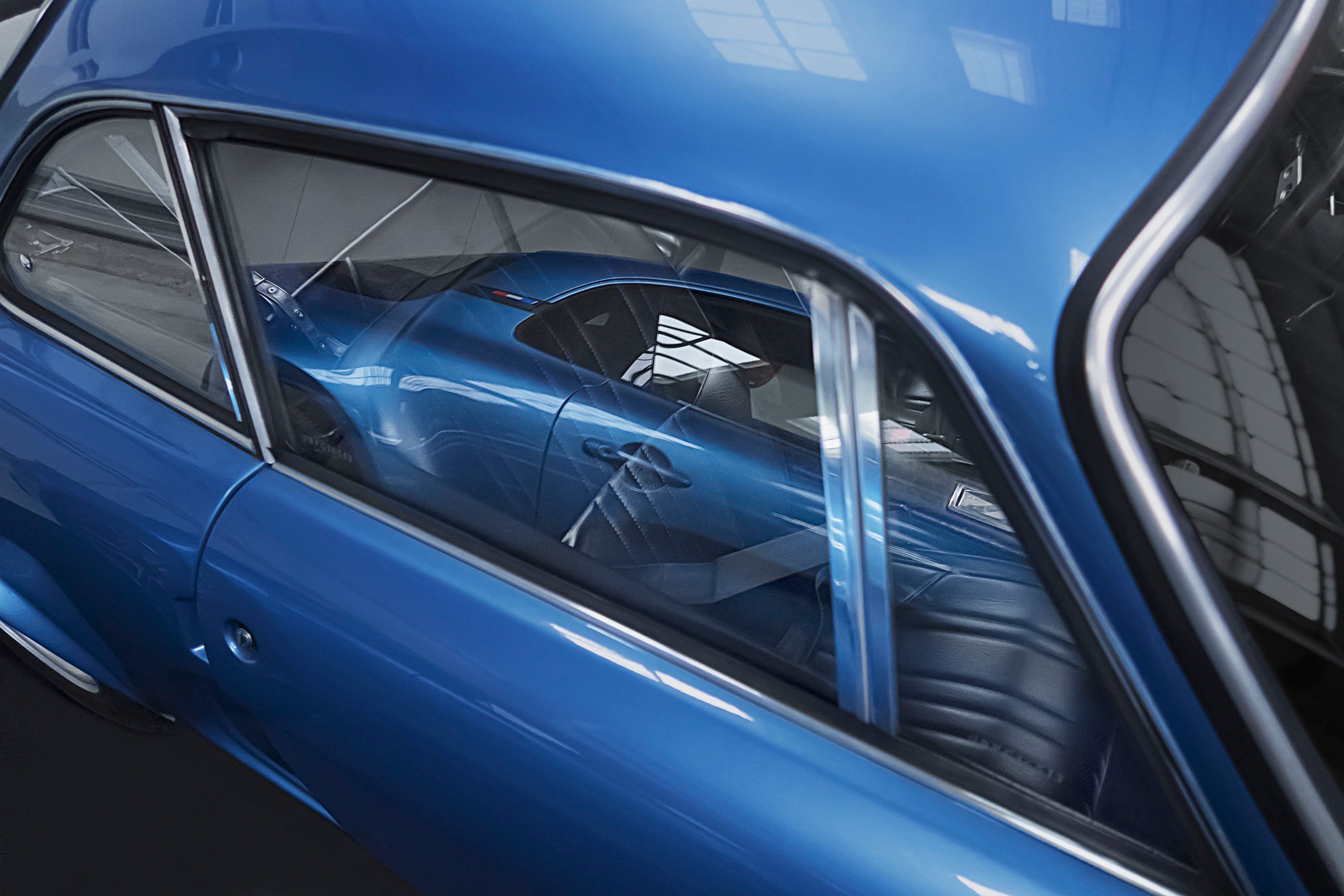
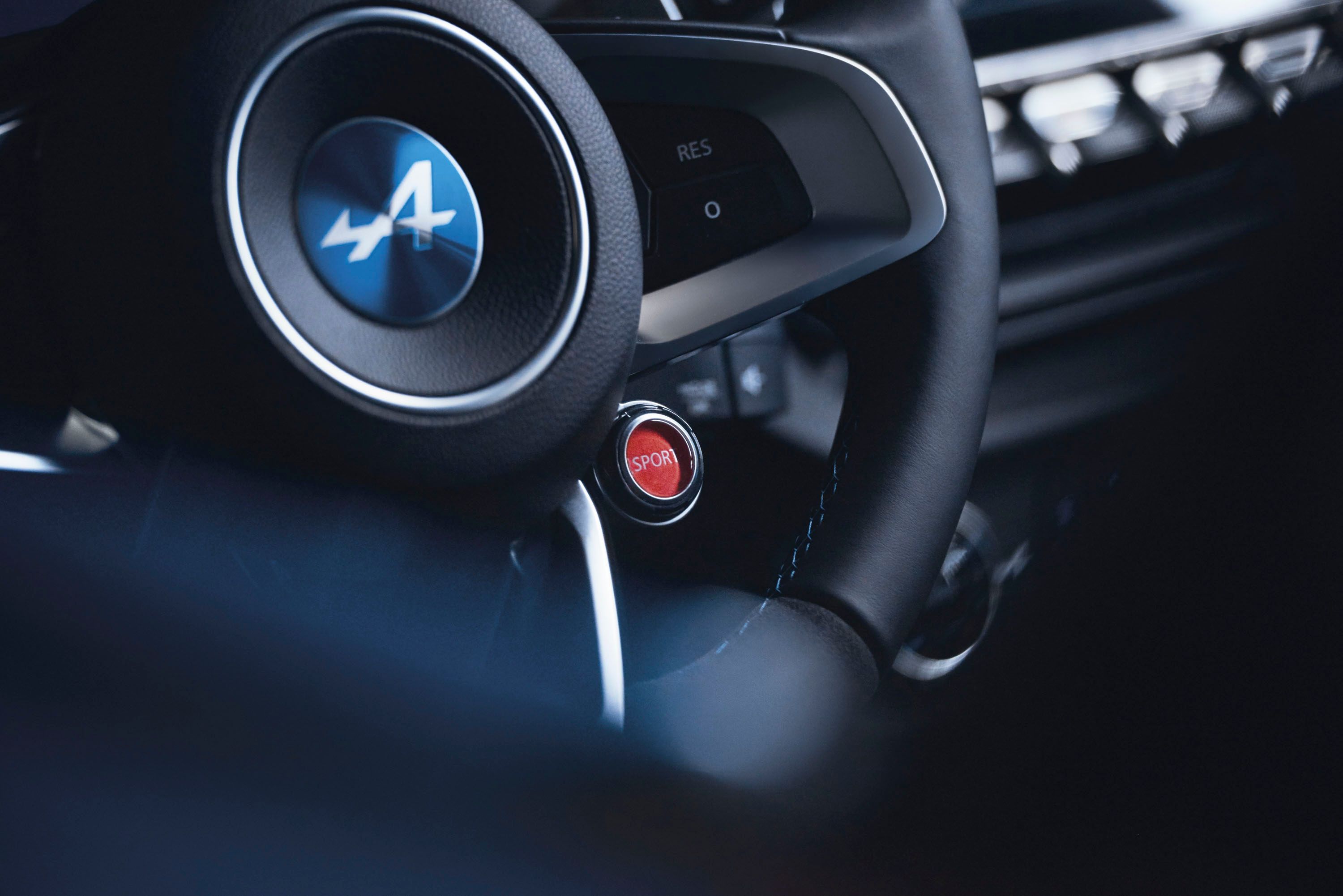
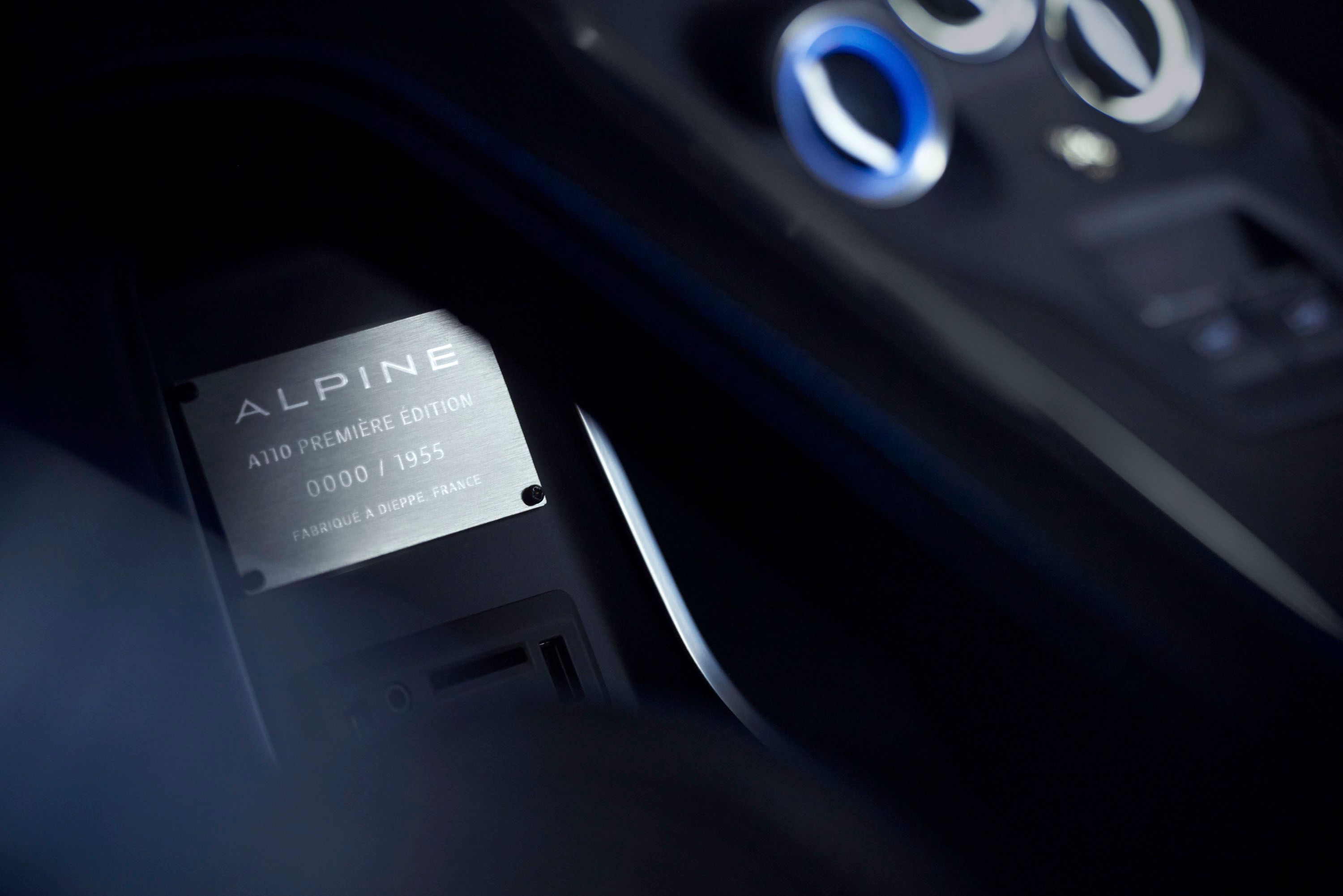
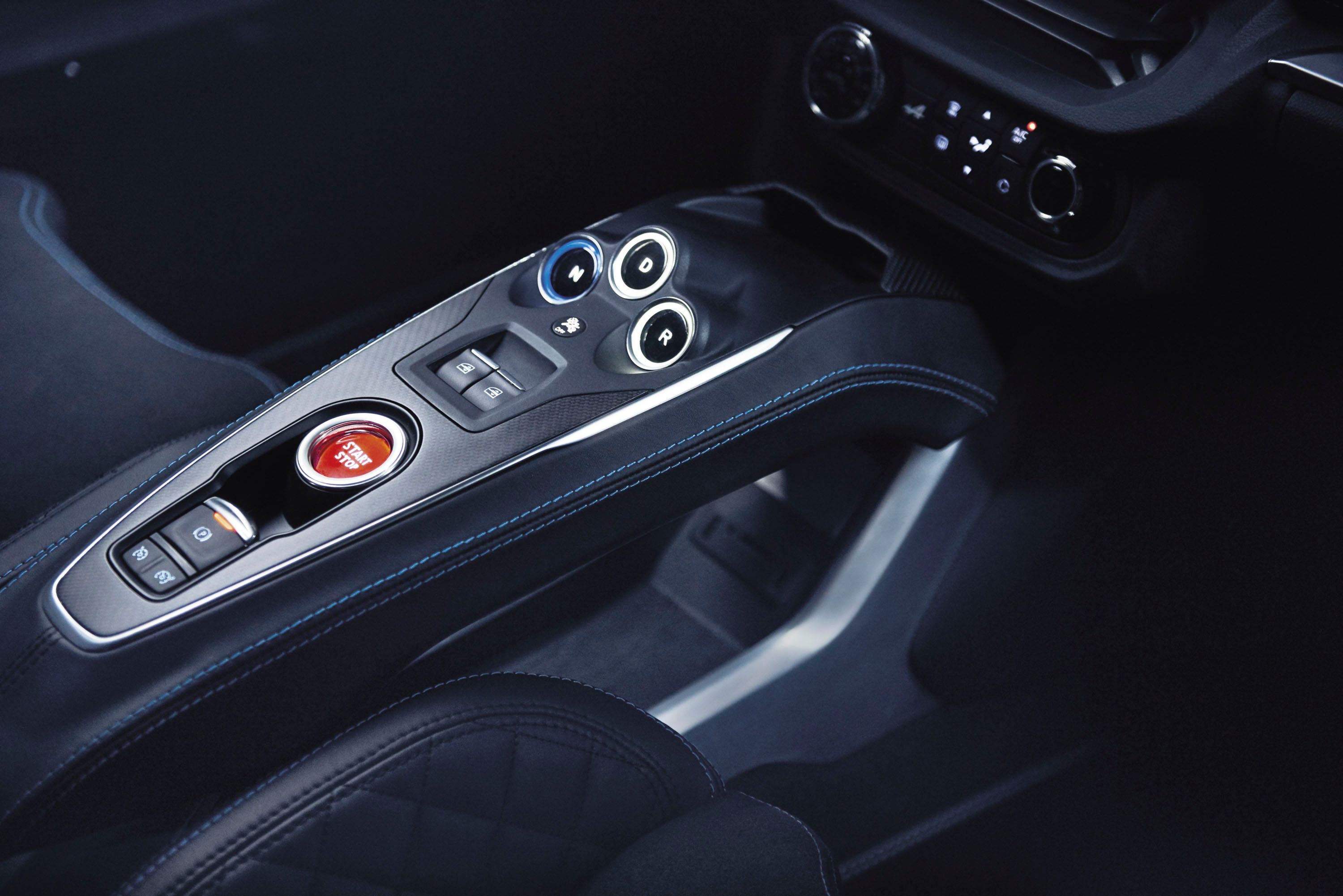
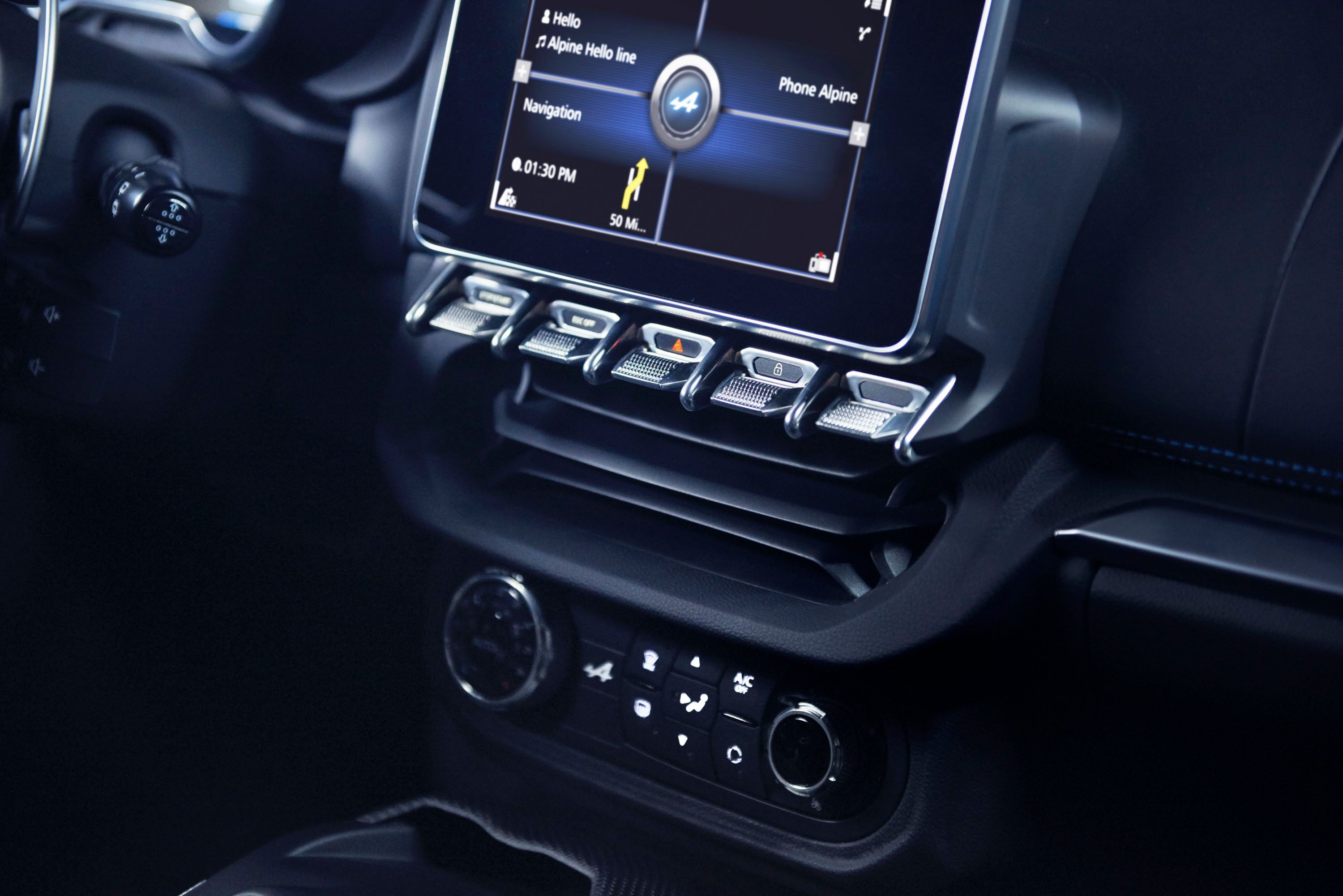
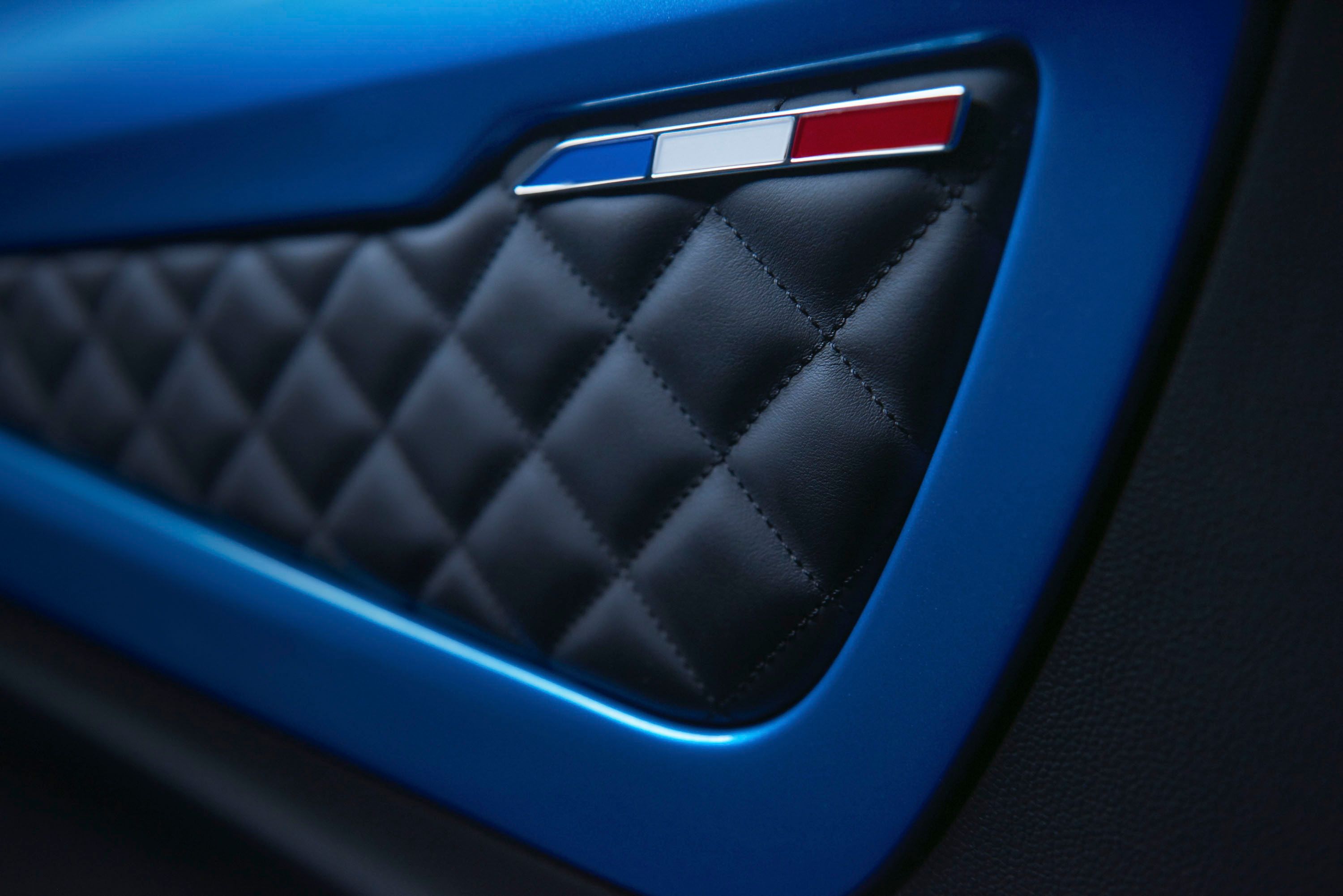
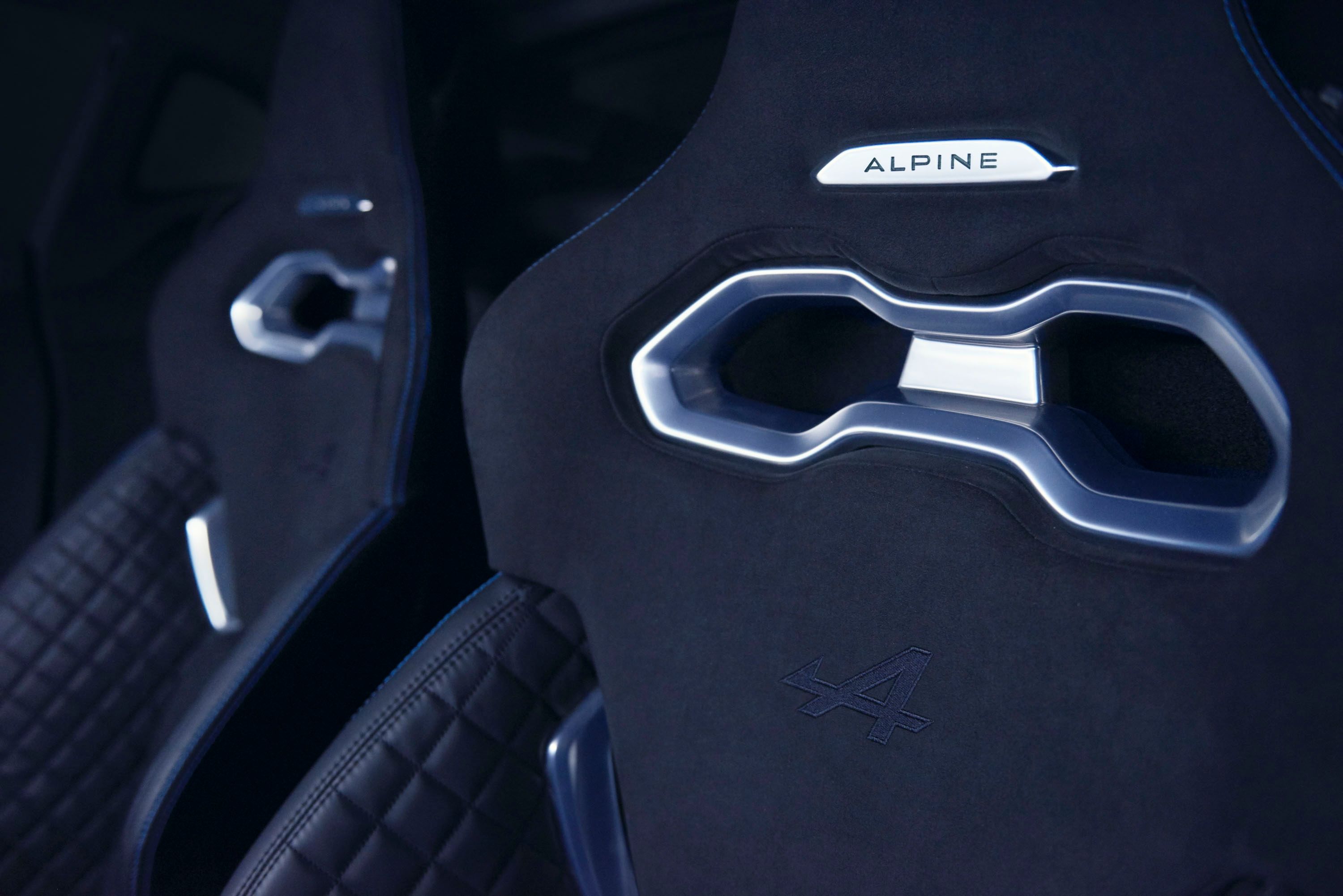
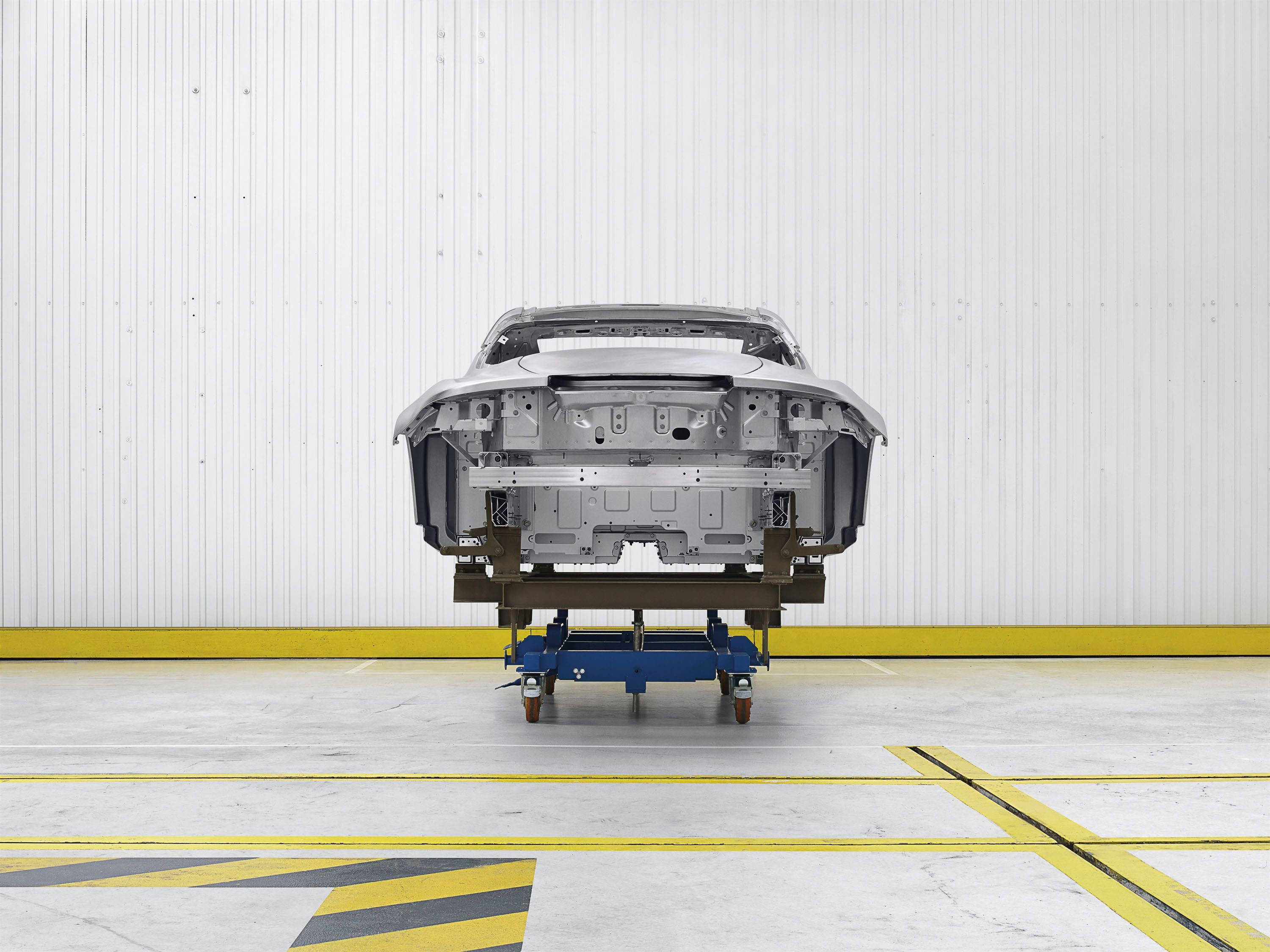
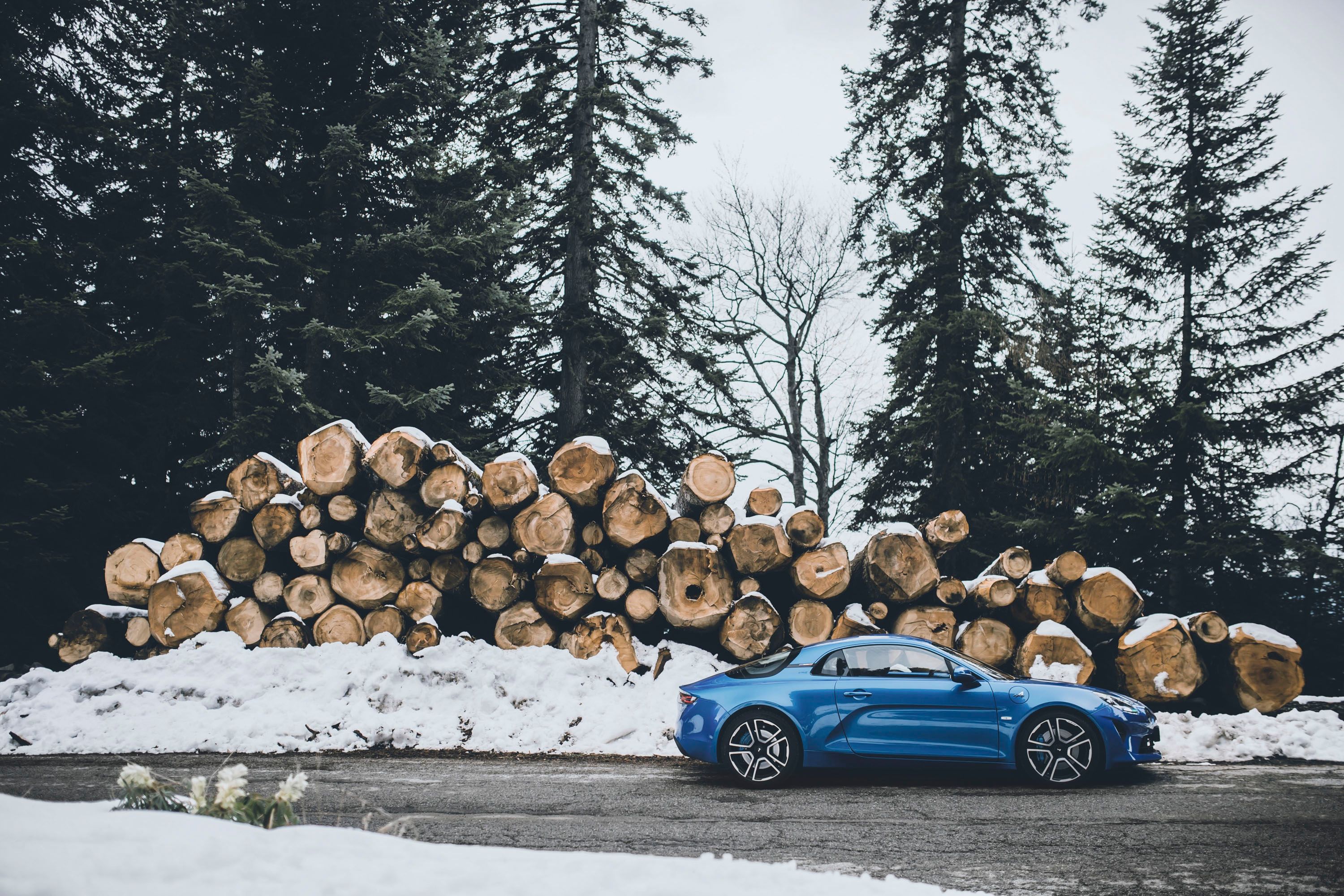
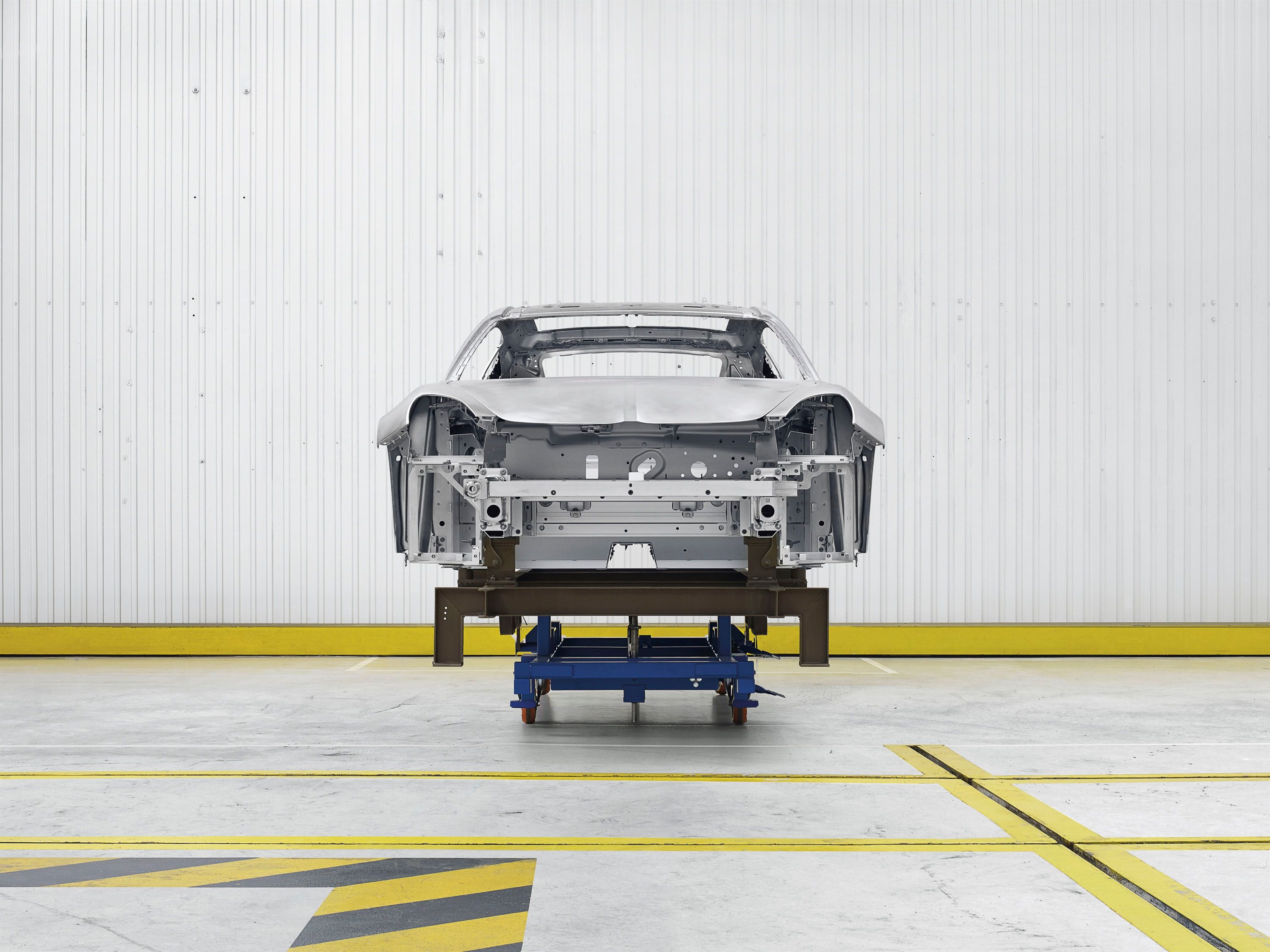
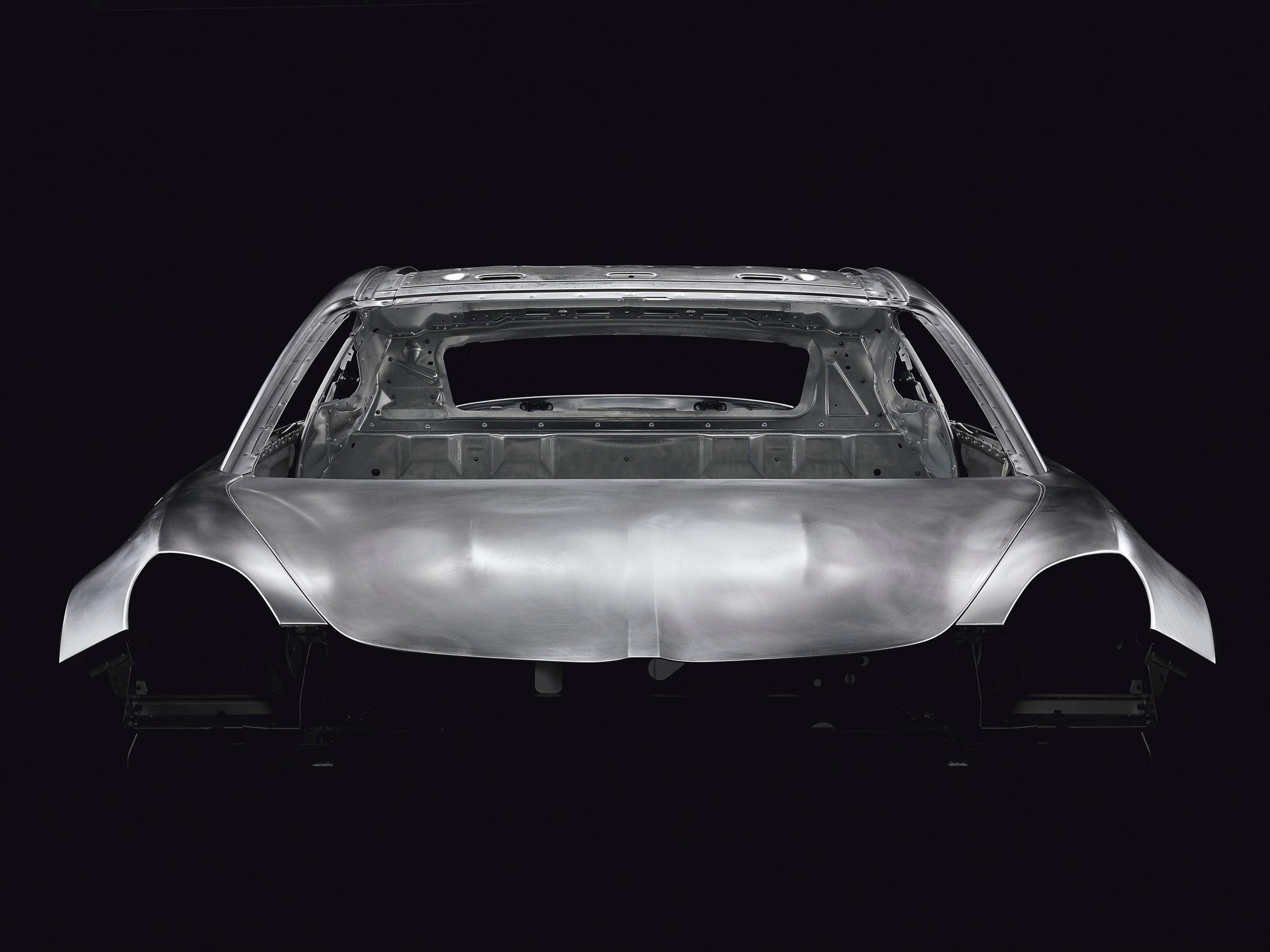
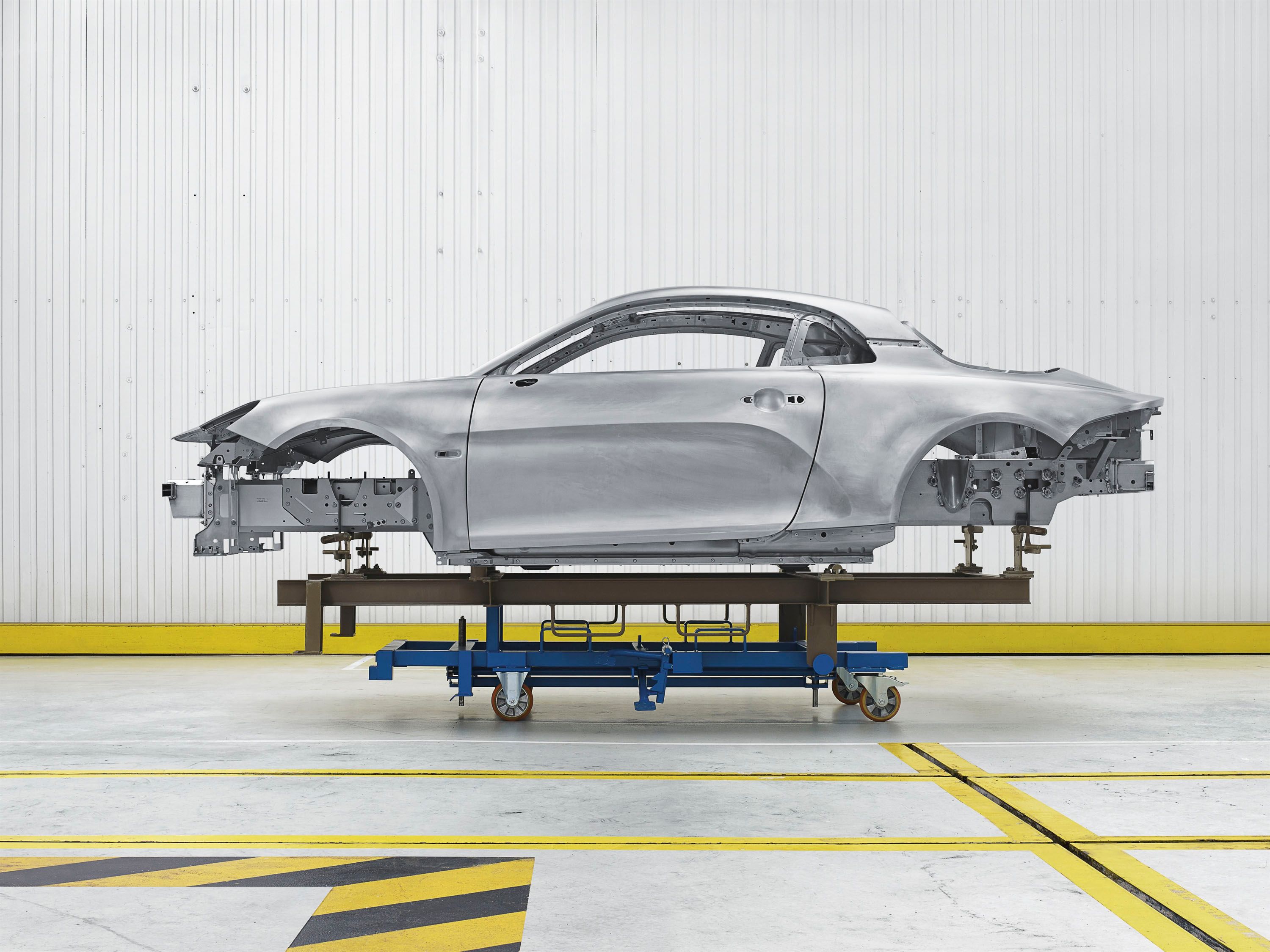
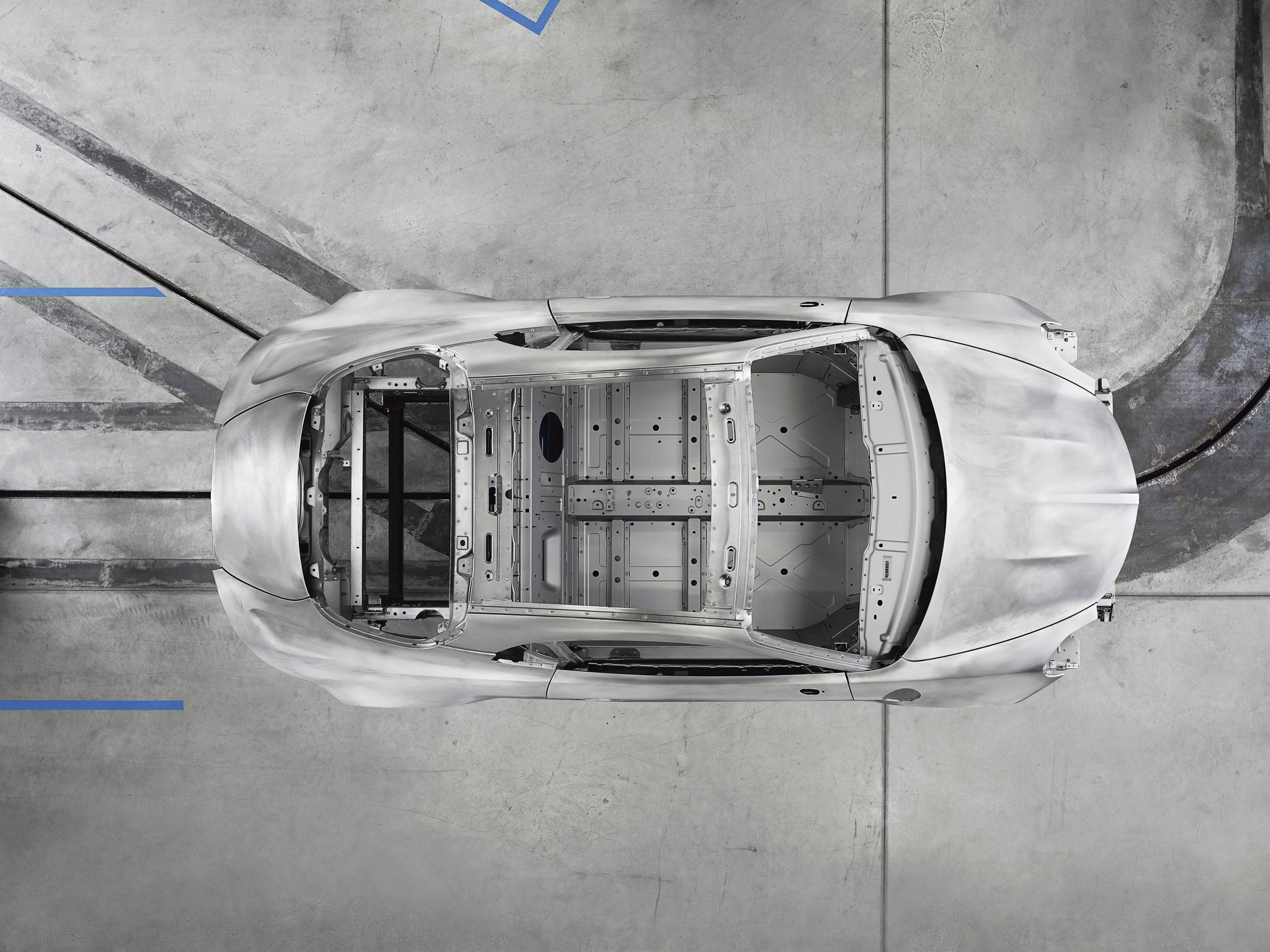
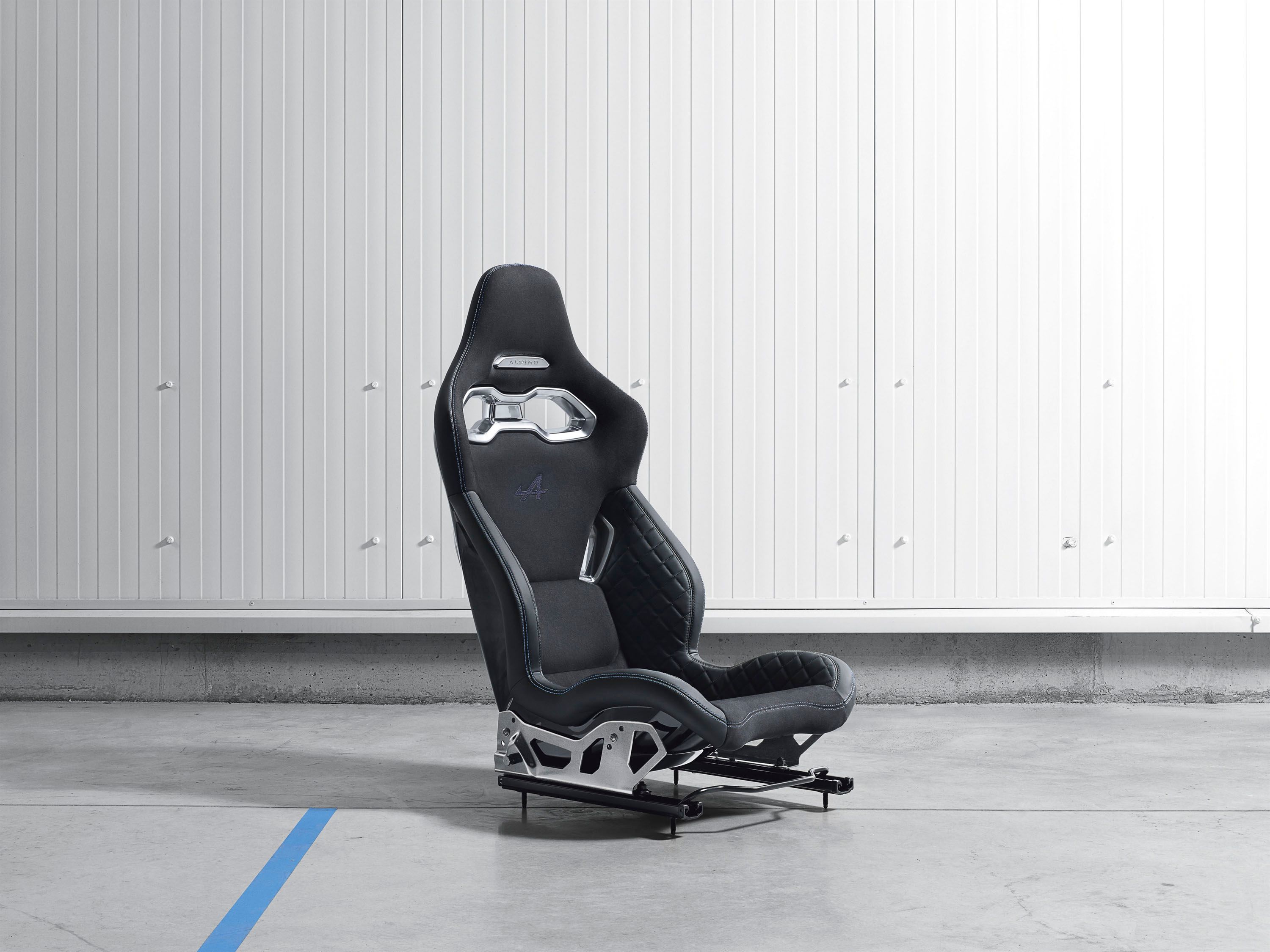
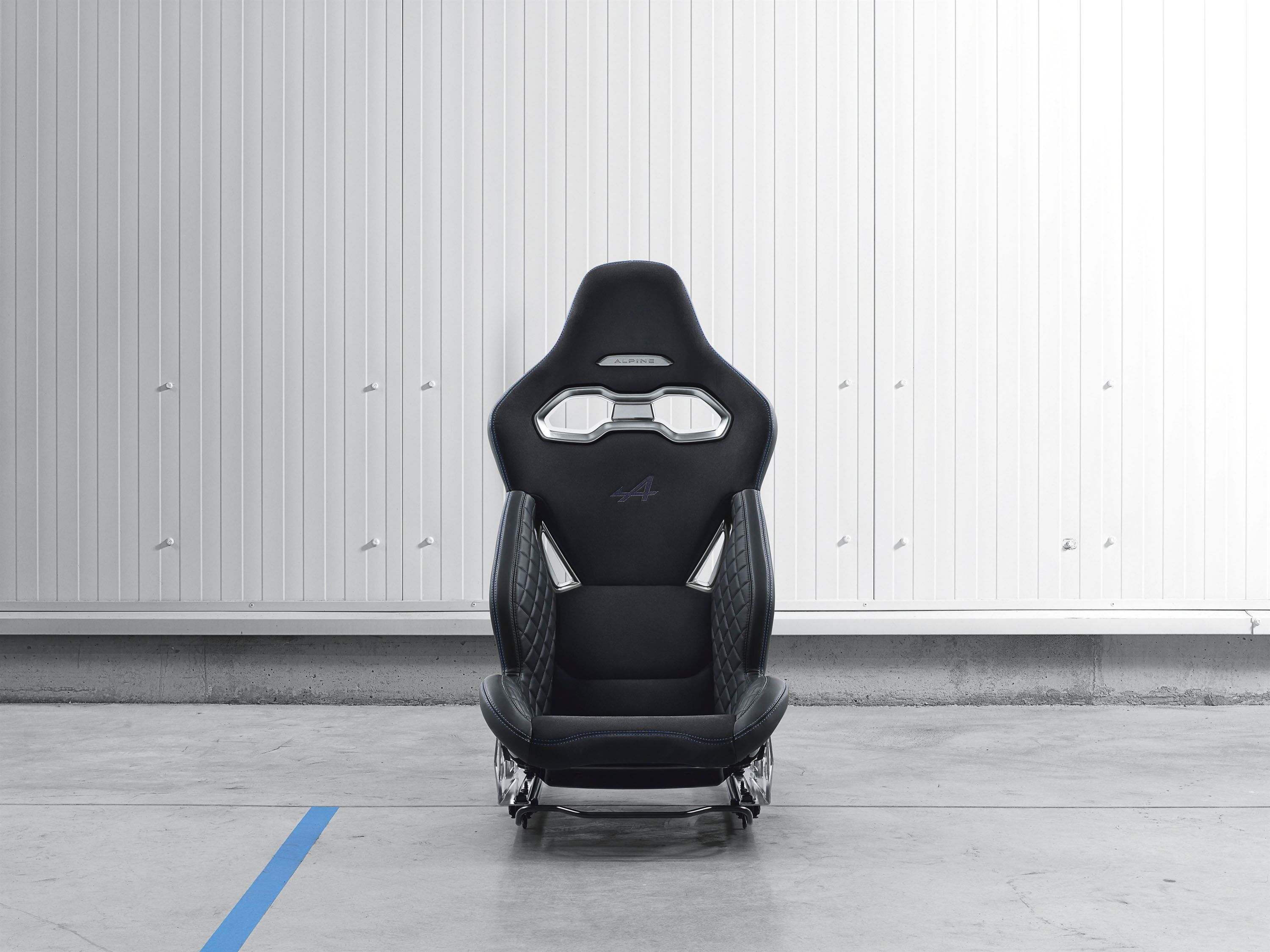
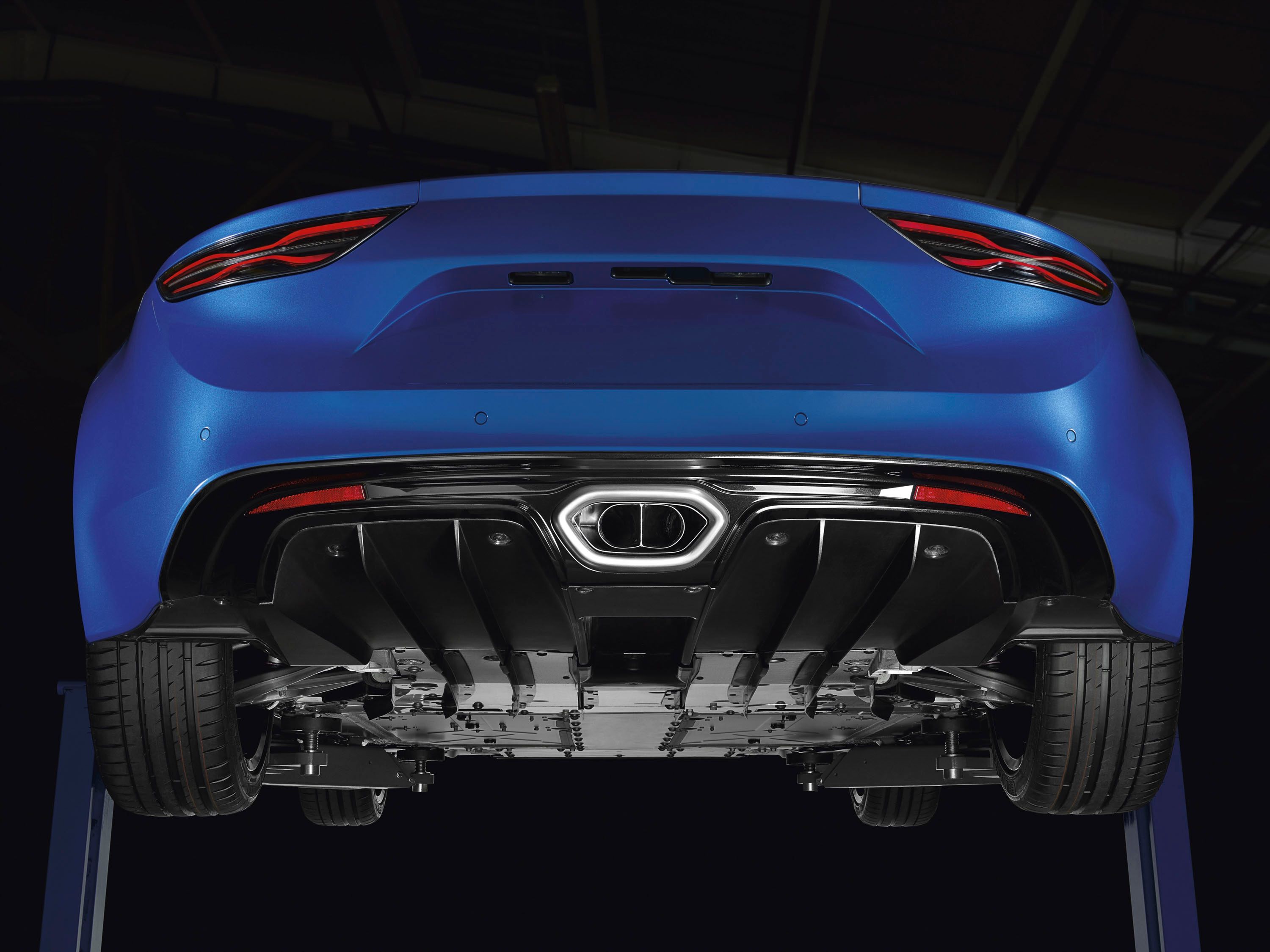
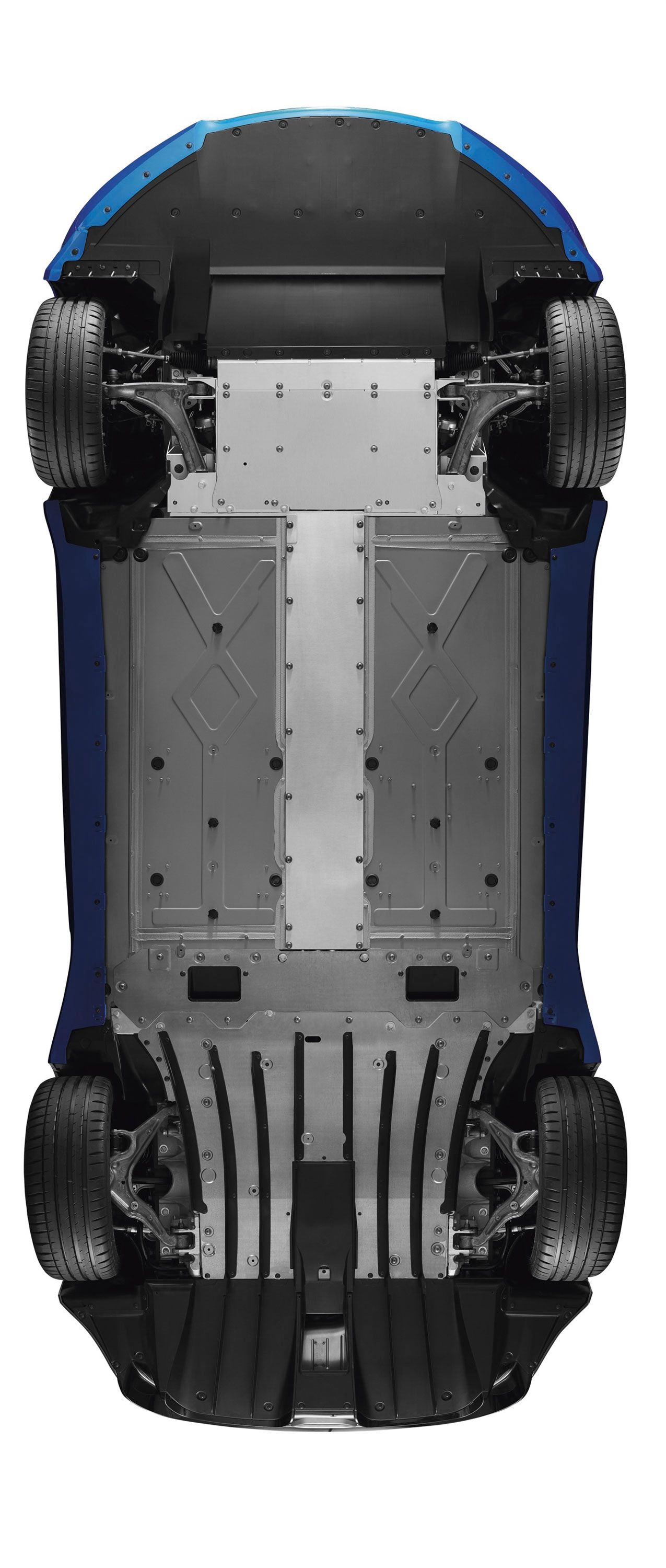
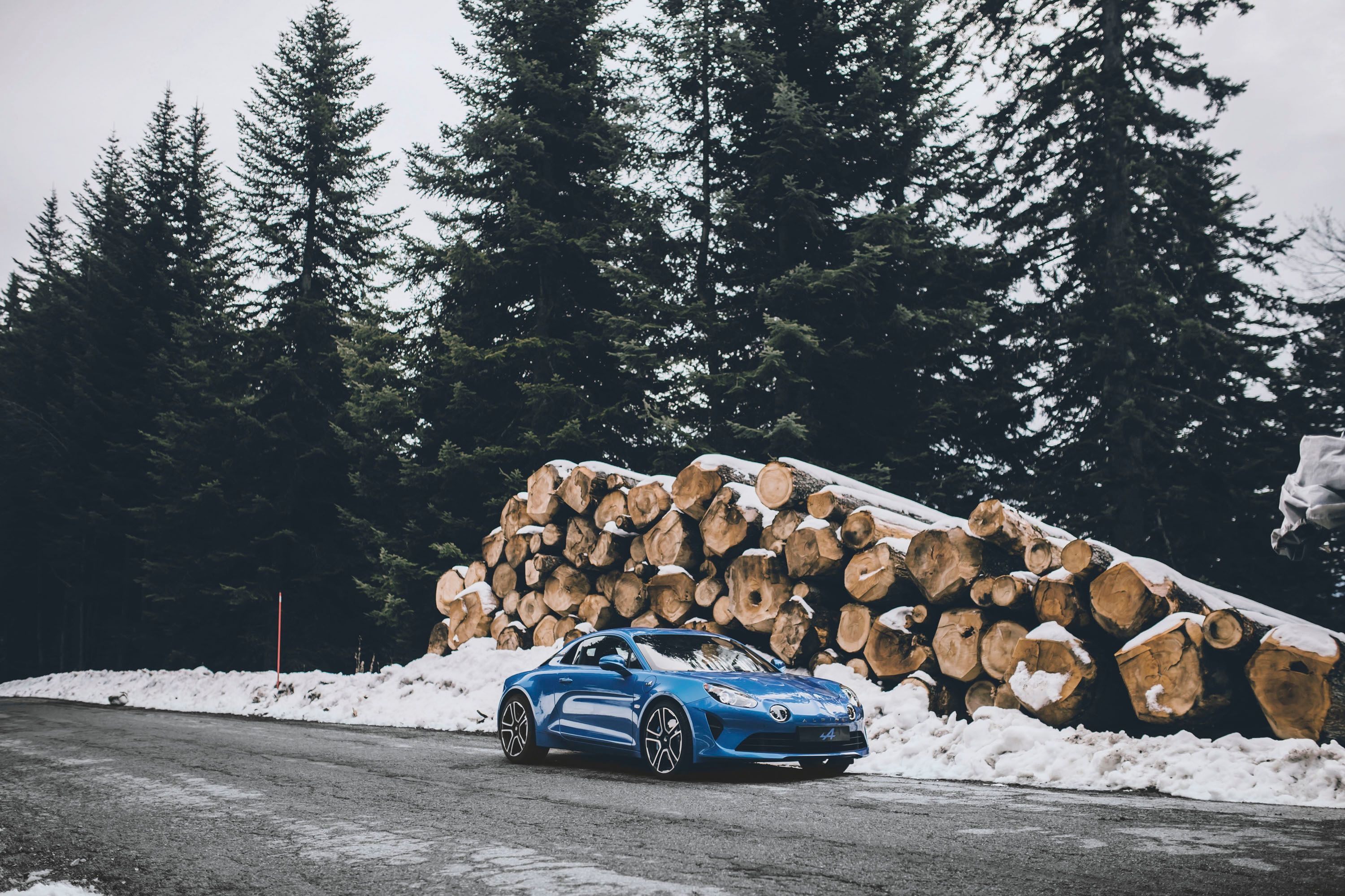
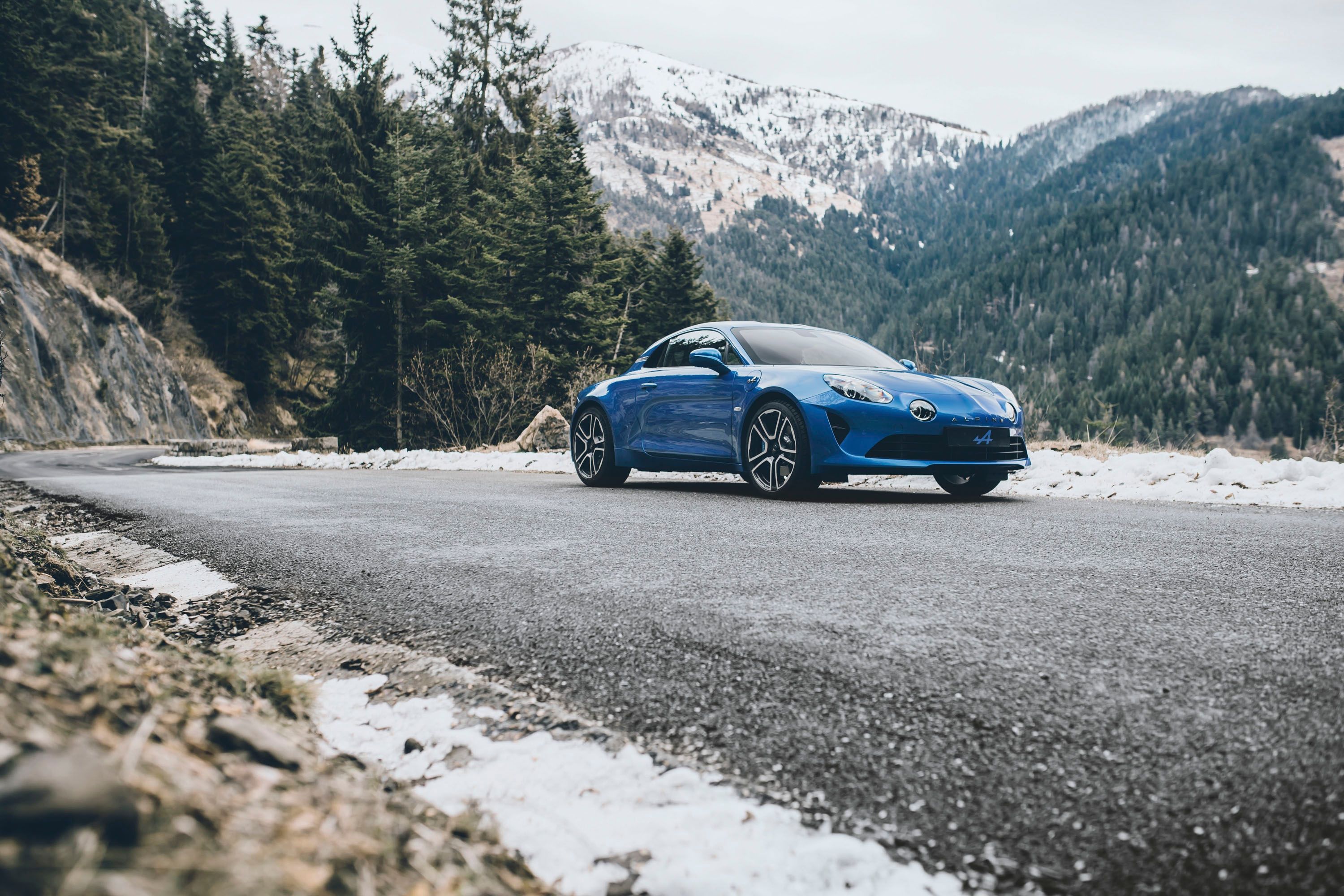
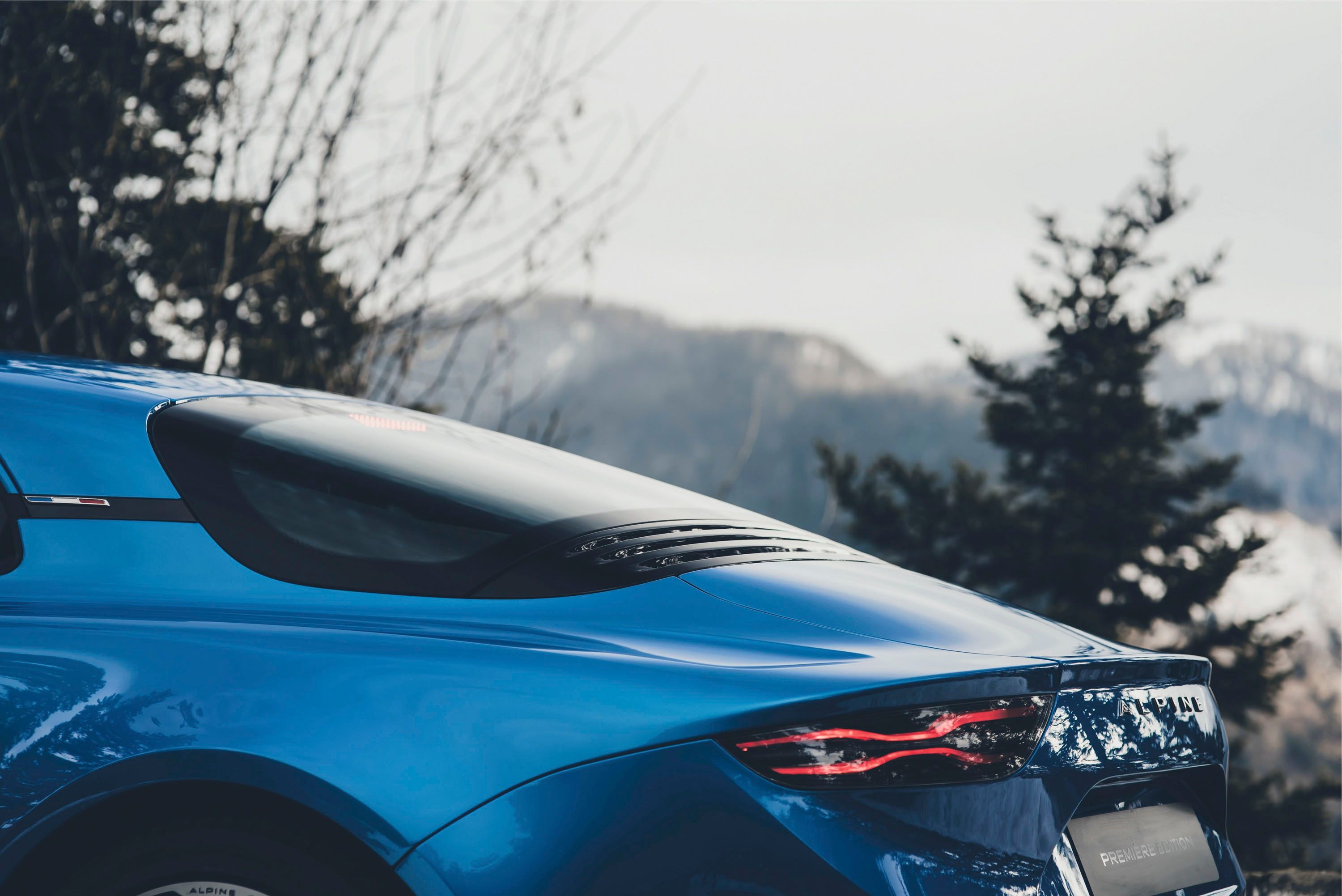
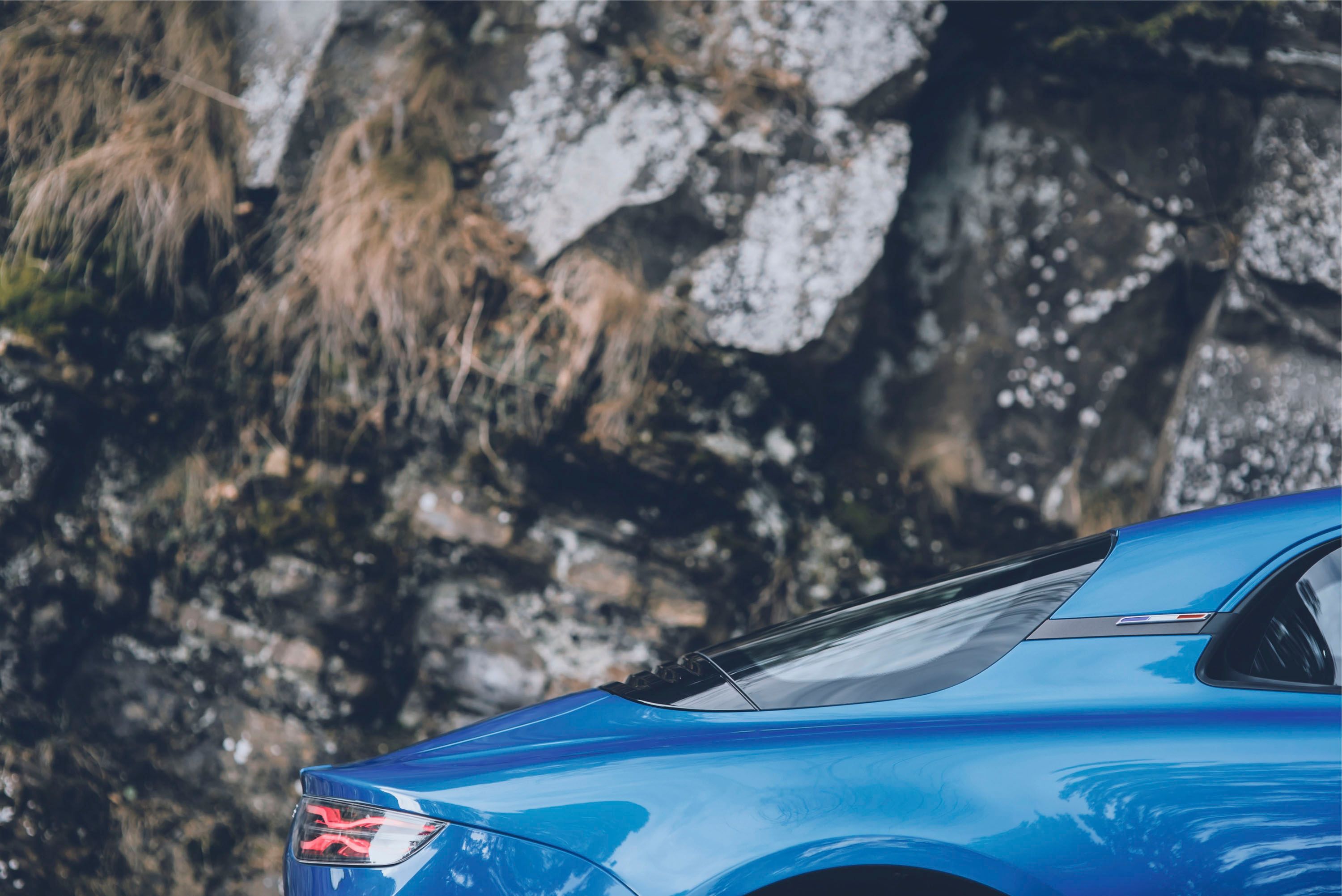
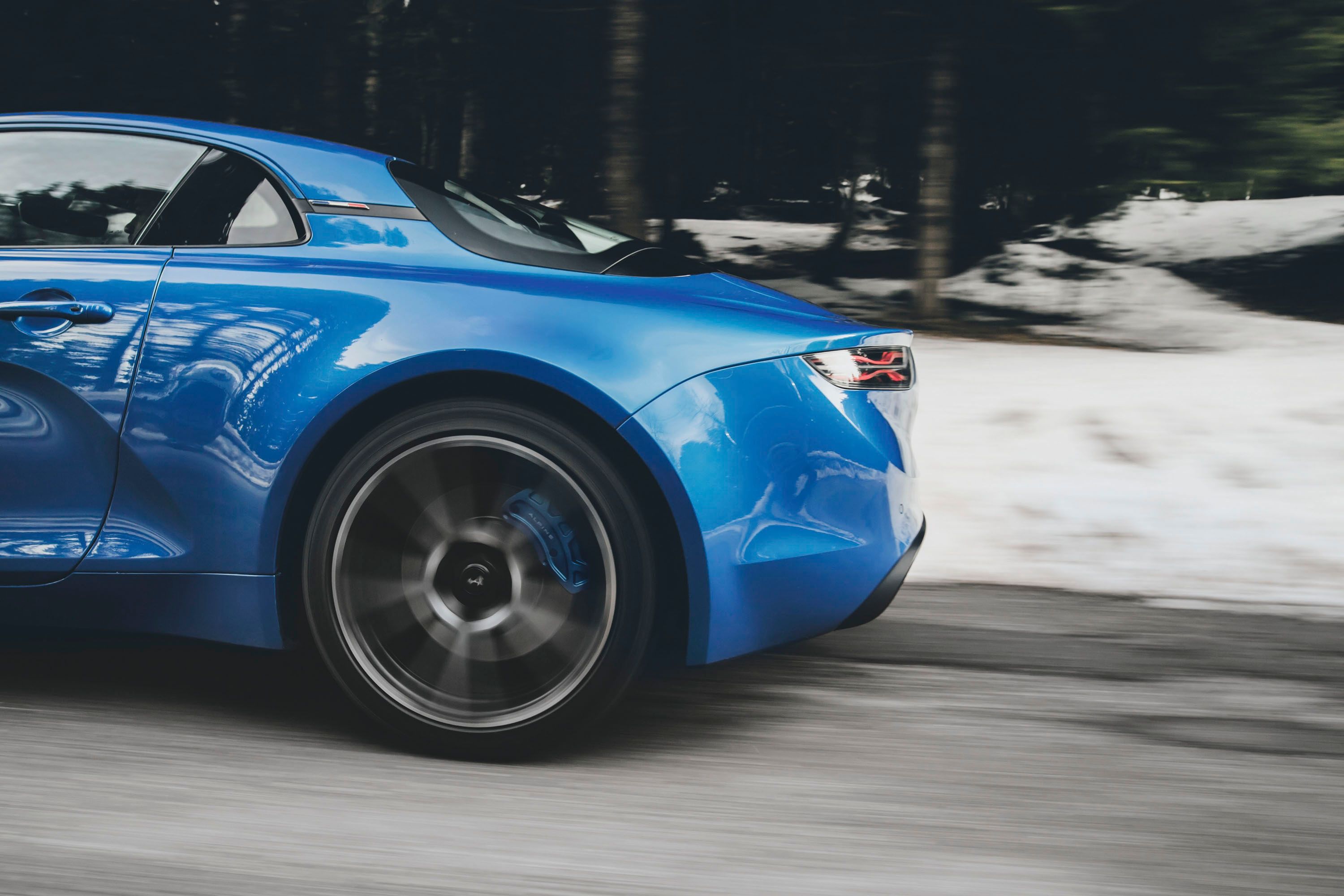
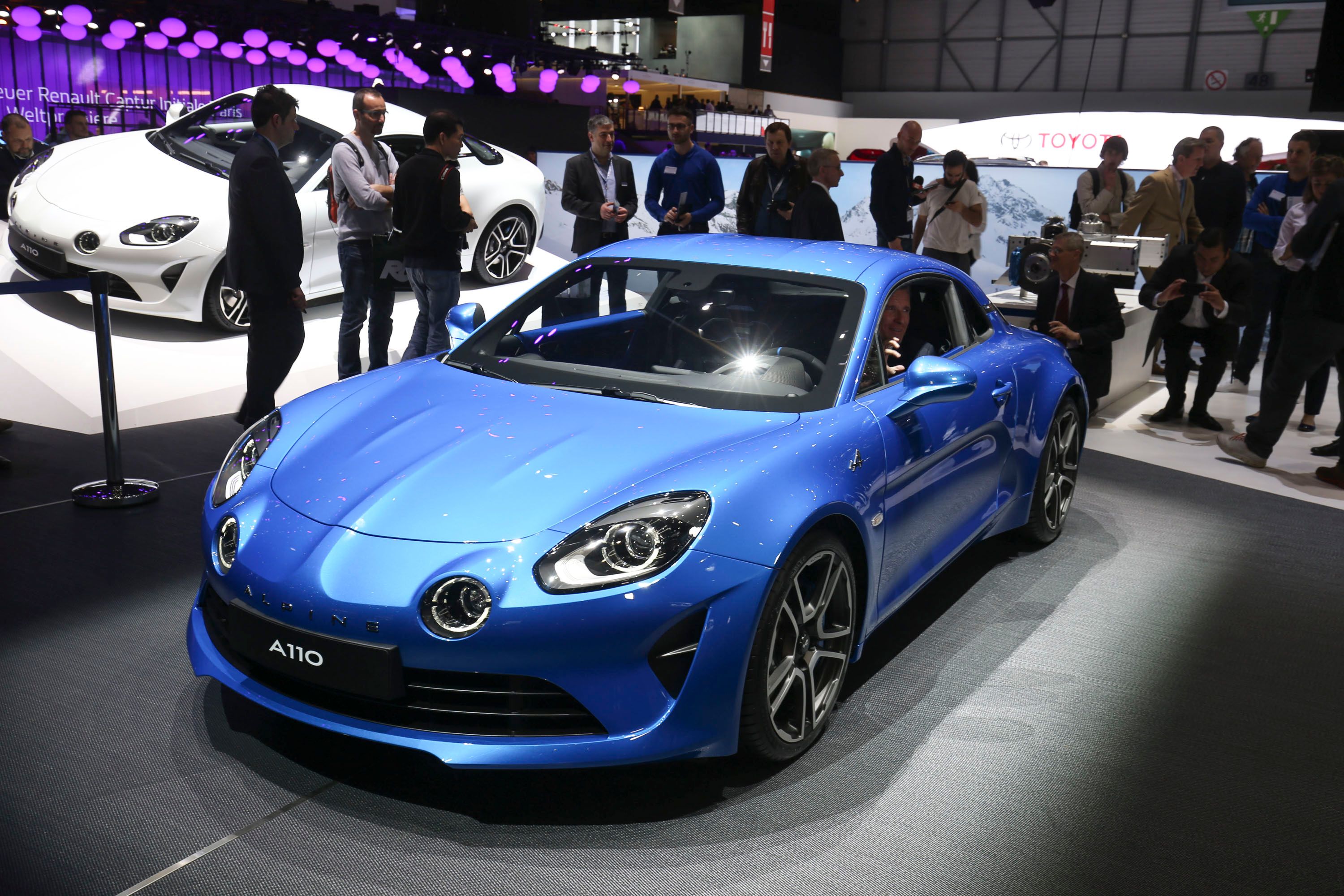
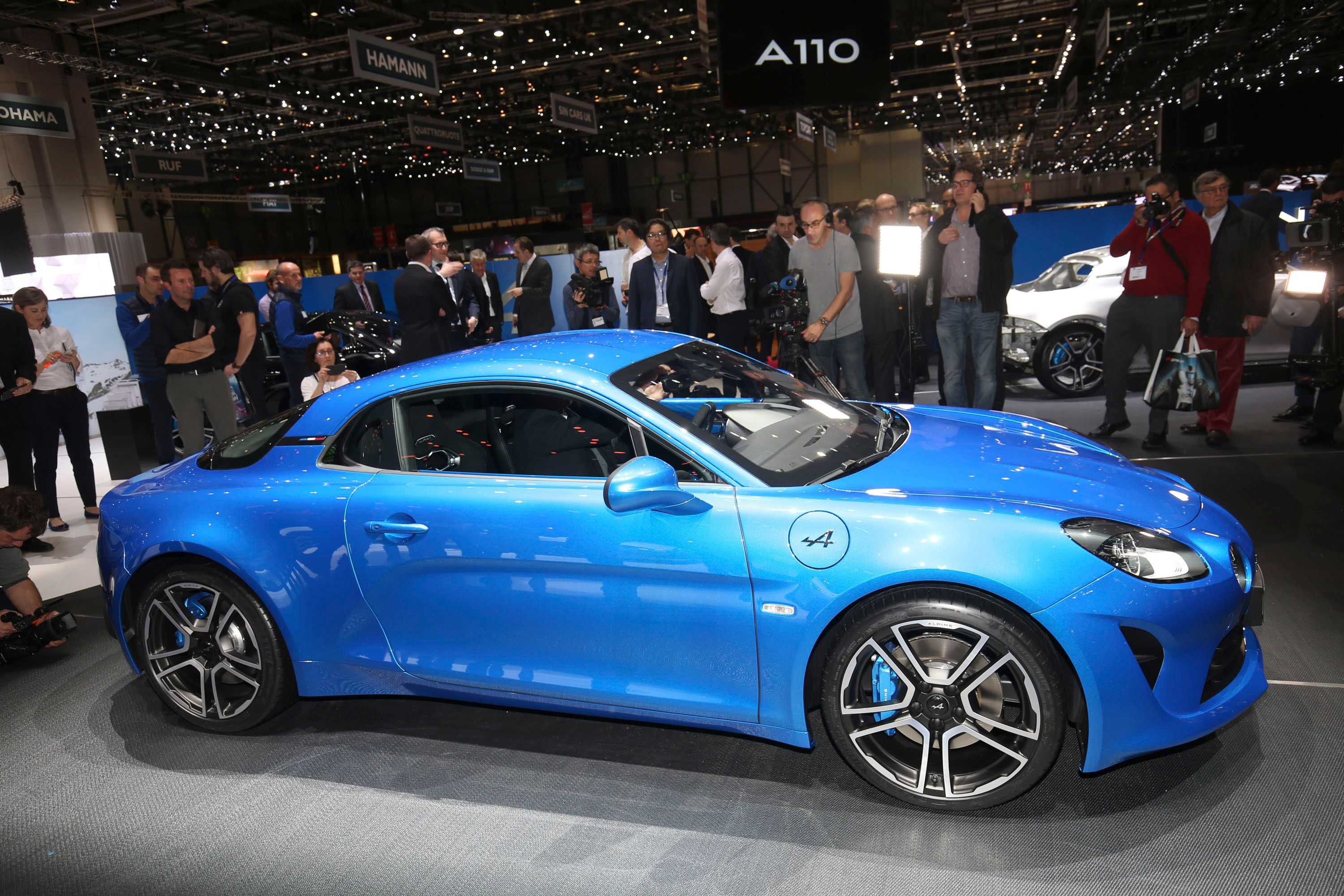
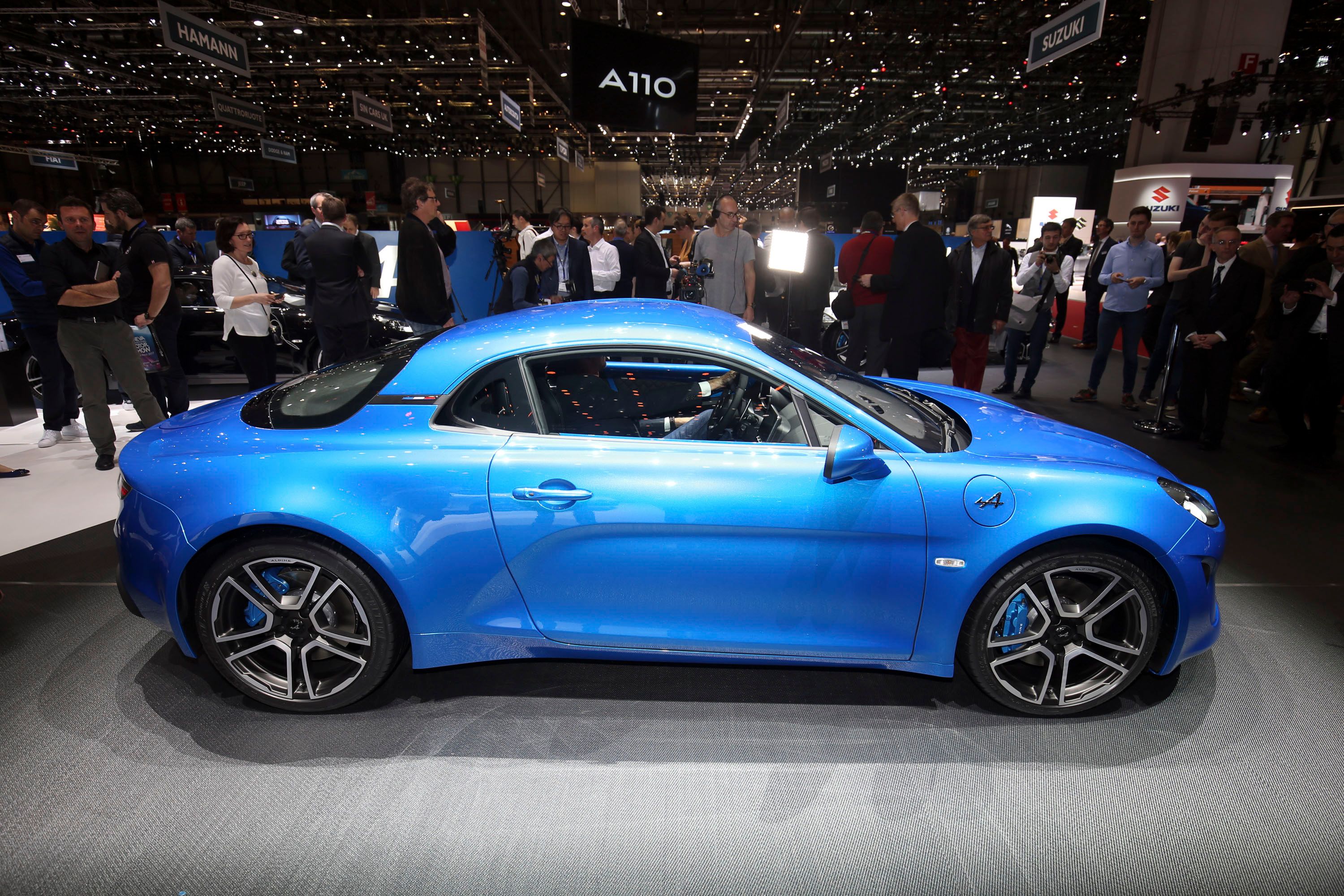
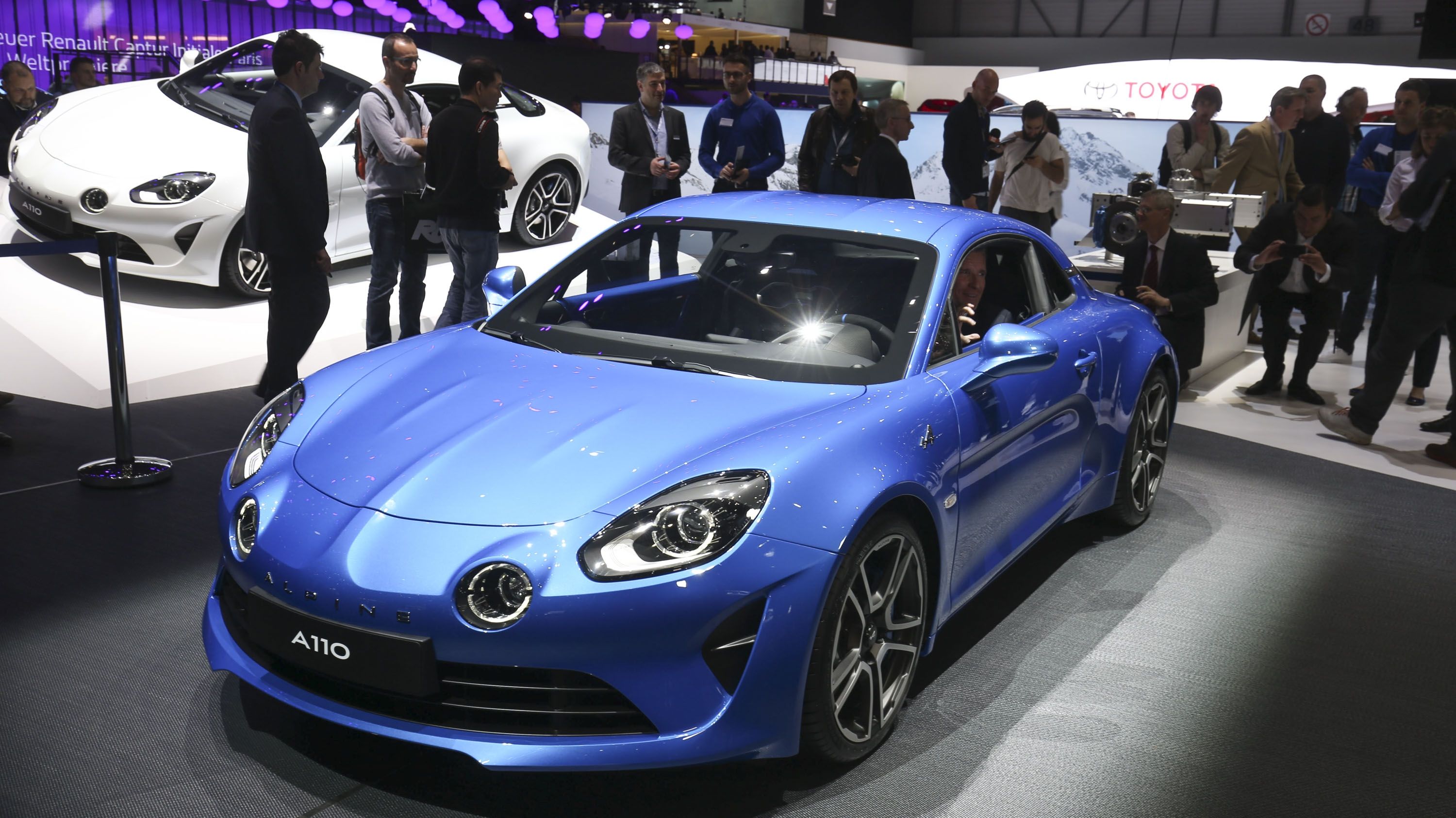
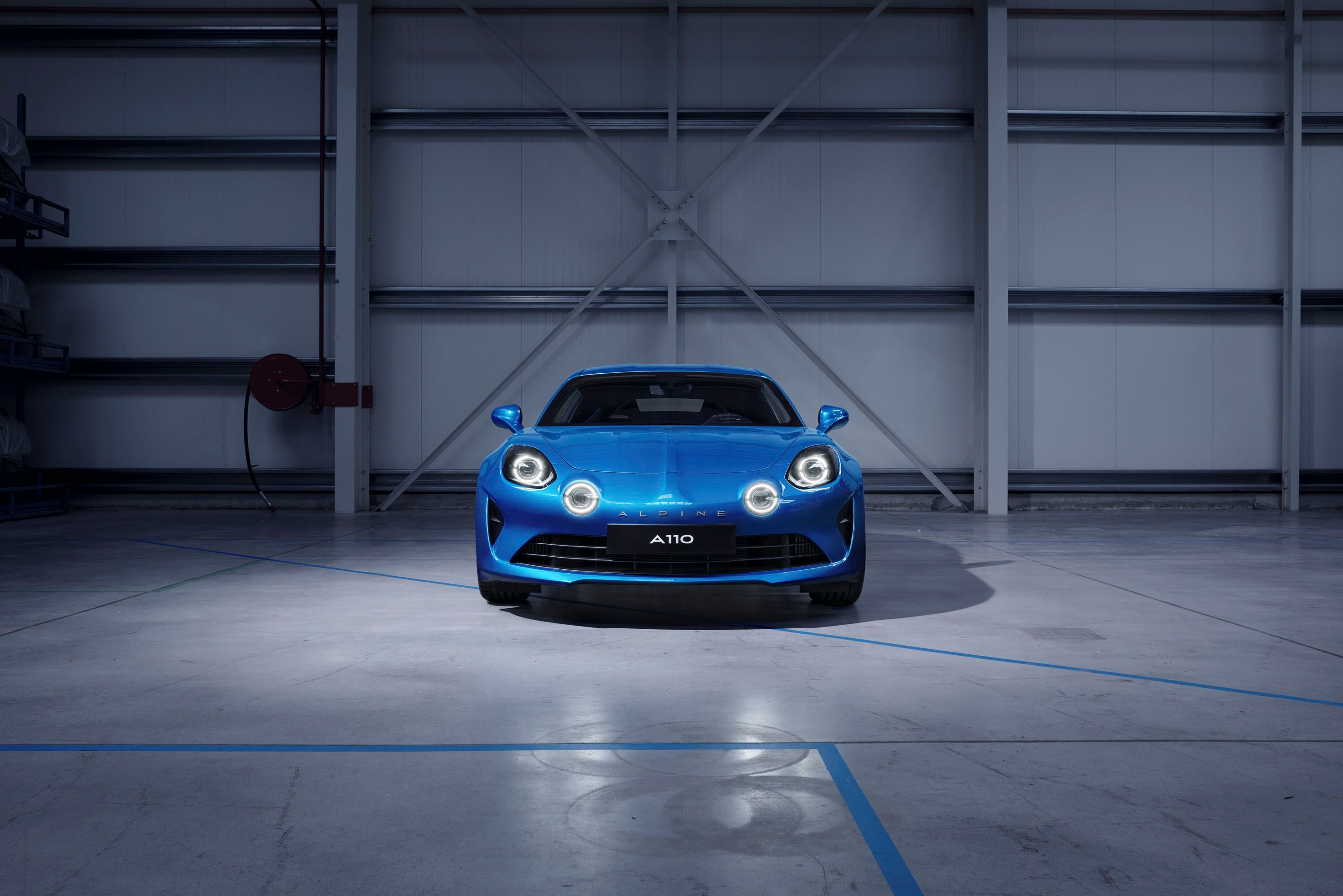
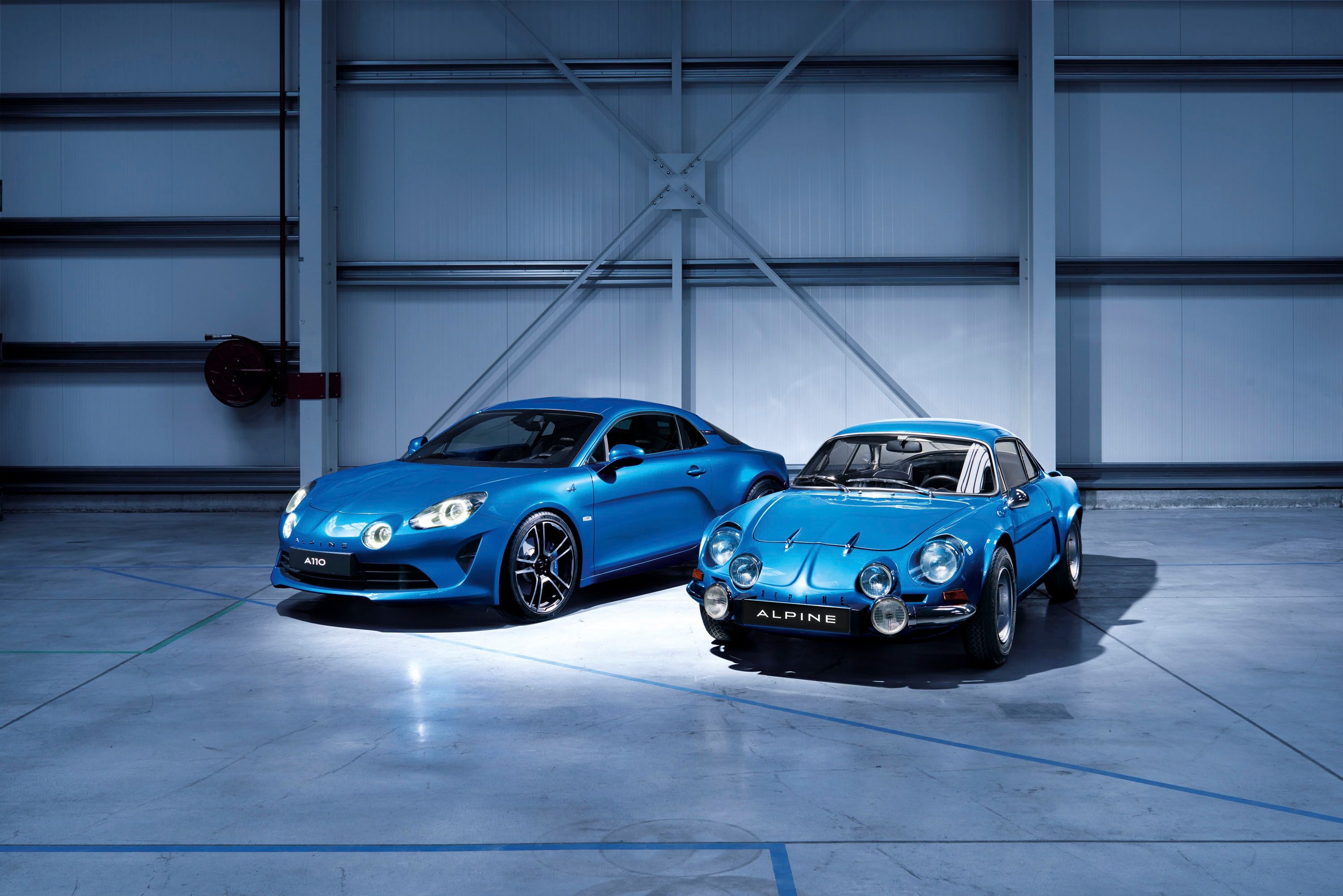
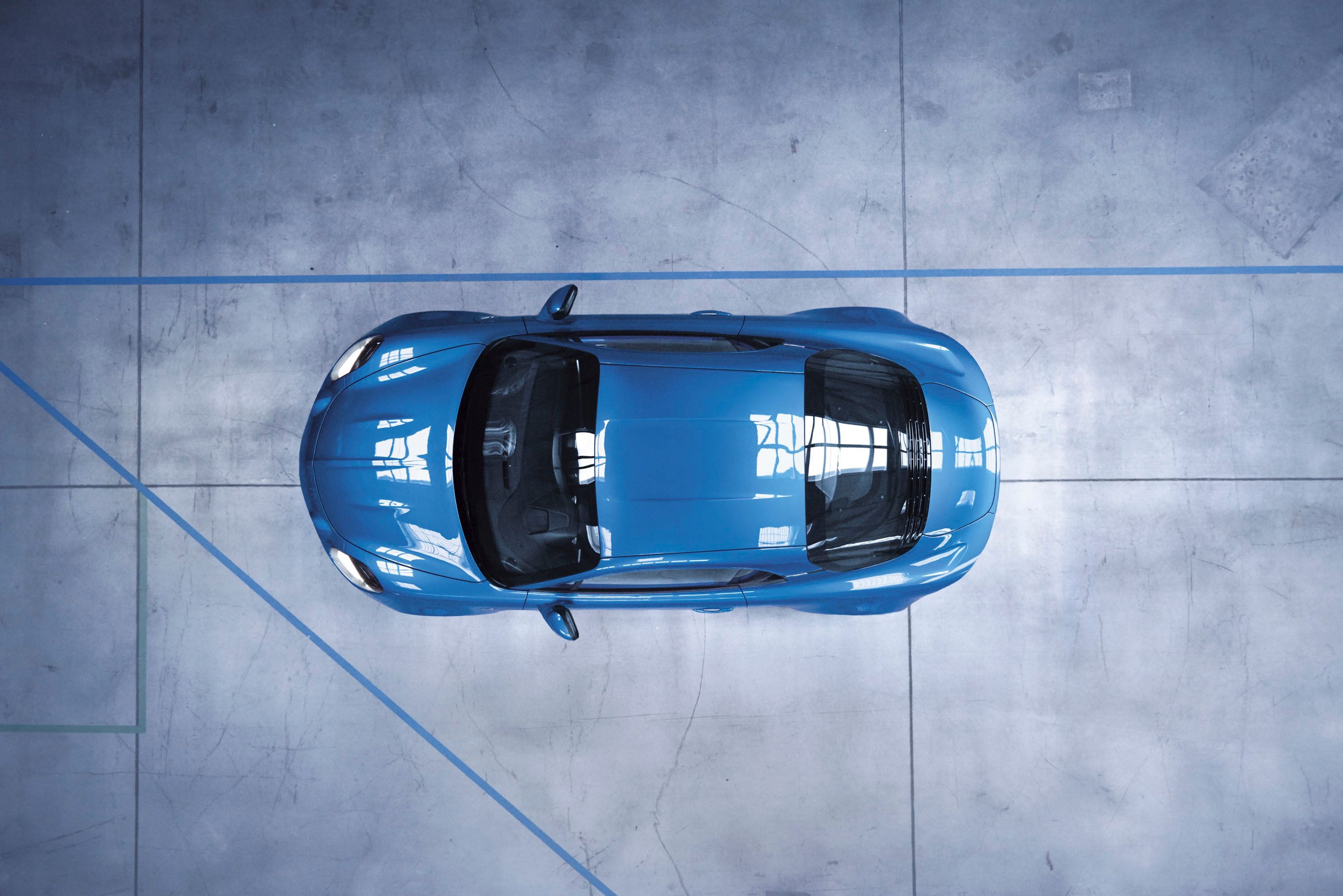
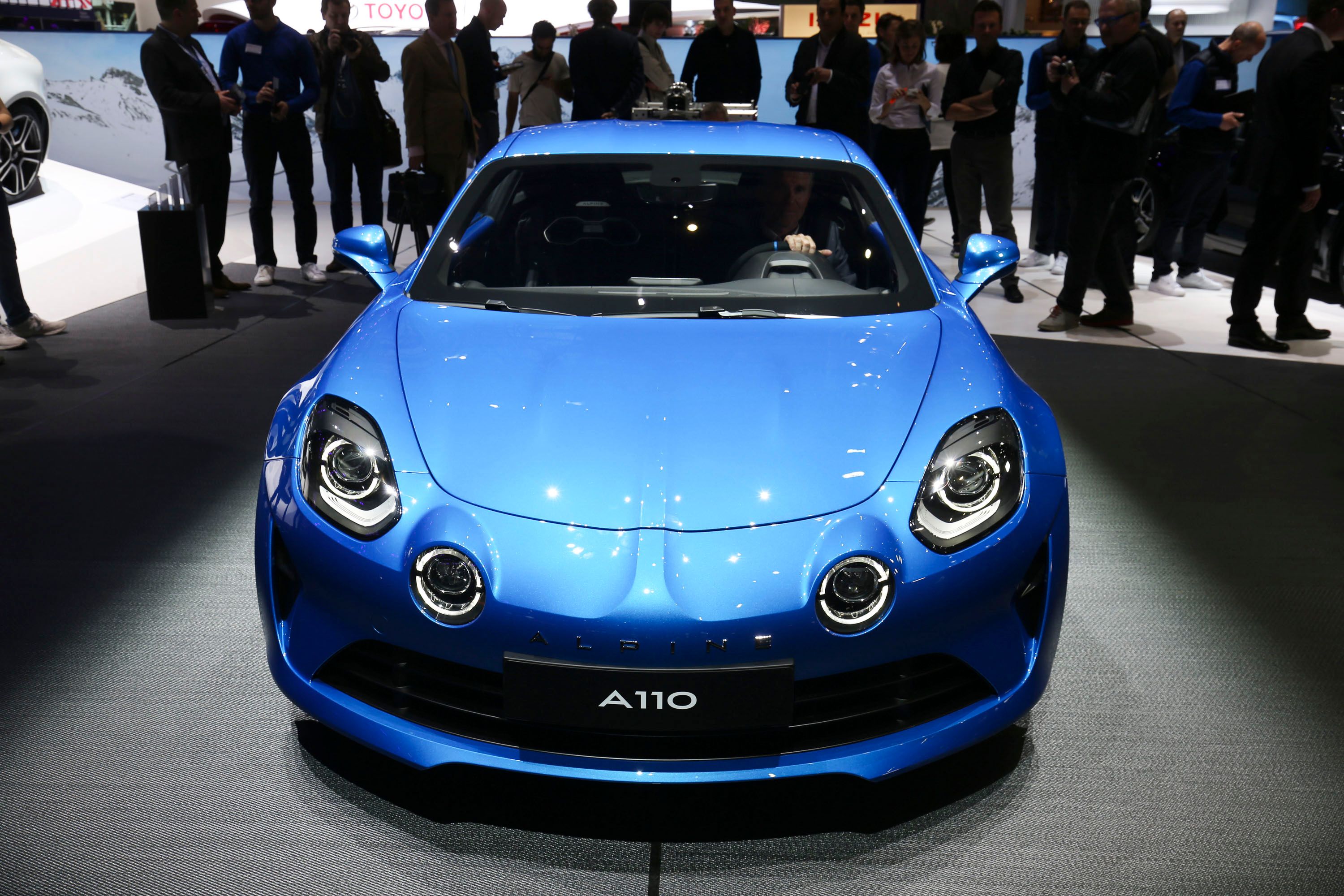
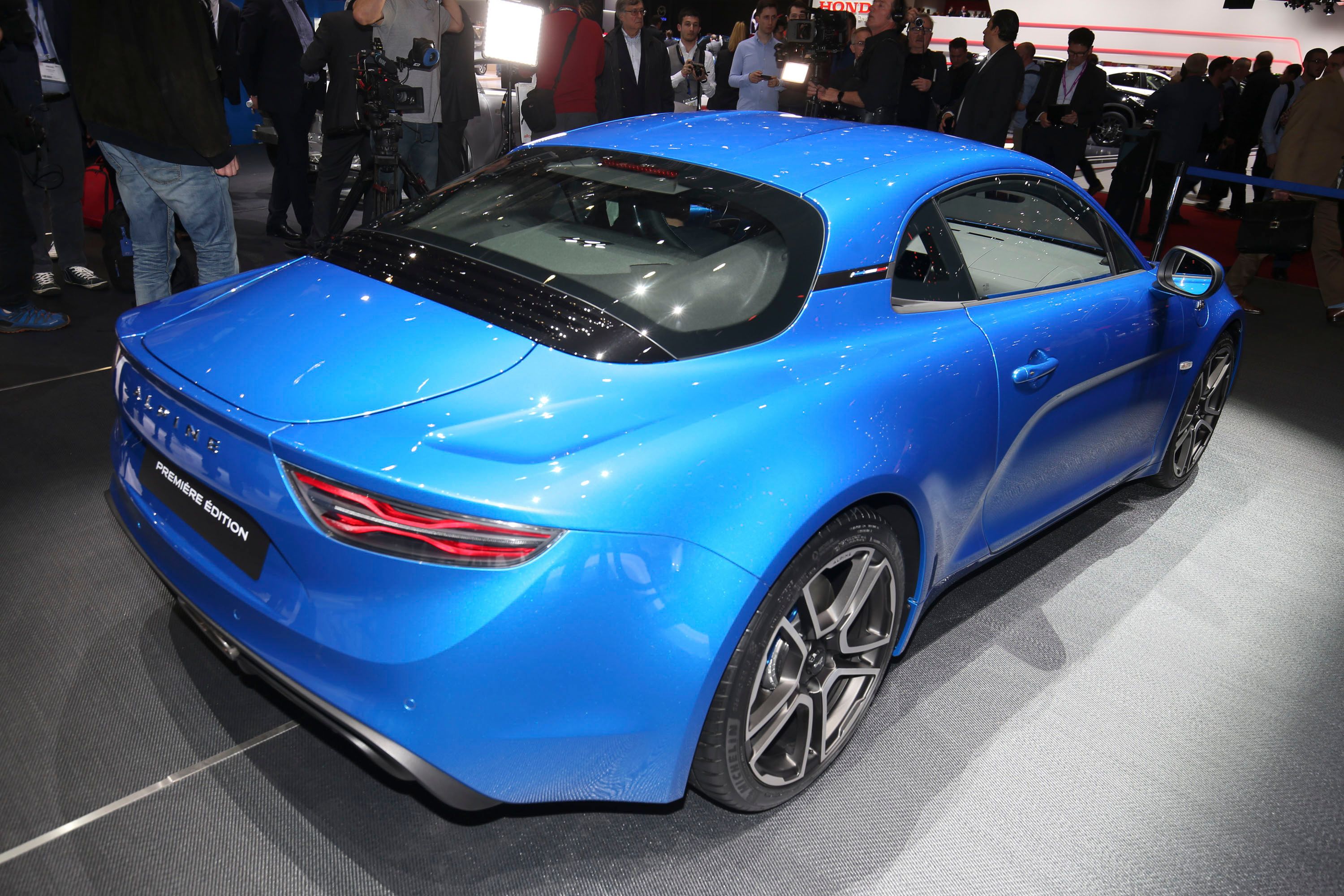

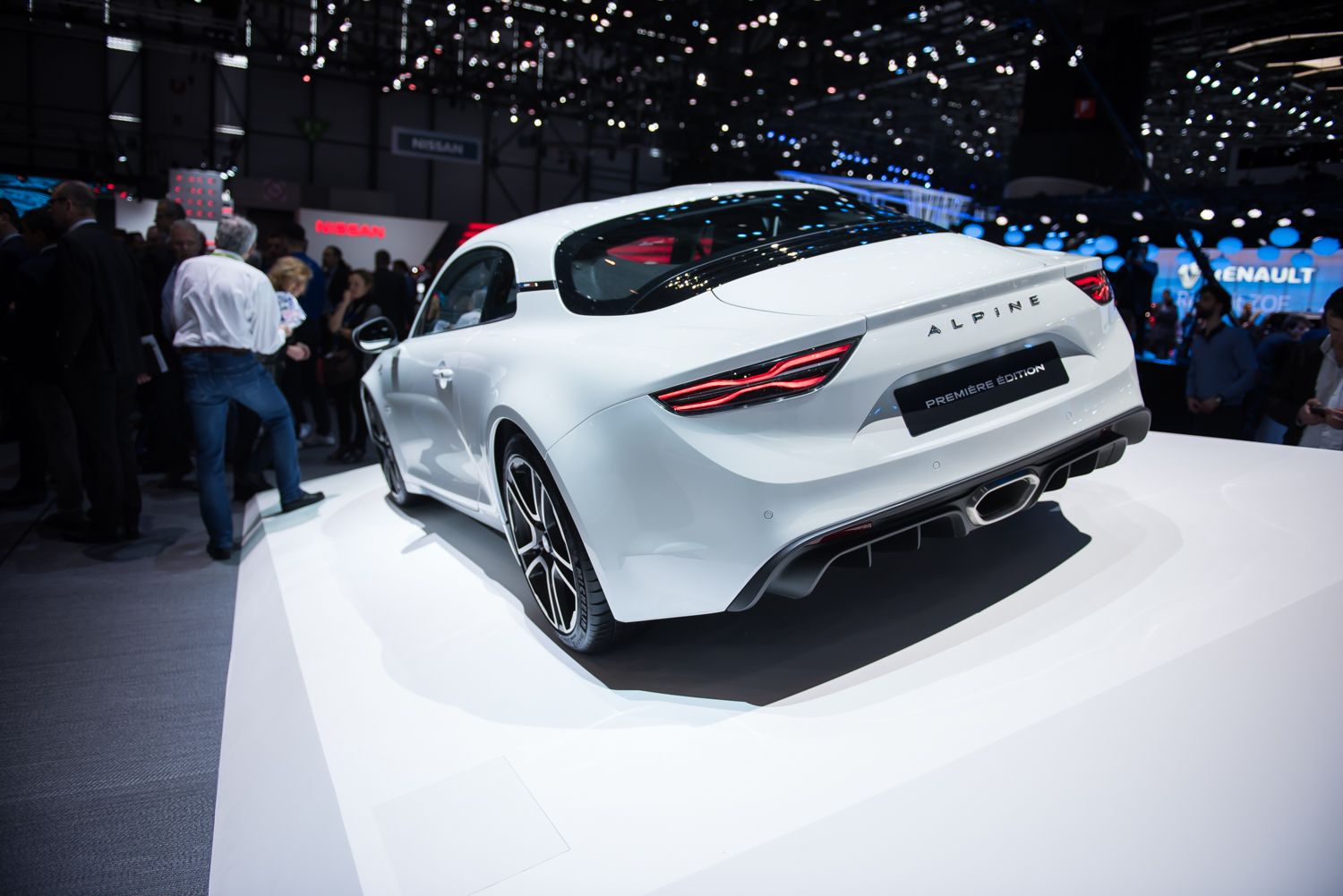
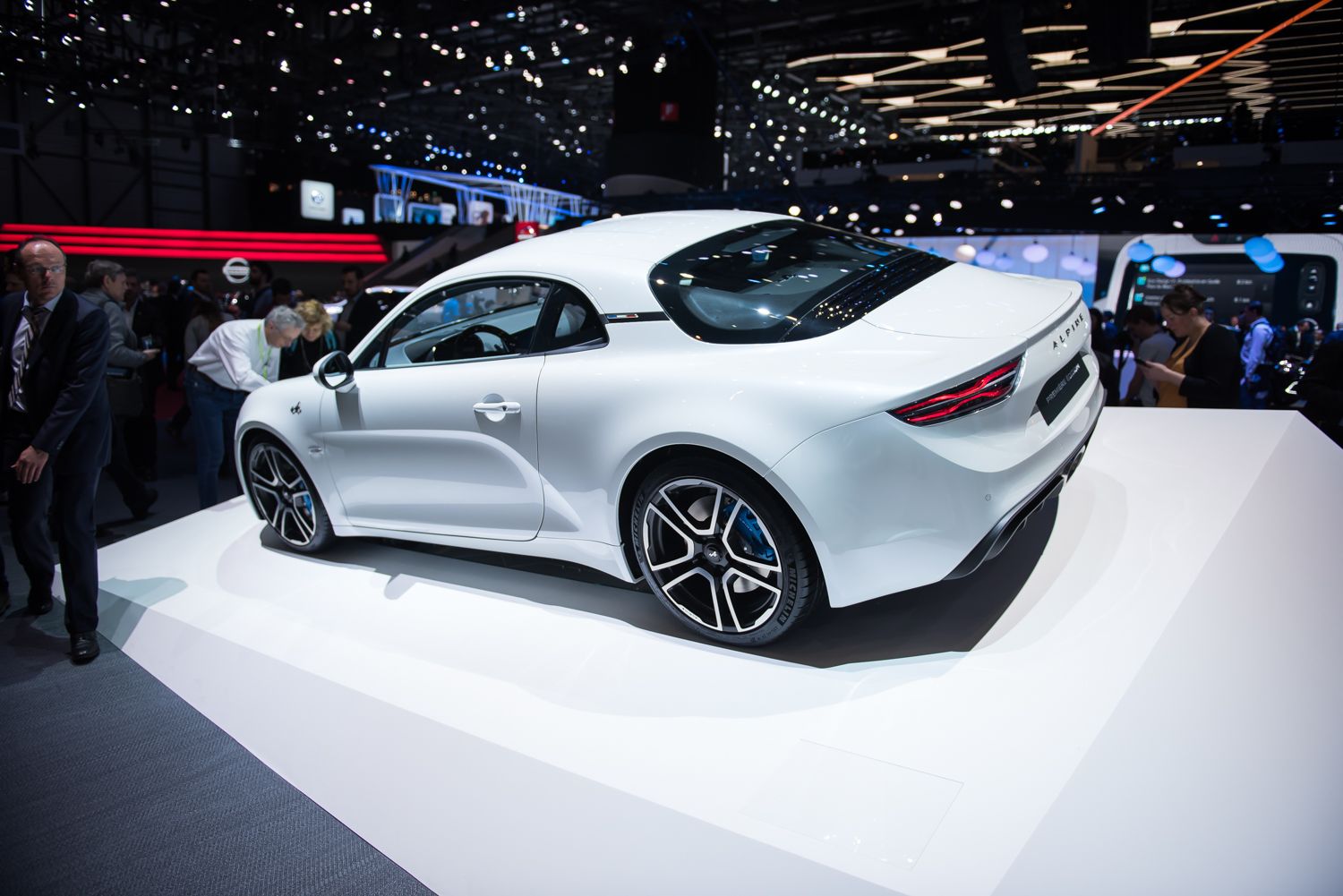
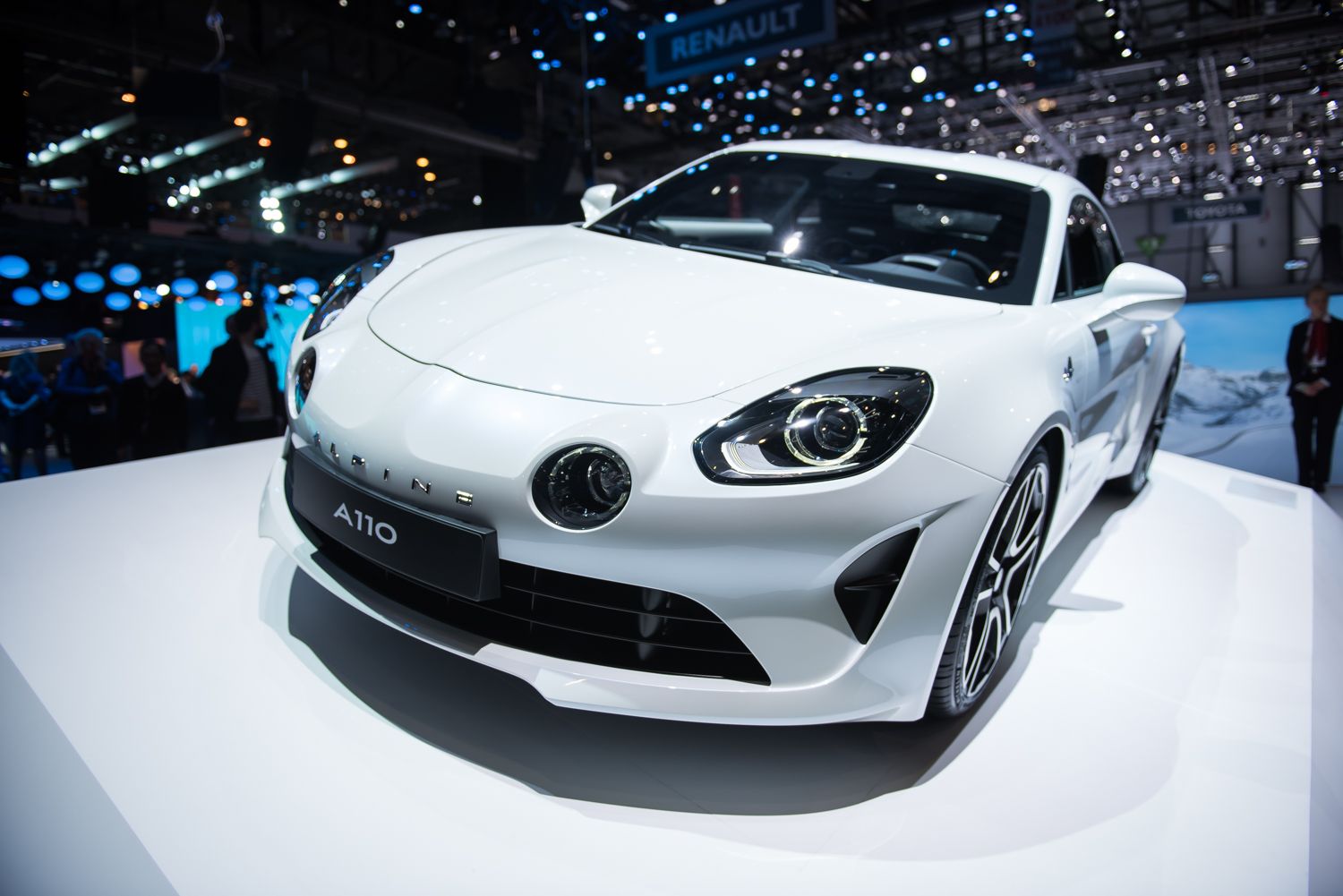
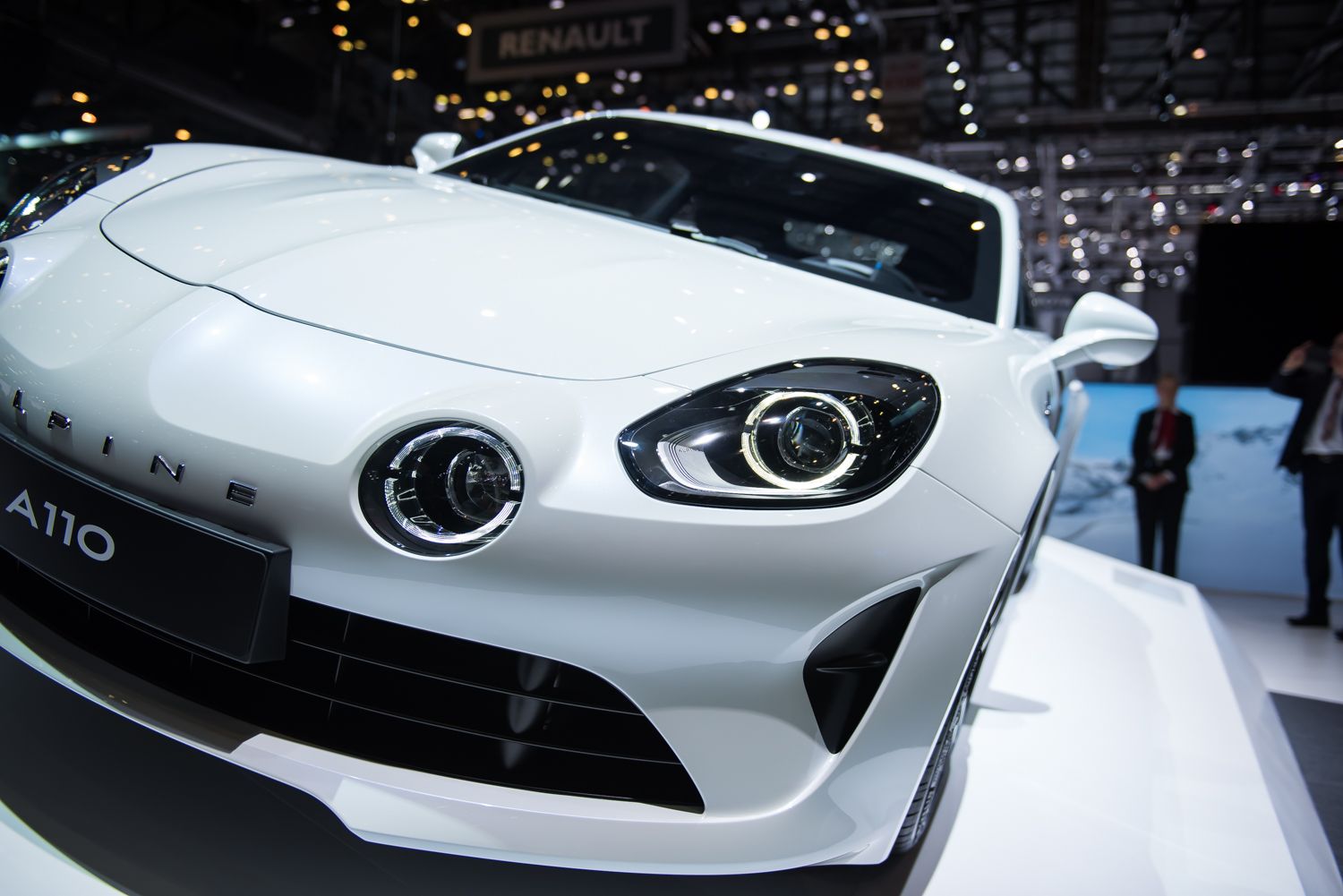
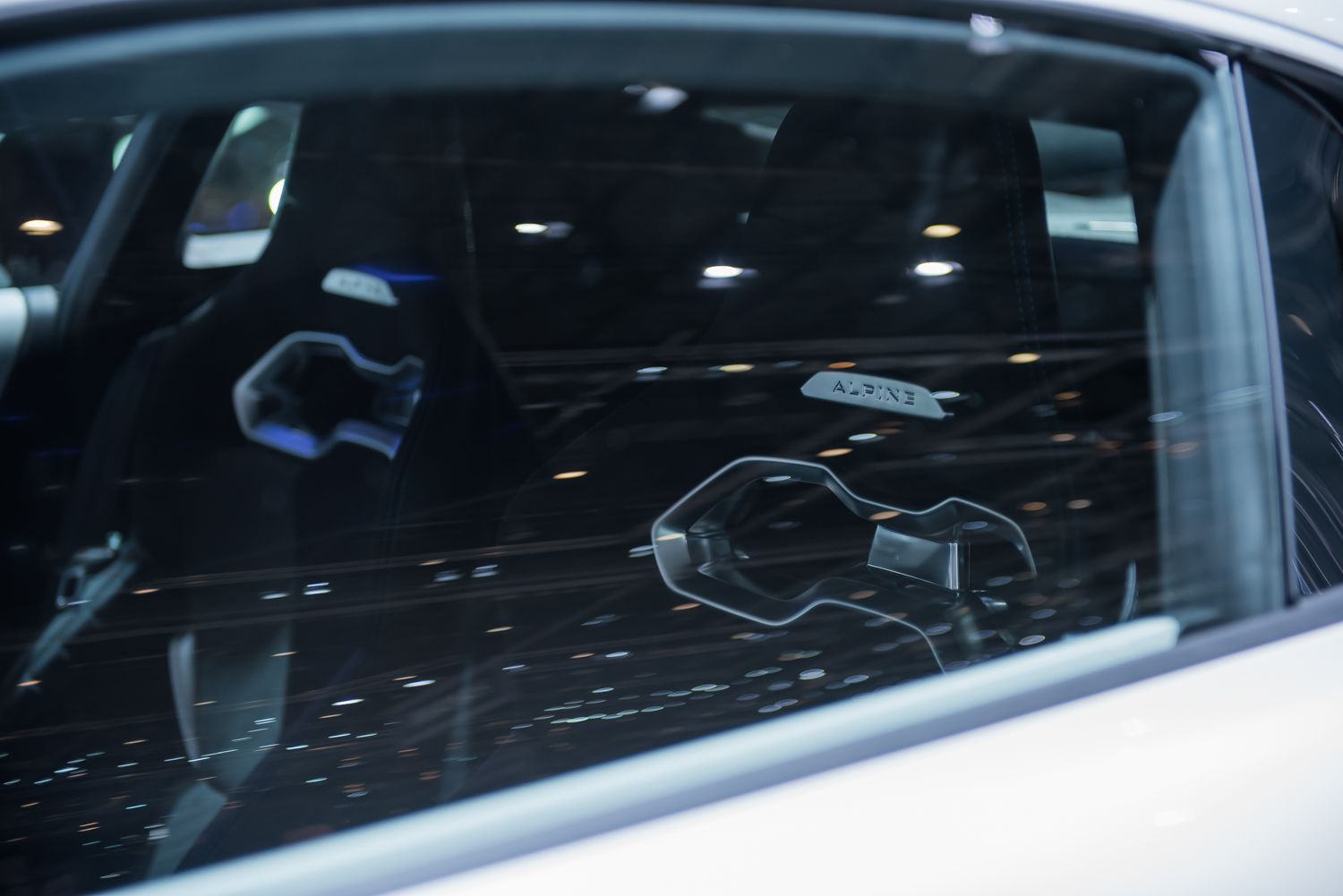
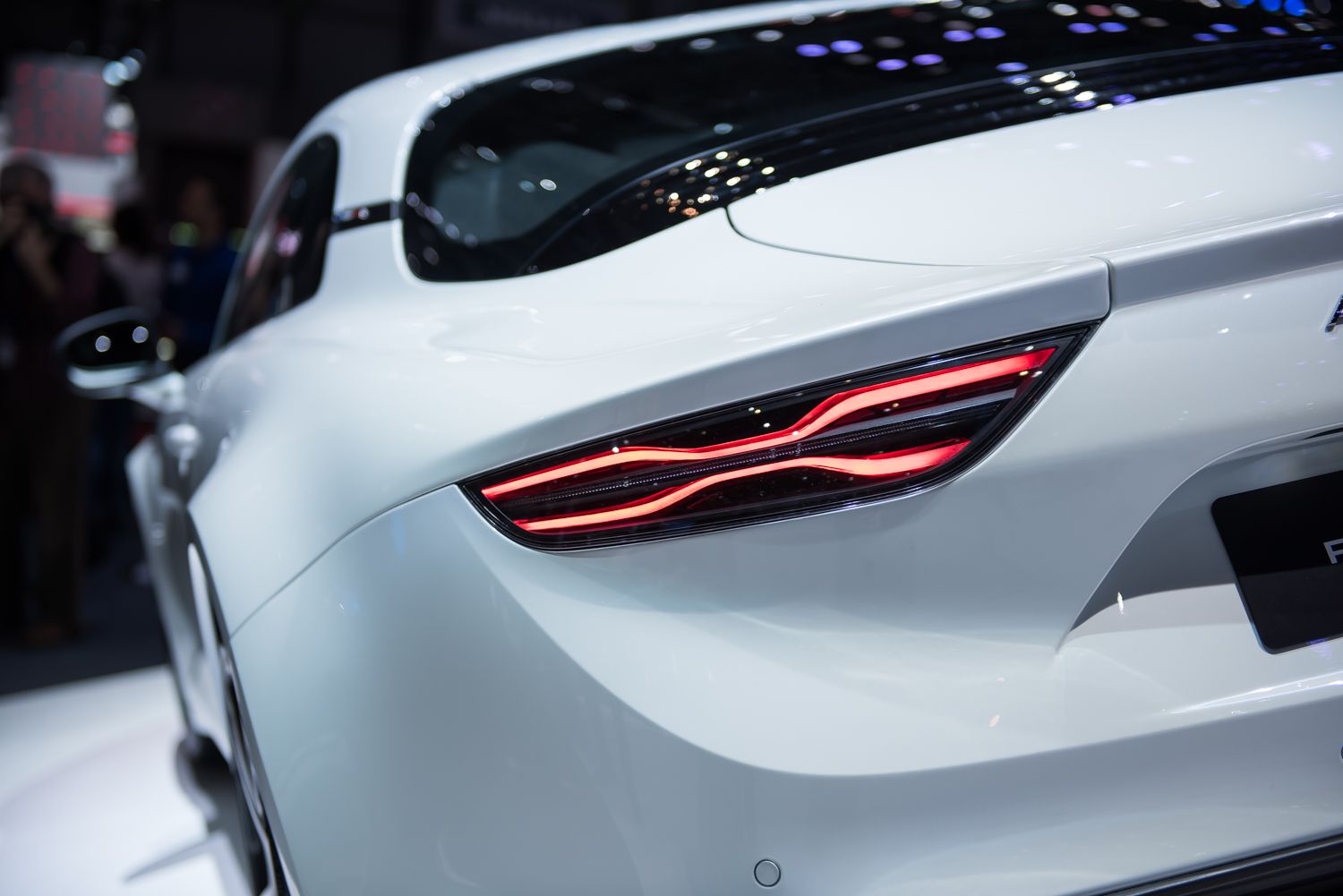
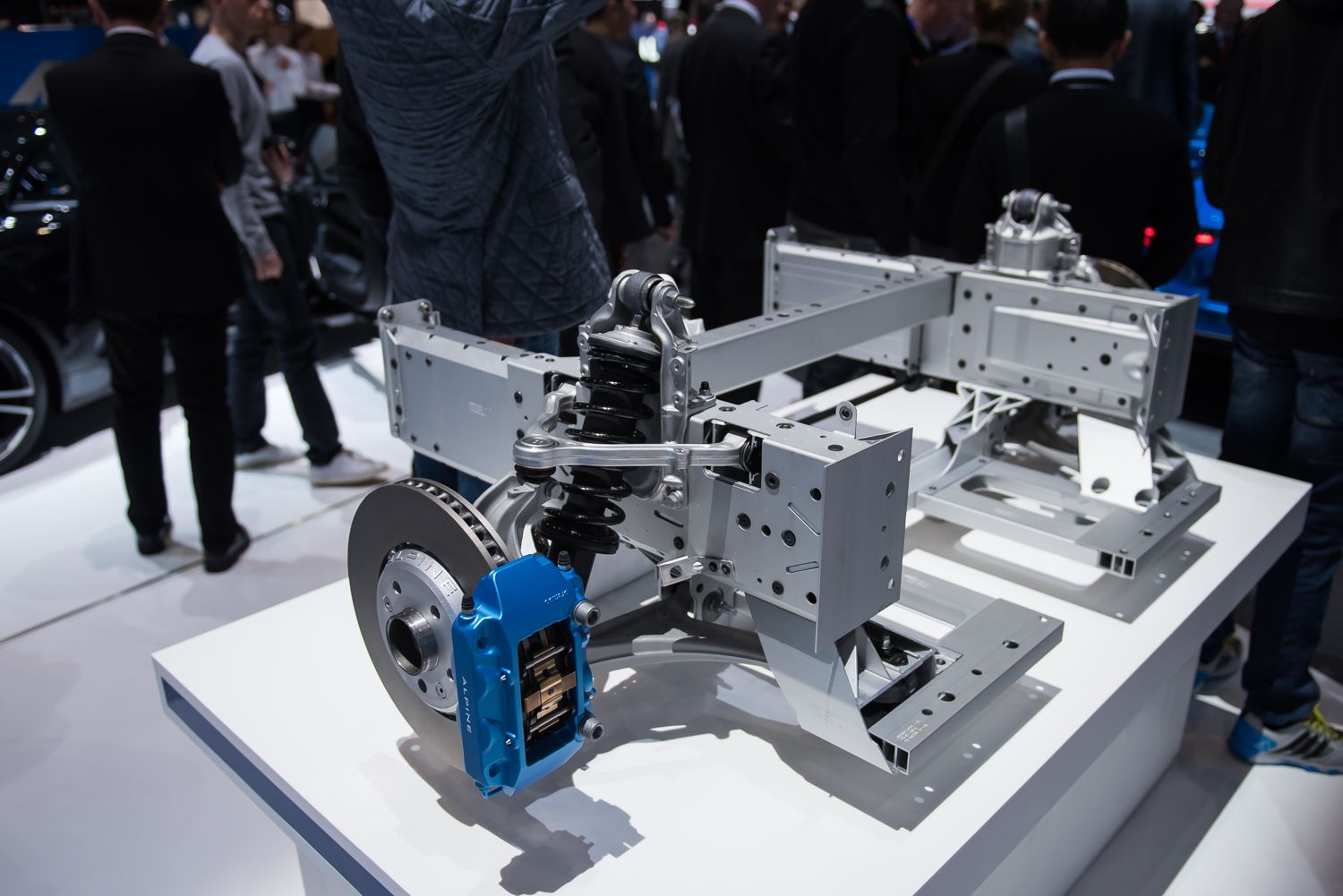
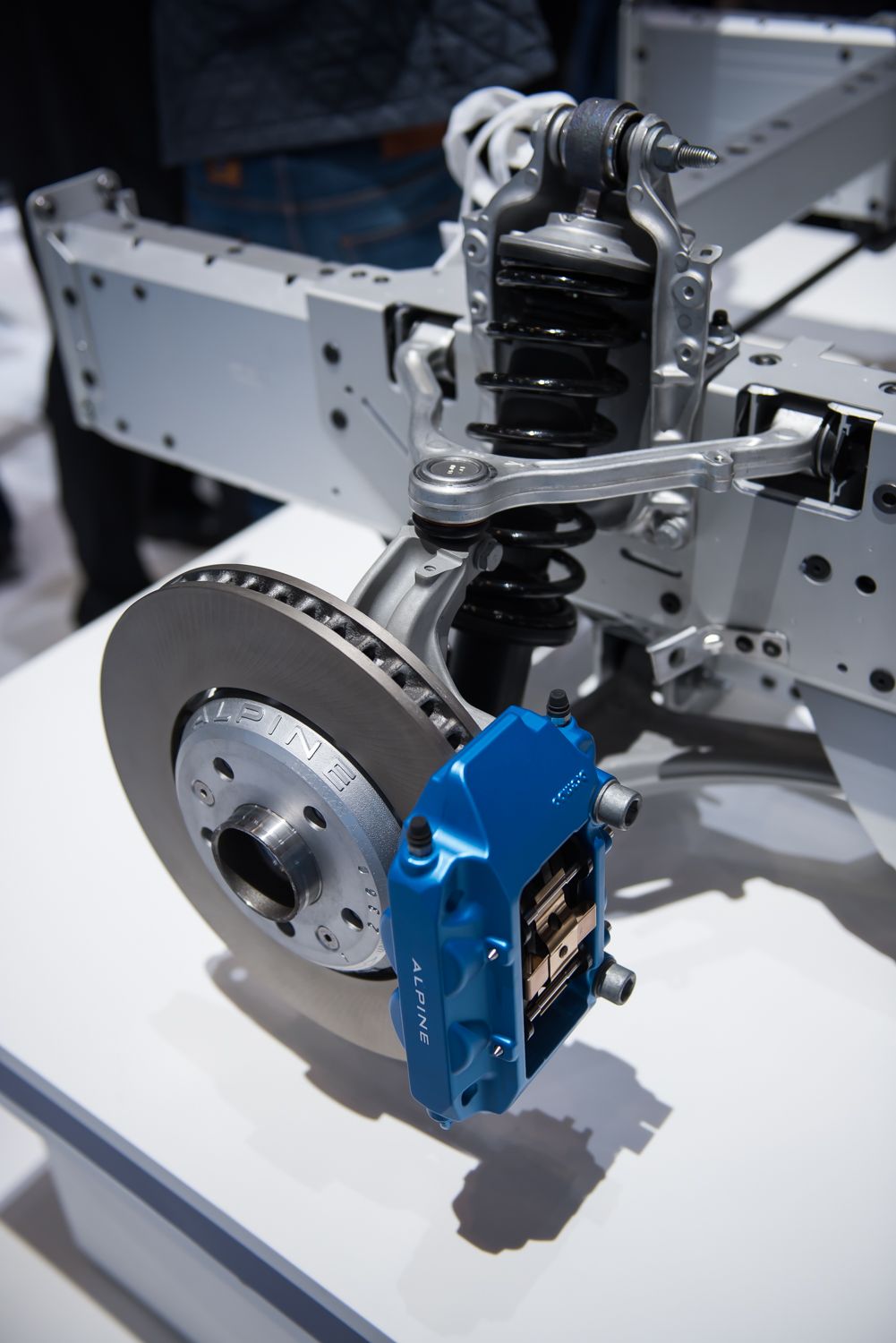
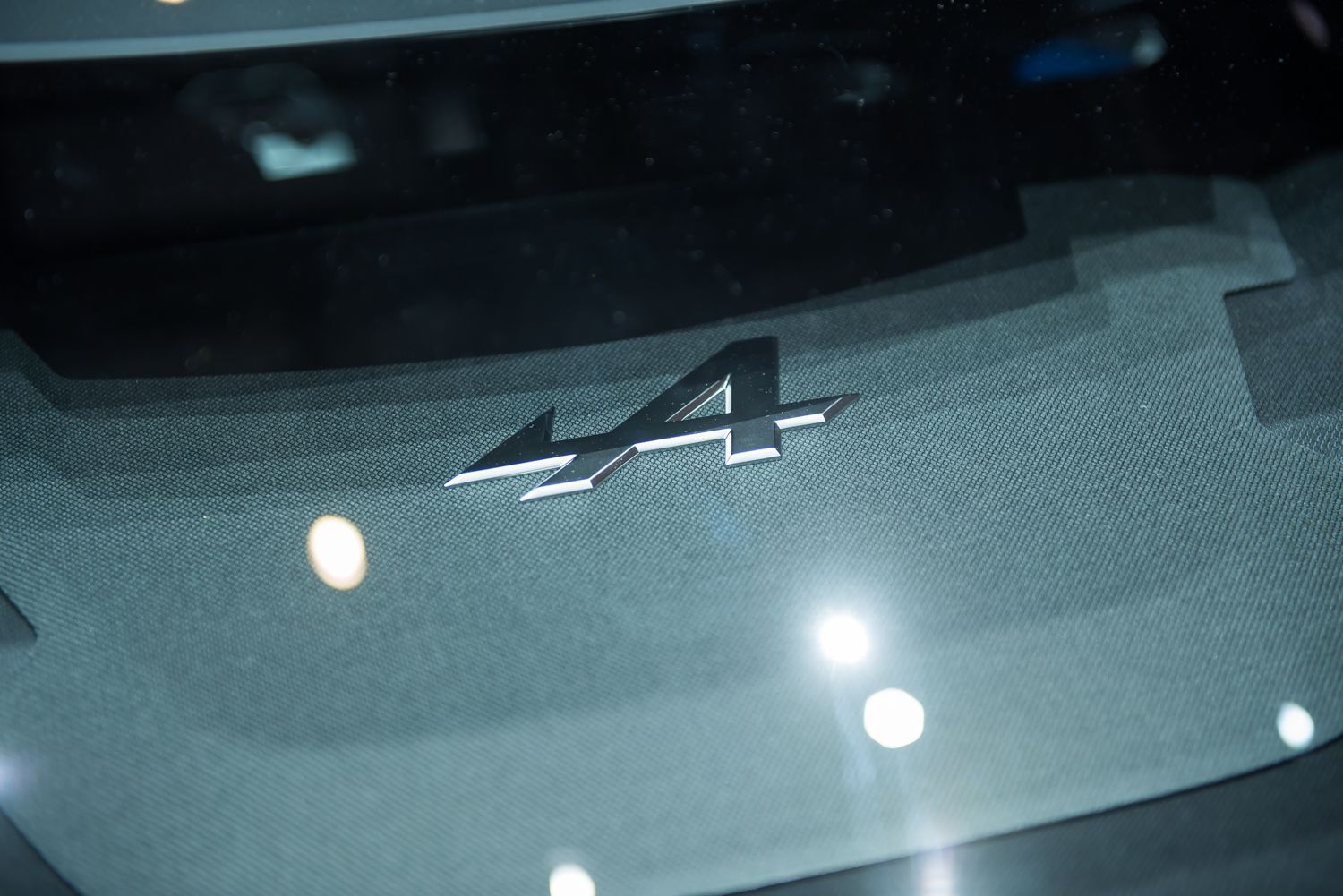
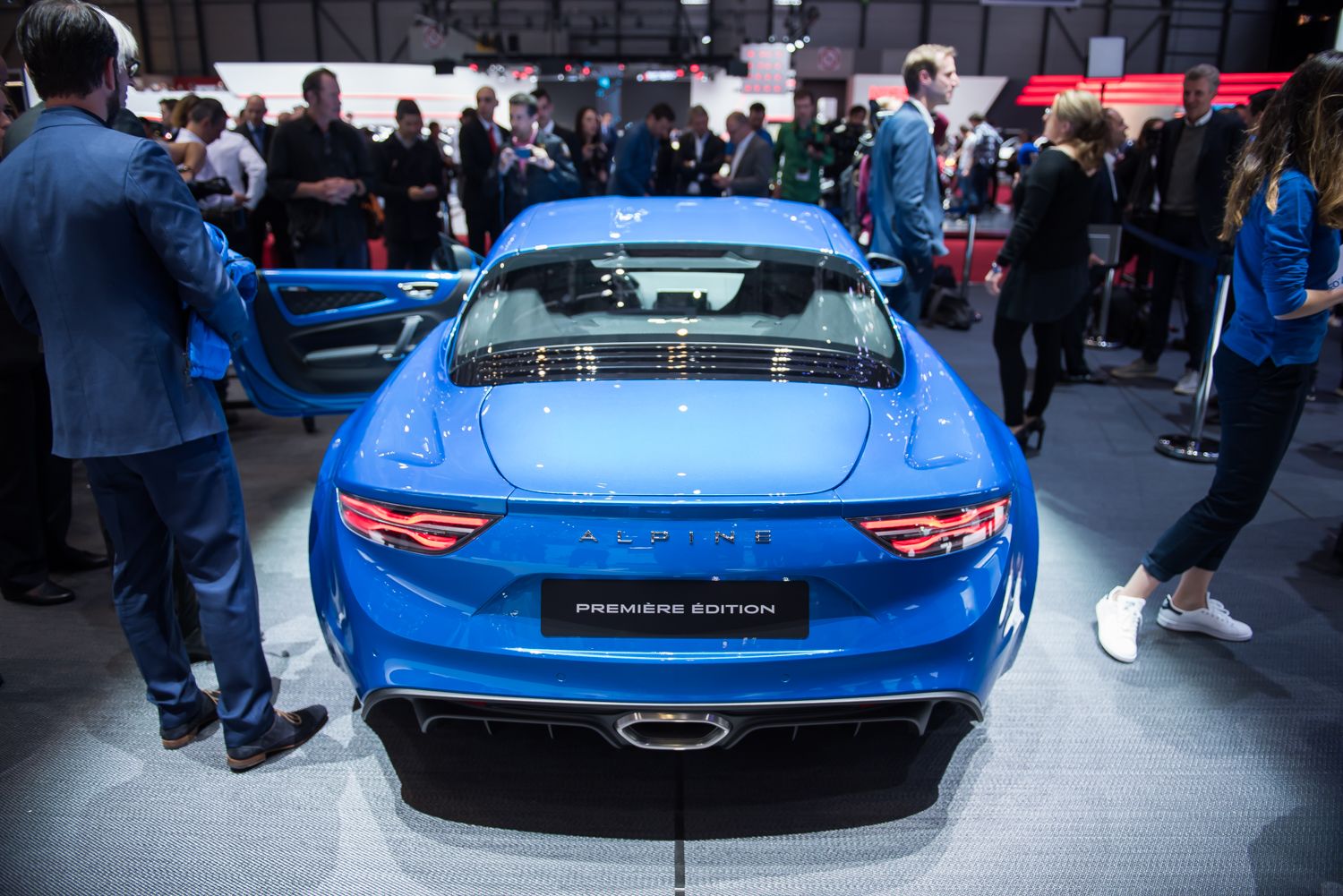
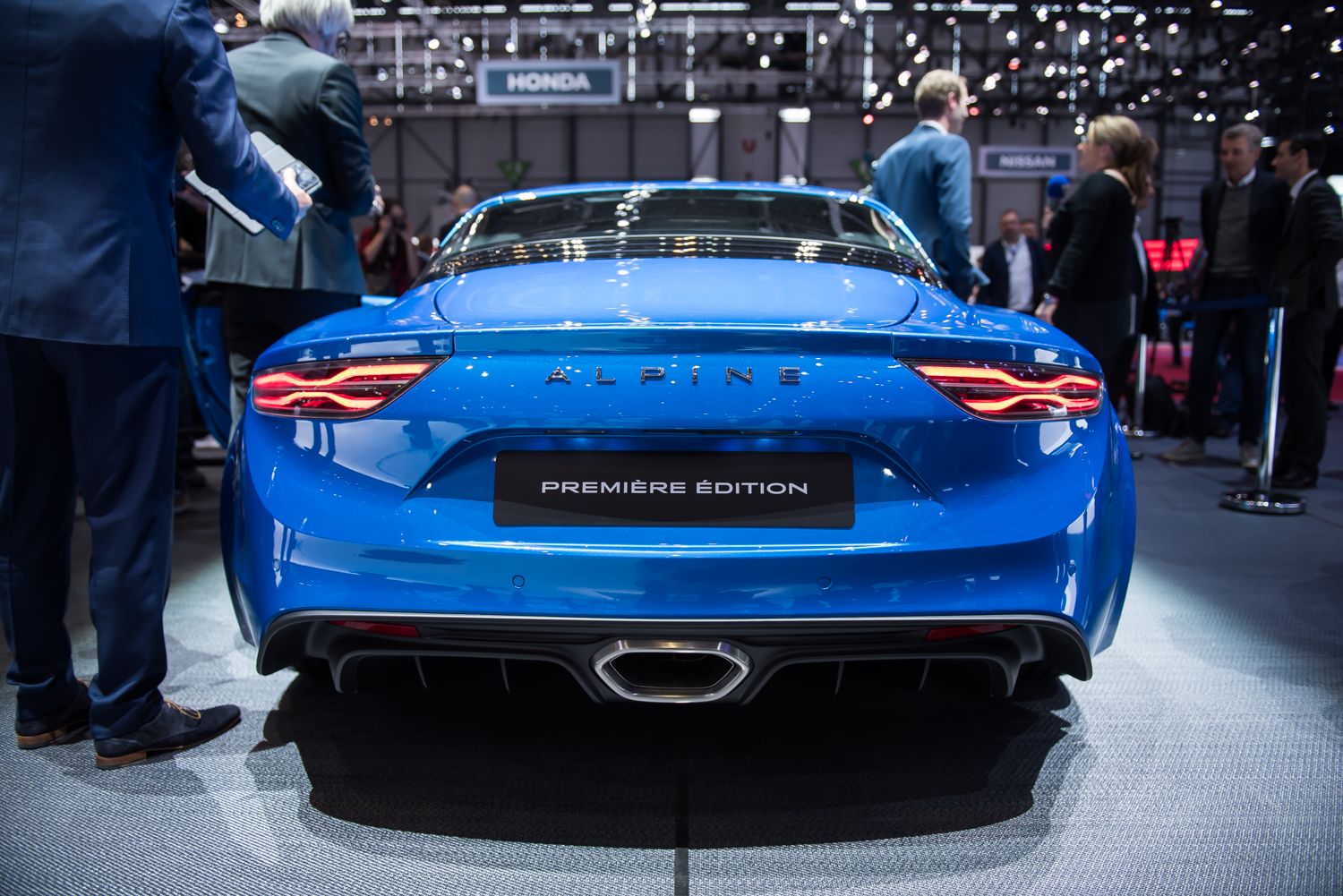
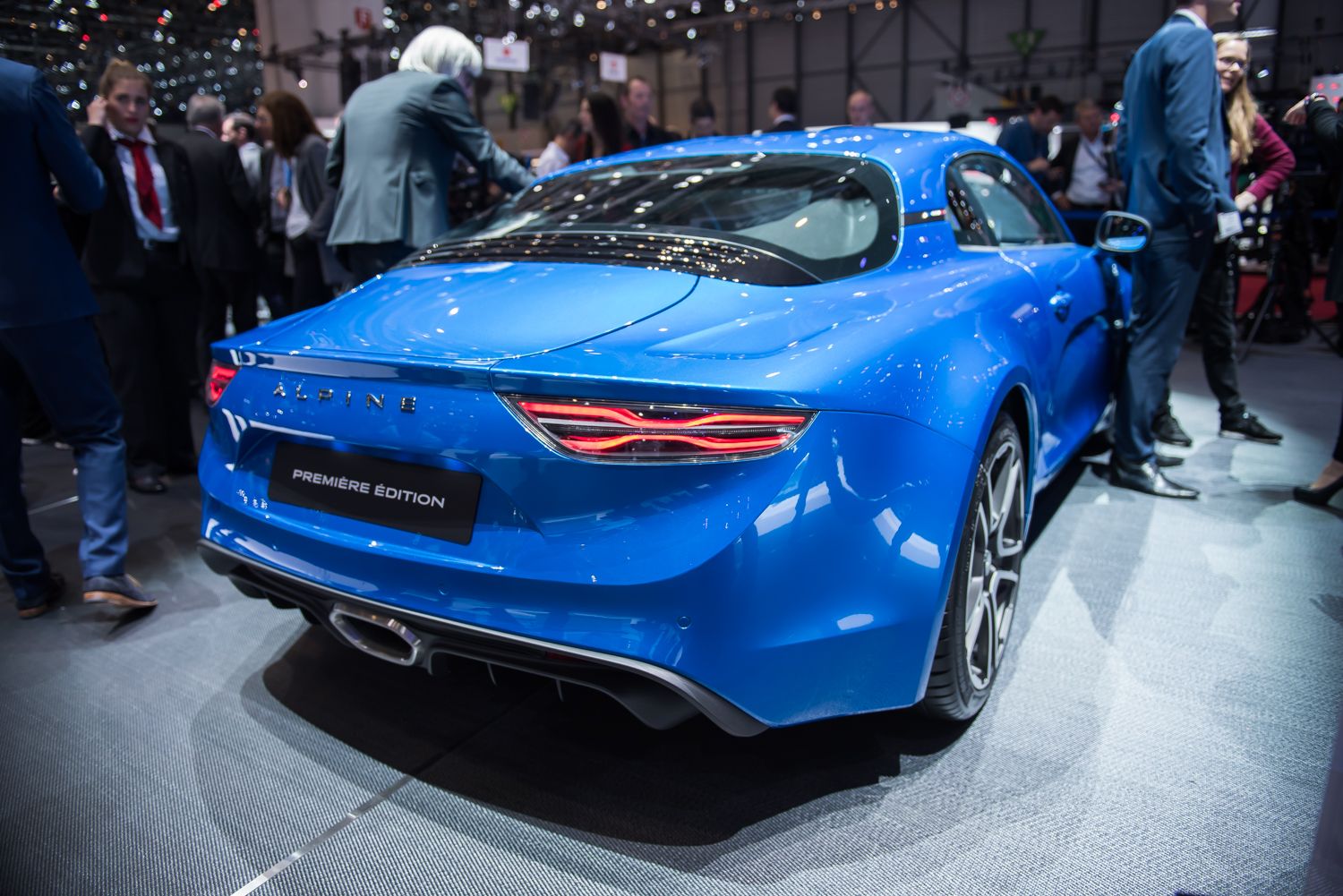
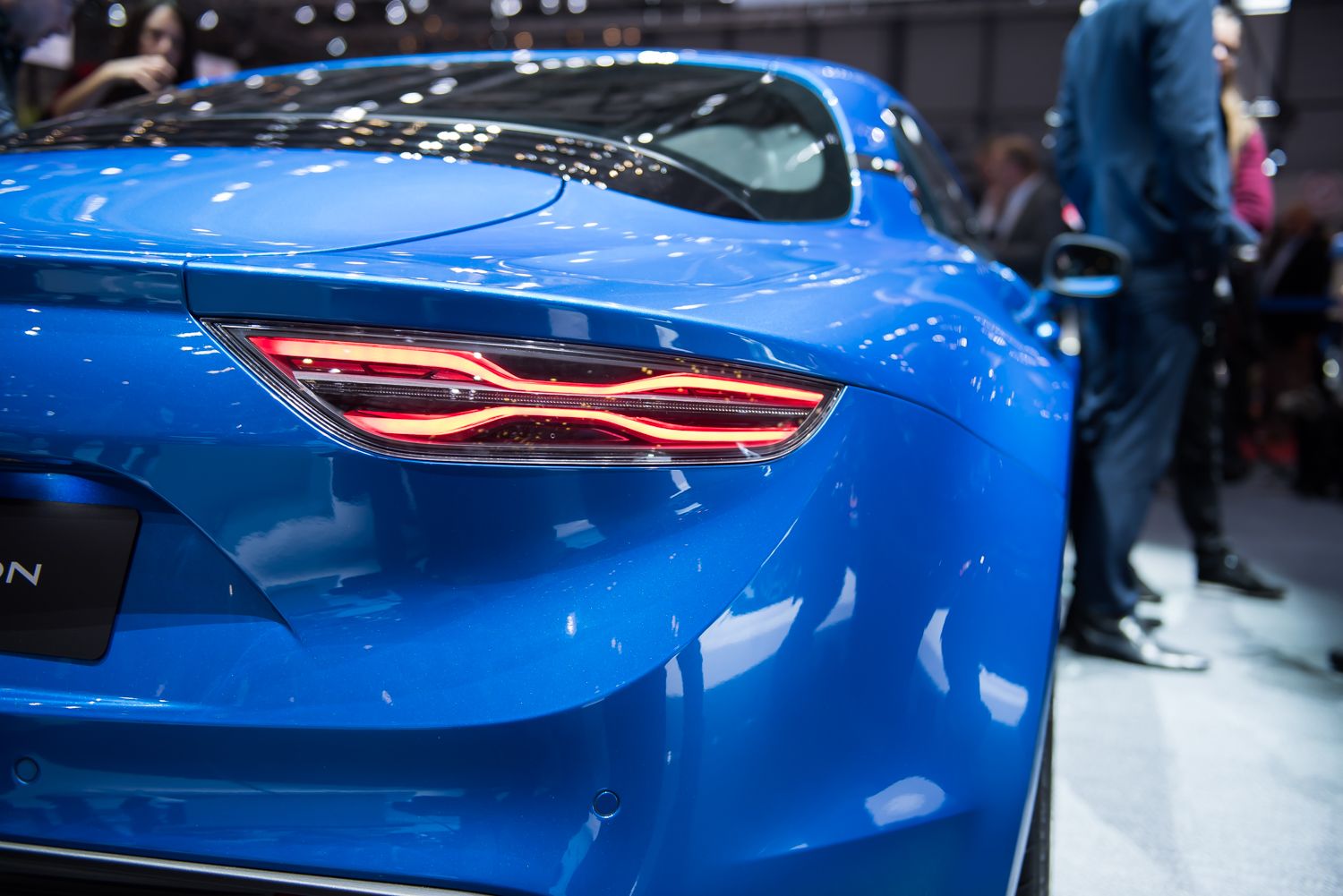
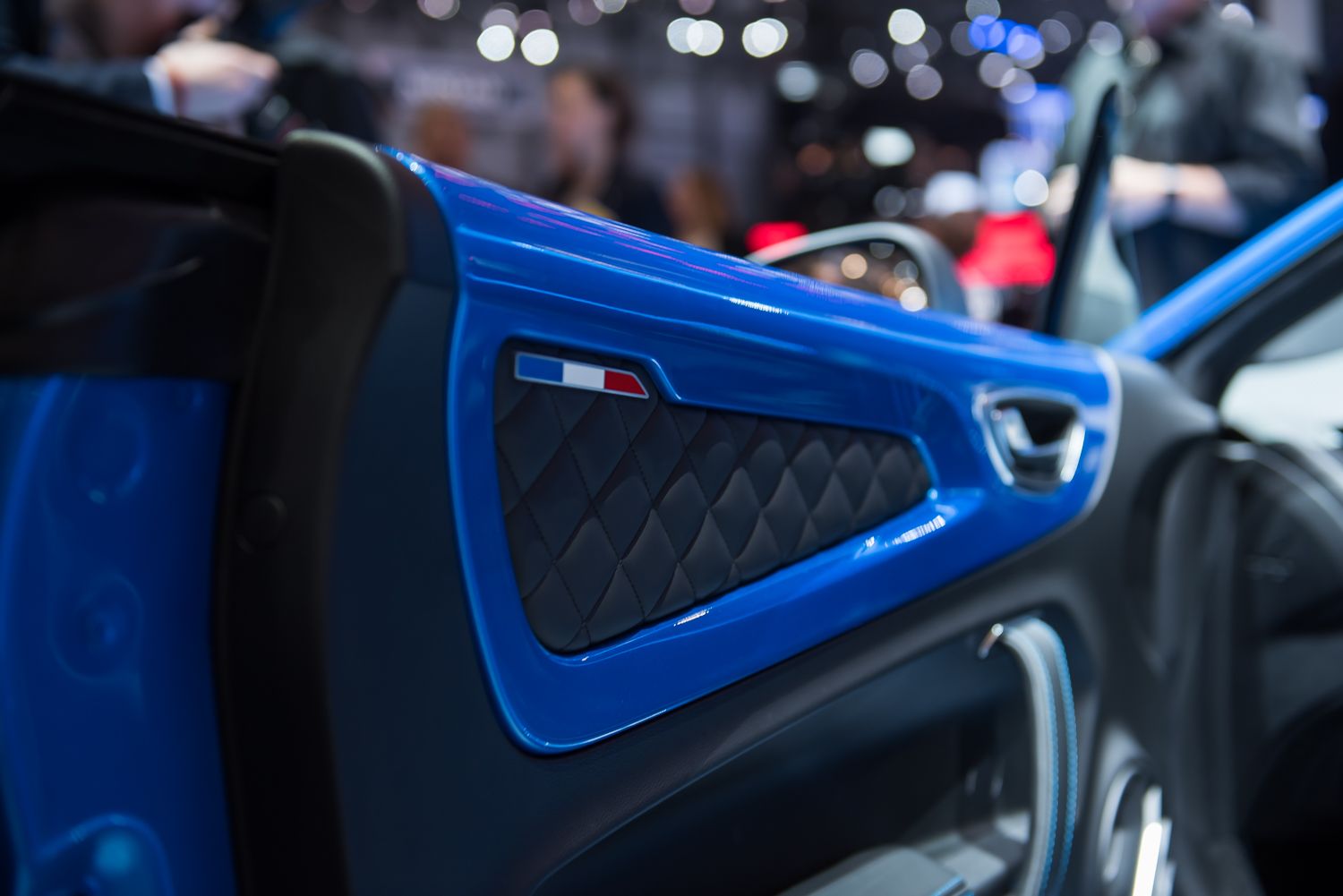
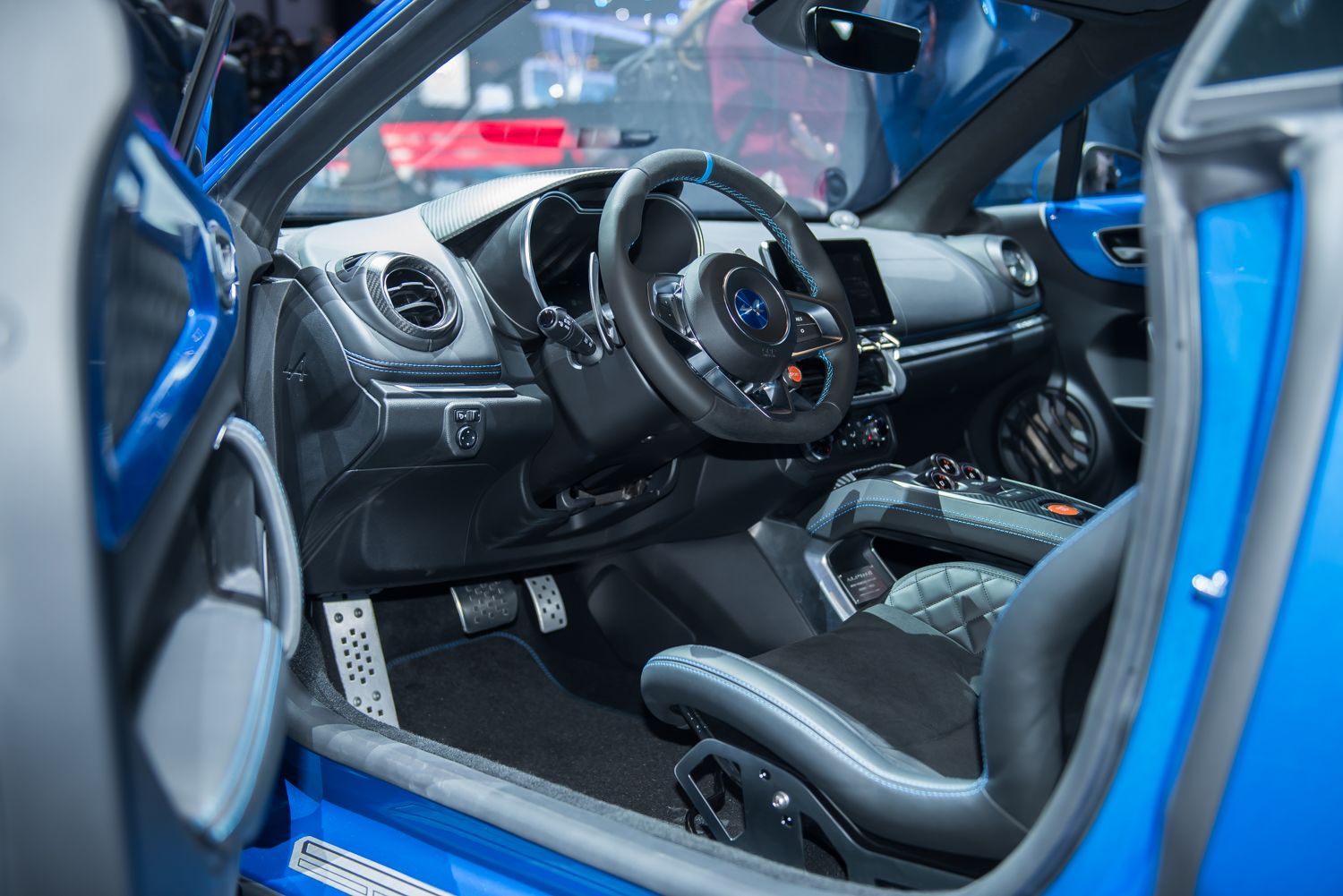
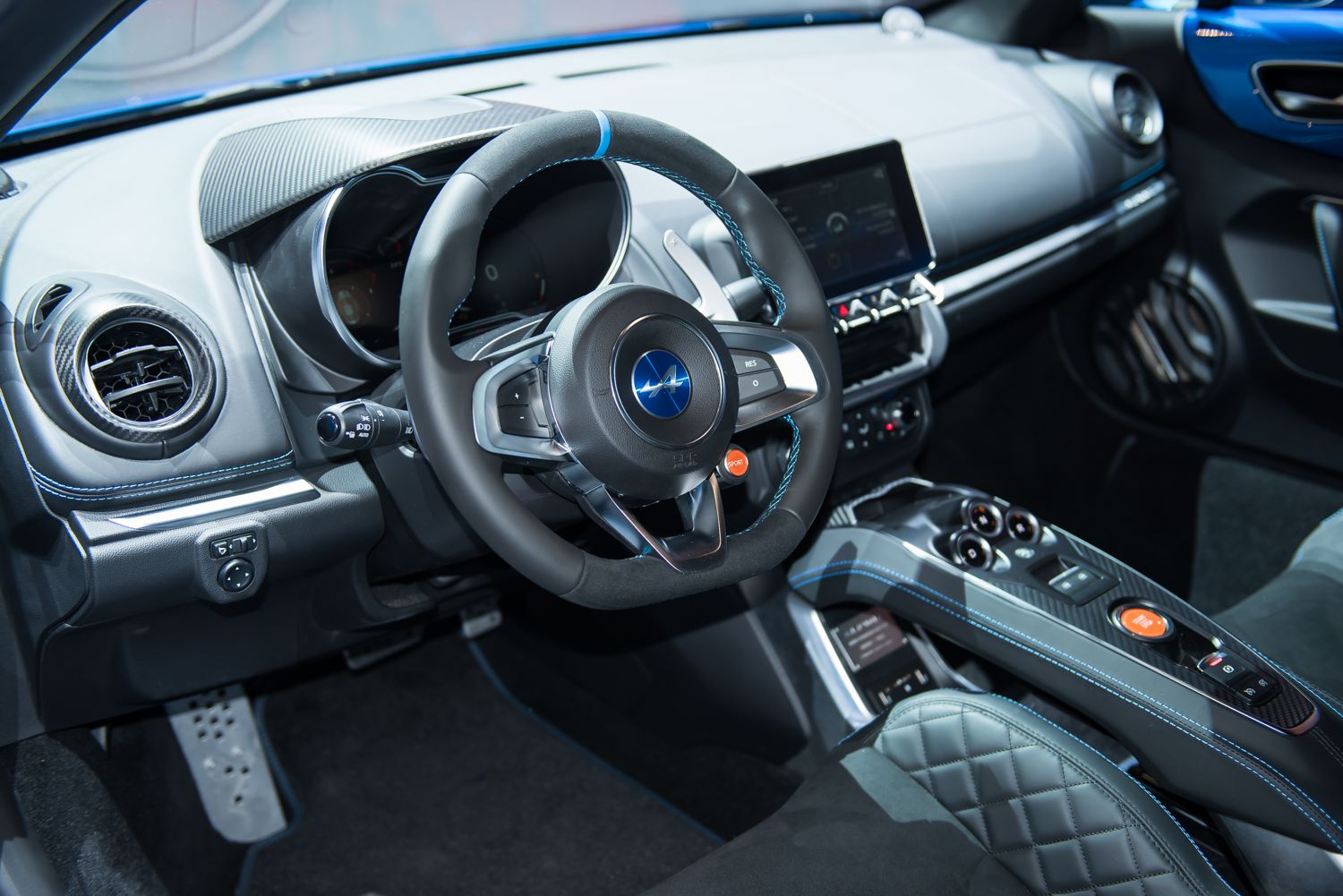
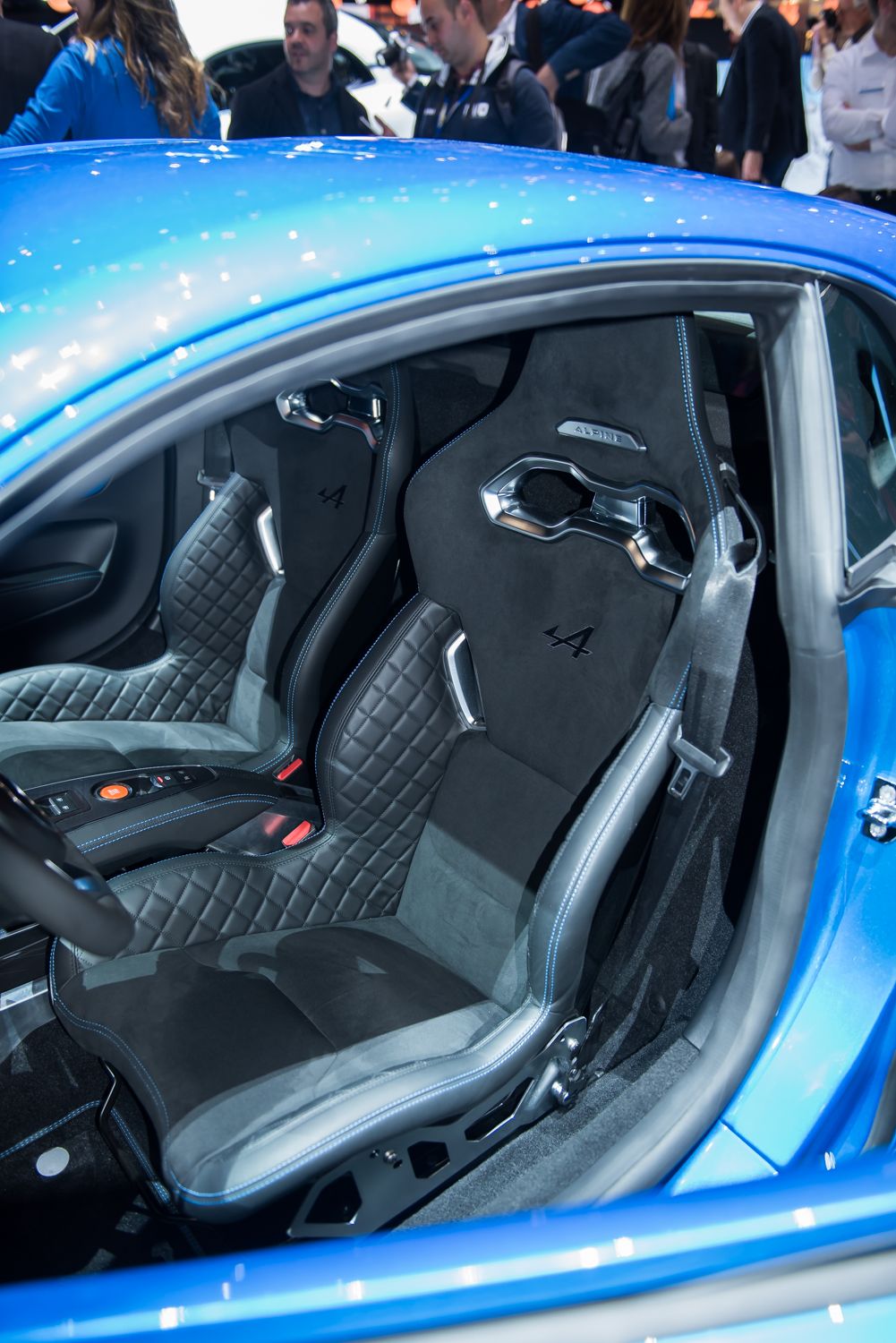
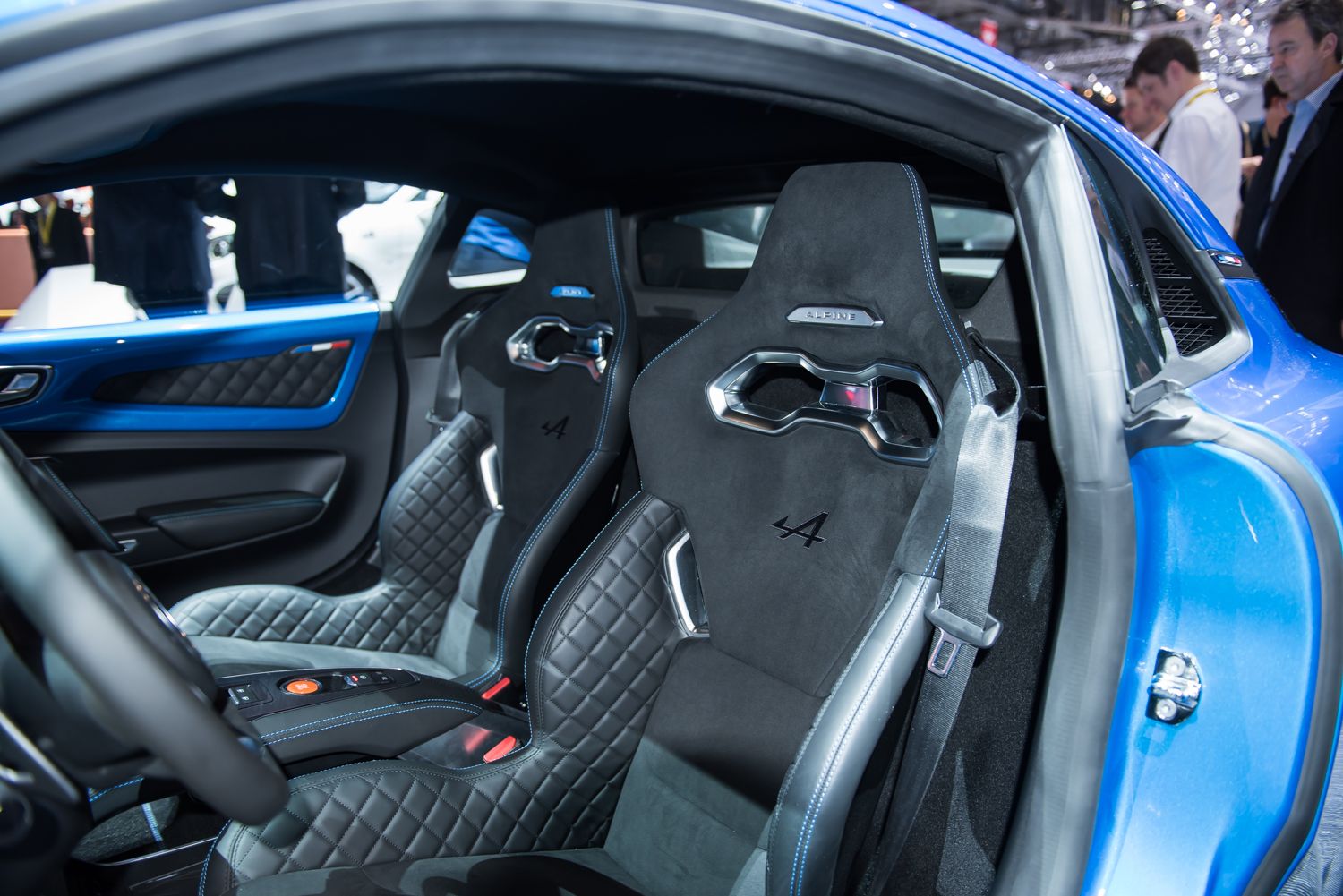
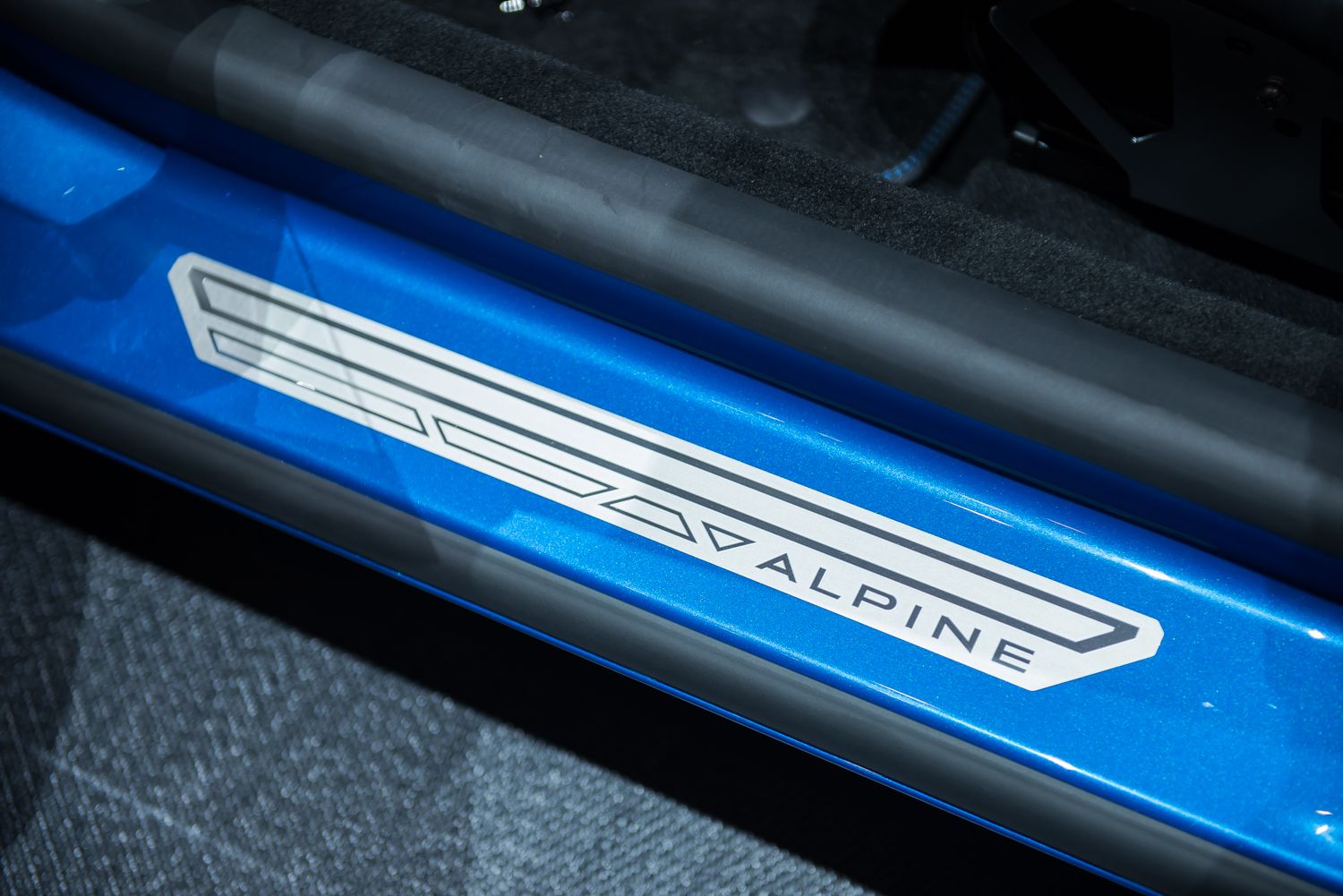
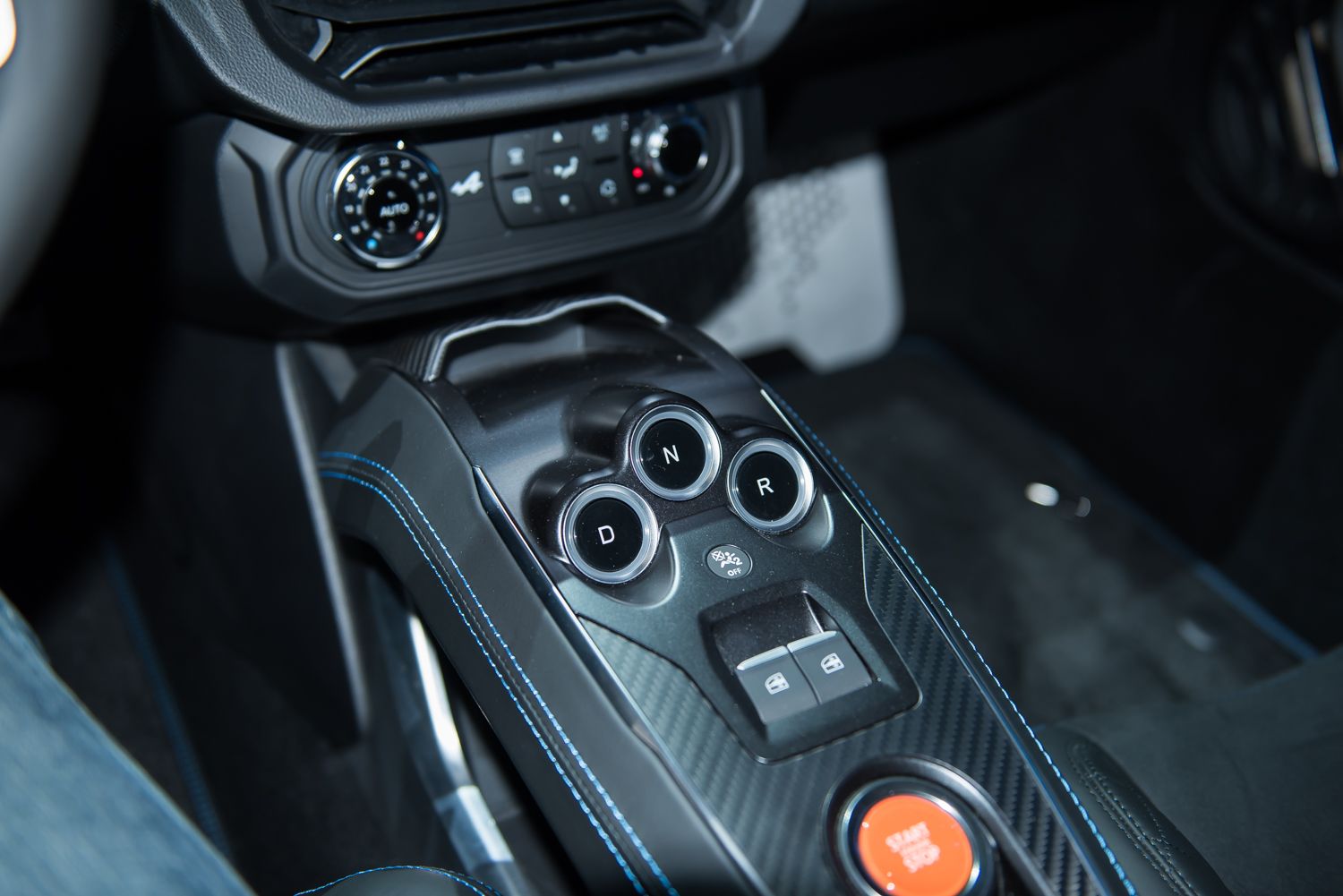
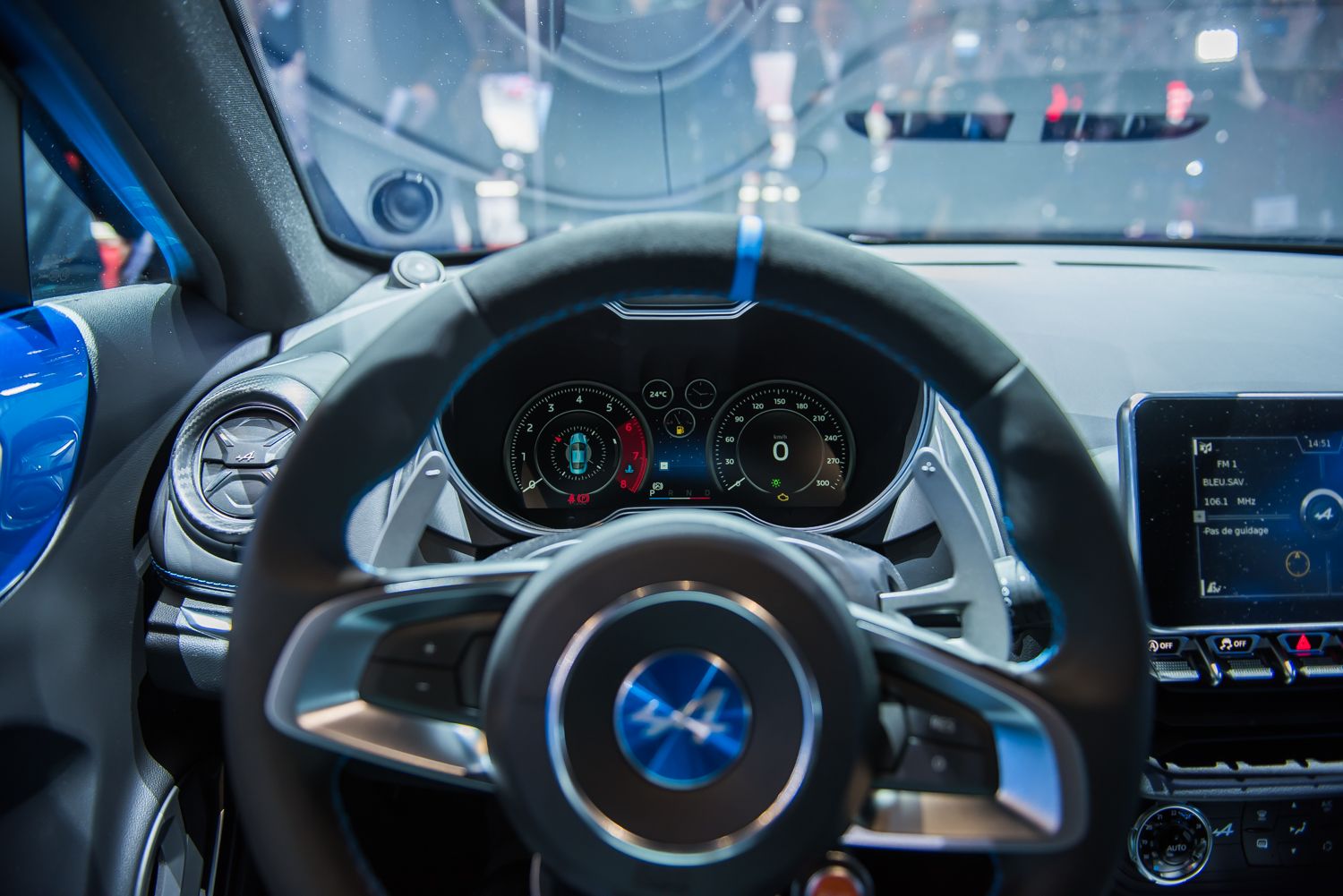
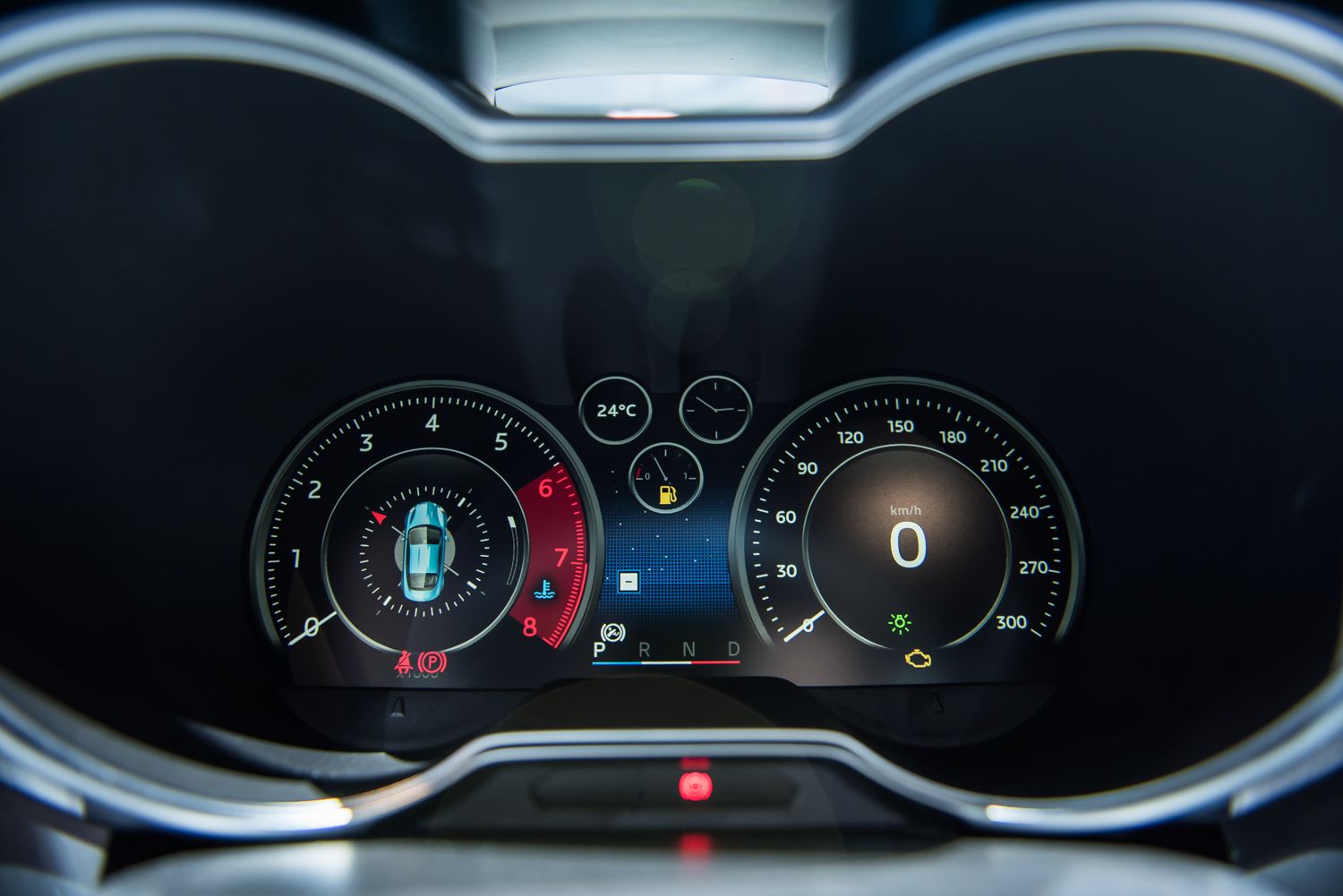
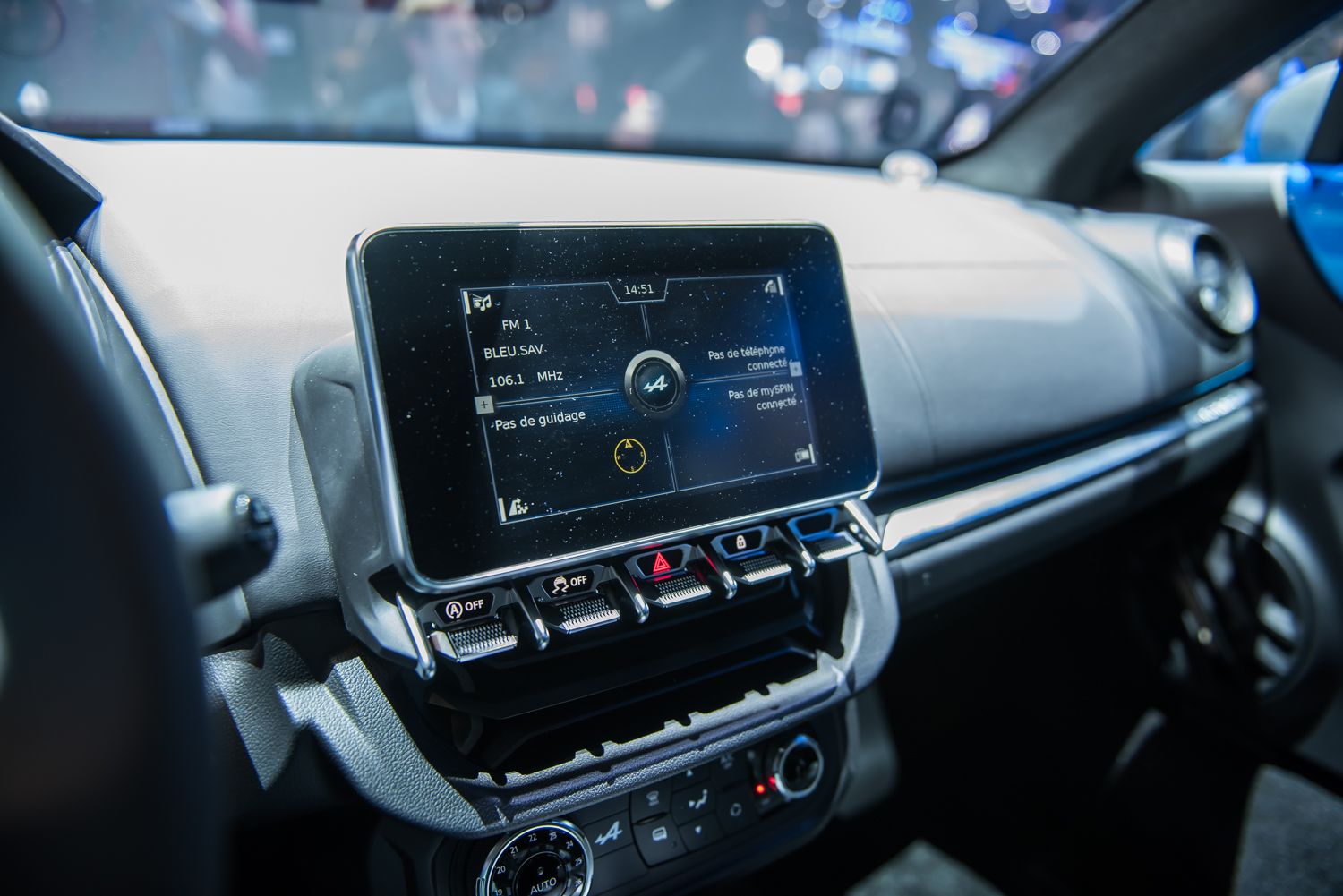
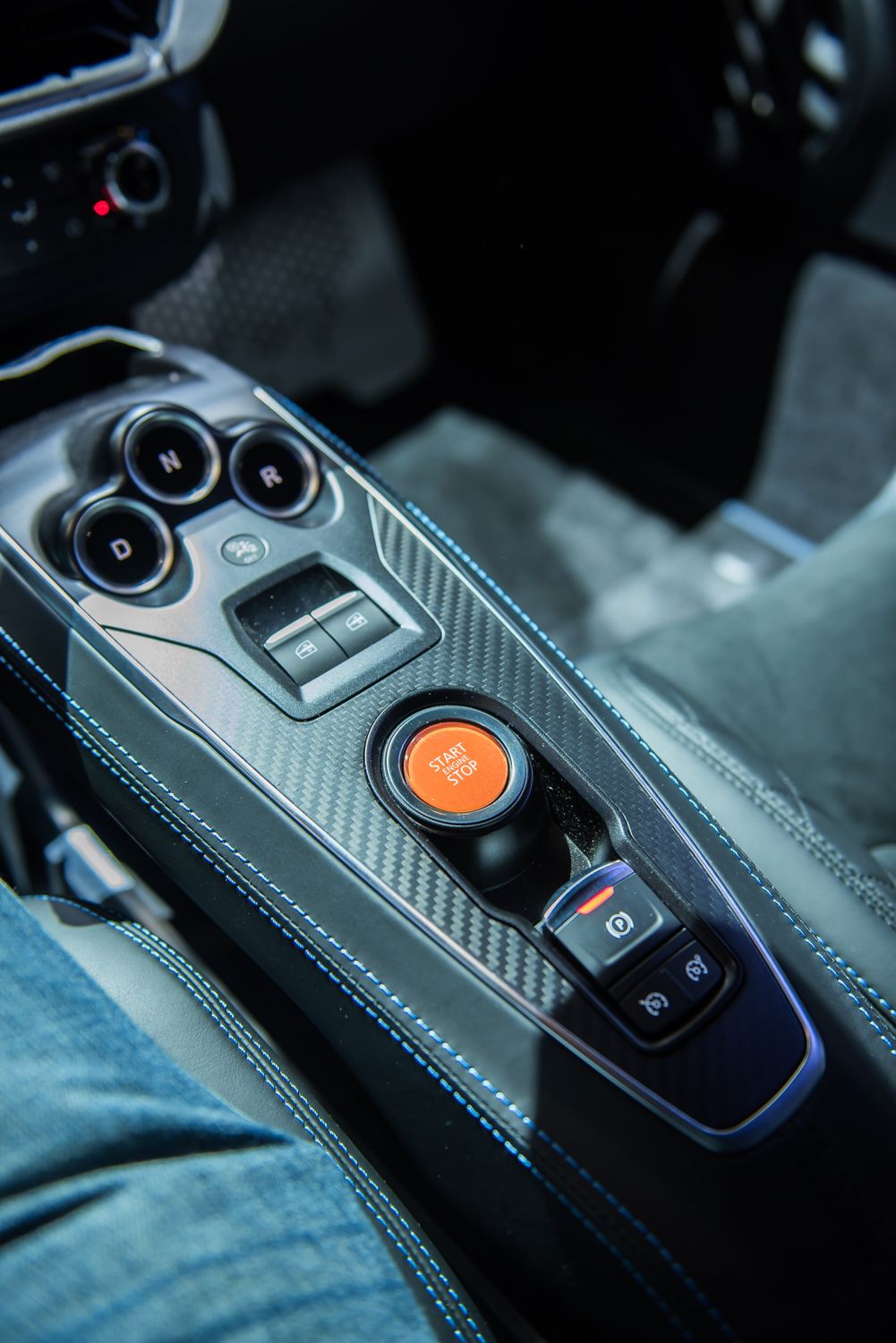
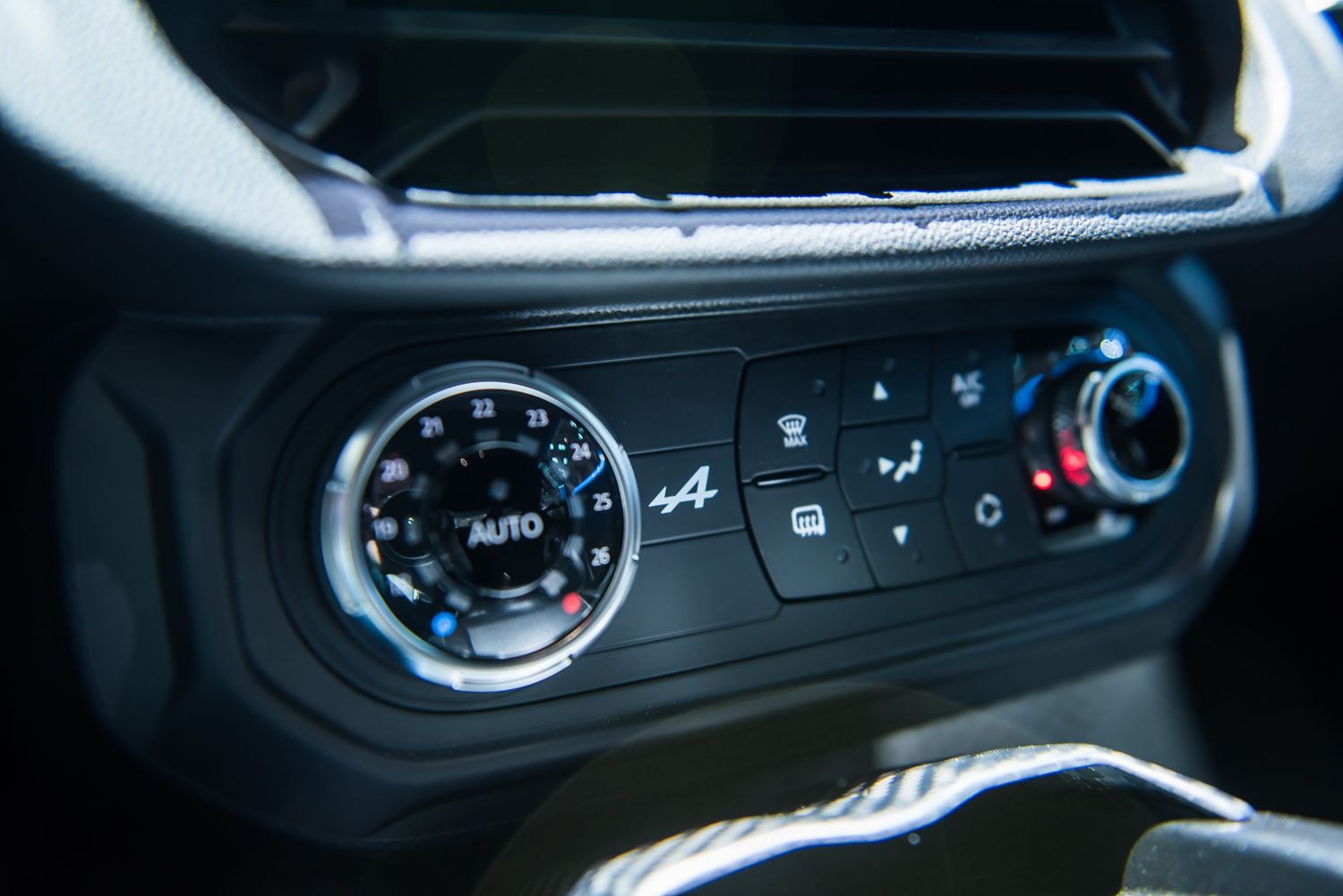
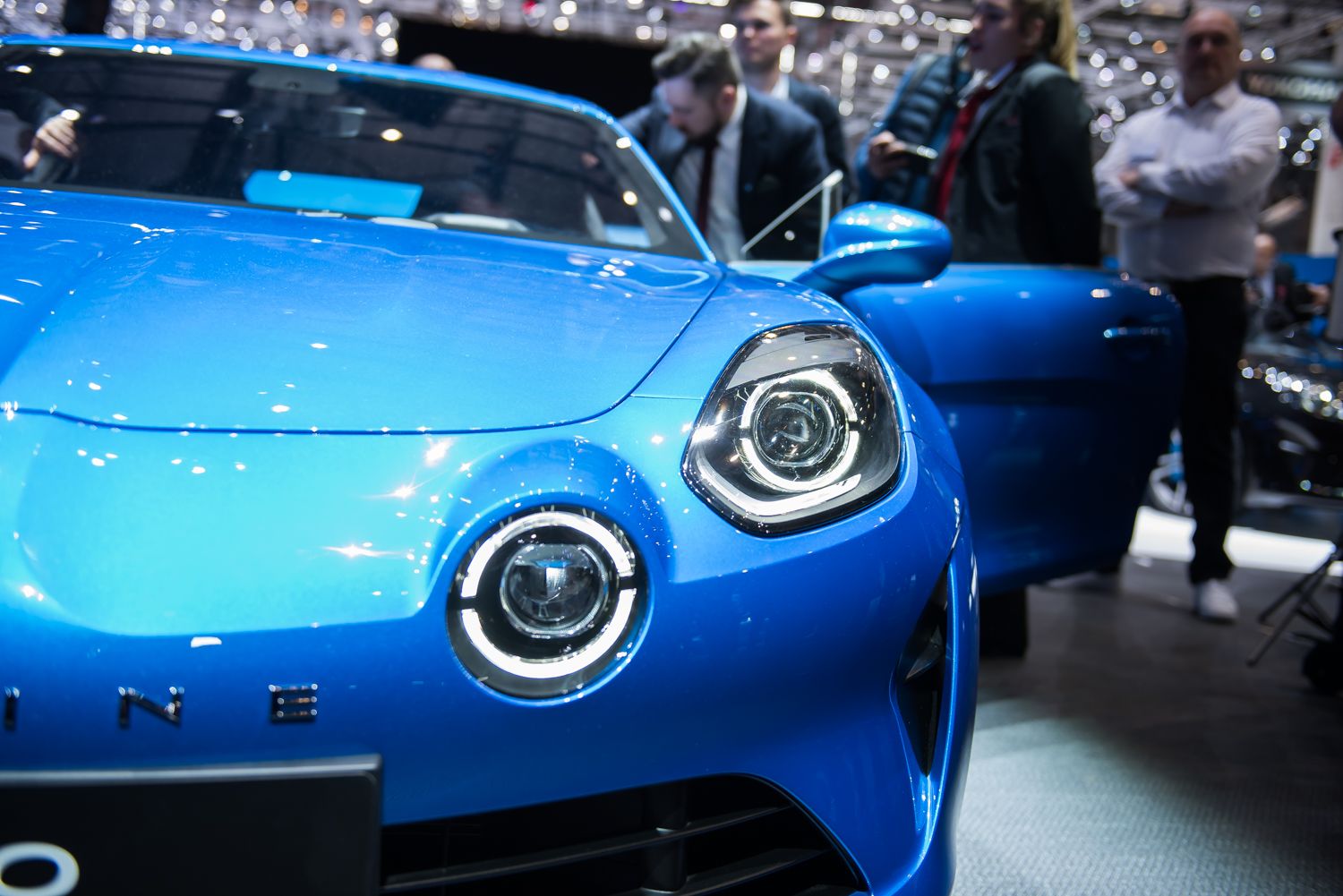
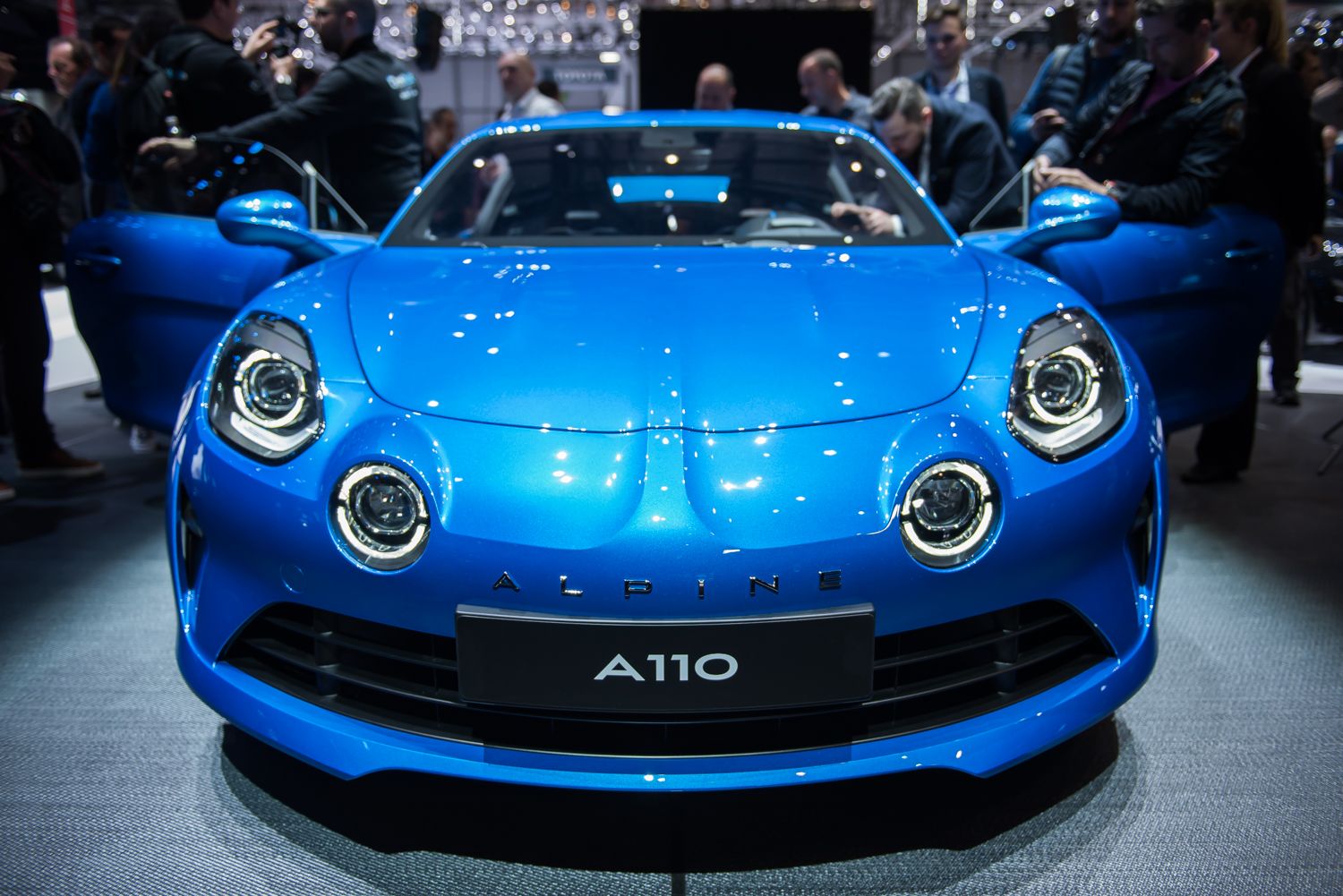
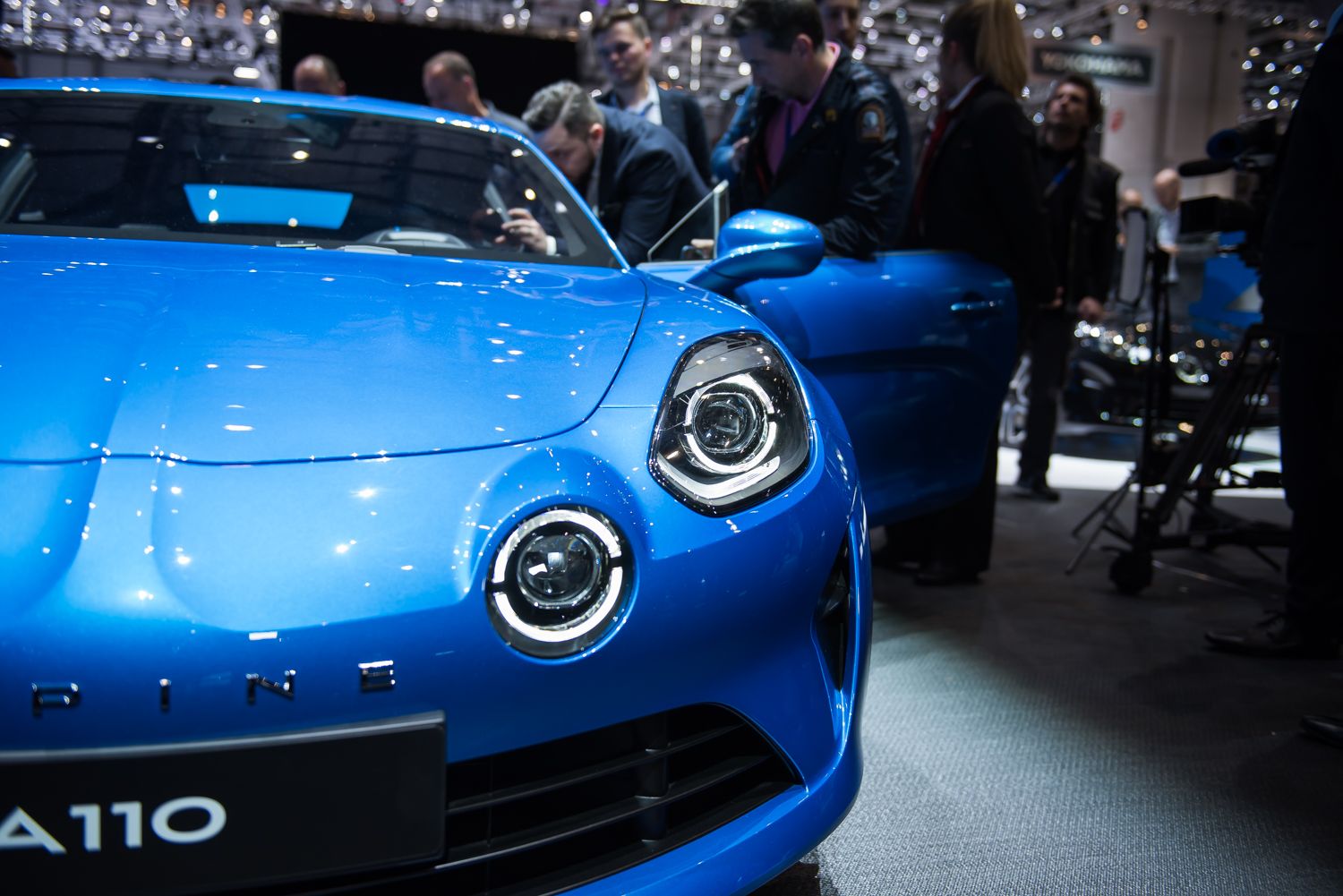
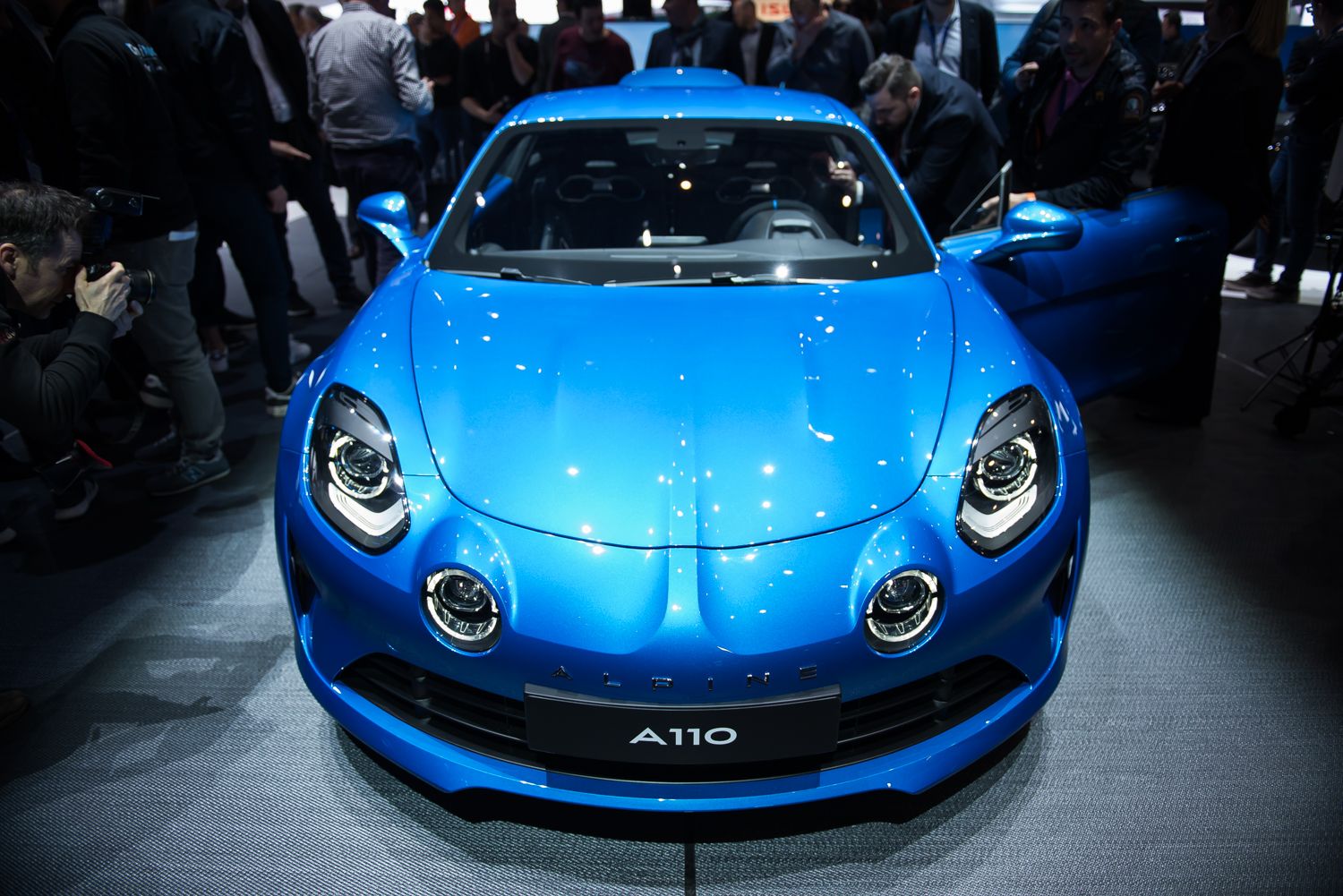
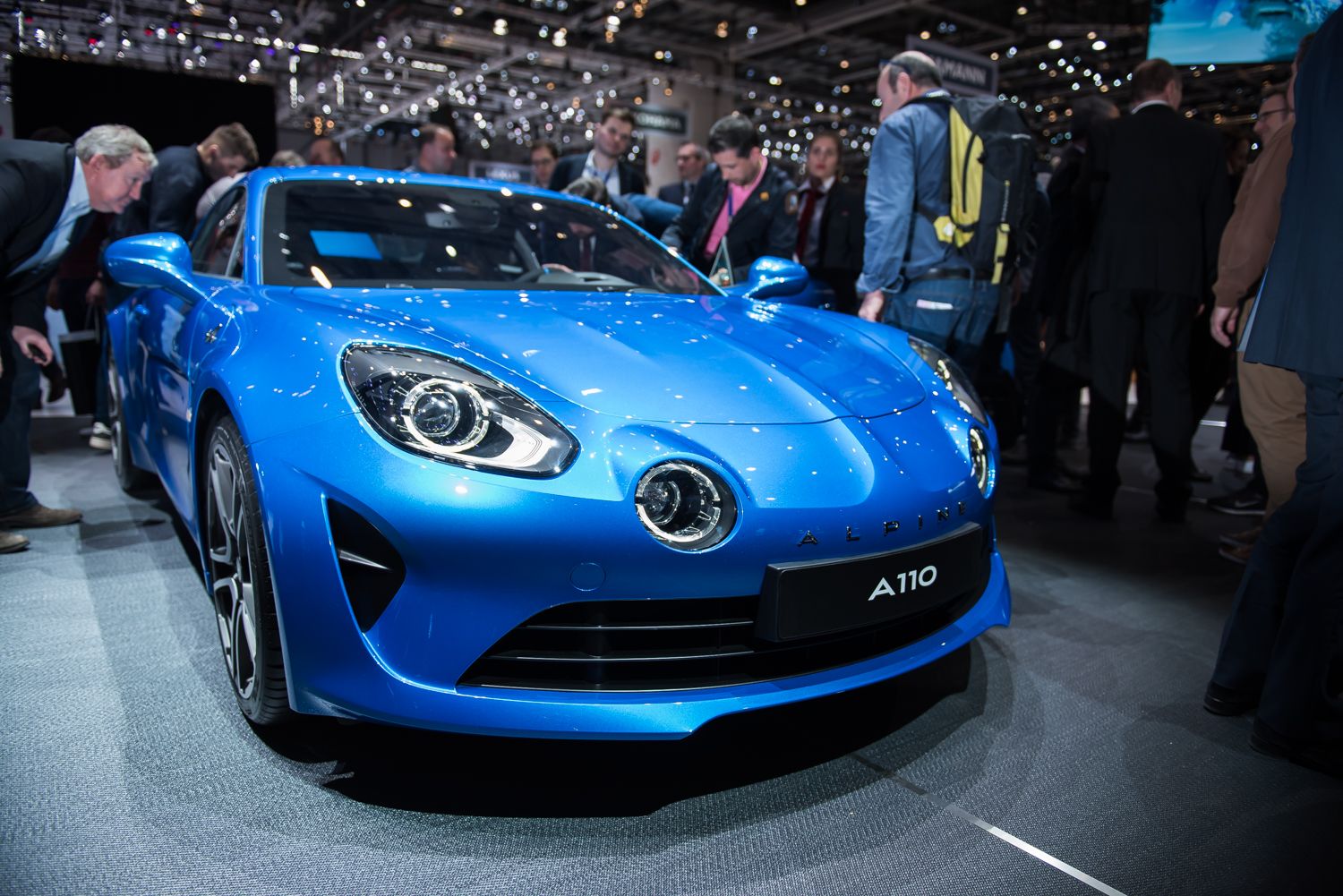
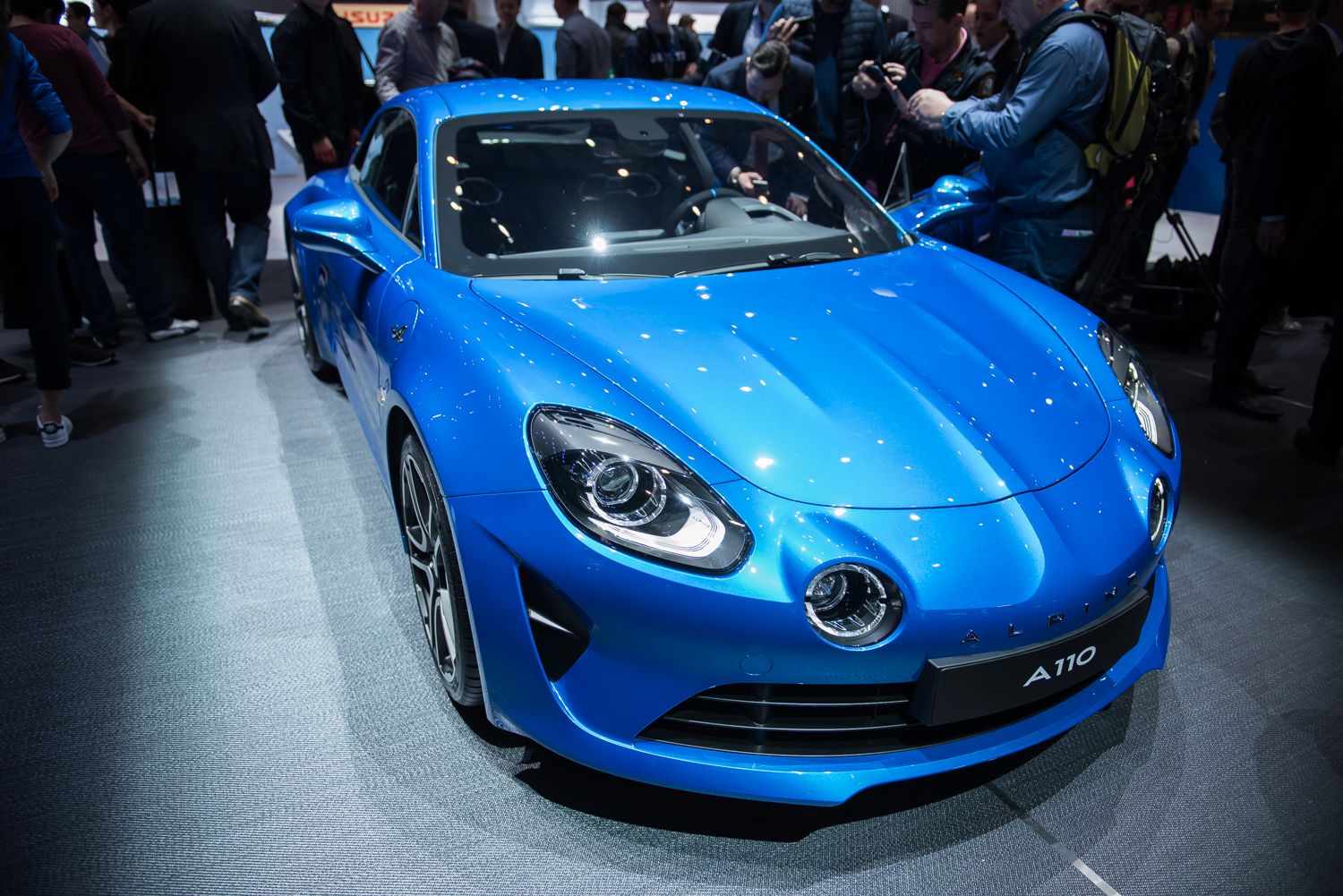
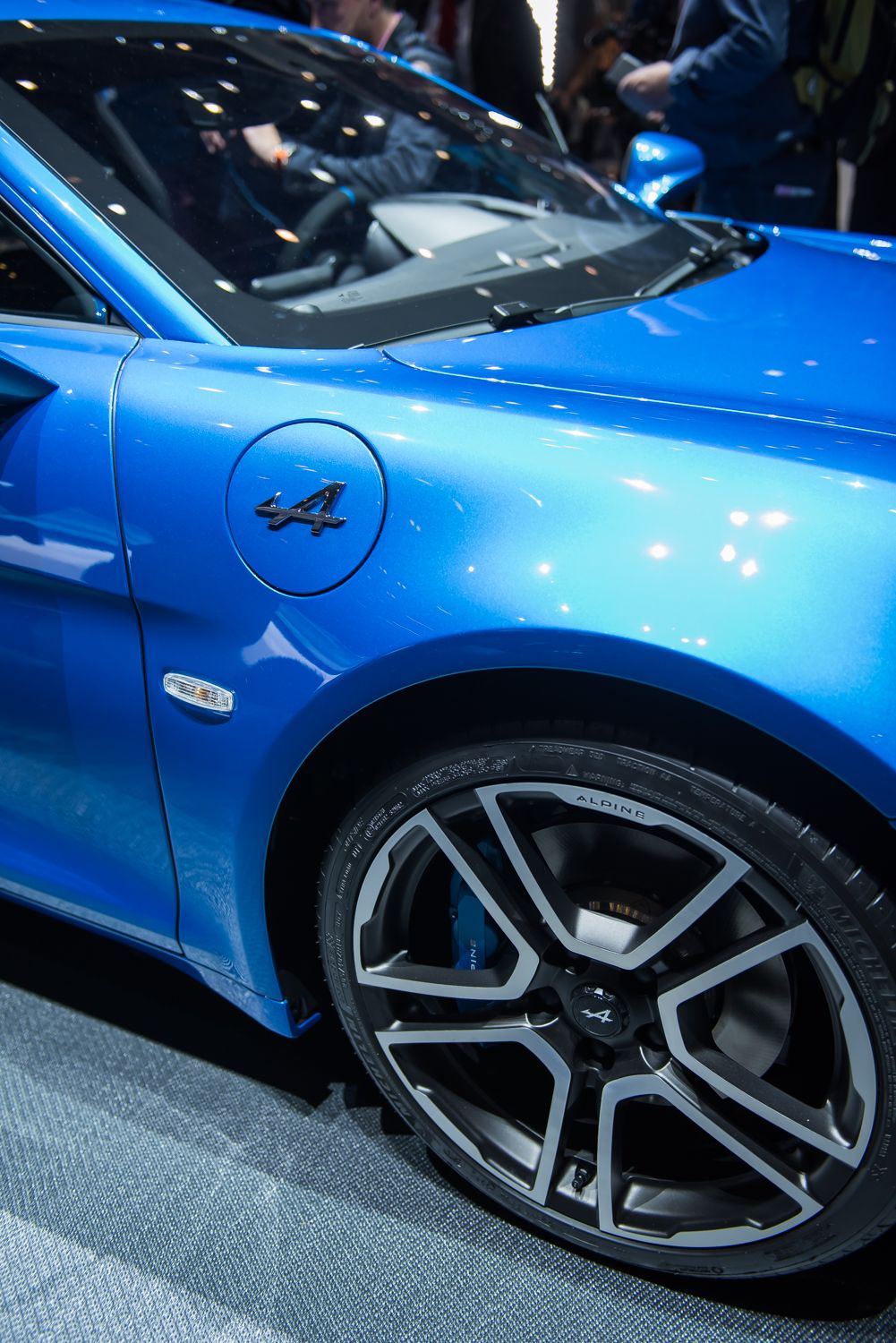
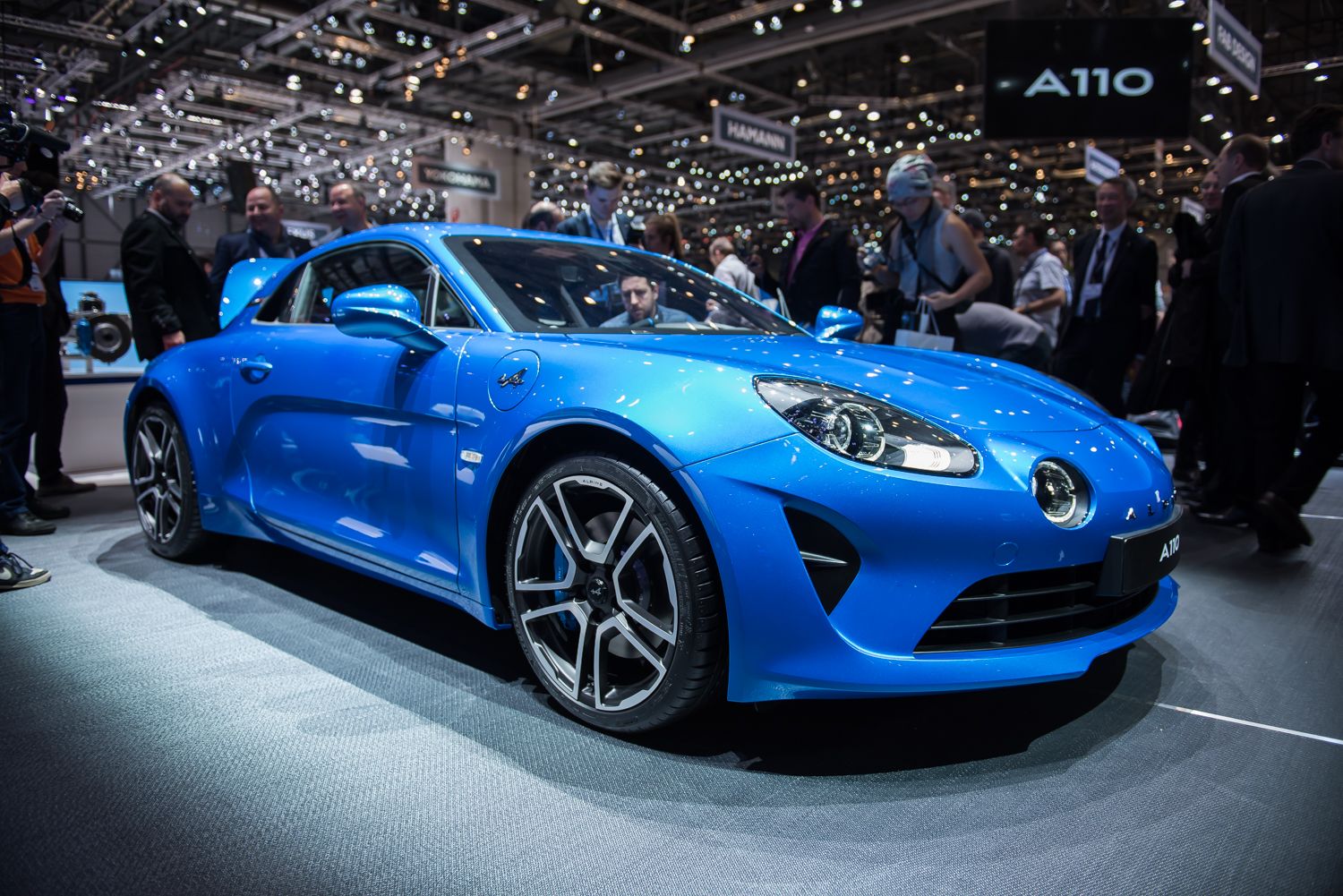
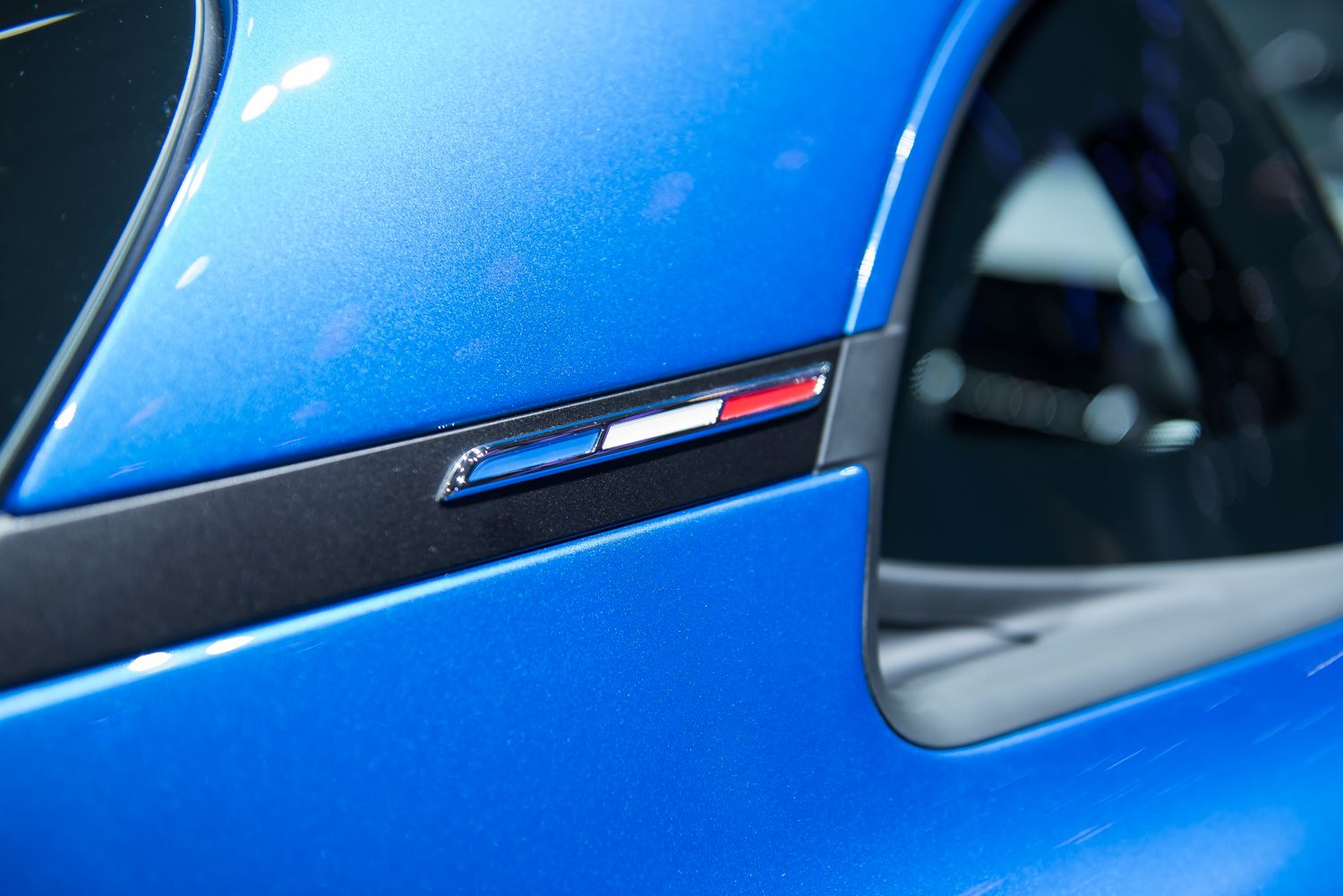
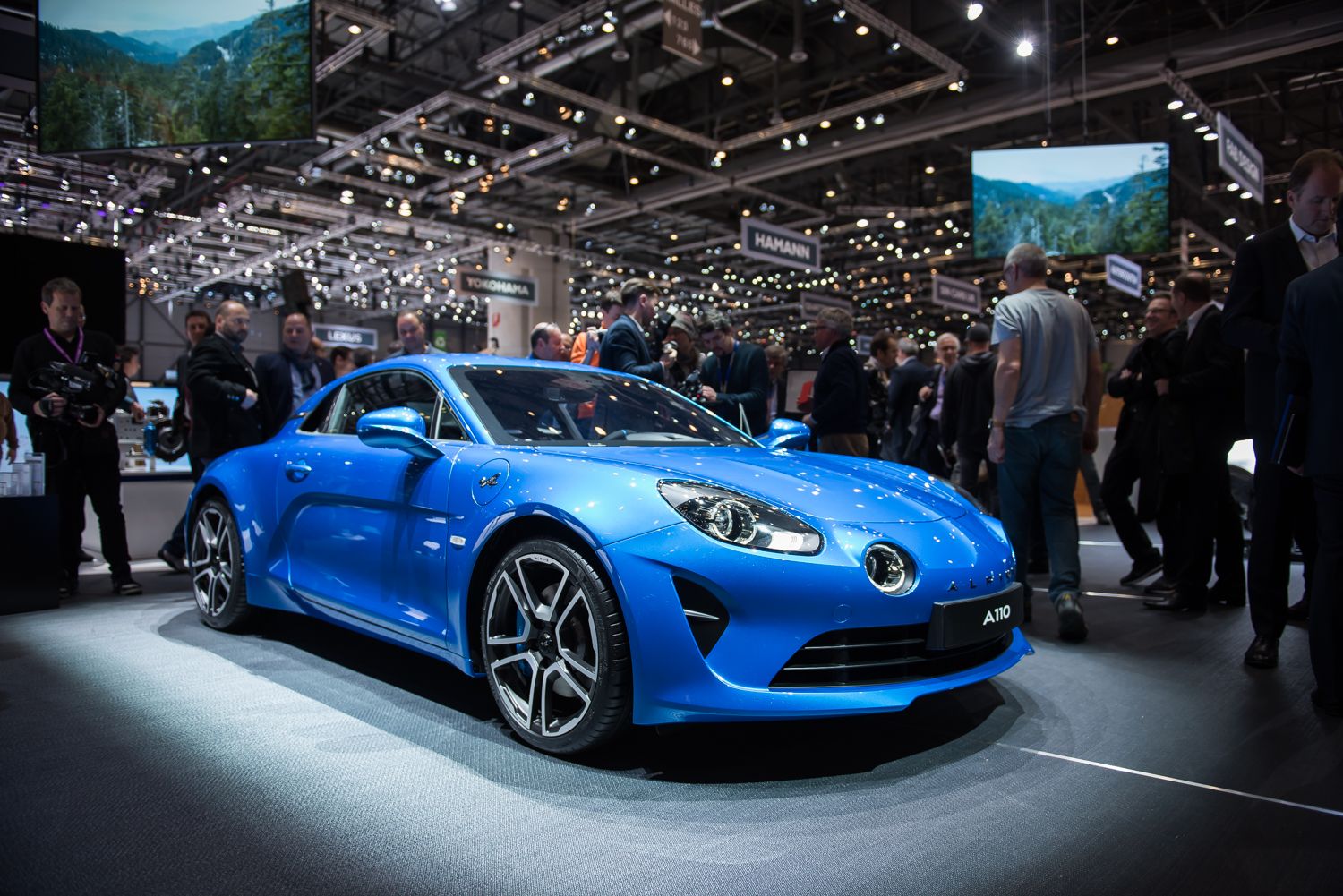
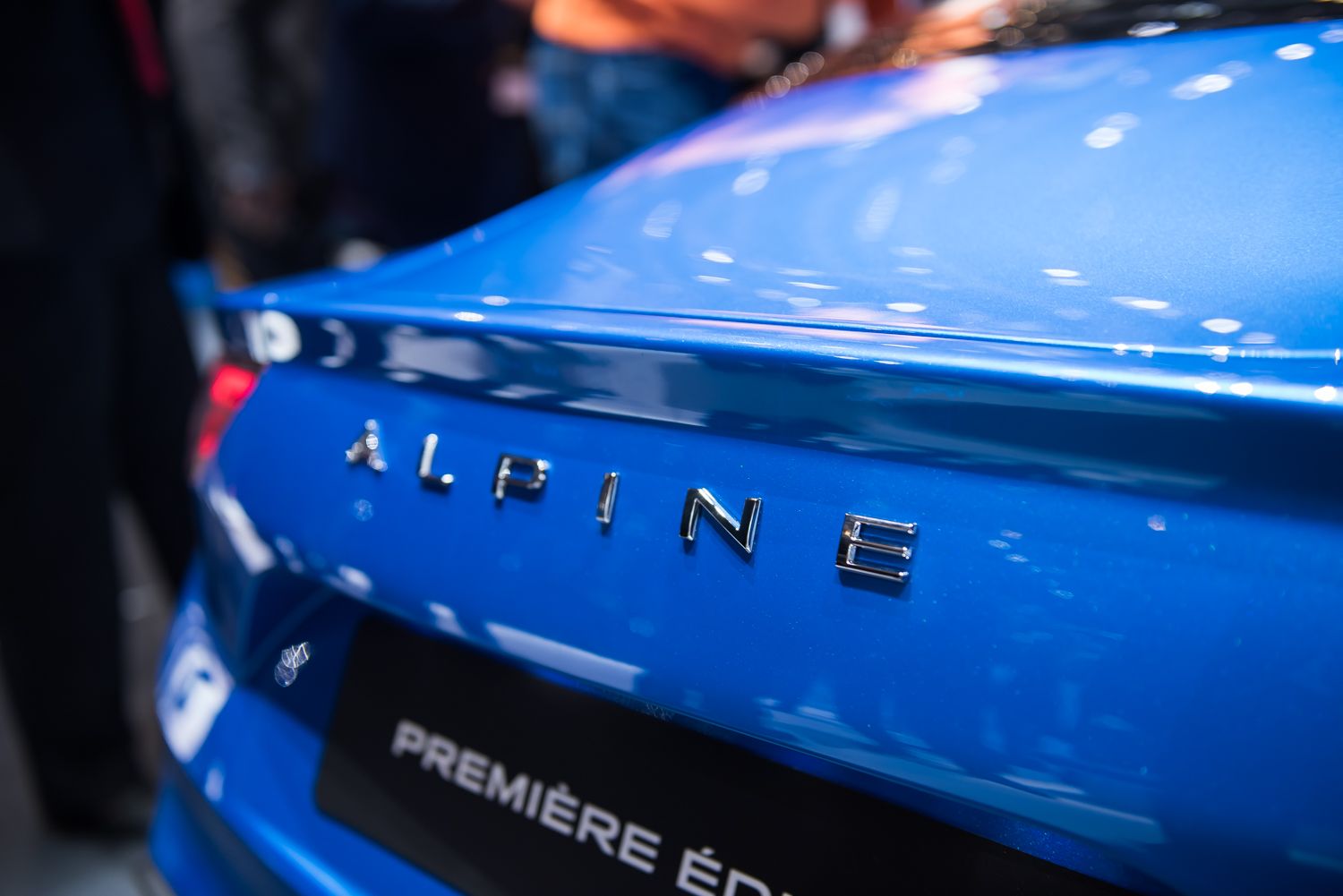
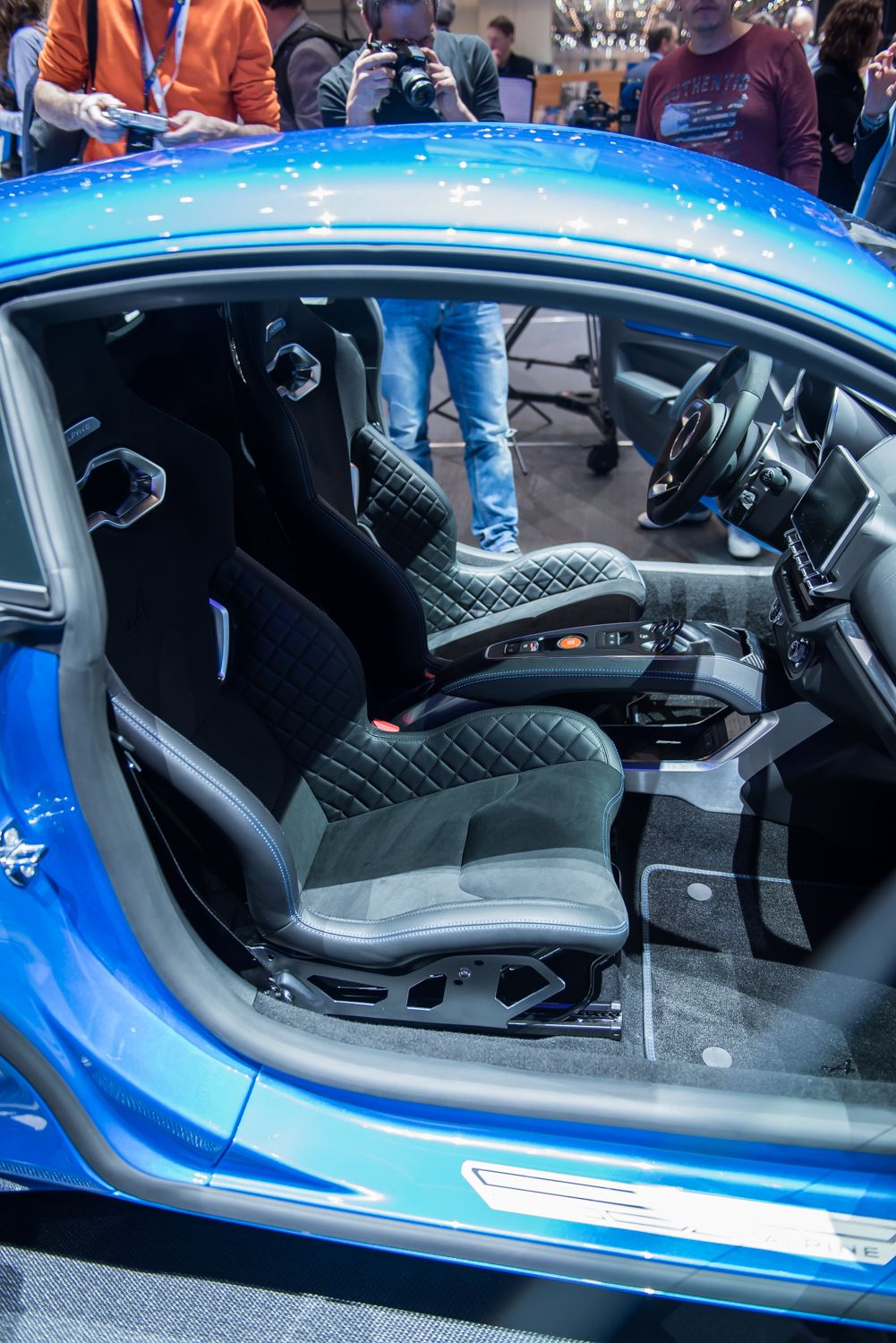
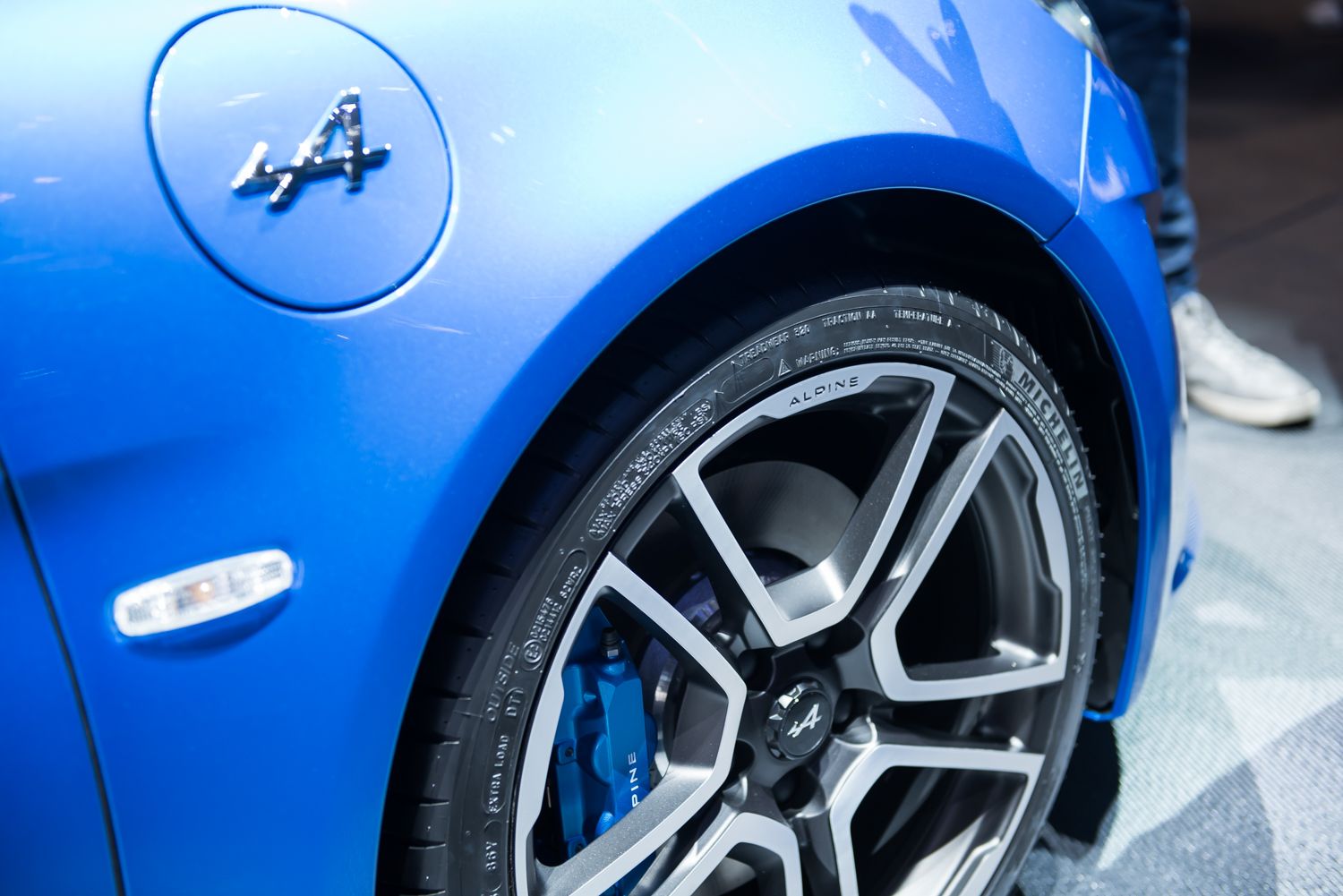
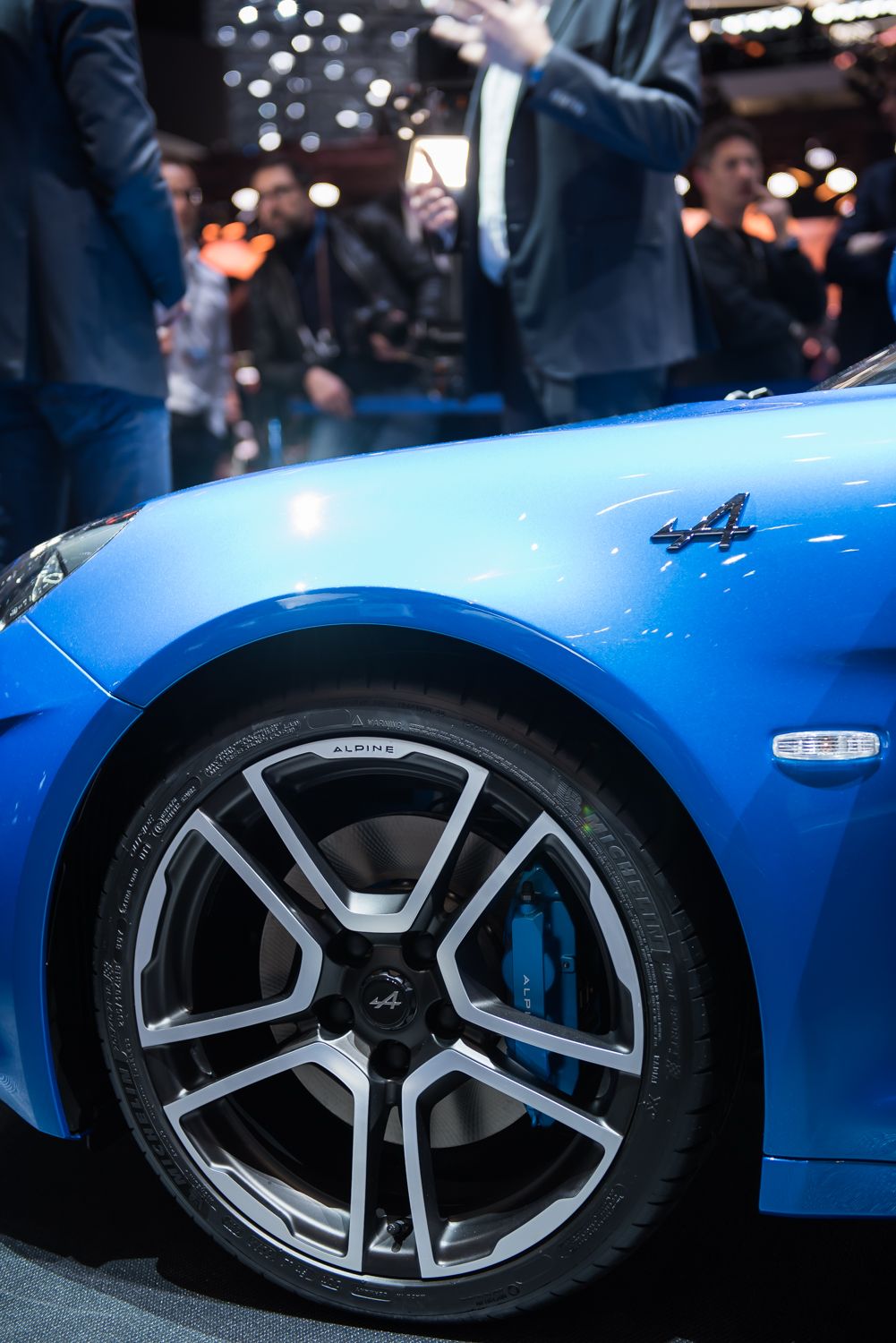
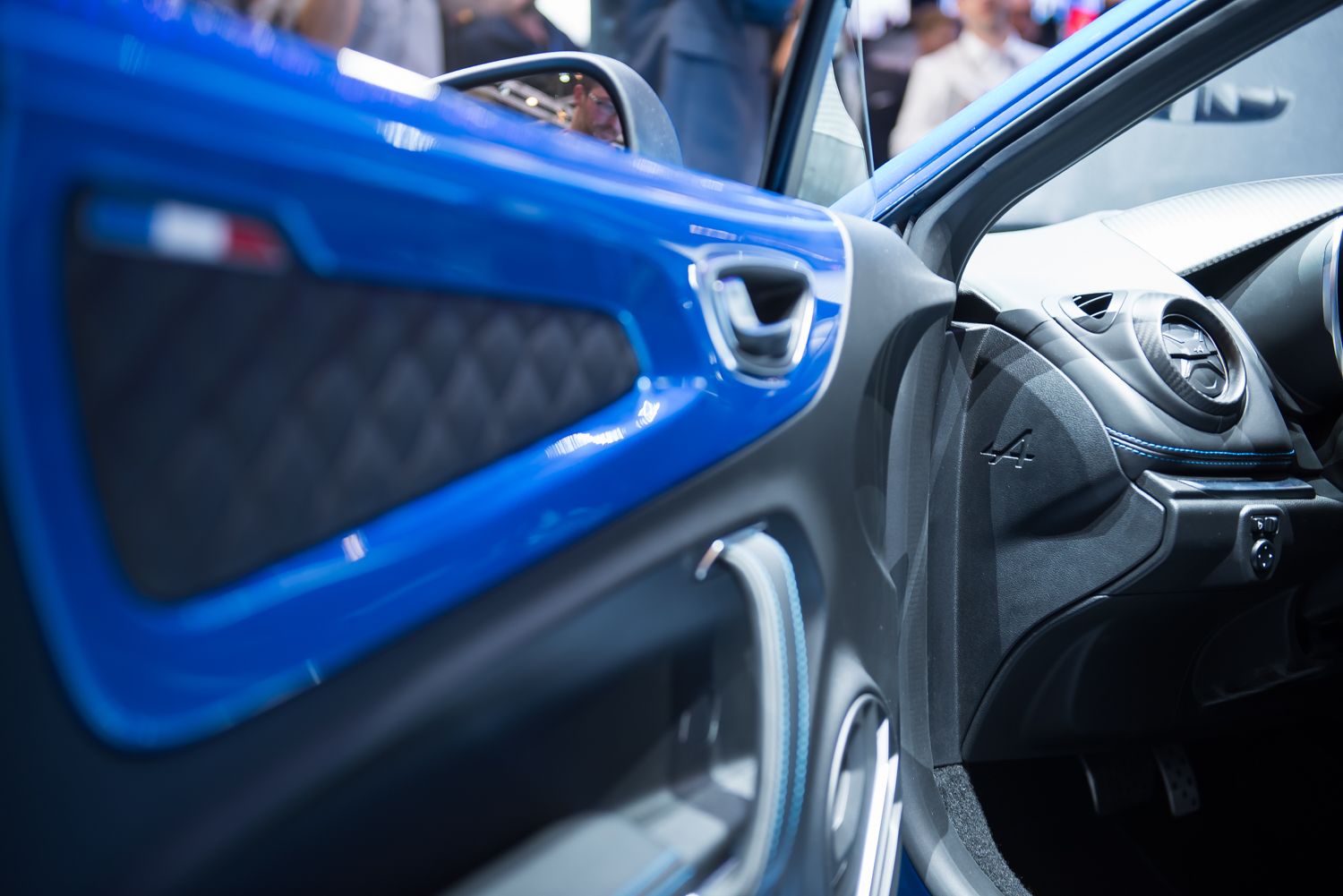
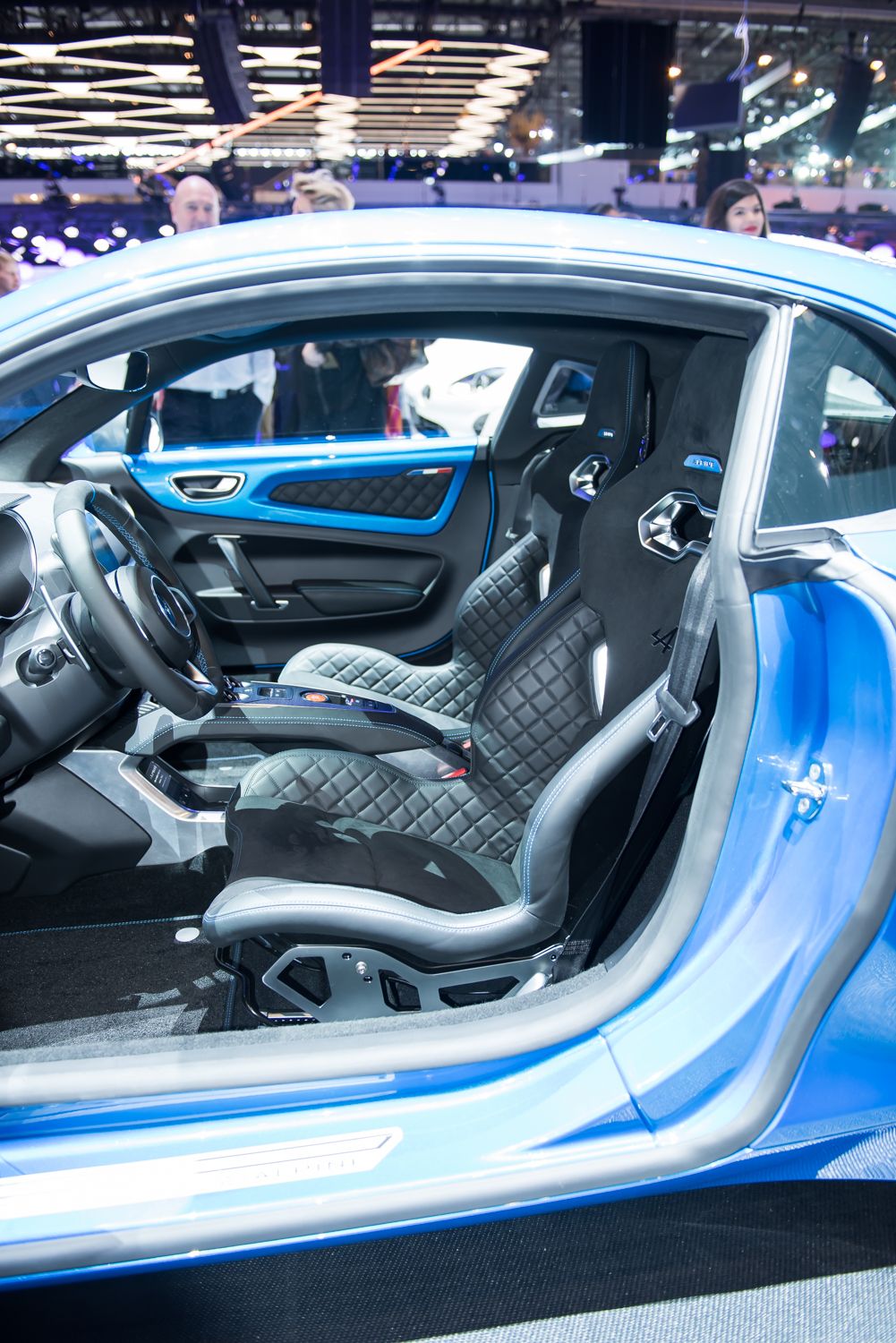
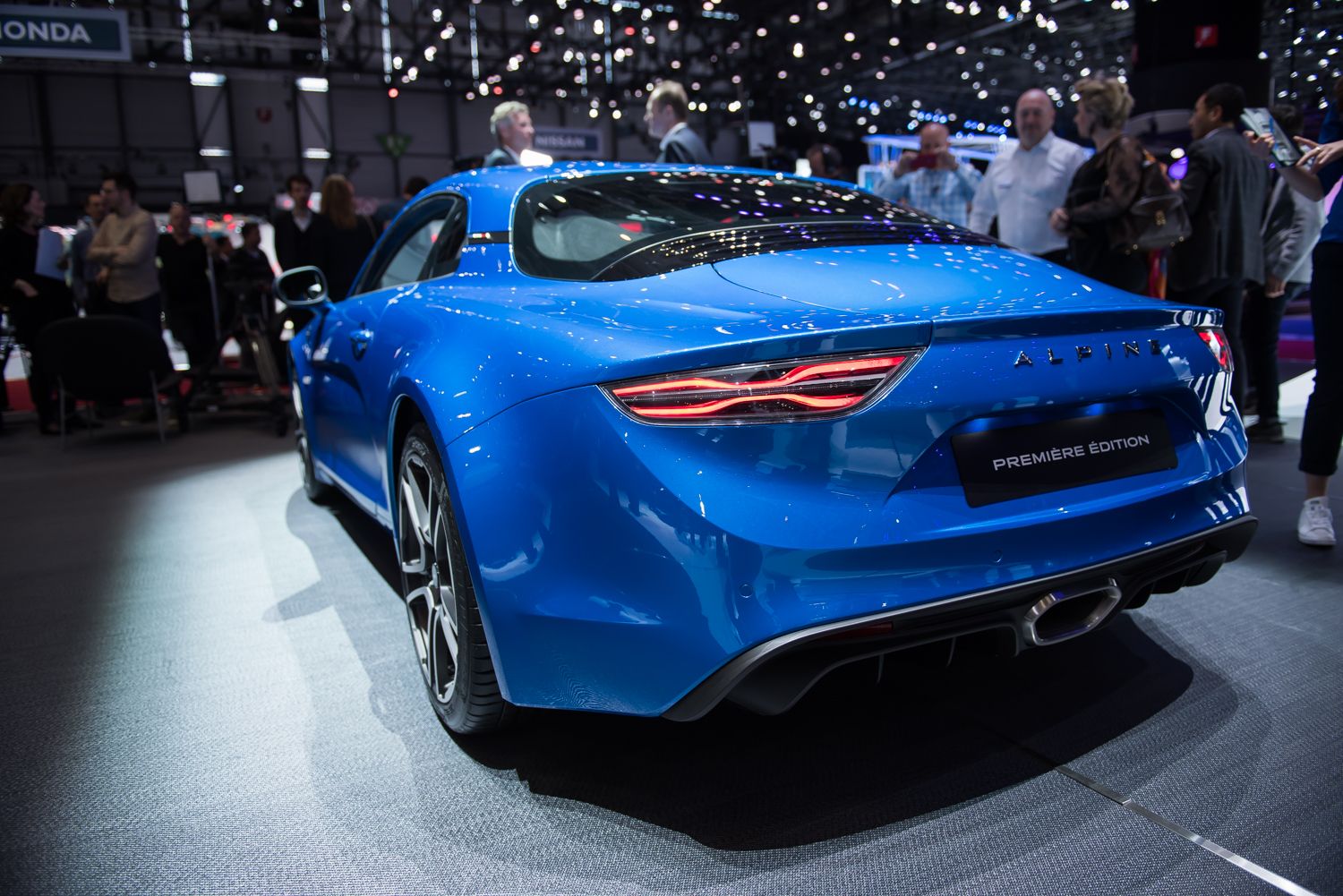
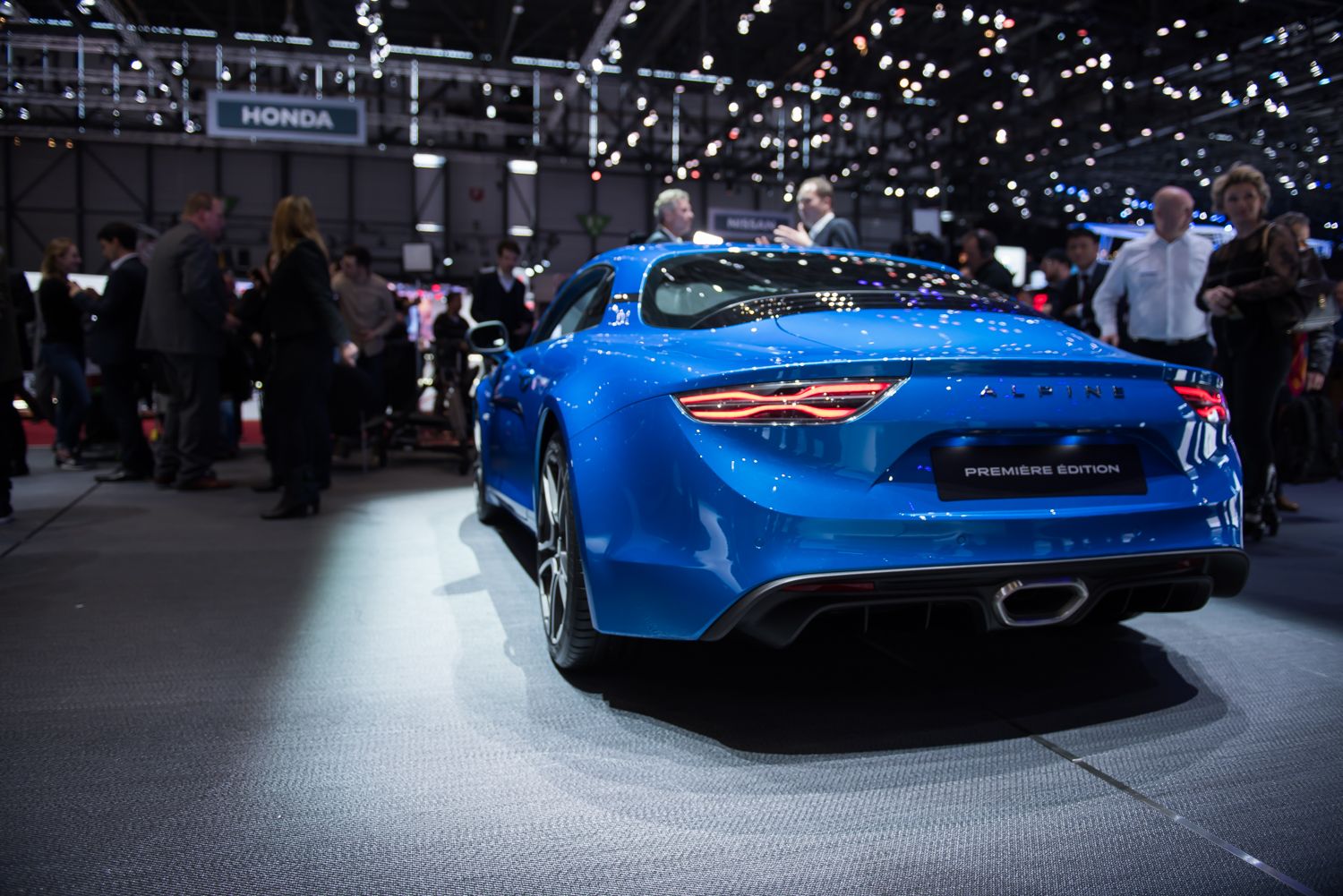
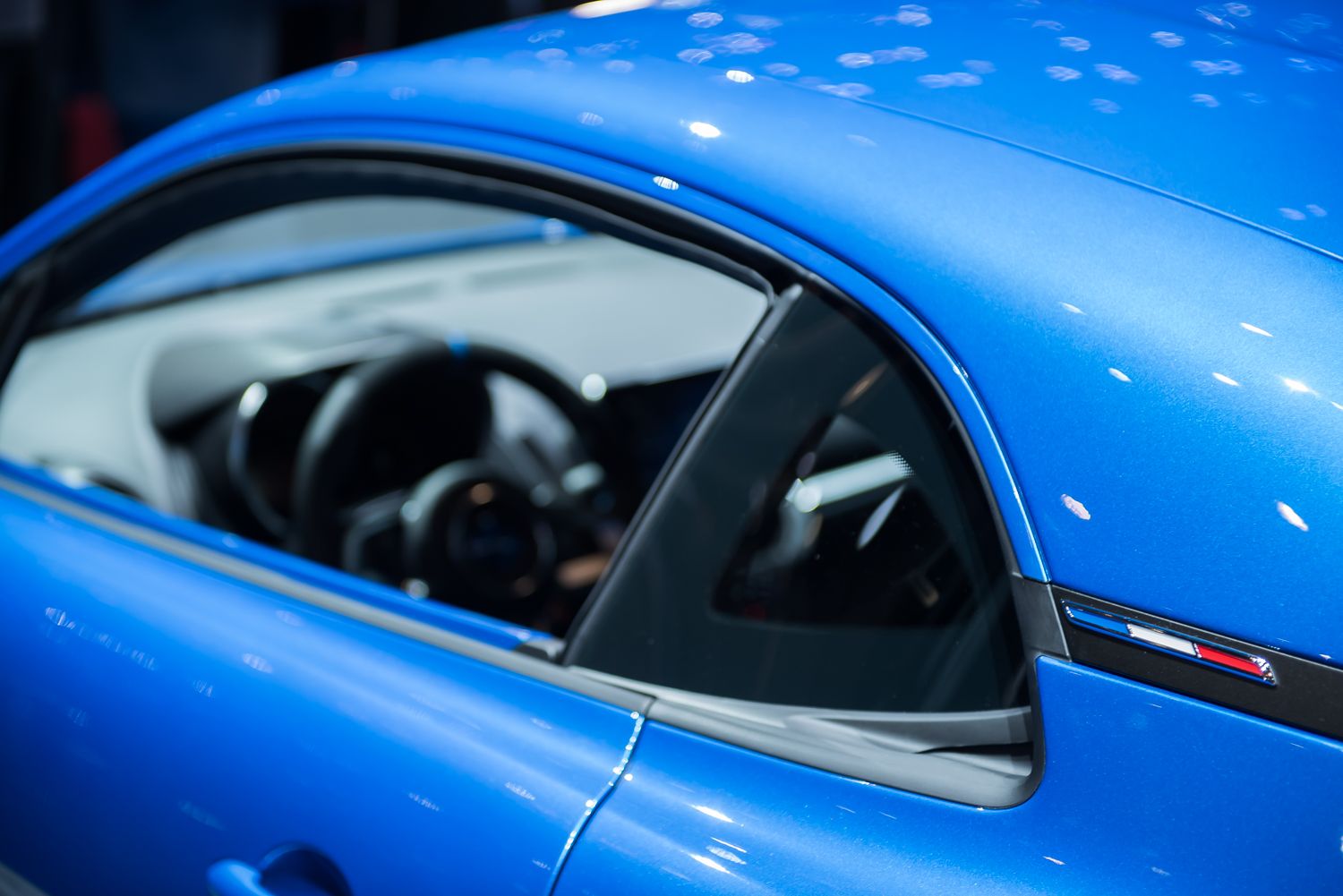
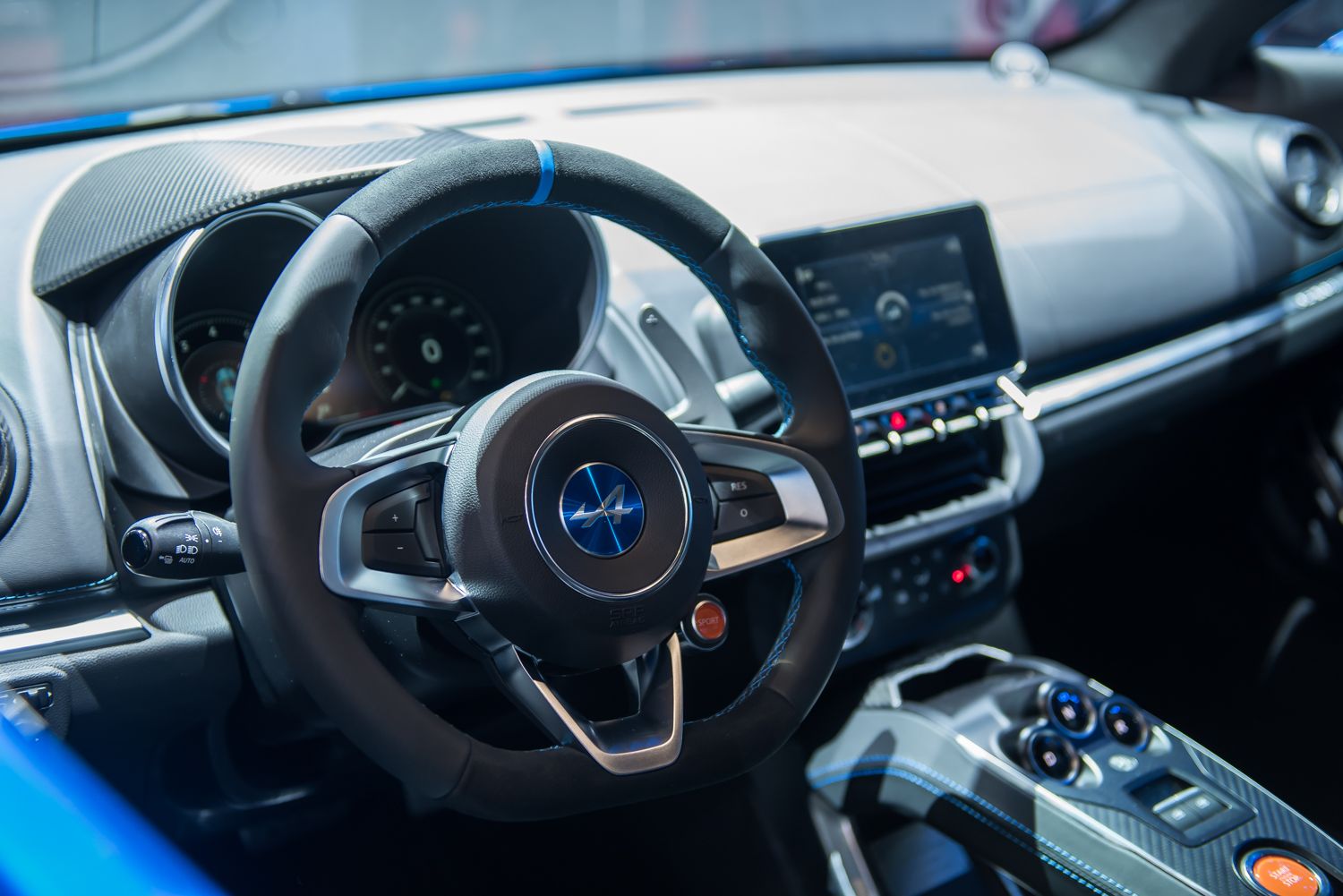
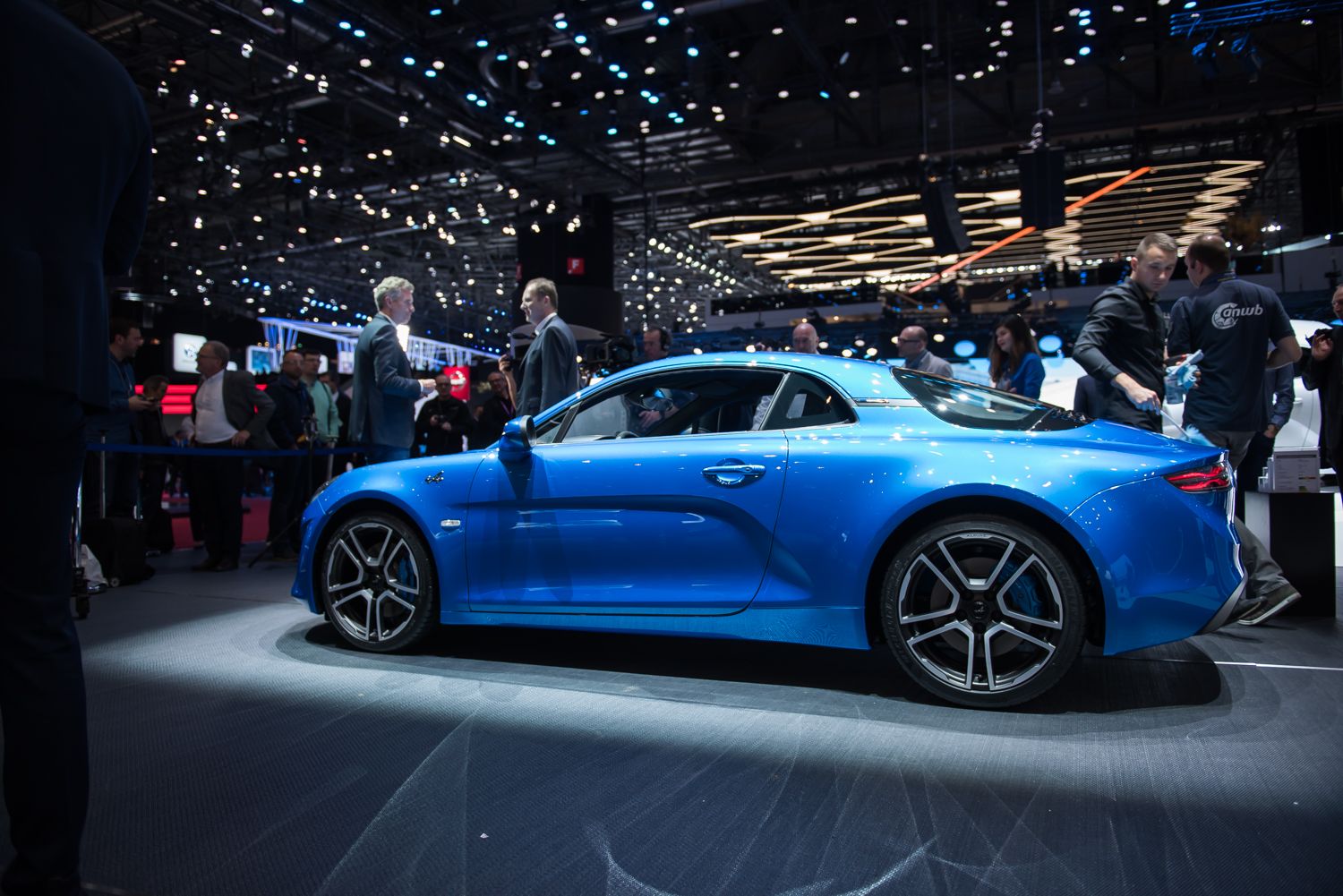
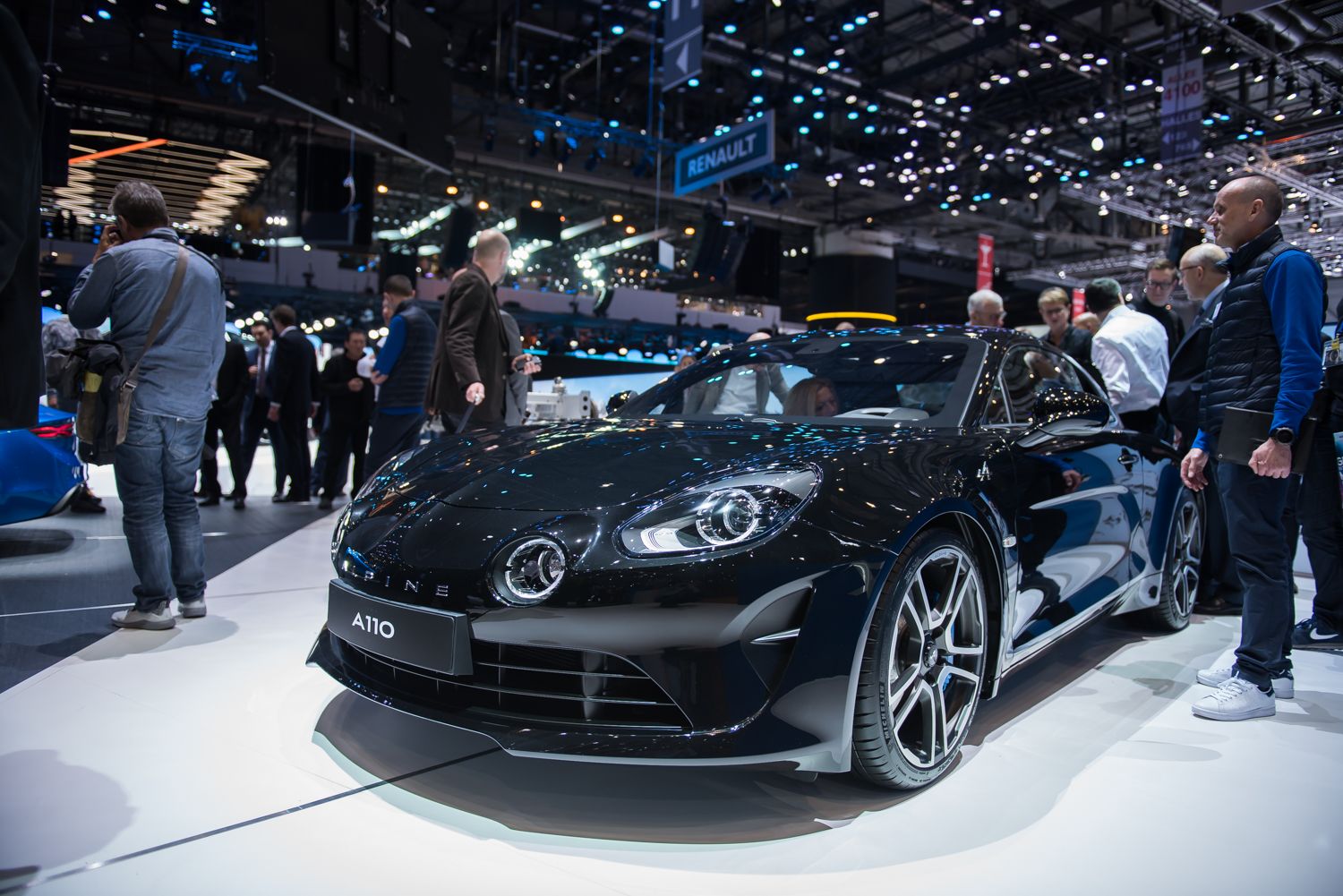
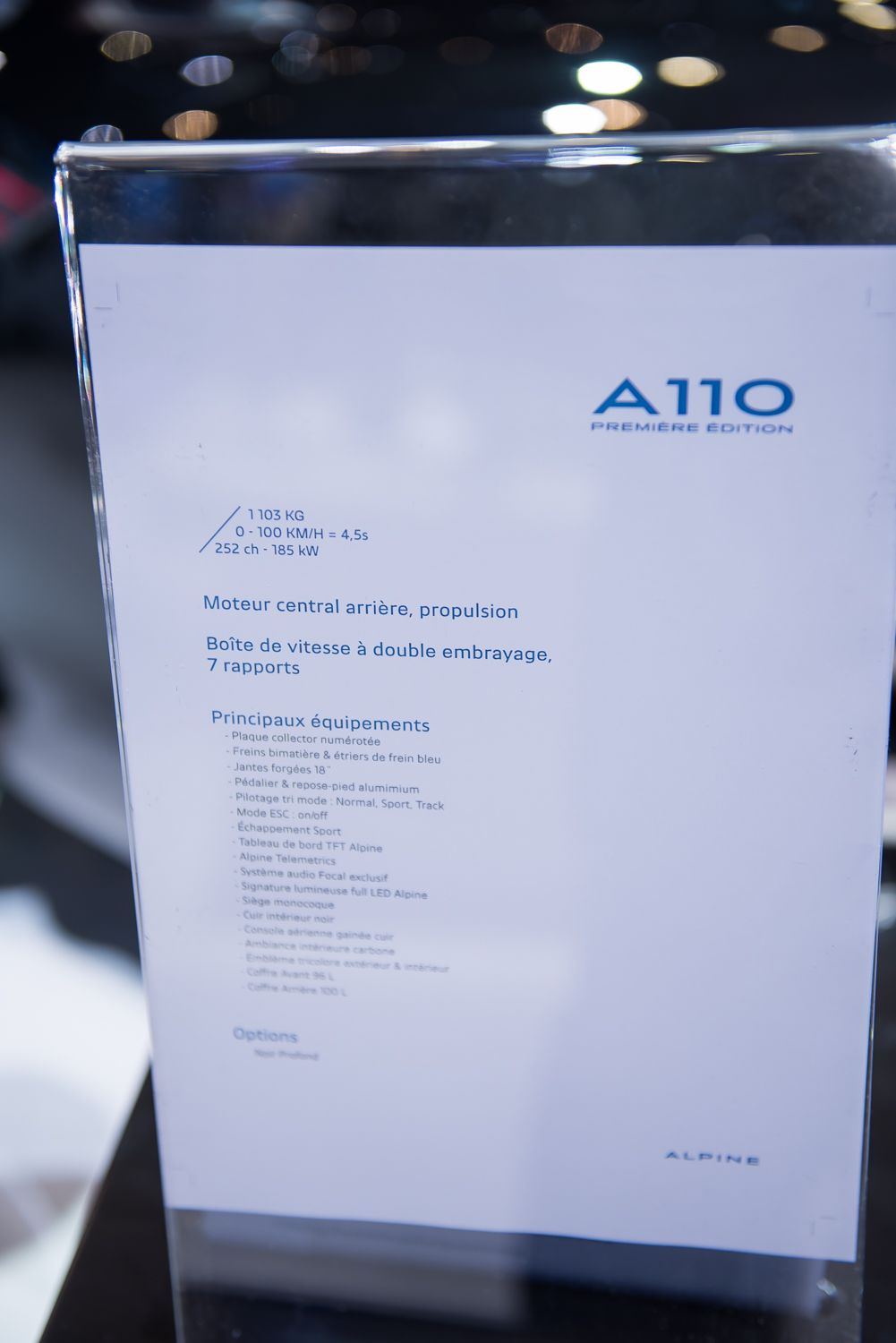
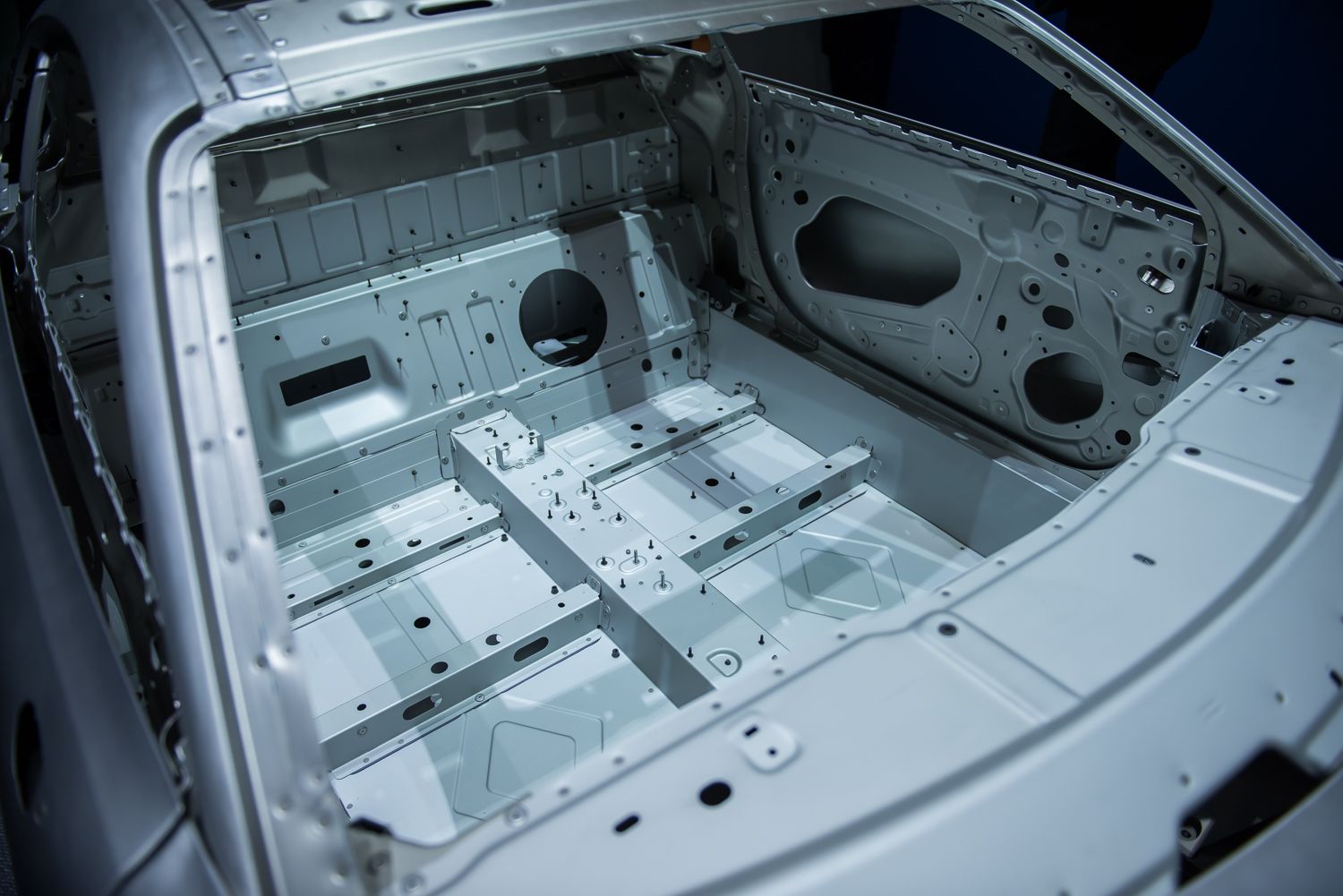
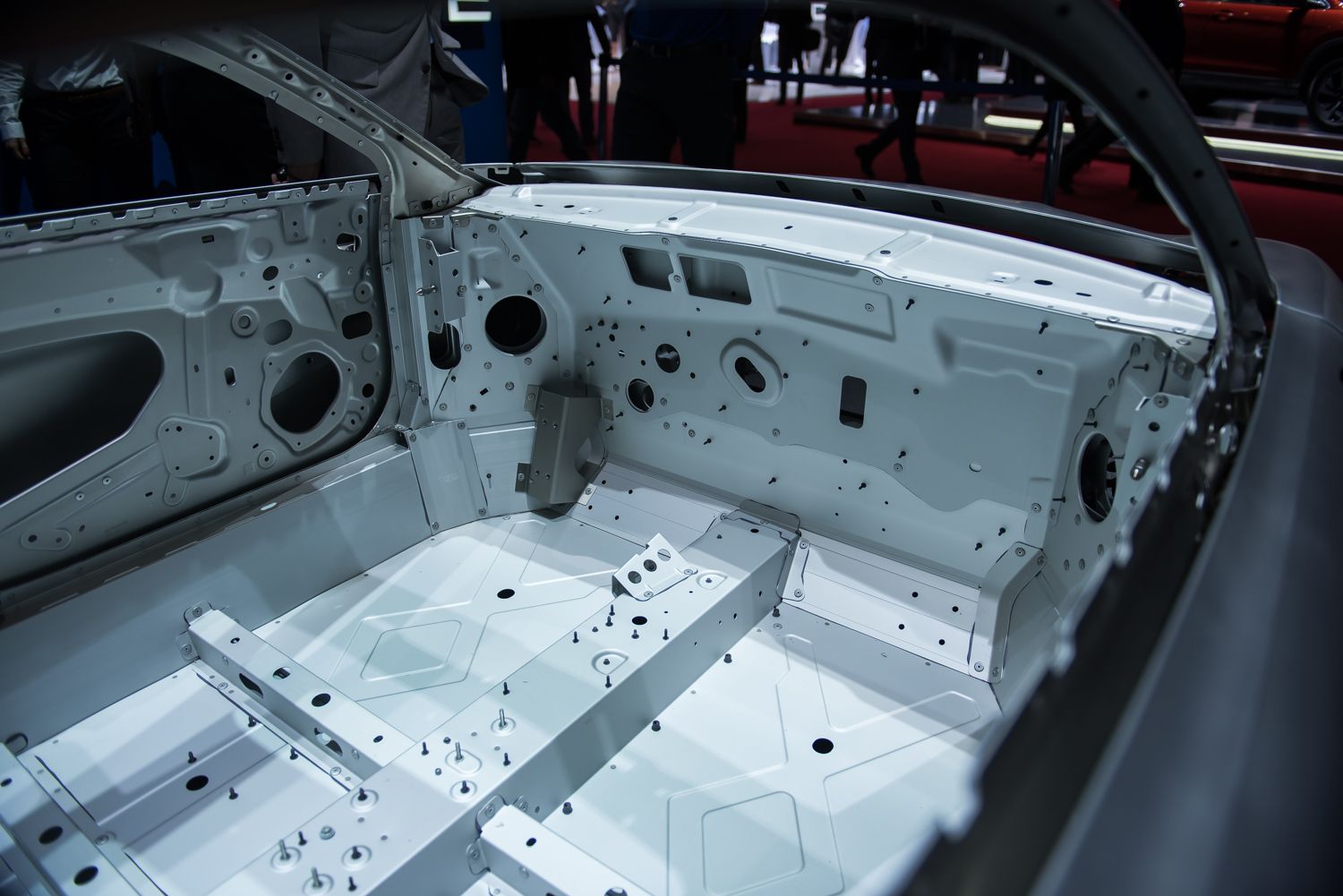
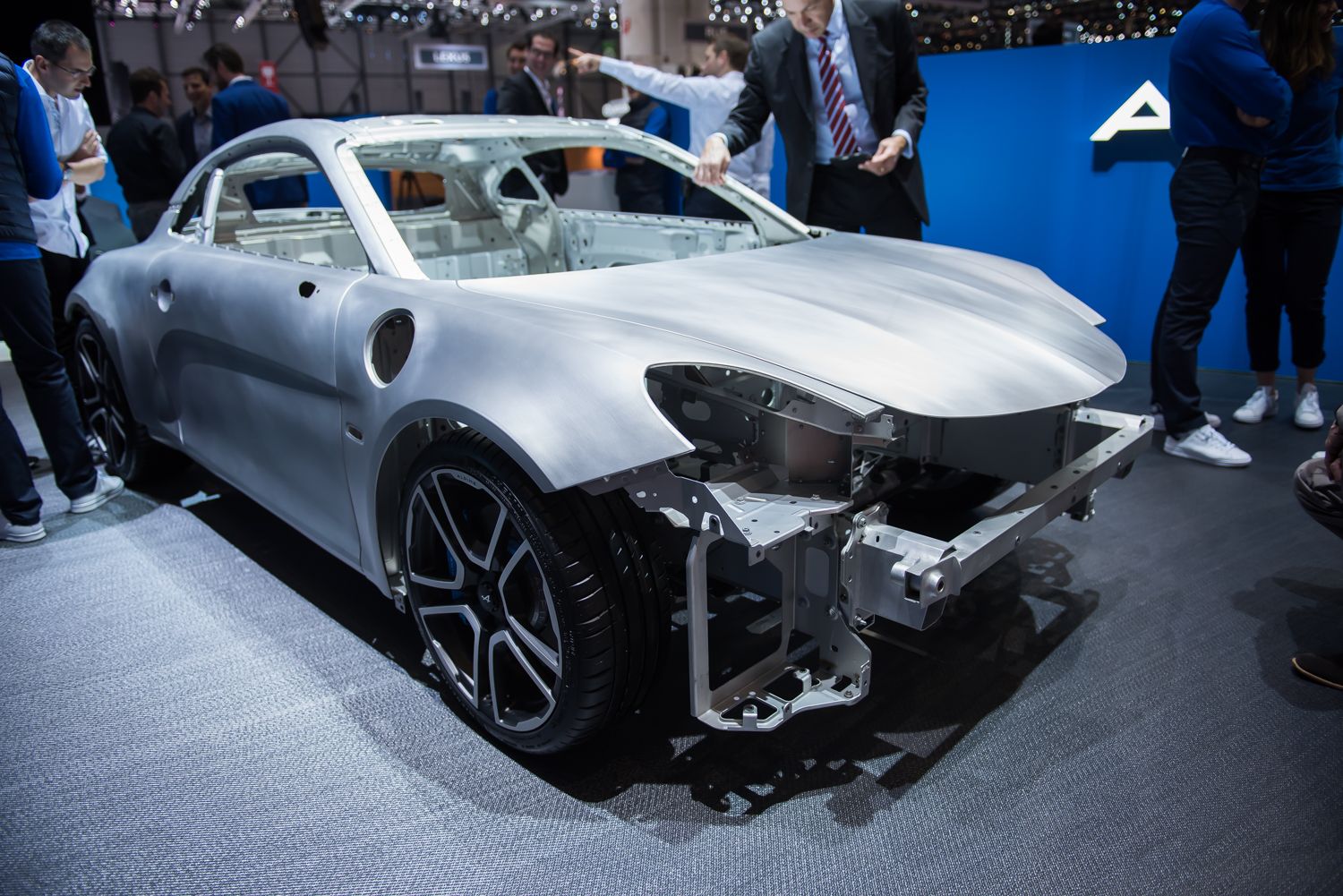
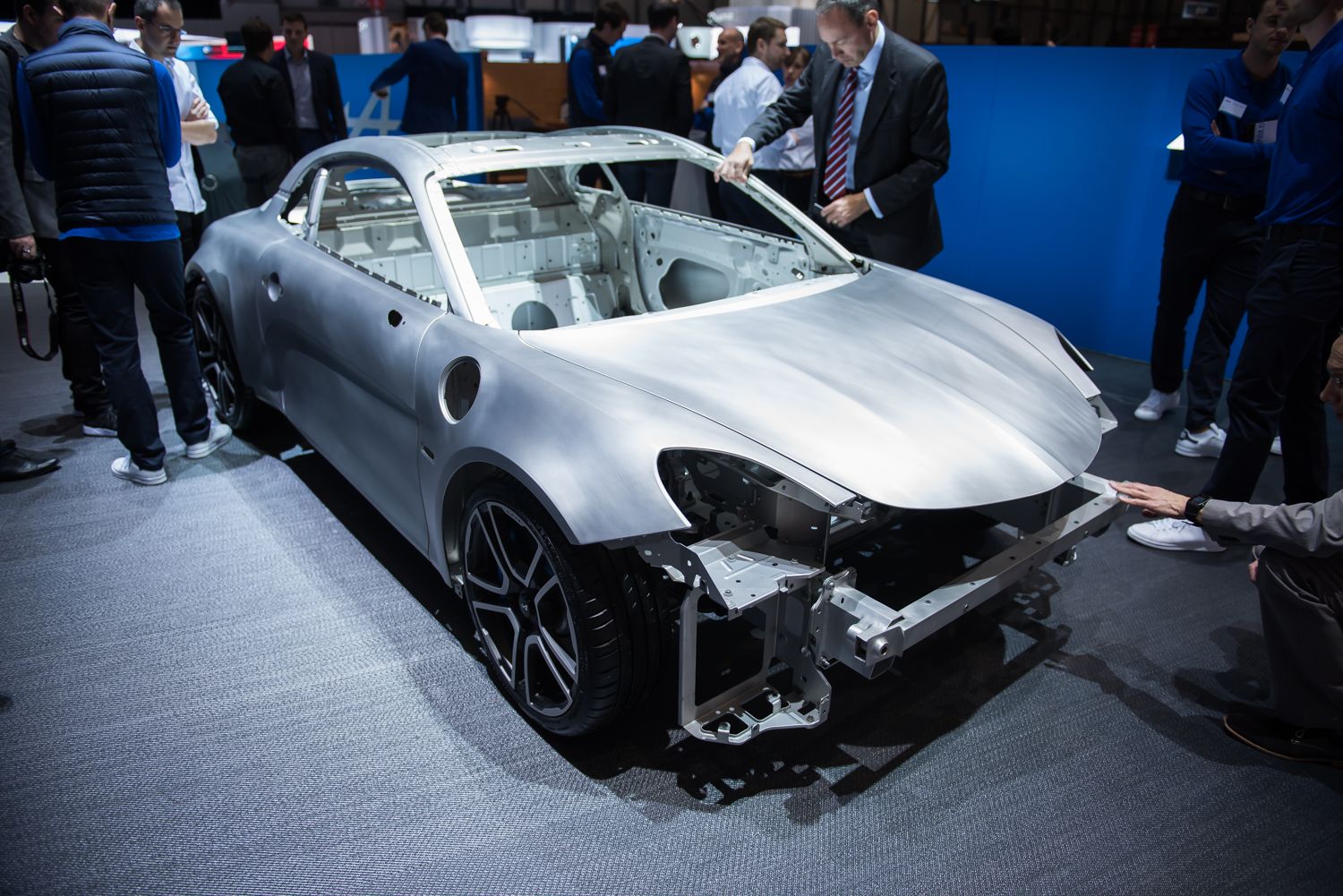
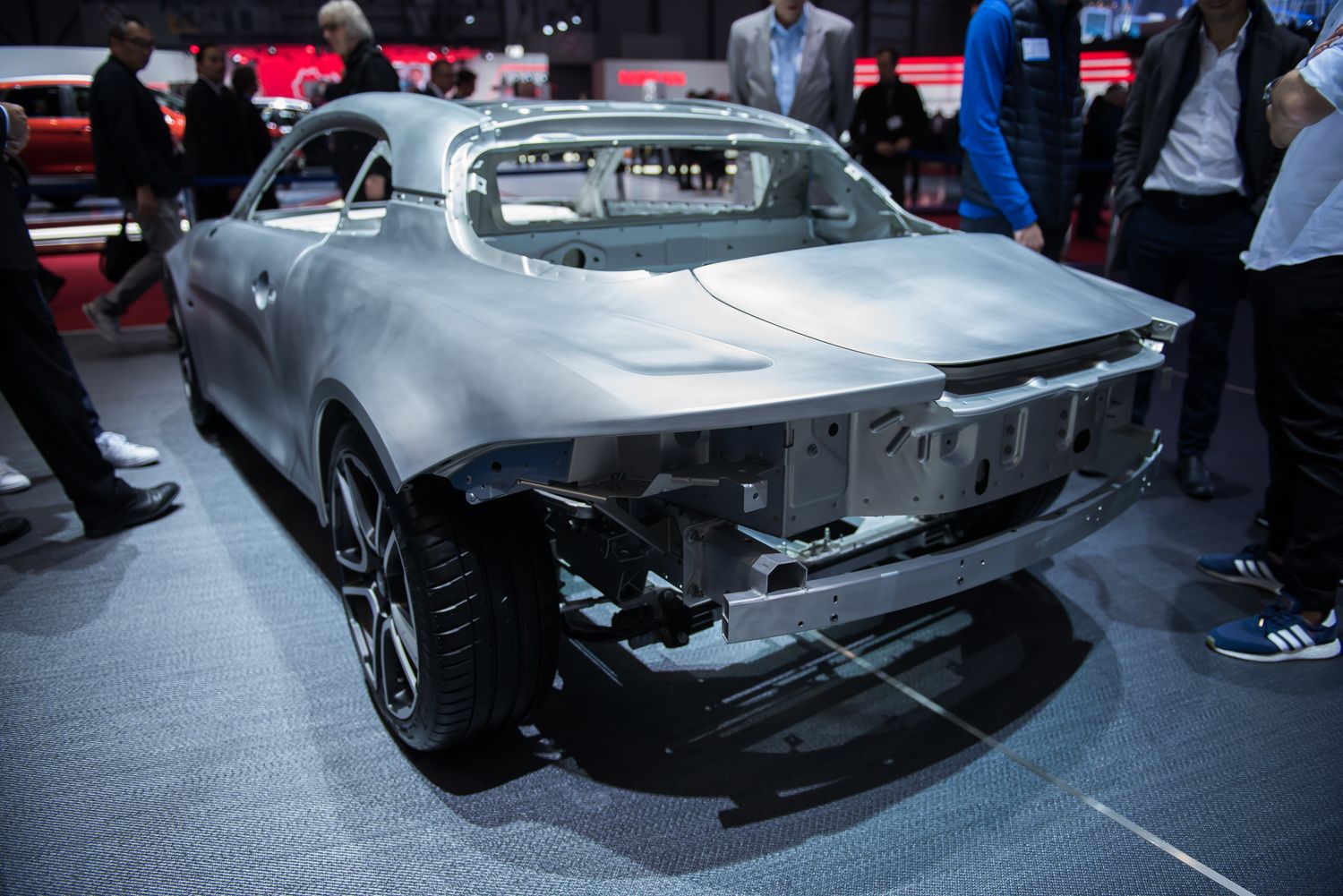
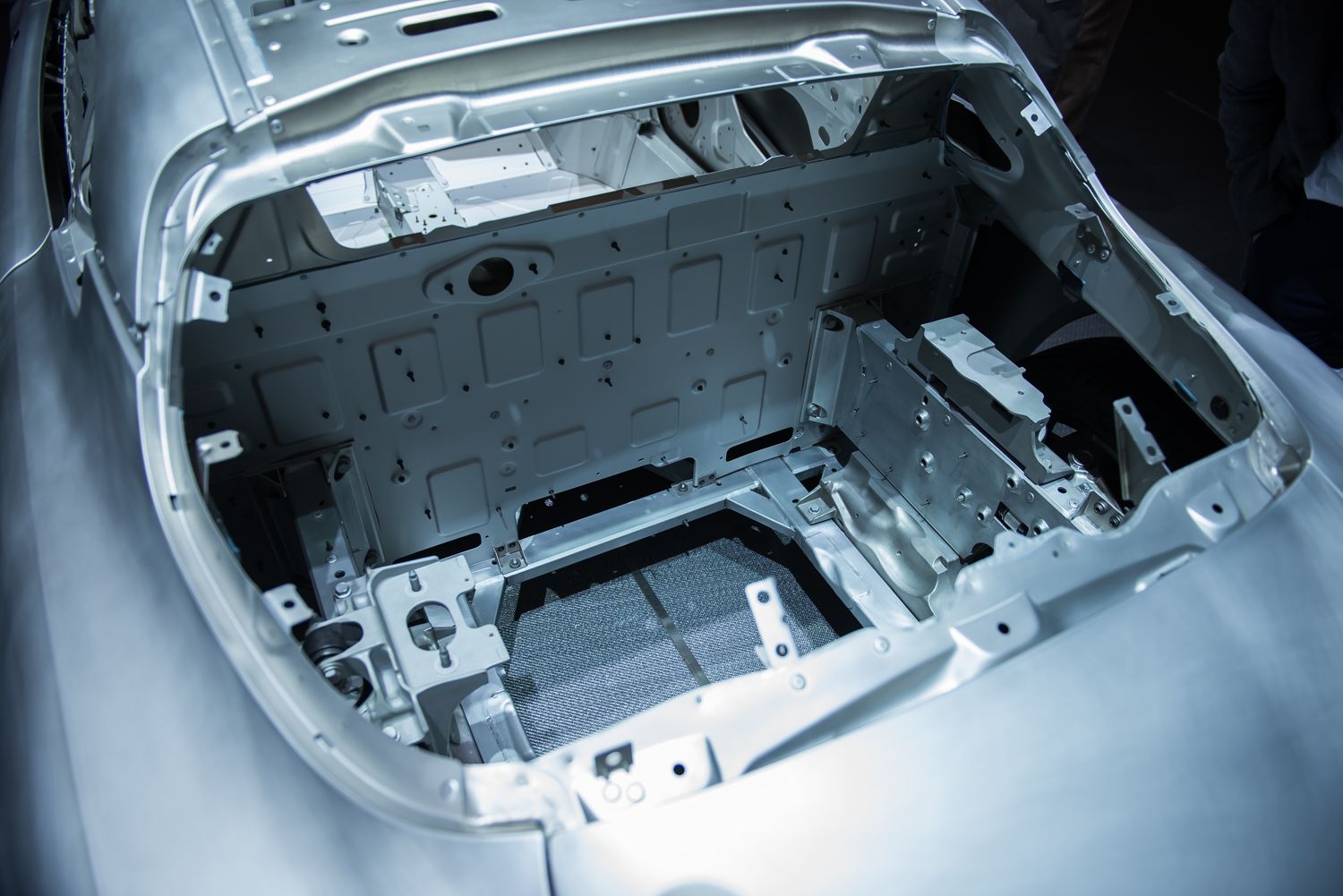



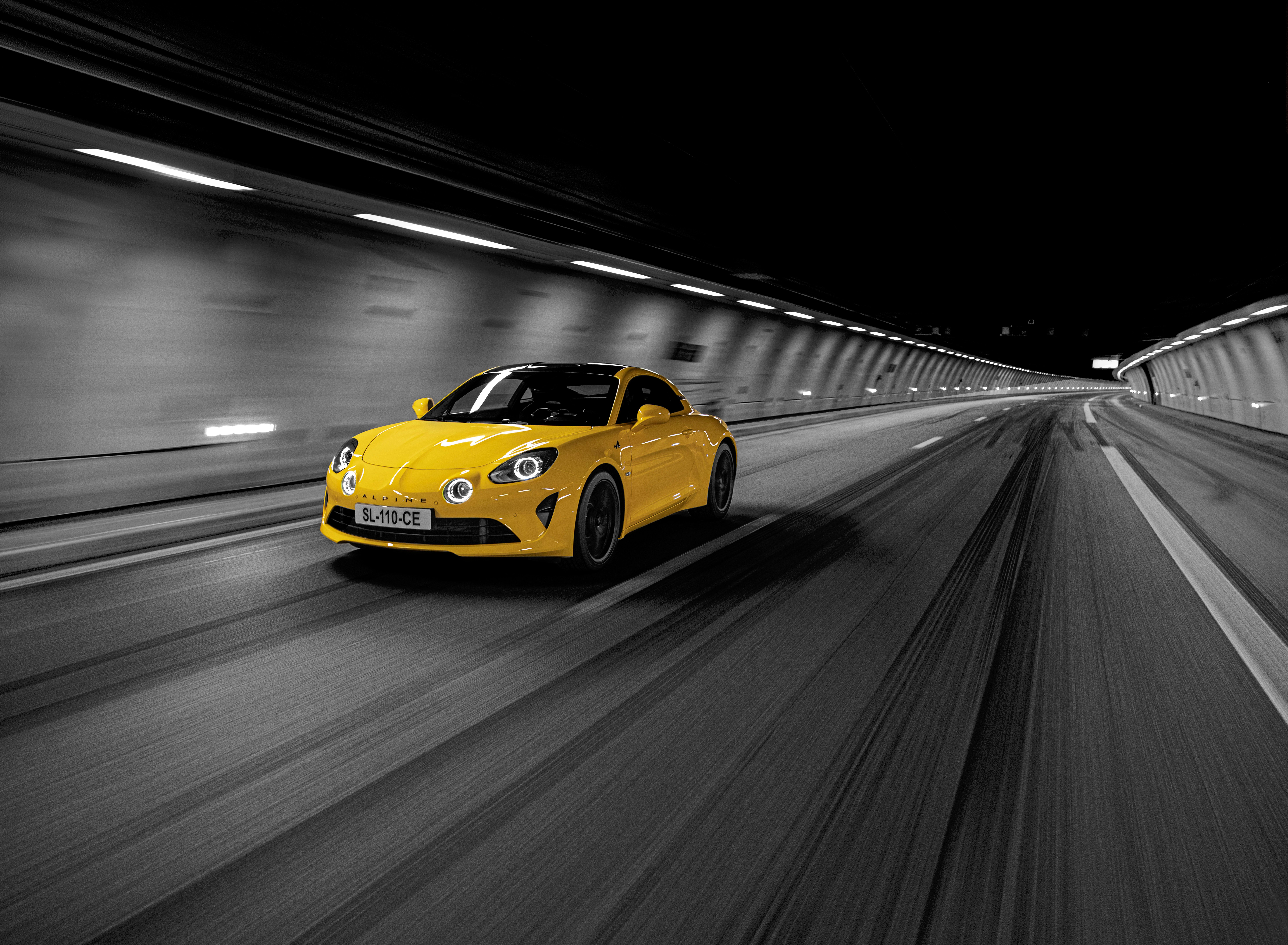






















































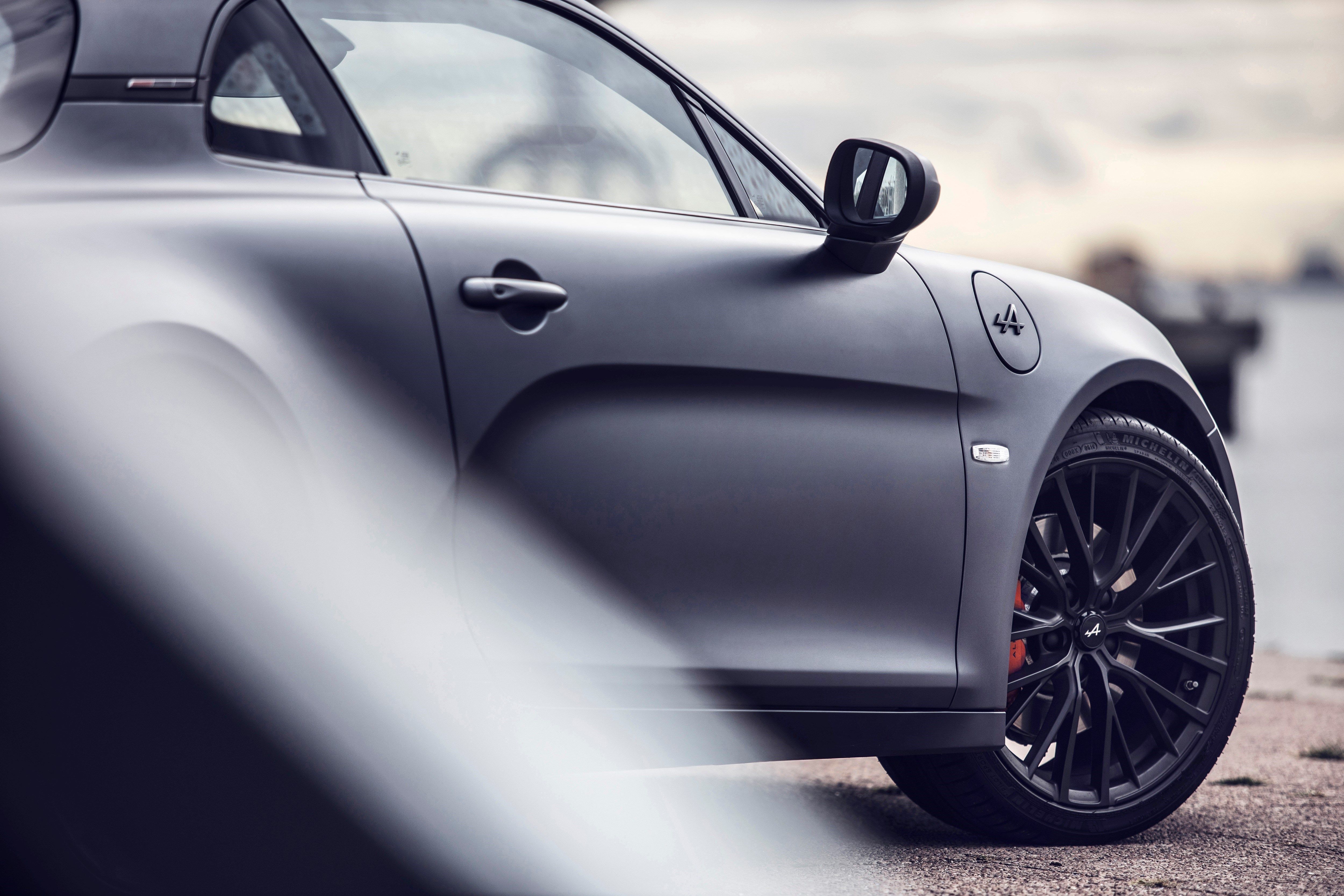
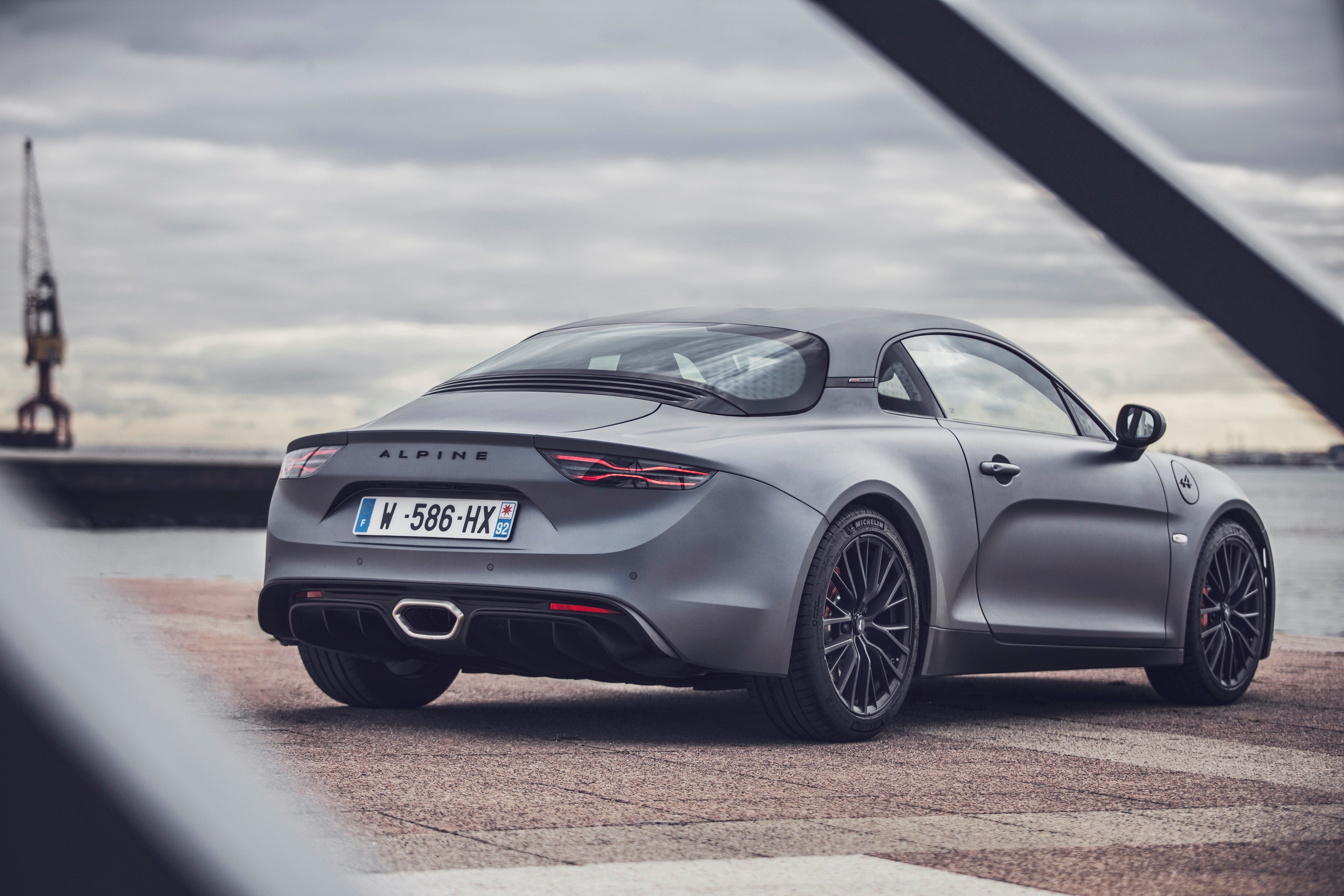
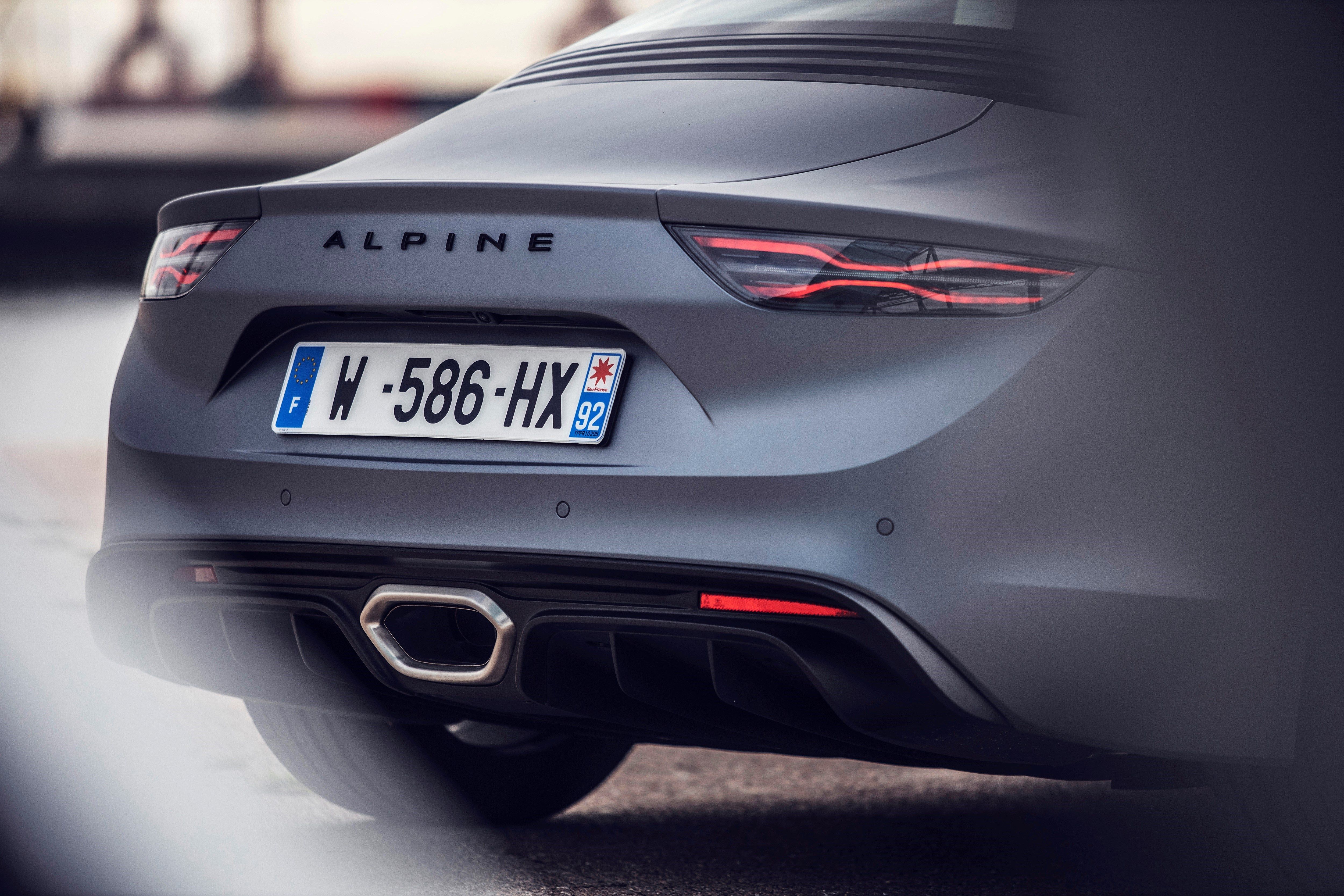
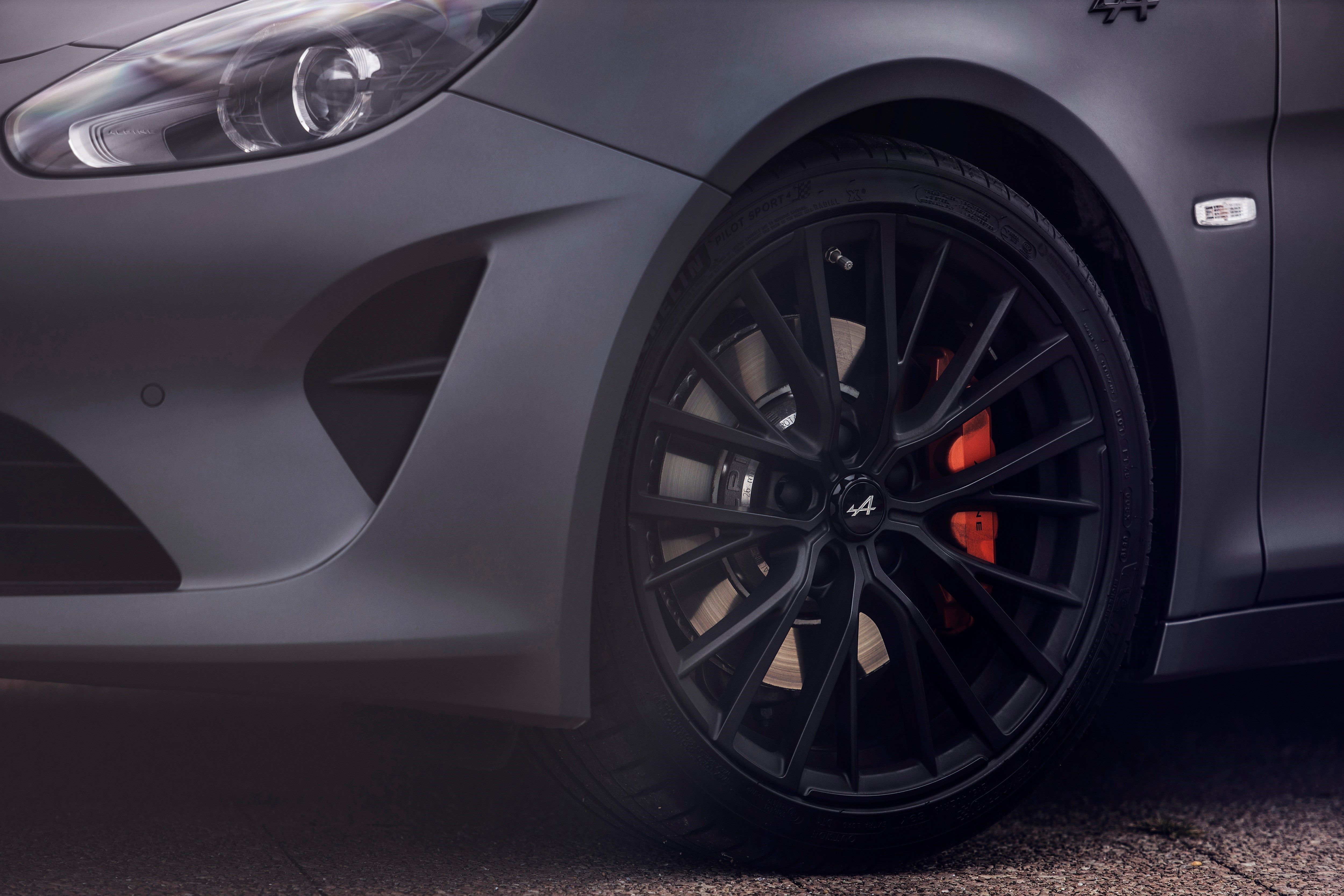
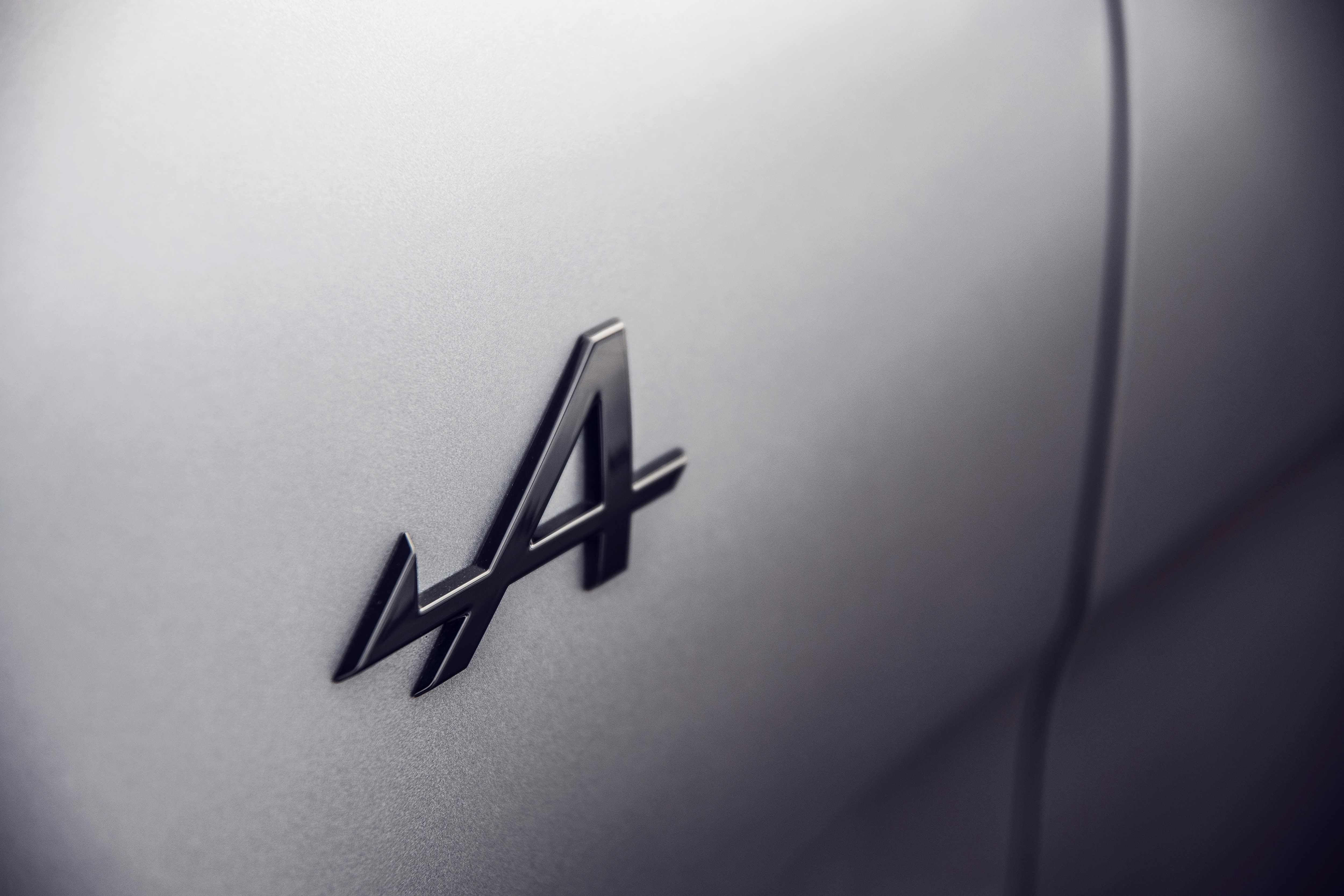
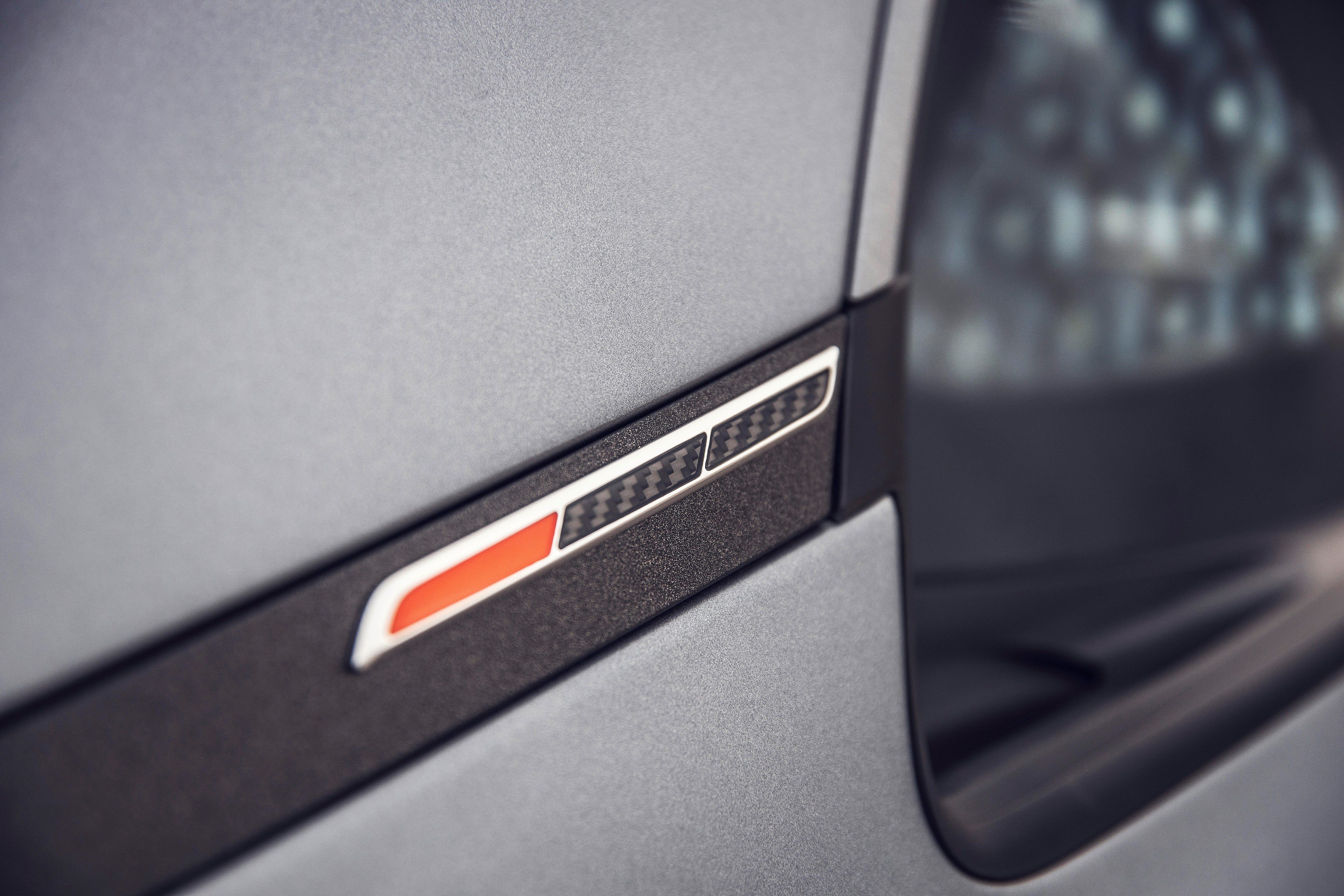
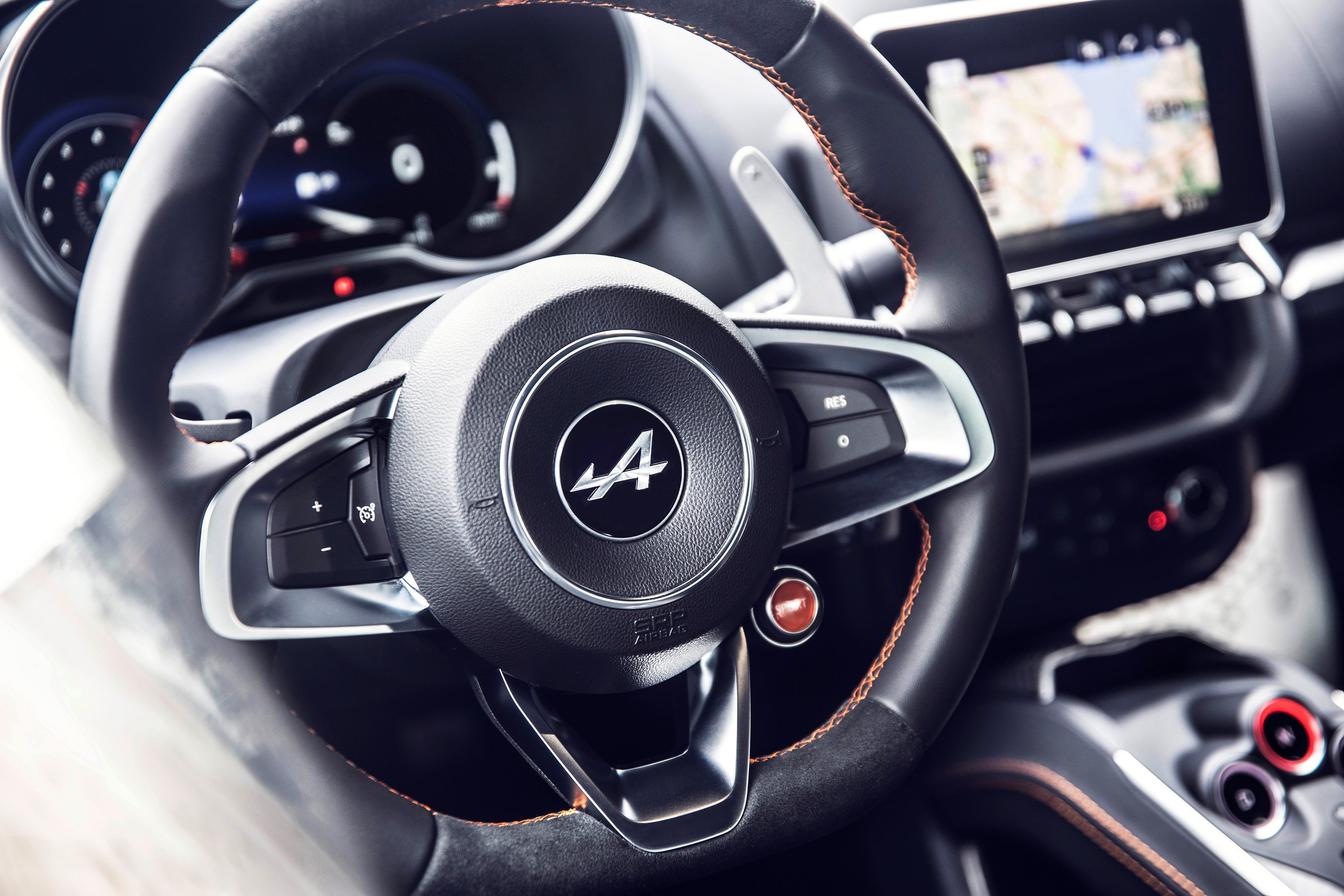
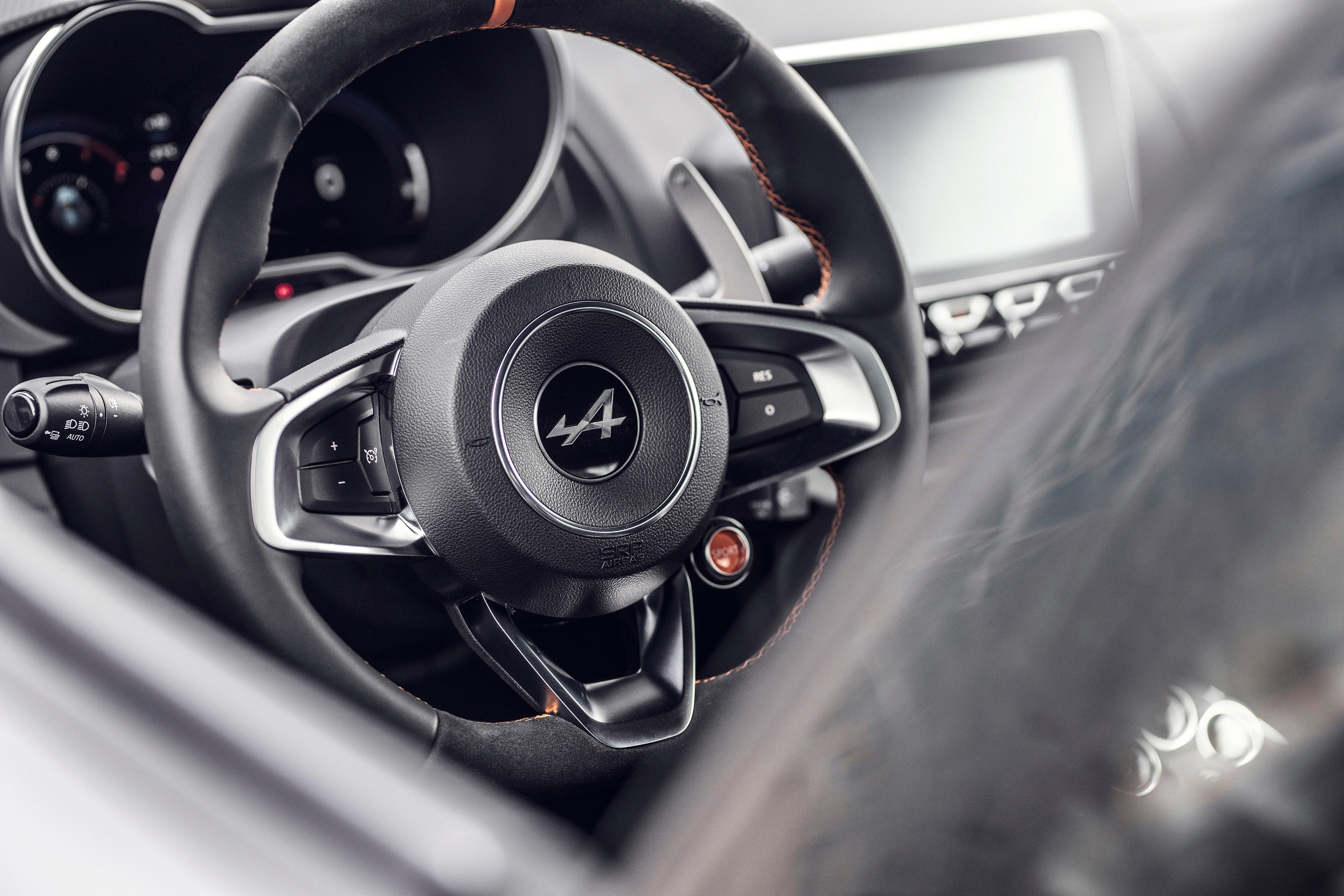
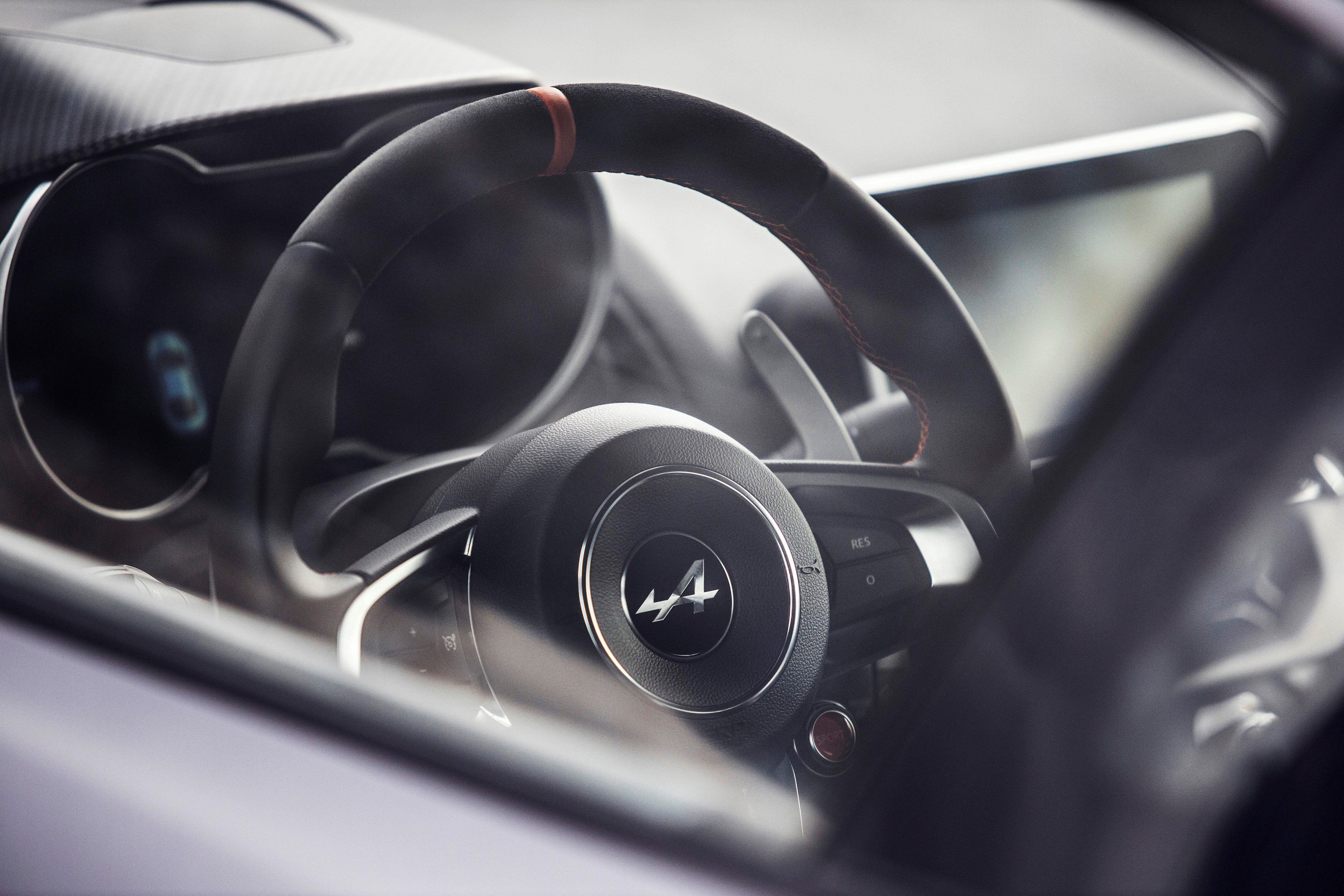
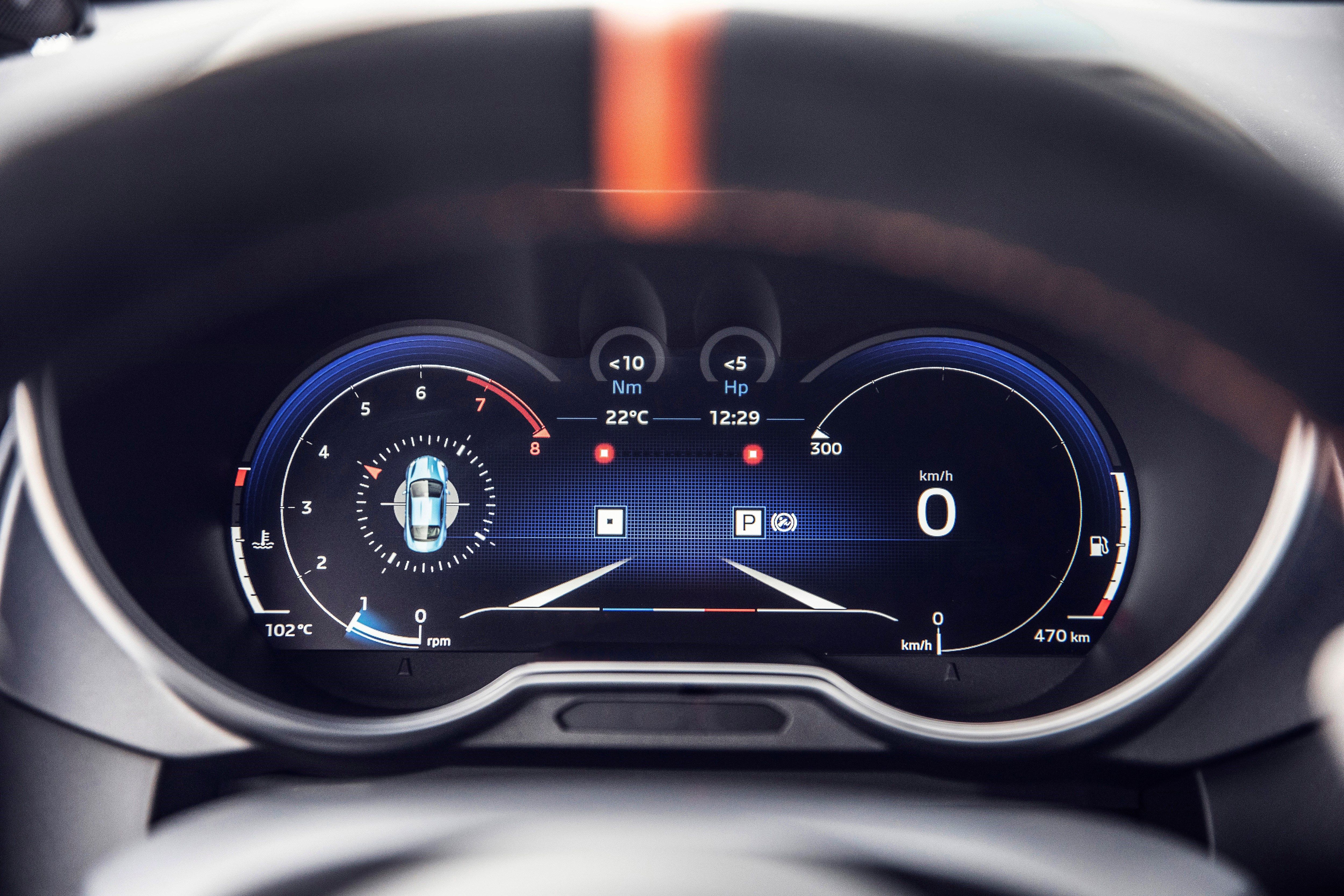
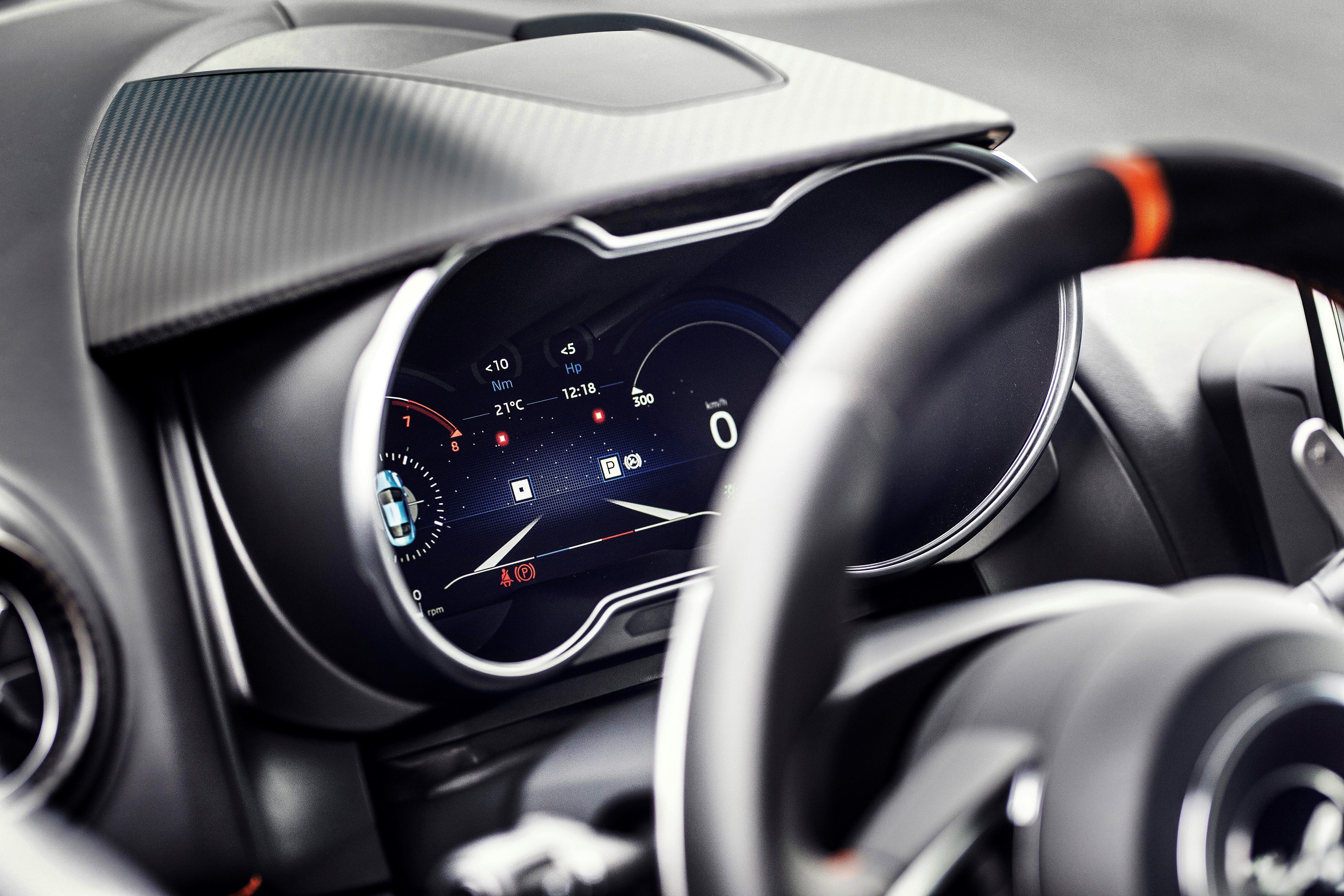
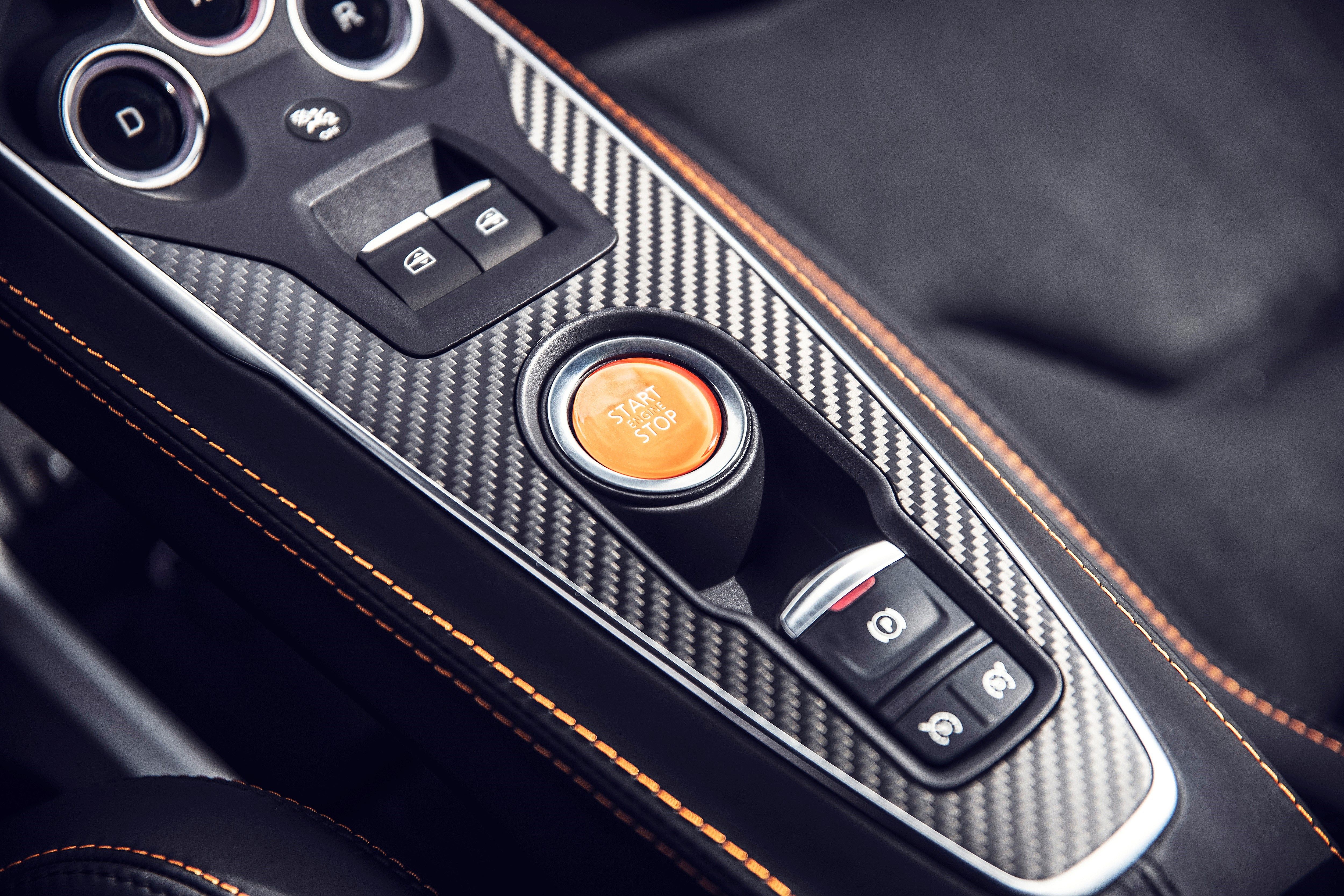
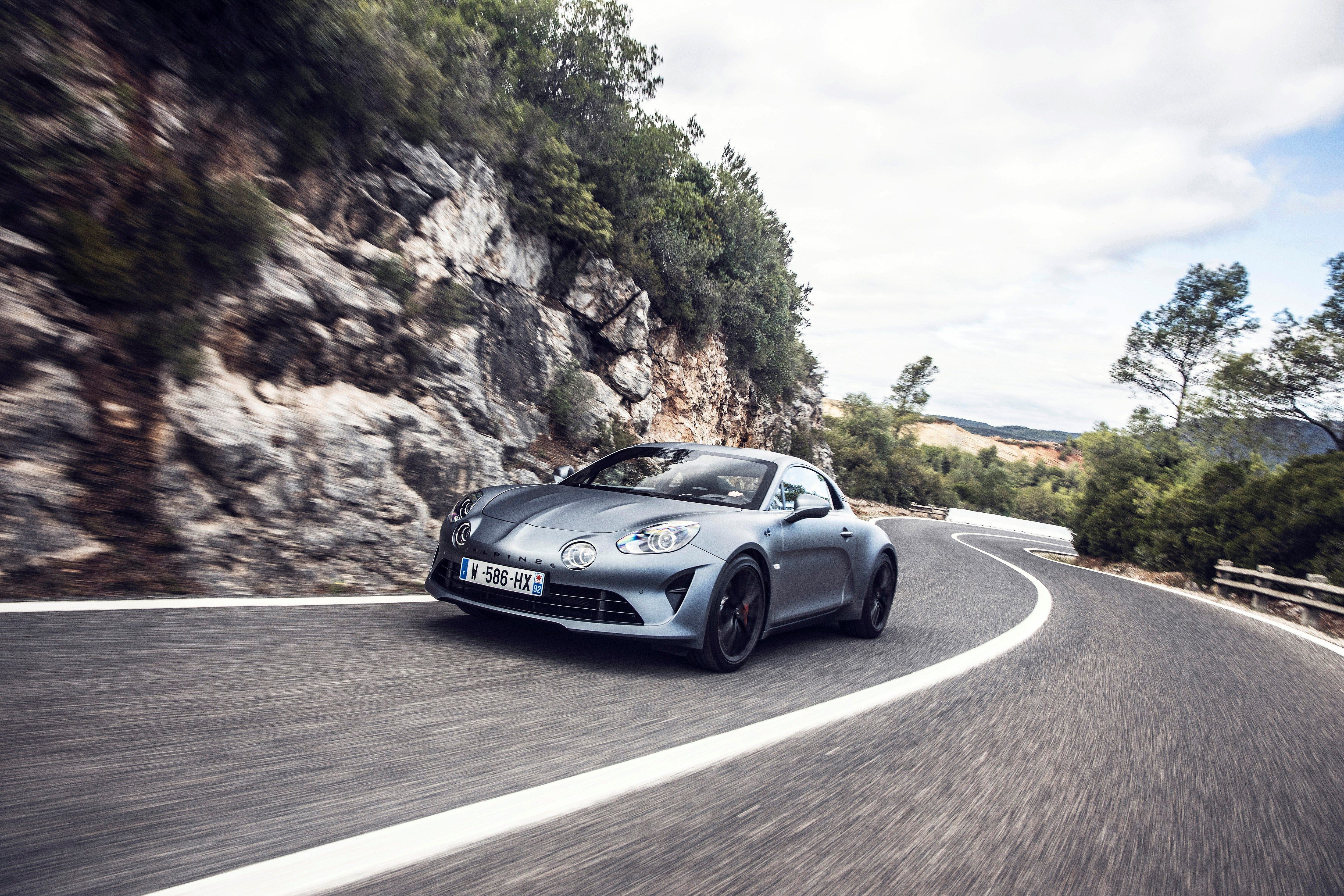
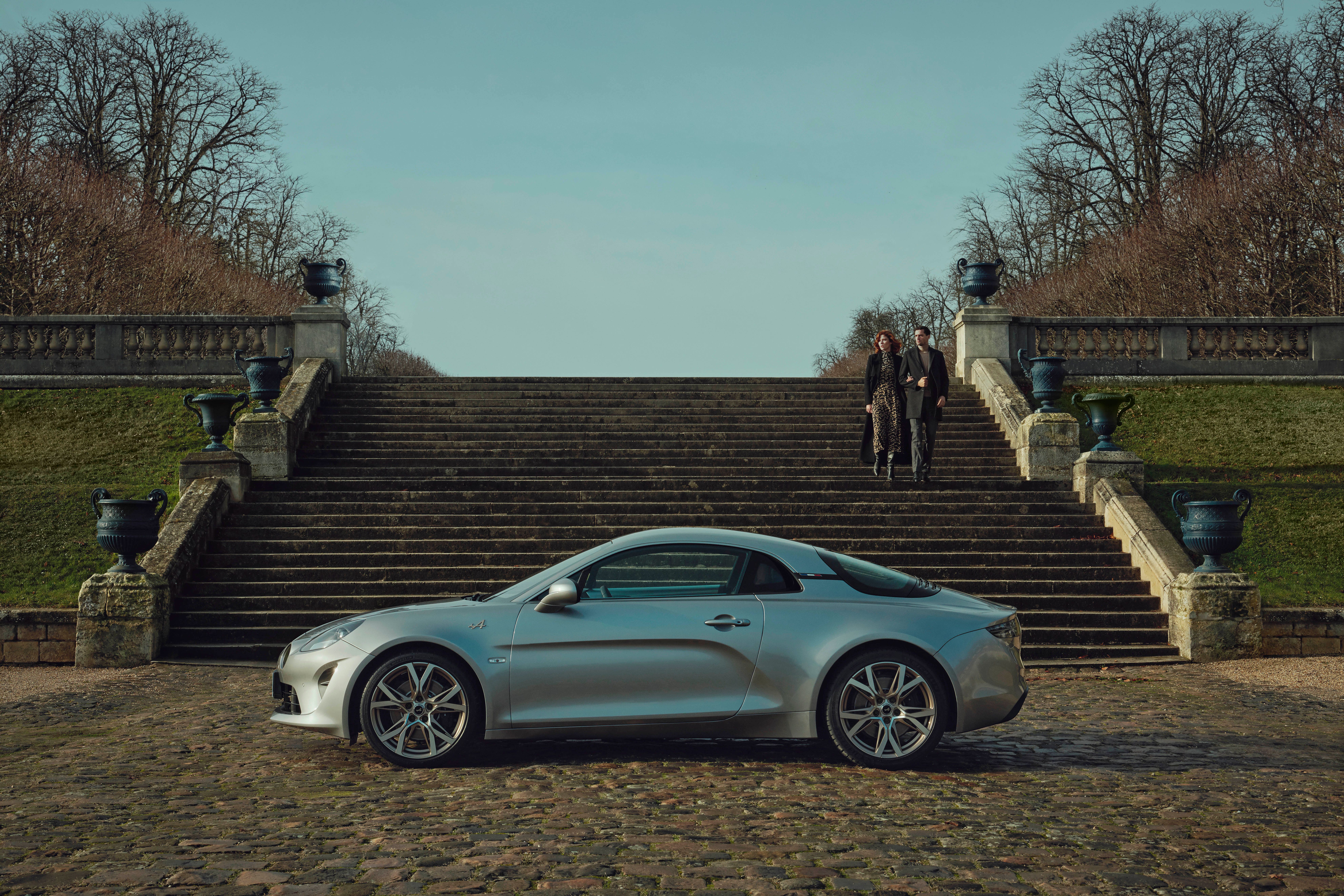
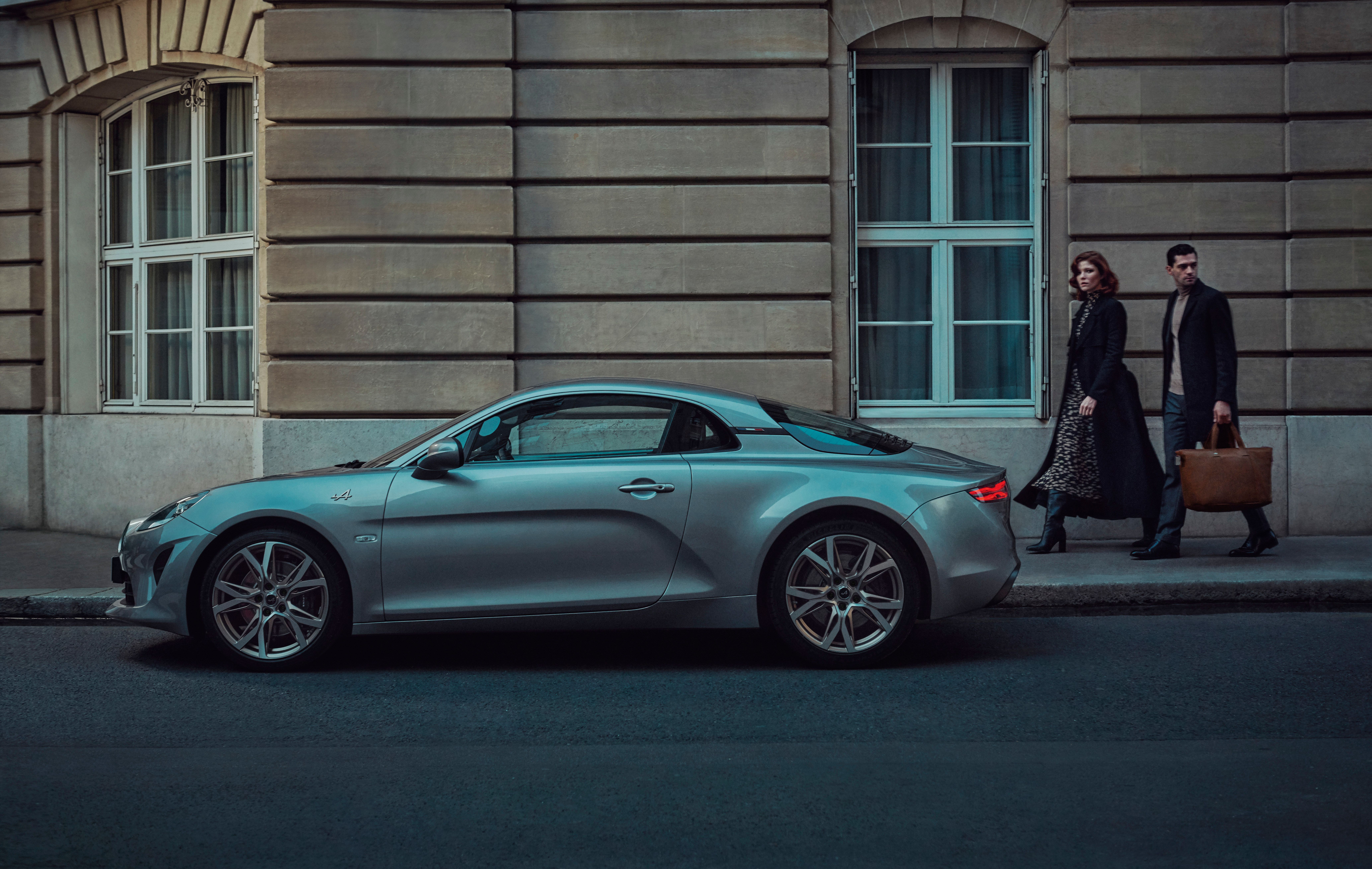
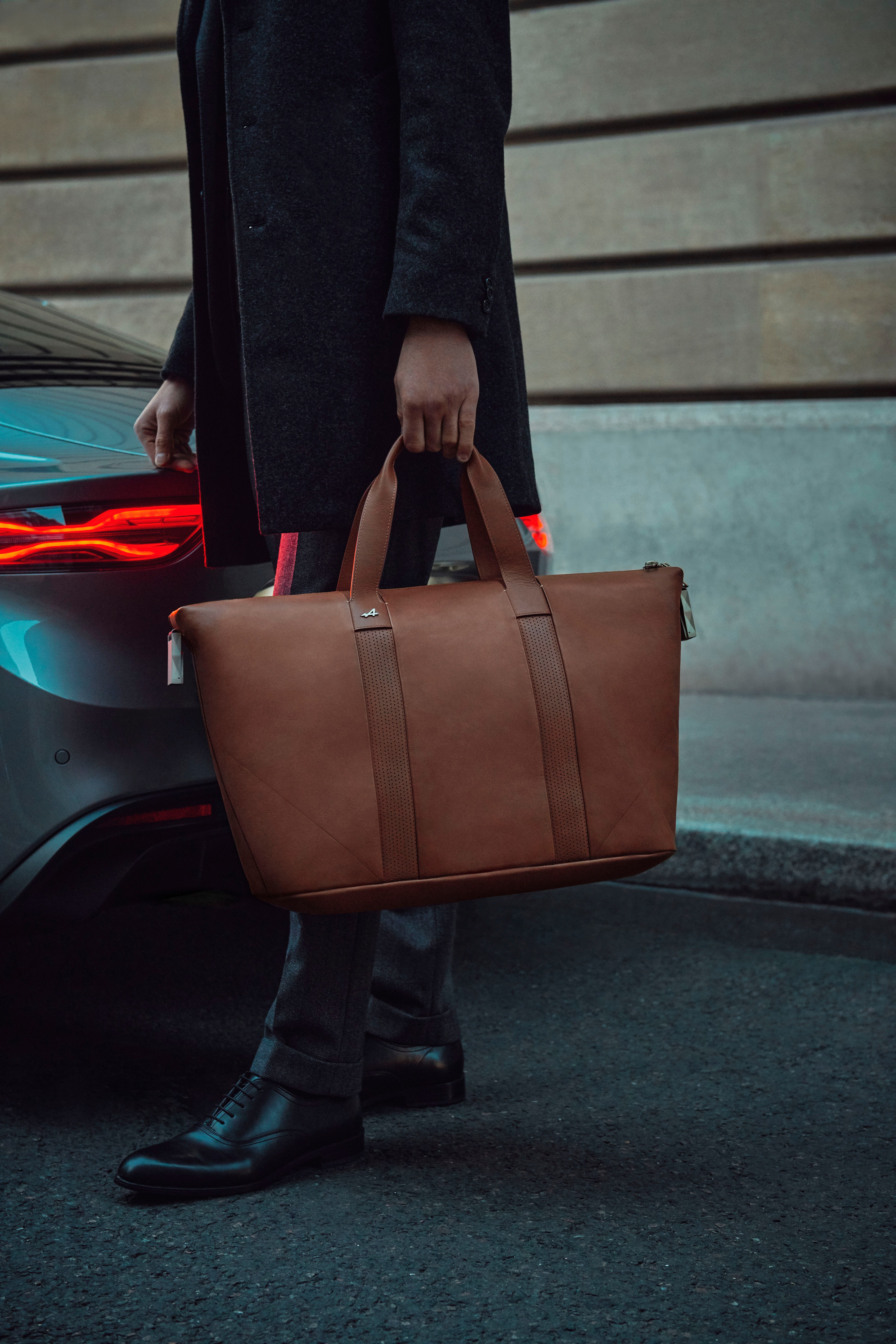
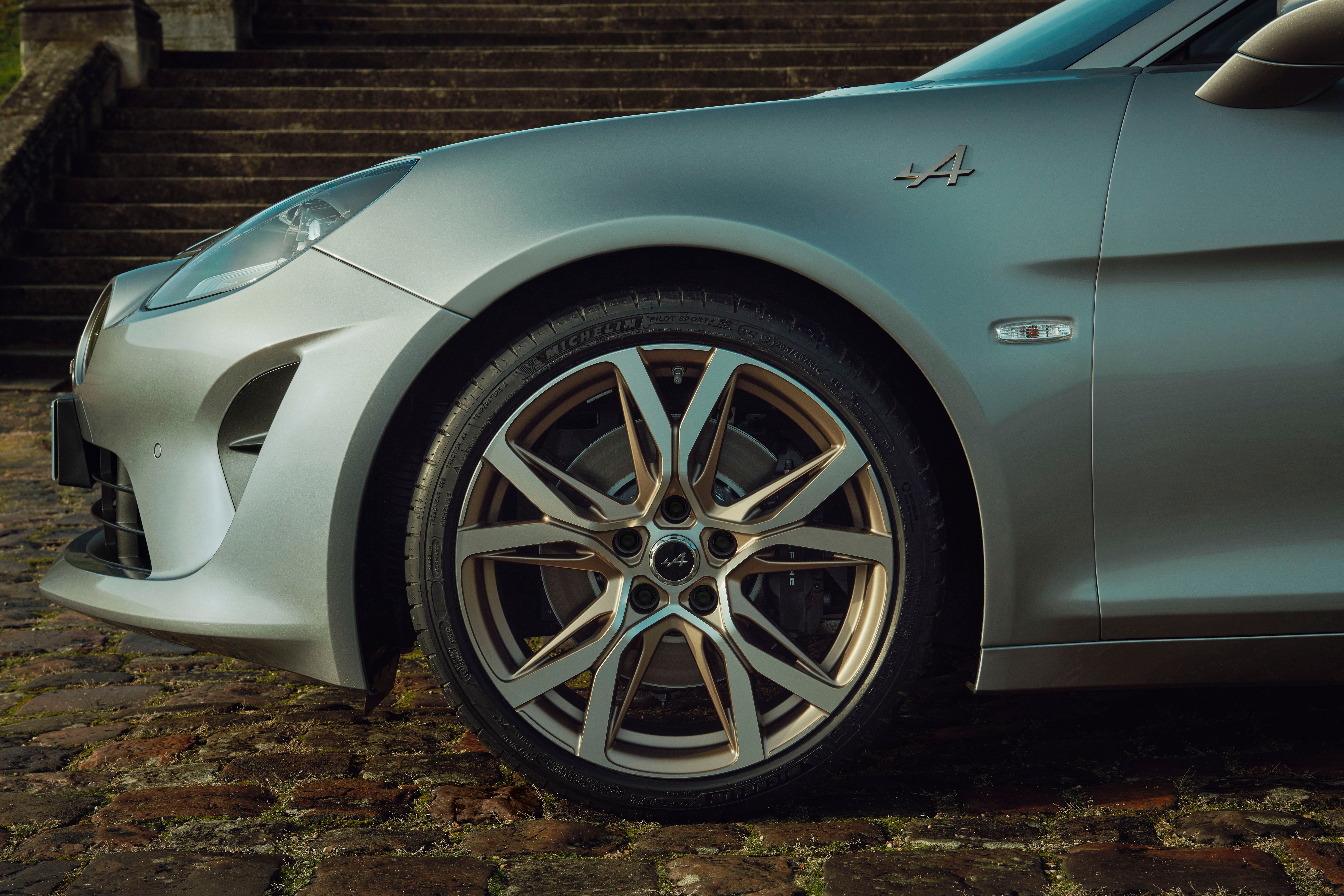
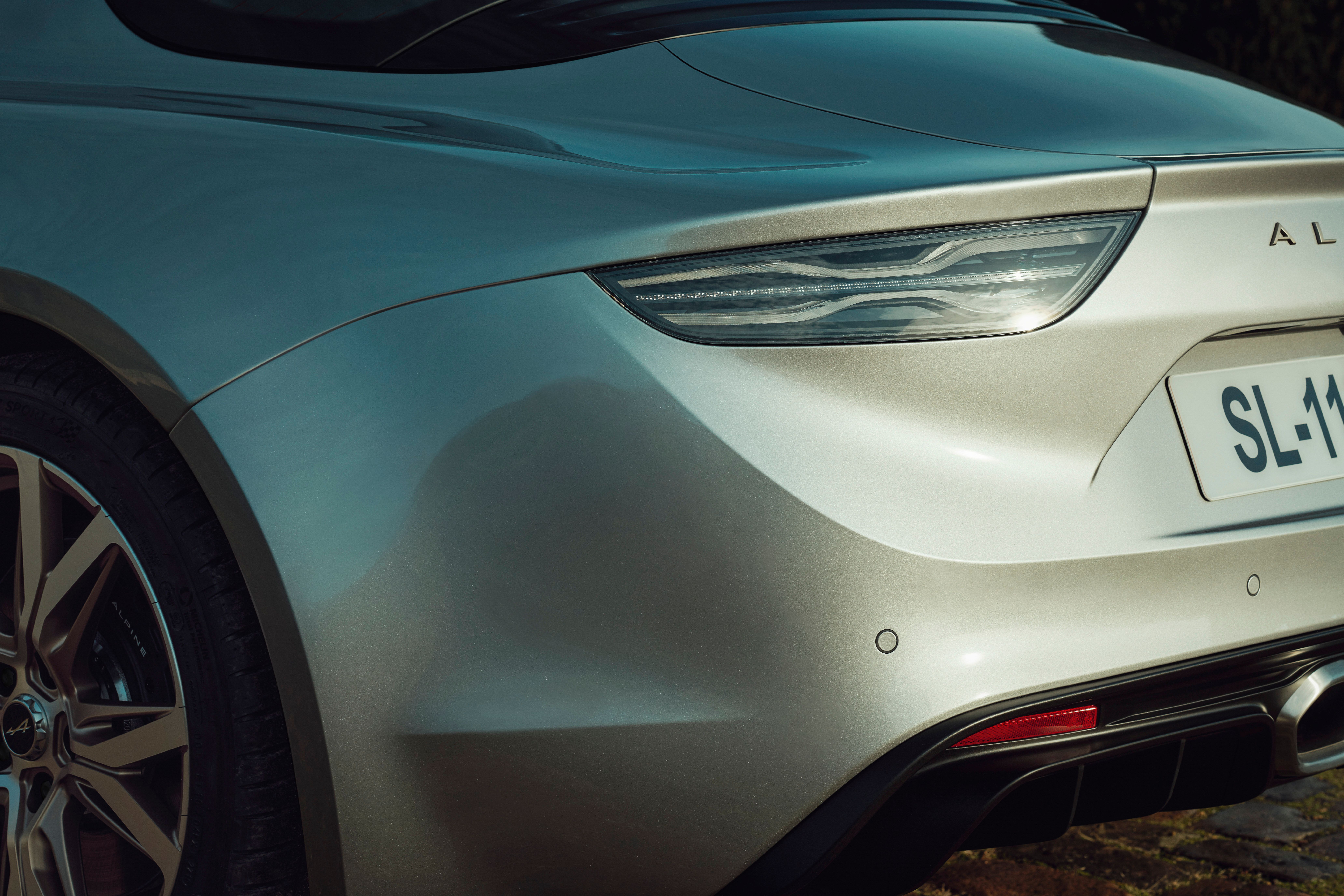
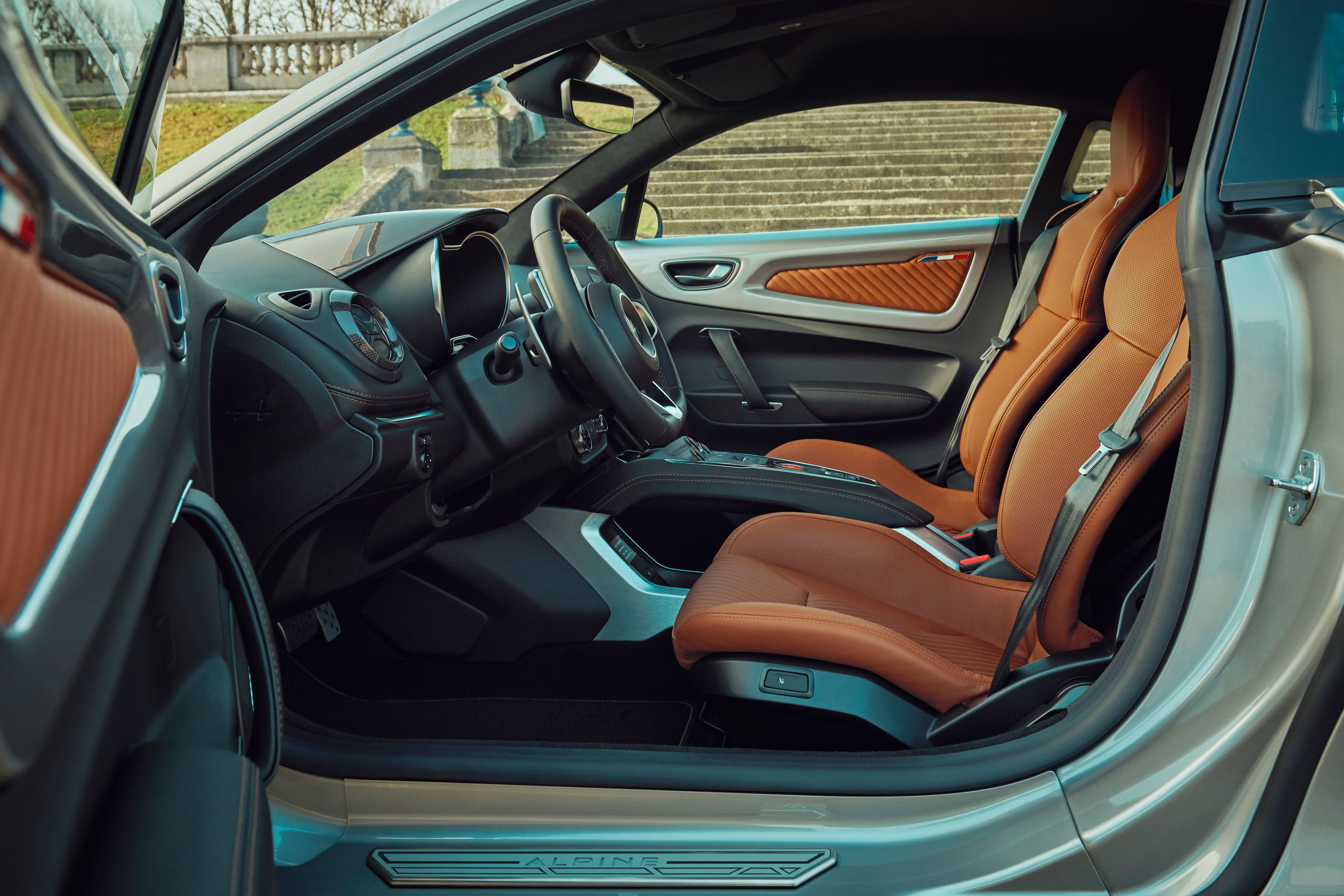
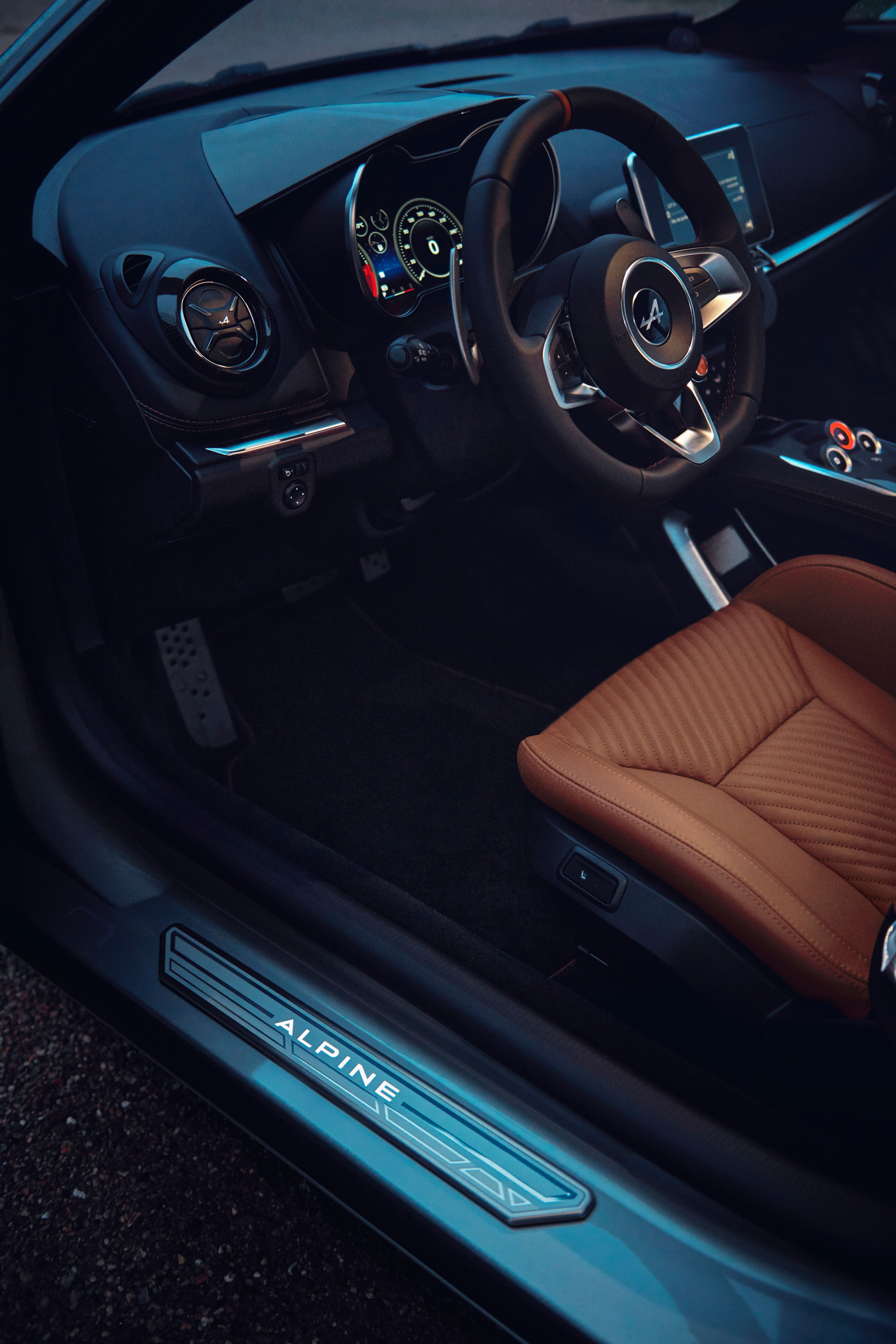
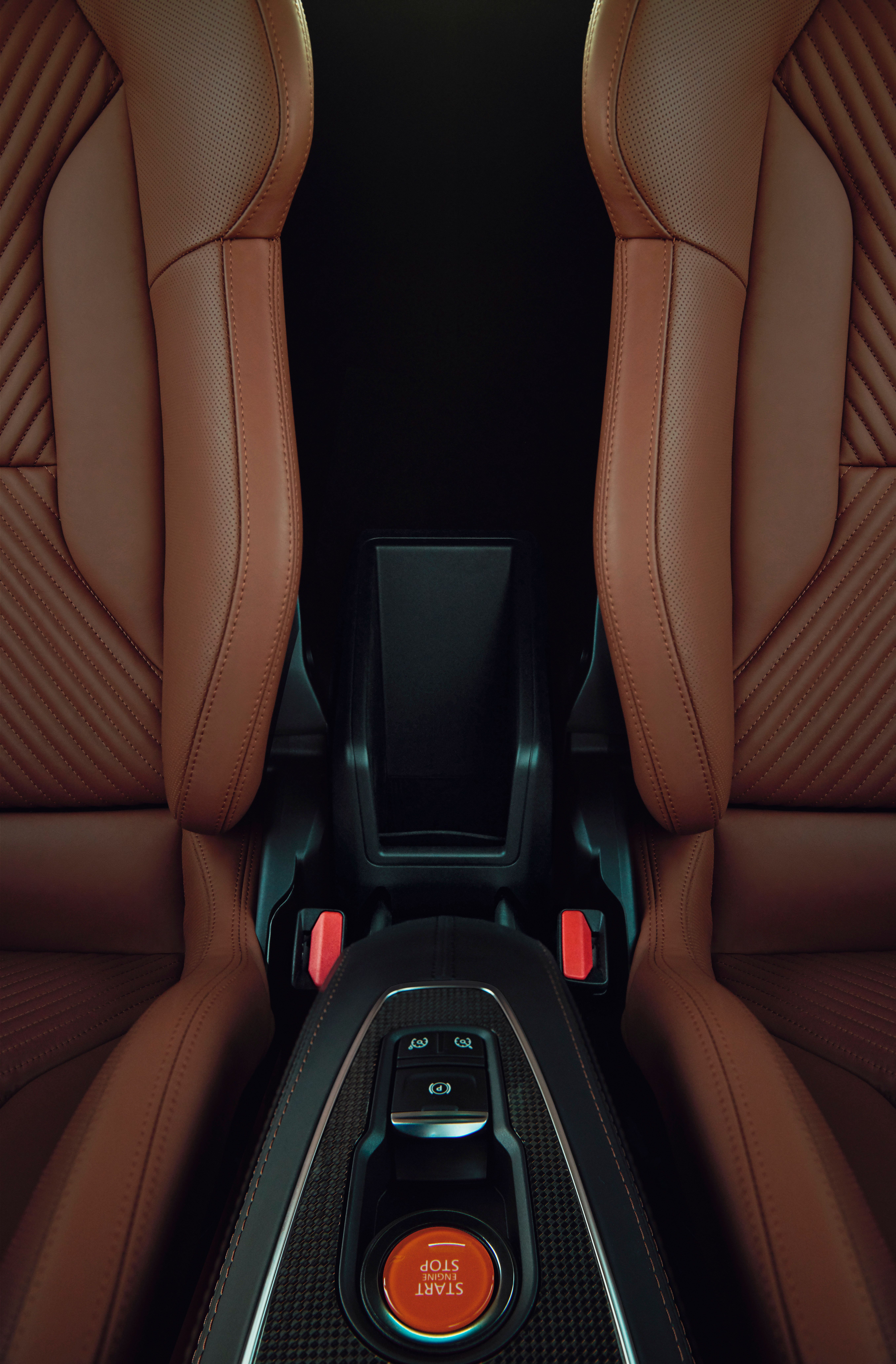
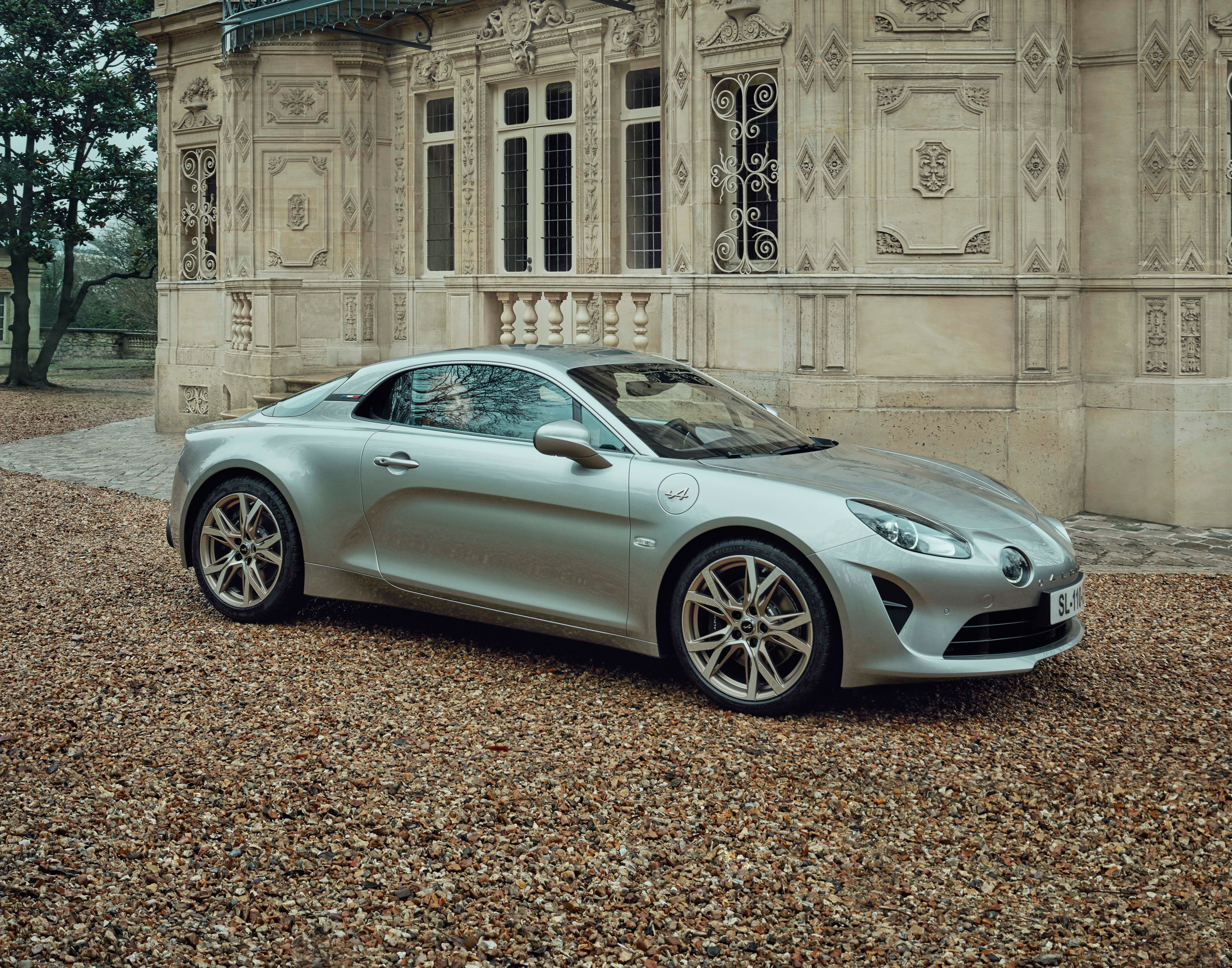
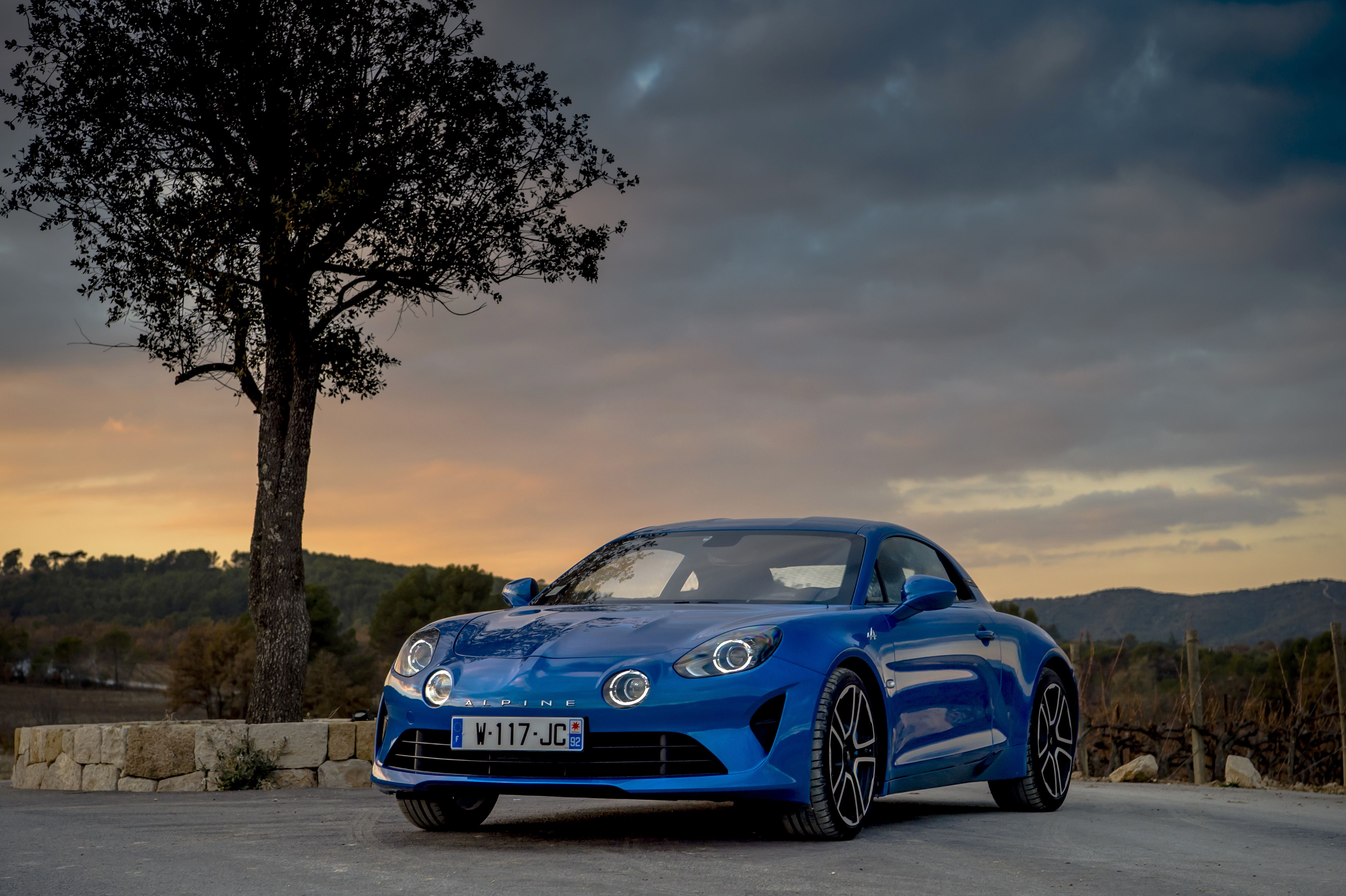
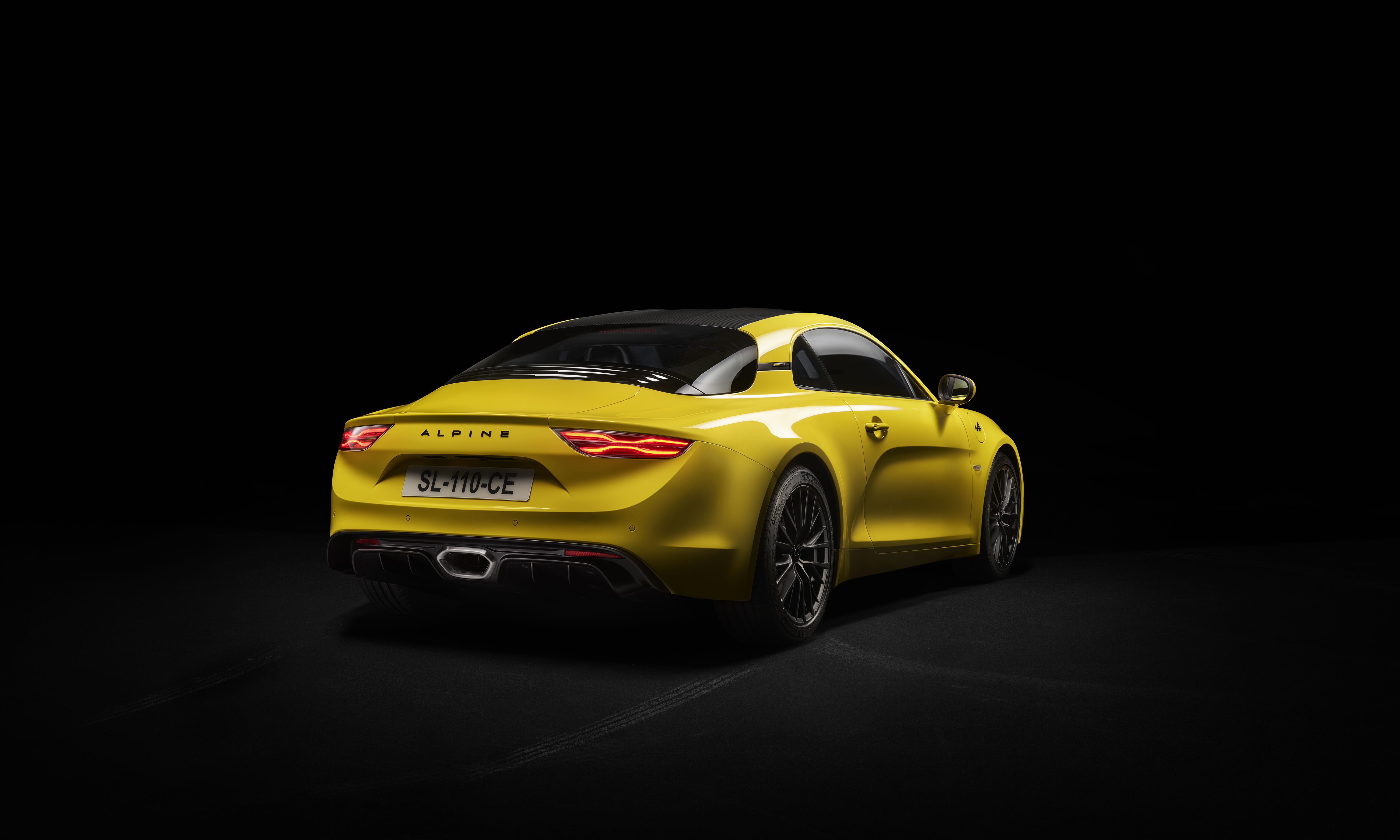
- Make: Array
- Model: 2017 Renault Alpine A110
- [do not use] Vehicle Model: Array
Exterior
Although it sports a more down-to-earth exterior design, the production model is heavily based on the Celebration Concept. While the overall shape remained true to the concept, the stylish wheels, the slender side mirrors, the flashy livery, and the orange covers hiding the headlamps are gone.
Besides actual headlamps and fog lamps with LED technology, the Alpine’s production front also features a revised bumper with minor differences. In spite of that, the Alpine kept its sporty stance and classic A110 cues, including the hood, the nose, and the Porsche-style vents just under the rear glass.
Exterior comparison production model with Celebration Concept
Around back, the X-shaped LED taillights with dynamic turn indicators give the car a highly modern look, while the sloping, wrap-around rear screen reminds me of Alpine’s past models. A diffuser based on that of the concept and a large, center-mounted exhaust complete the vintage-inspired, yet modern design.
The A110 is also unexpectedly compact. At 163.4 inches, it's 8.6 inches shorter than the Porsche Cayman. On the other hand, it's not the shortest car in this niche, as the Alfa Romeo 4C comes in at a very compact 157 inches.
Production kicks off with the Premier Edition, which adds a few extra features on the outside. For instance, color choices are limited to Alpine Blue, Noir Profond (black), and Blanc Solaire (white), while the 18-inch forged aluminum wheels in matte black finish are exclusive to this versions.
Exterior comparison model with original A110
COMPETING DESIGNS
The Alpine is primarily aimed at the Porsche 718 Cayman, one of the oldest sports cars in this niche. Updated for the 2016 model year, when it also received a "718" badge, the current Cayman (left) is a sportier proposition as far as design goes. The body has a sleeker, almost supercar-like shape compared to Alpine's more traditional approach, while the 911-inspired cues give it a unique look you can't find anywhere else in this segment. Another option is the Alfa Romeo 4C (right), which marked the company's return to sports car manufacturing as well as spearheaded its comeback to the U.S. The 4C also stands out for its supercarish looks, especially the swoopy roofline and styling cues inspired by the classic Alfa Romeo 33 Stradale. Design-wise, the 4C is hard to beat. Sure, styling is a matter of choice and the Alpine is a gorgeous little sports car, but both the 4C and the Cayman have a somewhat exclusive look that the French firm can't deliver.
|
Porsche 718 Cayman |
Alfa Romeo 4C |
Renault Alpine |
|
|
Wheelbase (Inches) |
97.4 |
93.7 |
95.23 |
|
Length (Inches) |
172.4 |
157 |
164.48 |
|
Height (Inches) |
50.4 |
46.6 |
49.29 |
|
Width (Inches) |
78.5 |
73.5 |
70.78 |
|
Track Front/Rear (Inches) |
60.1/60.5 |
64.5/63.1 |
61.25/61.14 |
Interior
Alpine didn't have much to say about the A110's interior, but a quick look at the photos reveals the kind of modern, driver-oriented cabin every sports car should have. The layout is pretty much simple in the dashboard area with a clean passenger side and a couple of race-inspired gauge clusters behind the steering wheel. The center stack is a bit more crowded with the infotainment screen in the upper section and various control bellow. I think Alpine could have done a better job here to keep things cleaner, but it's not that bad overall. Below, the center console, which clearly separates the driver's cockpit from the passenger area, includes the "Drive," "Neutral," and "Revers" buttons of the automatic transmission, and a "Start/Stop" button among other features.
As far as materials go, the A110 is clearly on the premium side, even in base trim. Although there are numerous plastic surfaces, they seem smooth and soft. The seats and the steering wheel come wrapped in natural-grain leather, while some elements are crafted from aluminum. The door panels, which have a simple, lightweight design, have accents that match the exterior paint. There's also contrast stitching, a flat-bottom steering wheel, and sports pedals, while the seats have motorsport-inspired bolstering.
The options list, as well as the initial Premiere Edition, include an Alpine-tuned Focal audio system, matte carbon-fiber accents, brushed aluminum pedals, quilted Sabelt seats, and "tricolore" (blue, white and red) badges). The numbered "Premiere Edition" plaque on the center console is unique to this limited-edition model.
Speaking of which, the bespoke Sabelt bucket seats weigh only 28.9 pounds each, which is half the weight of most bucket seats. Impressive!
THE COMPETITION
The cabin is yet another department where Alpine will have a difficult time competing with Porsche. While the 2016 update was far from spectacular as far as styling goes, the 718 Cayman (left) comes with many premium features that Alpine won't offer in standard trim. For instance, the German sports car comes with a standard Porsche Communication Management system with cell phone connectivity, audio interfaces, and a 110-watt Sound Package Plus. All this on top of a sexy looking interior with sporty seats, a 918-inspired steering wheel, high-quality upholstery and soft surfaces, and many customization options. Customers will be able to add the Connect module with extensions for smartphones, such as the USB port, Apple CarPlay and Porsche Car Connect. Other goodies available on the options sheet include navigation module with voice control and a Connect Plus module for access to a wide array of online services.
The 4C (right) might a closer proposition to the Alpine, but not because Alfa Romeo cut corners in the quality department, but simply because it wanted a car focus on performance rather than comfort. As such, it has a simpler cabin layout and a tiny screen in the driver-oriented center stack, with all the important data displayed on the digital instrument cluster. Alfa does offer a wide array of upholstery materials ranging from high-performance and robust nylon yarns to natural leathers, but the overall feeling is that of car designed to be driven under full throttle at he Nurburgring rather than cruise around town.
Drivetrain
After many rumors that included at least two engine scenarios, it was finally confirmed that the A110 will use a bespoke, turbocharged, 1.8-liter, four-cylinder engine. The unit is rated at 252 horsepower and 236 pound-feet of torque and mates to a seven-speed dual-clutch transmission. Alpine doesn't offer a manual option yet, which is pretty disappointing, especially given that the Cayman can be had in a three-pedal configuration.
As far as performance goes, the A110 needs 4.5 seconds to hit 62 mph, which makes it nearly a half-second quicker than the base Cayman with the six-speed manual transmission and two-tenths quicker than the PDK version. The secret behind the impressive performance is the outstanding power-to-weight ratio, which comes in at 233 horsepower per tonne. The A110 tips the scales at an amazing 2,381 pounds, which makes it more than 660 pounds lighter than the Cayman.
The sports car has three driving modes (Normal, Sport, Track) in which the engine and gearbox settings, steering, ESC, exhaust note and driver display are adapted to suit the driving conditions.
The suspension setup is interesting too, with the A110 features a double-wishbone configuration at all four corners. This is quite rare even for high-profile sports cars and a feature you can't get with the Cayman, which has a McPherson strut suspension up front. Stopping power comes from Brembo brakes, while the wheels are wrapped in Michelin Pilot Sport tires for optimum grip.
COMPETING PERFORMANCE
Alfa Romeo 4C engine.
The fact that Alpine chose the 718 Cayman as a benchmark is by no means surprising. The coupe has been the sports car to beat in this segment ever since it was launched back in 2006. Not only the quickest of the bunch, the Cayman is also the only mid-engined sports car in here that can be had with one of two engines. The base model features a turbocharged, 2.0-liter flat-four, while the higher-spec S version uses a larger, 2.5-liter unit. The entry-level model, and the one that's best compared with the Alpine, comes with 300 horsepower and 280 pound-feet of torque on tap. When paired with the six-speed manual, the engine pushes the Cayman to 60 mph in 4.9 seconds. The time decreases to 4.7 ticks with the PDK and to only 4.5 seconds when the Sport Chrono Package is added. Top speed is rated at an impressive 170 mph. Moving over to the Cayman S, out sits at a whopping 350 horsepower and 309 pound-feet, which returns a 0-to-60 mph sprint that can be as low as 4.2 seconds with PDK and Sport Chrono, and a top speed of 177 mph. The Cayman also delivers strong fuel economy, being rated at up to 30 mpg on the highway.
Moving over to the 4C, the Italian sports car gets it juice from a significantly smaller 1.7-liter four-cylinder engine fed by a turbocharger. The four-pot cranks out 237 horsepower and 258 pound-feet, which makes the 4C less powerful than both the Cayman and what I expect the Alpine to be. However, the Alfa Romeo is by no means slow, being able to hit 60 mph from a standing start in 4.5 seconds due to its fantastic power-to-weight ratio. Top speed is also a respectable 160 mph, while fuel economy is estimated at an astonishing 24 mpg in city and 34 mpg on the highway. The Porsche may be quicker with the automatic, but the 4C wins the fuel economy battle by far. Needless to say, Alpine's mission is difficult to say the least.
|
Porsche 718 Cayman |
Porsche 718 Cayman S |
Alfa Romeo 4c |
Renault Alpine |
|
|
Engine |
2.0-liter boxer-4 |
2.5-liter boxer-4 |
1.7-liter four-cylinder |
1.8-liter, four-cylinder, turbocharged |
|
Horsepower |
300 HP @ 6,500 RPM |
350 HP @ 6,500 RPM |
237 HP @ 6,000 RPM |
252 HP @ 6,000 RPM |
|
Torque |
280 LB-FT |
309 LB-FT |
258 LB-FT @ 2,200 – 4,250 RPM |
236 LB-FT |
|
0 to 60 mph |
4.9 seconds |
4.4 seconds |
4.5 seconds |
4.5 seconds |
|
Top Speed |
170 mph |
177 mph |
160 mph |
155 mph |
|
Fuel economy city/highway/combined |
21/28/24 |
20/26/22 |
24/34/28 |
TBA |
|
Curb weight |
2,944 Lbs |
2,988 Lbs |
2,465 Lbs |
2,381 Lbs |
Prices
Pricing information for the standard model is not yet available, but Alpine did say that the Premier Edition will start from €58,500 in France. This could mean that the base model will fetch less than €55,000 before options, which would put it on par with the Cayman. On the other hand, the initial rumors that claimed the A110 would start from around €35,000 proved to be far from the truth.
Unfortunately, the Alpine A110 won't come to the U.S., as the French firm wants to focus on other markets for the time being.
COMPETING PRICES
In order to get a proper comparison, we'll also look at French prices for Cayman and Alfa 4C. The German sports car comes in at €55,040 in base trim, while the more powerful S model fetches €67,790 before you add extra features. Alfa Romeo 4C isn't exactly affordable either, retailing from €63,200. U.S. pricing starts from $53,900 for the 718 Cayman, $66,300 for the Cayman S, and $55,900 for the Alfa Romeo 4C.
On the other hand, if you're willing to settle for less horsepower and slower 0-to-62 mph sprints, there are even more options to consider.
|
Porsche 718 Cayman |
€55,040 |
|
Porsche 718 Cayman S |
€67,790 |
|
Alfa Romeo 4C |
€63,200 |
|
Alpine A110 |
€55,000 (est.) |
|
Alpine A110 Premier Edition |
€58,500 |
Note: French prices listed here.
Other Options to Consider
Audi TT
The TT's biggest advantage is that it's significantly more affordable in base trim. However, the more powerful TTS is nearly as expensive as the competition. In 2015, Audi rolled out a brand-new TT to rival the current-generation Cayman. The German coupe is available with two gasoline-powered versions, both motivated by the proven 2.0-liter TFSI unit. The base variant has 230 horsepower, while the more powerful TTS comes with 310 horses on tap. The TT will get you to 62 mph in 5.3 seconds, while the 310-horsepower TTS needs only 4.6 ticks. Top speed is limited at 130 and 155 mph, respectively. Not bad for a front-engined coupe that looks rather mundane. Pricing for the TT starts from €32,950, while the TTS retails from €50,350. In the U.S., the TT starts from $43,500 and the TTS from $52,500.
Learn more about the Audi TT here.
Mazda MX-5
Although not a direct competitor to the Alpine, the Miata is arguably the most affordable sports car you can buy and a pretty good option if you can settle for less power and not having a proper coupe roof. You can, of course, go with the new MX-5 RF, which comes with more roof compared to the soft-top roadster, but it's a targa-top model rather than a full-fledged coupe. You'll also have to make a compromise as far as horsepower goes too. The 2.0-liter SkyActiv four-banger generates only 155 horsepower and 148 pound-feet, which is pretty far off than what the Alpine is expected to get. Charging from 0 to 60 mph will take almost six seconds, while top speed is estimated at 129 mph. It's nowhere near as spectacular as a Cayman or 4C, but the fuel economy is solid at 27 mpg in the city and 34 mpg on the highway. Also, the current Miata is quite the looker, in both roadster and RF guise. Finally, it's the most affordable car here with a sticker set at $30,195 for the roadster and $31,555 for the RF.
Find out more about the Mazda MX-5 here and MX-5 RF here.
Conclusion
On paper, the new Alpine seems like a fine effort and a car that could give the Porsche Cayman a run for its money. However, most pieces are still missing from the puzzle and we won't know how it stacks up against the competition until some proper testing is arranged. I for one I'm very excited that Alpine is finally offering road cars again and I hope that the lineup will expand with at least a convertible and a higher performance model. All told, Renault has a lot of advertising to do, especially if it hopes to sell at least 3,000 of these vehicles per year.
Update History
Updated 09/13/2016: Our spy photographers caught the upcoming Renault Alpine out for a new testing session, and this time wearing the production body. Expect an official debut for the 2017 Geneva Car Show, next March.
Updated 07/09/2015: A new report suggests that the production version Renault Alpine could use a 1.8-liter, four-cylinder engine with three different output levels: 246 HP,275 HP and 271 HP.
Updated 07/10/2015: According to Renault-Alpine boss Bernard Ollivier, the upcoming sports car's launch has been delayed once again.

